In the 1910s, the Population of Chicago increased rapidly. African Americans began migrating from the South during World War I as part of the Great Migration. Mexicans began arriving after 1910. After the First World War, thousands of African Americans migrated north from the rural South. Social tensions rose as new residents competed for limited housing and jobs, especially on the South Side. The postwar years were more challenging. Some whites resented black veterans seeking more respect for serving their country.
As the country tried to absorb veterans in the postwar years, the Chicago race riot erupted in 1919, becoming known as “Red Summer,” when other major cities also experienced mass racial violence. Thirty-eight people died during the riot (23 blacks and 15 whites), and over five hundred were injured. Members of ethnic Irish athletic clubs in Chicago led much of the violence against blacks and defended their “territory” against blacks.
Along the lakefront north of the Loop, high-rise luxury apartments were constructed in the 1910s. The suburbs attracted wealthy families but few families with children because more affluent families moved to the suburbs for schools. Public schools had problems; most Catholic students attended schools in the extensive parochial system, which had a middling reputation. There were a few private schools. For those with the means to pay, the Latin School, the Francis Parker School, and the Bateman School were all conveniently located. In the north and west suburbs, wealthy residents supported some of the best public schools in the nation.
Here are some stunning historical photos that will take you back to the 1910s in Chicago.
#1 Crowd standing outside the Blue Island Savings Bank at 1147 Blue Island Avenue, Chicago, Illinois, 1915.
#2 Exterior of DePaul University building, Chicago, Illinois, 1911.
#3 Construction of the new Field Museum of Natural History, east side of the building, Chicago, Illinois, 1915.
#4 Michigan Avenue, north from Lake Street, Chicago, Illinois, 1914.
#5 Blind children standing on a sidewalk, one is sitting on the back of a kneeling elephant from the Ringling Brothers Circus, Chicago, Illinois, April 20, 1917.
#6 Schooner Arendal, docked at Clark Street, to deliver Michigan-grown Christmas trees, Chicago, Illinois, December 3, 1914.
#7 Michigan Avenue at Randolph Street, Chicago, Illinois, December 1914.
#8 View of the northeast corner of Wabash Avenue and Washington Street, Chicago, Illinois, 1914.
#9 Monroe Street, west from Wabash Avenue, Chicago, Illinois, 1914.
#10 Madison Street, west from Fifth Avenue (Wells Street), Chicago, Illinois, 1914.
#11 Houses on Federal Street, in the Levee District, Chicago, Illinois, 1914.
#12 Annie Carlo-Blasi, queen of Little Italy, standing beside grocery store with men, women, and children, Chicago, Illinois, 1914.
#13 Panoramic view of Chicago Loop, Chicago, Illinois, 1913.
#14 Exterior view of Zion Temple located at North Ogden Avenue and West Washington Street in the Near West Side community, Chicago, Illinois, 1911.
#15 Knights Templar parade, Chicago, Illinois, August 9, 1910.
#16 Crowds at the Armistice Day peace celebration marching in front of the Art Institute at 111 South Michigan Avenue in the Loop community area of Chicago, Illinois, 1918.
#17 West Madison Street looking from North Wells Street, with Vogelsang’s Restaurant at 173-181 West Madison visible on the extreme right, during a snowstorm in the Loop community, Chicago, Illinois, 1918.
#18 The merchants and shoppers along Maxwell Street at the Sunday market in the city’s Jewish community located in the Near West Side community area, Chicago, Illinois, 1917.
#19 Construction of new municipal pier, Chicago, Illinois, September 17, 1914.
#20 Women’S Suffrage Parade, Girls & Young Women Carrying Flags, 1910s
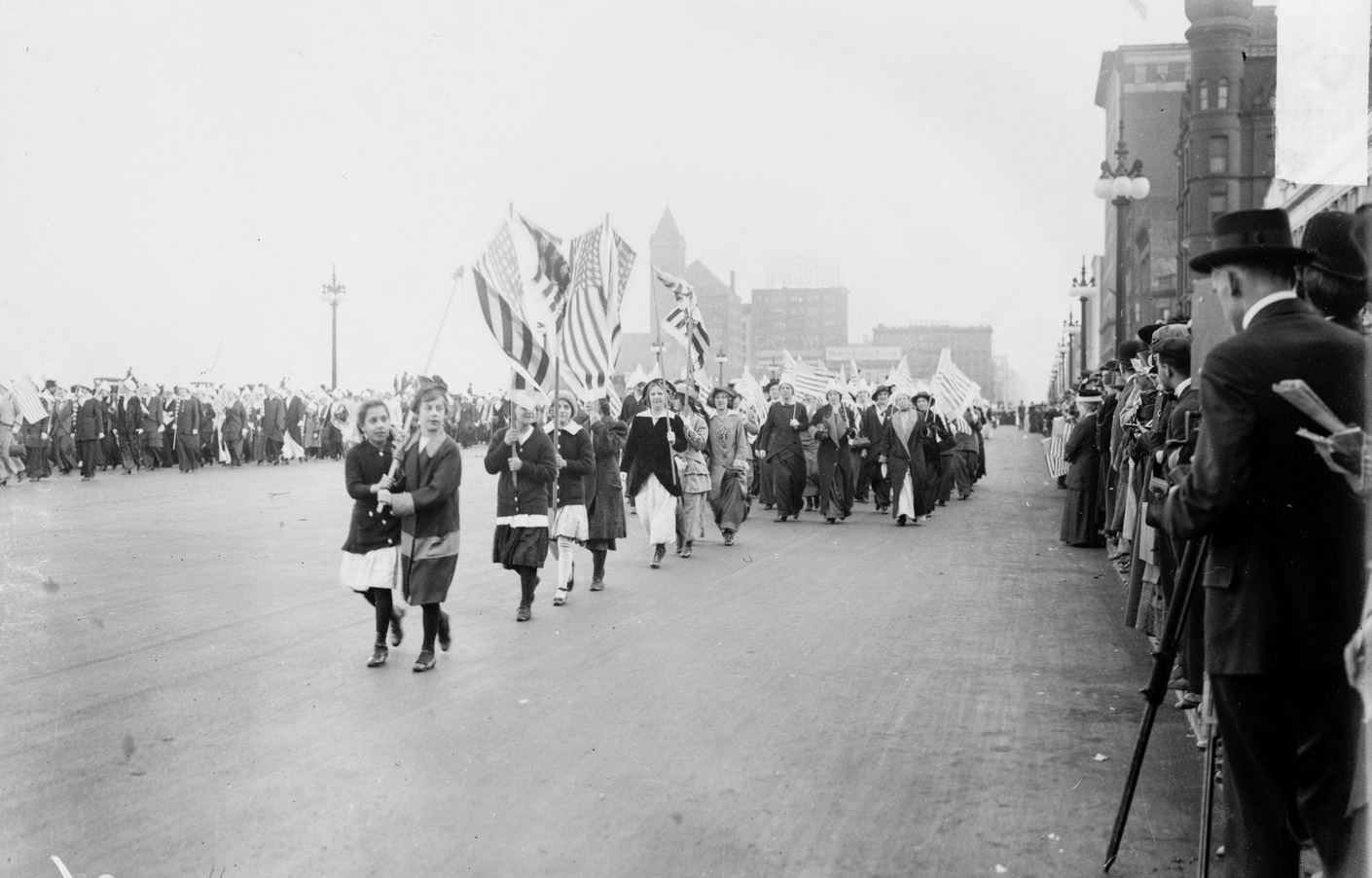
Girls and young women carrying flags, marching in a line, leading a contingent of suffragists along South Michigan Avenue, past the Bucklen Building and a crowd of spectators lining the sidewalks with the Illinois Central Railroad Station visible in the background in the Loop community area, Chicago, Illinois, May 2, 1914. The Bucklen Building is located at the southwest corner of South Michigan Avenue and West 8th Street. In the background the Illinois Central Railroad Station, located at South Michigan Avenue and East 12th Street, is visible.
#21 Adams Street east from Fifth Avenue (Wells Street), Chicago, Illinois, 1914
#22 Adams Street from Fifth Avenue (Well Streets), Chicago, Illinois, 1914.
#23 Civil War veterans marching in a Grand Army of the Republic Memorial Day parade along the 1400 block of South Michigan Avenue in the Near South Side community area, Chicago, Illinois, May 27, 1912.
#24 Chicago and North Western Railroad Depot, located on the northwest corner of Madison Street and Canal Street, Chicago, Illinois, 1911.
#25 Exterior view of Cerf Meyer’s saloon at 848 Blue Island Avenue in Chicago, 1911.
#26 Cincinnati Red Al Neale is out at second base after an attempted sliding steal, during game 2 of the 1919 World Series between the Reds and the American League’s Chicago White Sox.
#27 Loading beef fat into an oleomargarine press for the preparation of oleomargarine (margarine) oil at stockyards in Chicago, Illinois, 7th April 1919.
#28 Young boys playing and fishing from a dock in Lincoln Park, Chicago, Illinois, 1919.
#29 Armed National Guard standing outside apartments during the race riots in Chicago, Illinois, 1919.
#30 Group of children standing in front of an anti-German sign posted in the Edison Park, Chicago, Illinois, 1917.
#31 Elsie Tannenbaum, Iris Stewart and Harriet Ryan, wearing costumes and posing for a children’s play at Municipal Pier (Navy Pier), Chicago, Illinois, 1917.
#32 Merchants and shoppers along Maxwell Street at the Sunday market in the Chicago Jewish community located in the Near West Side community area, Chicago, Illinois, 1917.
#33 Merchants selling clothing and a group of men inspecting the goods on Maxwell Street at the Sunday market in the city’s Jewish community located in the Near West Side community area, Chicago, Illinois, 1917.
#34 Exterior view of Municipal Pier, later renamed Navy Pier, Chicago, Illinois, 1917.
#35 Maxwell Street market on Sunday morning, Chicago, August 1915.
#36 The suffrage parade, with spectators looking on in the rain, on South Michigan Avenue across from Grant Park in the Loop community area of Chicago, Illinois, 1910s.
#37 Interior view of Washington Park National Bank at 730 East 63rd Street in the Woodlawn community area of Chicago, Illinois, 1910s.
#38 Mrs CL Hartwell holding a sign that reads, Silence, standing in front of the Chicago Conservatory in Chicago, Illinois, 1910s.
#39 Passengers sitting on an open window elevated train car on the Jackson Park branch in Chicago, Illinois, 1910s.
#40 Ida McClelland Stout, an African American sculptor, standing on a tenement porch, next to a monumental Ethiopian sculpture, Chicago, Illinois, 1910s.
#41 Grace Wilbur Trout wearing a sash, holding an American flag, marching north on South Michigan Avenue, with other suffragists holding flags marching nearby in a women’s suffrage parade in the Loop community area of Chicago, Illinois, 1910s
#42 Women wearing parade hats and marching in parade formation north on South Michigan Avenue with another group of women marching on the east side visible in the background in the Loop community area, Chicago, Illinois, May 2, 1914.
#43 State Street in the Loop community area at Christmas, with sidewalk crowded with shoppers and street crowded with automobiles, horse drawn wagons, and streetcars, Chicago, Illinois, December 1, 1913.
#44 City of Chicago street sweeper on a hot day, sitting on a trash can on Michigan Avenue, across from Orchestra Hall, Chicago, Illinois, 1911.
#45 A building at 6657 S. State Street which operated a counterfeit coin operating racket, Chicago, 1911.
#46 A parade of men and women along West Jackson Boulevard during the United Garment Workers of America strike, Chicago, Illinois, December 12, 1910.
#47 Members of the state militia talk with a man during the Chicago race riots of 1919.
#48 Two young boys outside a home, with broken windows and debris in the front yard, which had been vandalized during a race riot, Chicago, Illinois, July or August 1919.
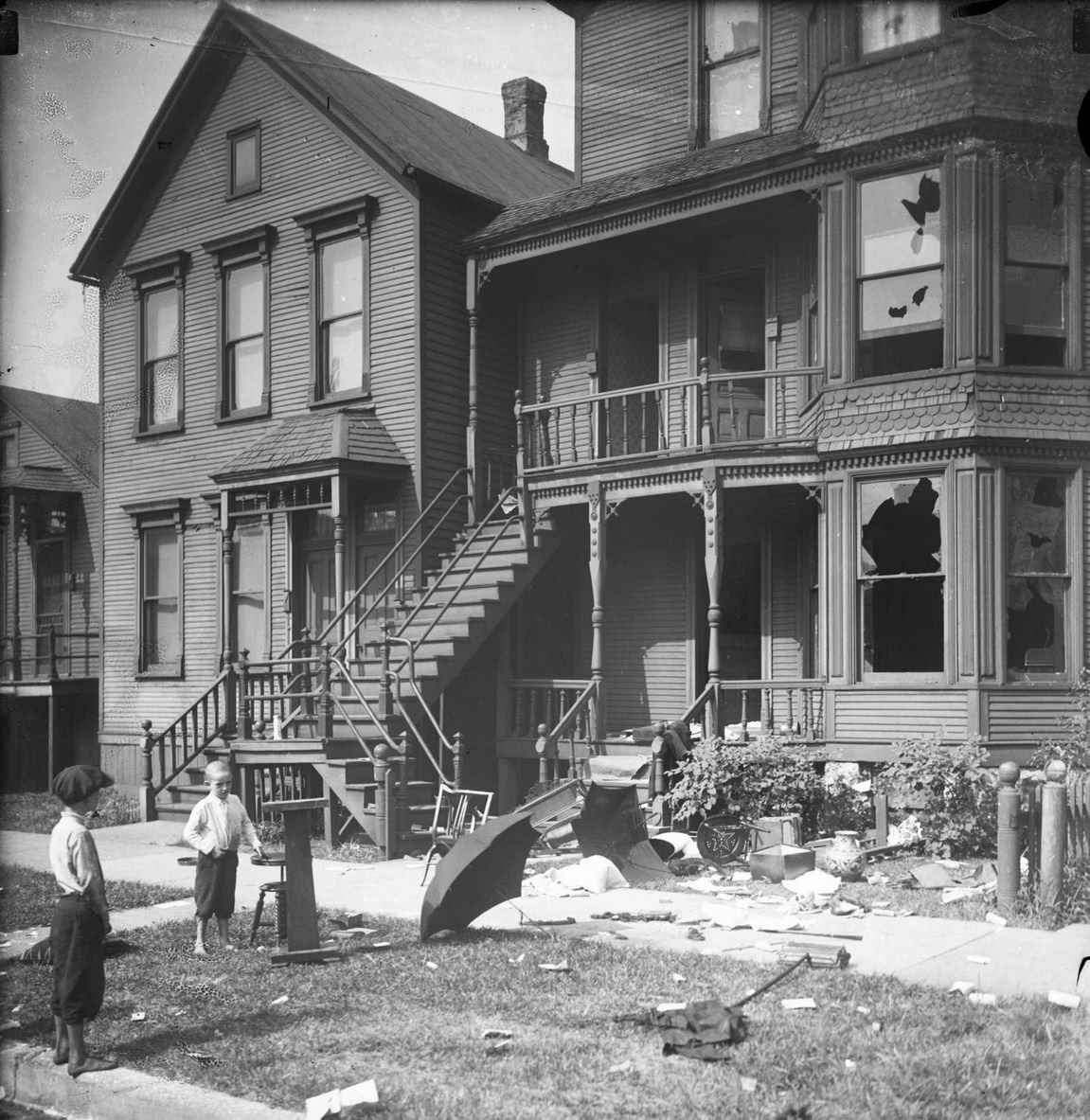
The riot reportedly began following an incident at an informally segregated Chicago beach where a young black boy drowned after a white man threw rocks at him and resulted in a week-long riot with dozens of deaths and over a thousand left homeless, mostly inflicted against the city's black population. The events in Chicago were just one of a number of violent confrontations, grouped as the 'Red Summer,' that occurred that year in the United States as a result of post-war economics, labor unrest, and racial tensions stoked by white supremacist groups.
#49 Chicago race riot, African American men standing in front of Walgreen Drugs, 35th and State, Chicago, Illinois, July 30, 1919.
#50 Chicago race riot, soldiers with rifles standing guard at vandalized house, Chicago, Illinois, July 30, 1919.
#51 Packinghouse workers during their walkout, crossing train yards, Chicago, Illinois, 1919.
#52 Police looking through a broken window of a house during the race riots in Chicago, Illinois, 1919.
#53 Strike at U.S. Steel Corporation, Gary, Indiana, with three military men squatting around machine gun, Chicago, Illinois, 1919.
#54 Arnold Rothstein, the gambler who set up the Black Sox scandal during the 1919 World Series in Chicago, is photographed exiting a car in Chicago, 1919.
#55 Crowd gathered outside evangelist Billy Sunday’s tent, called a tabernacle, set up just north of Navy Pier, Chicago, Illinois, March 15, 1918.
#56 Three war dogs and two soldiers holding their leashes running outside at the war show in Grant Park, Chicago, Illinois, 1918.
#57 Baseball player Jim Vaughn, of the National League’s Chicago Cubs, wearing street clothes and holding on to a lever attached to a large piece of machinery, standing in a room filled with machinery in or near Chicago, Illinois, 1918.
#58 J. Ogden Armour, of the meatpacking industry and treasurer of the Illinois State Council of Defense, walking across a street, Chicago, Illinois, 1918.
#59 Baseball, World Series 1917, Chicago White Sox vs. New York Giants, spectators watching from building rooftops, Chicago, Illinois, October 1, 1917.
#60 View of the intersection of Madison Street and Clinton Street, Chicago, Illinois, 1917.
#61 Clothing merchants selling goods along Maxwell Street, probably during the Sunday market, Chicago, Illinois, 1917.
#62 Sunday market near Maxwell Street, Chicago, Illinois, 1917.
#63 American draftees as they hang excitedly out of the windows of a train as they wait to leave for World War I training and combat, Chicago, Chicago, Illinois, 1917
#64 Recruits from Chicago, Illinois, walking across railroad tracks at Camp Grant in Rockford, Illinois, Chicago, Illinois, 1917.
#65 Merchants and shoppers gathering along Maxwell Street, Chicago, Illinois, 1917.
#66 Mexican immigrants working with sickles to cut weeds along the side of a road, Chicago, Illinois, 1917.
#67 Boy scouts wearing U.S. Army uniforms sell Liberty Bonds to several men and women in a room in Chicago, Illinois, 1917.
#68 A view of men arriving for officers’ training at Fort Sheridan, just north of Chicago, 1917.
#69 A parade held by the National Republican Party in support of presidential candidate Hughes, Chicago, Illinois, November 4, 1916.
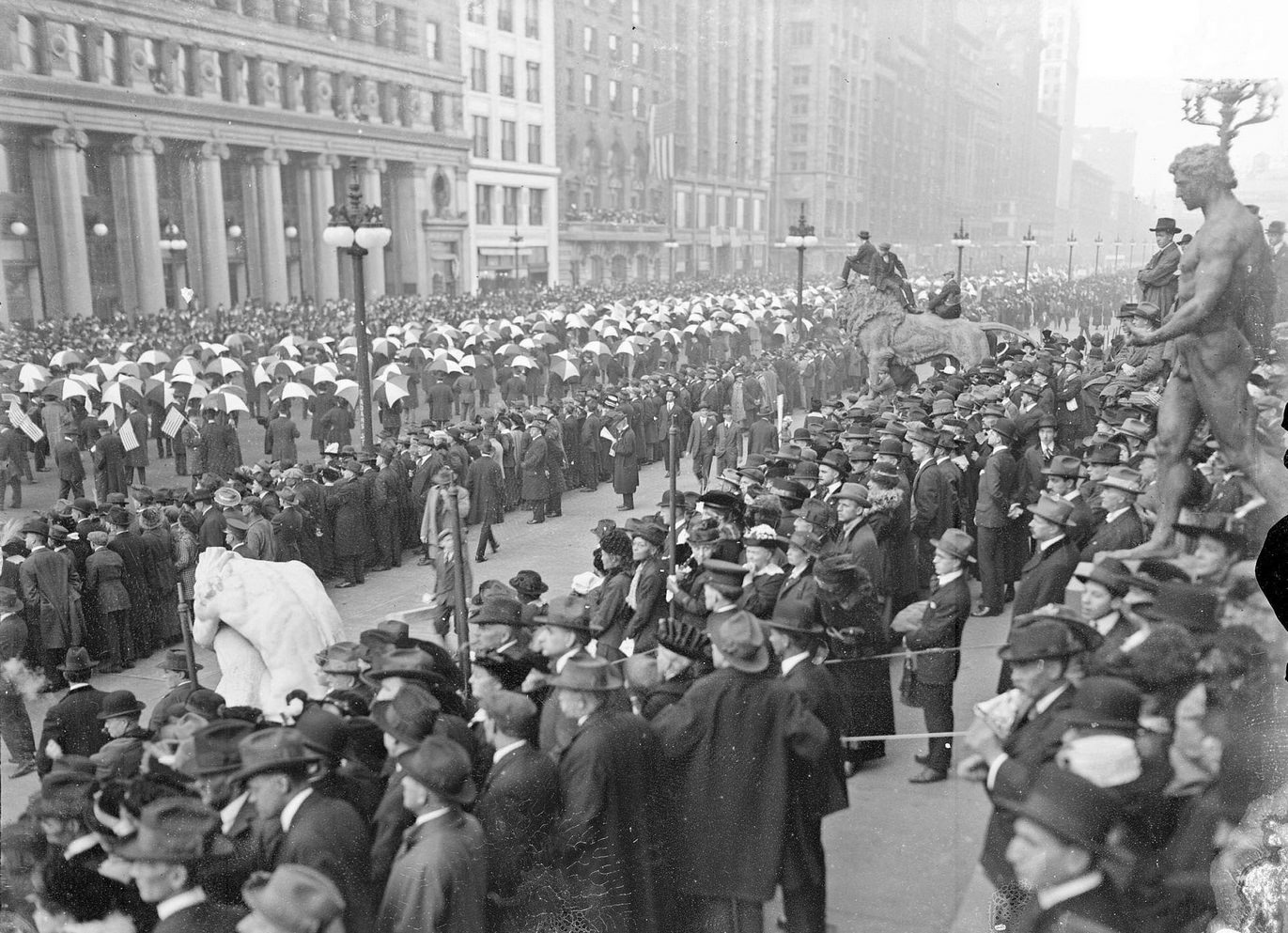
Spectators are standing on the steps of the Art Institute of Chicago, and on the sidewalks on both sides of Michigan Avenue. The building across the street (with the columns) is the People's Gas Building. Next to it is the former Municipal Court Building (later the Lake View Building), and the former Illinois Athletic Club Building (later the School of the Art Institute of Chicago), then the Monroe Building at the corner of Michigan Avenue and Monroe Street.
#70 Mrs George Taylor and Mrs Catherine Waugh McCulloch, holding a banner and surrounded by men, standing in front of the LaSalle Street Station, Chicago, Illinois, 1910s.
#71 Mrs George Taylor and Mrs Catherine Waugh McCulloch leading the Democratic women’s parade on LaSalle Street in the Loop community area, Chicago, Illinois, October 5, 1916.
#72 A horse attached to a covered cart, drinking from a trough in front of the Belden Avenue Baptist Church in the Lincoln Park community area, Chicago, Illinois, August 31, 1916.
#73 Spectators standing outside the monkey show booth at Riverview Park, Chicago, Illinois, July 16, 1916.
#74 White City at night, located at 63rd Street and King Drive, Chicago, Illinois, July 9, 1916.
#75 Soldiers of Battery D of the Illinois National Guard, gathered at the stockyards on Exchange Avenue in the New City community area, Chicago, Illinois, June 30, 1916.
#76 Mabel Vernon, a suffragist, speaking to a crowd on the corner of East Van Buren Street and South Michigan Avenue in the Loop community area of Chicago, Illinois, 1916
#77 Washington Park National Bank, located at East 63rd Street and South Evans Avenue in the Woodlawn community area, Chicago, Illinois, January 27, 1916.
#78 University of Chicago football team players standing around Coach Alonzo A Stagg on an athletic field at the university campus, Chicago, Illinois, 1916.
#79 People riding in a Ford Model T automobile, Chicago, Illinois, 1916.
#80 Crowds in front of the Sinking of the TItanic exhibition at Riverview Park, Chicago, Illinois, 1916.
#81 Chicago Avenue Pumping Station, Chicago, Illinois, 1916.
#82 Municipal Pier (Navy Pier), Chicago, Illinois, 1916.
#83 The steamer Mackinaw at Municipal Pier (Navy Pier), Chicago, Illinois, 1916.
#84 The new Moody Tabernacle at North Avenue and North Clark Street in the Lincoln Park community area, Chicago, Illinois, 1916.
#85 Activity on the east end of Municipal Pier, Chicago, Illinois, 1916
#86 Boxers Jess Willard and Jack Hemple sparring in a ring located near Lake Michigan in Chicago, Illinois, 1916.
#87 Sara Bard Field, a poet and suffragist, standing in the midst of suffragists in front of the Art Institute of Chicago, located at 111 South Michigan Avenue in the Loop community area, Chicago, Illinois, December 30, 1915.
#88 Striking garment workers and policemen scuffle in Chicago, Illinois, 1915.
#89 Five women getting on an open-air elevated train car, Chicago, Illinois, November 1, 1915.
#90 Captain George Wellington Streeter and his wife, Elma, standing on a sidewalk, Chicago, Illinois, October 13, 1915.
#91 Maxwell Street market on Sunday morning, Chicago, Illinois, August 1915.
#92 Diver with diving bell leaping into water outside Eastland crash site, Chicago, Illinois, July 24, 1915
#93 Rescuers and survivors atop the hull of the overturned Eastland steamer in the Chicago River, Chicago, Illinois, circa July 24, 1915.
#94 The S.S. Eastland lying on its side in the Chicago River after slowly rolling over and drowning 844 people on July 24, 1915 in Chicago.
#95 Eastland disaster, female survivor, wrapped in a blanket, standing on upper deck of a boat, Chicago, Illinois, July 24, 1915.
#96 Eastland disaster, the Kenosha, a tugboat, rescuing survivors from the hull of the overturned steamer, Chicago, Illinois, July 24, 1915.
#97 Man holding an umbrella and riding a bicycle in the rain on an empty street, with visible streetcar tracks, during a streetcar strike, Chicago, Illinois, June 15, 1915.
#98 Floss Ride at Riverview Park, Chicago, Illinois, June 12, 1915.
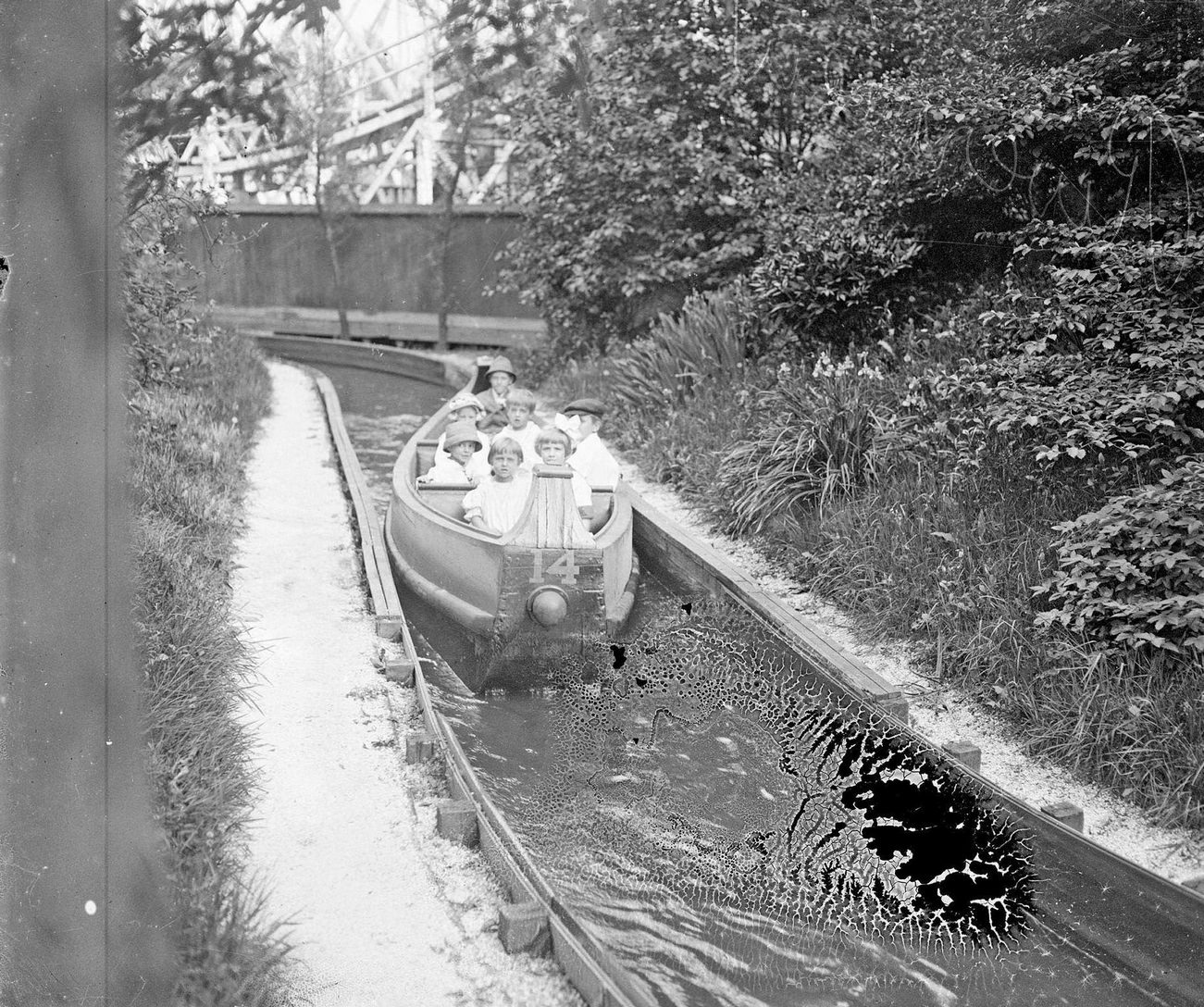
Park goers are riding in a boat, with the number 14 on its prow, in a canal with a small footpath on one side and a planted hillock on the other. Riverview Park was bounded on the east by North Western Avenue, on the west by the Chicago River, and on the south by West Belmont Avenue.
#99 Children and adults on merry-go-round at Riverview Park, Chicago, Illinois, 1915.
#100 Parkgoers riding the Bob #3 roller coaster at Riverview Park, Chicago, Illinois, June 12, 1915.
#101 Members of the Amalgamated Clothing Workers of America in a Labor Day parade, Chicago, Illinois, May 1915.
#102 Man and two children feeding ducks that are swimming in a pond in Lincoln Park, Chicago, Illinois, March 13, 1915.
#103 Railroad yards at Canal Street and Van Buren Street, Chicago, Illinois, March 1915.
#104 The north side of Van Buren Street, east from Clinton Street, Chicago, Illinois, March 1915
#105 The west side of LaSalle Street, north from Jackson Boulevard, Chicago, Illinois, March 1915.
#106 The northwest corner of Canal Street and Van Buren Street, Chicago, Illinois, March 1915.
#107 The northwest corner of Canal Street and Adams Street, Chicago, Illinois, March 1915.
#108 The southeast corner of Clinton Street and Adams Street, Chicago, Illinois, March 1915.
#109 Children pointing at a movie poster for Uncle Sam at Work at the Auditorium Theater, Chicago, Illinois, February 20, 1915.
#110 Swimmers and spectators on the shoreline of Lake Michigan at Diversey Beach, in the Lincoln Park community, Chicago, Illinois, 1915.
#111 Suffragettes on horseback during a parade on Ingleside Ave, Chicago, 1915.
#112 View, looking northward, from the Van Buren Street railroad station, Chicago, Illinois, 1915.
#113 Suffragettes parade, Chicago, Illinois, 1910s.
#114 View of LaSalle Street, north from Van Buren Street, Chicago, Illinois, 1915.
#115 View of LaSalle Street, Chicago, Illinois, 1915.
#116 LaSalle Street, between Washington and Randolph Streets, Chicago, Illinois, 1915.
#117 East side of LaSalle Street, north of Washington Street, Chicago, Illinois, 1915.
#118 LaSalle Street, between Washington and Randolph Streets, Chicago, Illinois, 1915.
#119 Lake Shore Drive, Chicago, Illinois, 1915.
#120 Northeast corner of Jackson Boulevard and Clinton Street, Chicago, Illinois, 1915.
#121 View of the west side of Canal Street, north from Van Buren Street, Chicago, Illinois, 1915.
#122 Field Museum of Natural History in Jackson Park, Chicago, Illinois, 1915.
#123 Women working in the train yard at the Ryan Car Shop, Chicago, Illinois, 1910s.
#124 US Army, 3rd Reserve Engineers, gathering on the cement outside the building at the Municipal Pier (Navy Pier), Chicago, Illinois, 1910s.
#125 US Army 3rd Reserve Engineers folding blankets at their cots set up in the building at the Municipal Pier (Navy Pier), Chicago, Illinois, 1910s.
#126 Municipal Pier (now called Navy Pier) under construction, seen from across a dirt field in front of it, in the Near North Side community area, Chicago, Illinois, 1910s.
#127 Municipal Pier (also known as Navy Pier), with the recreation center and steamboat landing area visible, Chicago, Illinois, 1910s.
#128 South Michigan Avenue looking north from East Adams Street, from the east side of the street, Chicago, Illinois, 1910s.
#129 First street car to run after strike in the Loop community area, Chicago, Illinois, 1910s.
#130 Men fishing from North Pier, sitting along a breakwater at the mouth of the Chicago River, Chicago, Illinois, 1910s.
#131 School children, including several African Americans, at Raymond School sitting and standing at their desks and learning basket weaving in the Douglas community area, Chicago, Illinois, 1910s.
#132 People sitting on benches along a pathway through Washington Square Park in Spring in the Near North Side community area, Chicago, Illinois, 1910s.
#133 Children reading at desks in a classroom at the Robert Emmet School, looking at the children from the front of the classroom in the Austin community area, Chicago, Illinois, 1910s.
#134 Children rolling up a large ball of snow in Lincoln Park, Chicago, Illinois, 1910s.
#135 A woman pushing a child in a stroller, with two children walking to the side and a child riding a tricycle in front of them in Lincoln Park in spring, Chicago, Illinois, 1910s.
#136 Children standing in alley in Chicago, Illinois, 1915.
#137 Men dressed in Colonial costumes, marching south and playing drums and a fife on Market Street in the Loop community area, Chicago, Illinois, 1910s.
#138 View of storefront in Chinatown, Hip Lung Yung Kee & Company, at 233 West 22nd Street in the Armour Square community area of Chicago, Illinois, 1910s.
#139 Knights Templar parade, Chicago, Illinois, August 9, 1910.
#140 Busy Street Scene, View of State Street North from Madison Street, Chicago, 1910s
#141 The home of Jack Johnson in Chicago, IL, 1910. Many people are standing on the porch and in front of the building.
#142 Busy Street Scene, View of State Street North from Madison Street, Chicago, 1910s
#143 Alley north of Taylor Street, west from Jefferson Street, Chicago, Illinois, April 28, 1910s
#144 Jefferson Street north from Ewing Street, Chicago, Illinois, April 28, 1910s.
#145 Union Station and The Chicago River, 1910s
#146 A view of the floor at the Chicago Automobile Show, Chicago, 1910s
#147 Children splashing in a pond in Lunapark in Chicago, 1910s
#148 Spectators at an aviation meet in Grant Park, Chicago, Illinois, 1910s.
#149 View of the southeast corner of Clark Street and Randolph Street, Chicago, Illinois, 1910s.
#150 The northeast corner of Jackson Boulevard and LaSalle Street, Chicago, Illinois, 1910s.
#151 The northwest corner of Dearborn Street and Washington Street, Chicago, Illinois, 1910s.
#152 Mouth of Chicago River looking along a pier toward a US Life Saving station on Lake Michigan, Chicago, Illinois, 1910s.
#153 Superintendent of schools Mrs Ella Flagg Young standing with students outdoors at the Mary Crane Nursery, an open-air school, located at 782 West Cabrini Street (formerly 782 Ewing), Chicago, Illinois, 1910s.
#154 Police putting a woman into the back of a police wagon during Garment Workers Strike, Chicago, Illinois, 1910s.
#155 Men rolling a large wheel of underground telephone cable on a business street, Chicago, Illinois, 1910s.
#156 Sailors from the USS Wolverine of the Navy following mounted Chicago policemen, Chicago, Illinois, 1910s.
#157 Crowd of people gathered for the garment workers’ strike on Lasalle Street, north from Van Buren Street, Chicago, Illinois, 1910s.
#158 West Twelfth Street (West Roosevelt Road), looking west from South Halsted Street in the Near West Side community area, Chicago, Illinois, 1910s.
#159 Scene at Riverview amusement park with carousel in background, Chicago, Illinois, 1910s.
#160 Automobile driver Moukmier (or possibly Moukmeer) driving a Staver automobile up a hill during the Algonquin Hill Climbing Contest, Chicago, Illinois, 1910s.
#161 Girl sitting on stacked trunks belonging to Norwegians going home to Norway, Chicago, Illinois, 1910s.
#162 Chickens hanging by the feet from a rack over a door at the South Water Street Market, Chicago, Illinois, 1910s.
#163 People standing in Jackson Park on the shore of Lake Michigan looking at caravels in the harbor near the La Rabida, Chicago, Illinois, 1910s.
#164 John Sullivan, a fireman, standing on a Chicago sidewalk, outside the Thomas Farris saloon, at 2200 West 13th Street in the Near West Side community area, 1910s.
#165 Hull House, the settlement house founded by Jane Addams and Ellen Gates Starr at 800 South Halsted Street in Chicago, 1910s.
#166 A large crowd of people gathering on the street in front of a house where Jack Johnson’s reception was taking place in Chicago, 1910.
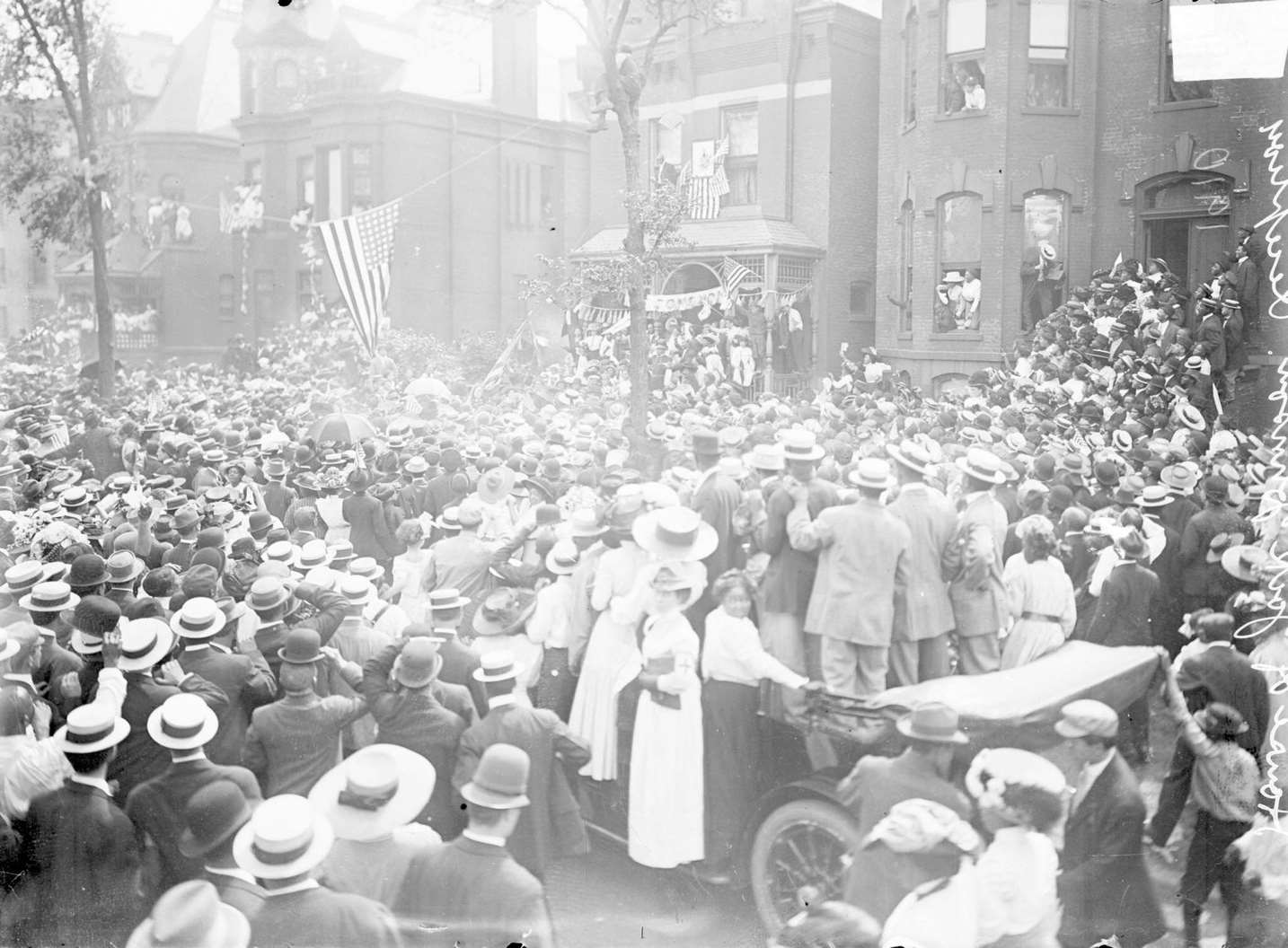
Johnson was the first African American boxer to hold the title of heavyweight champion. American flags are hanging on the front of the house and strung on a line between two trees in front of the house. The crowd appears to be largely African Americans. A group of spectators are standing inside and on the running board of an automobile stopped in the street.
#167 Pugilist Jack Johnson sitting in the driver’s seat of a convertible automobile and holding on to the steering wheel on a snow-covered street in Chicago, Illinois, 1910s.
#168 Boxer Jack Johnson driving a small wagon pulled by two small donkeys on the sidewalk in front of a house in Chicago, 1910.
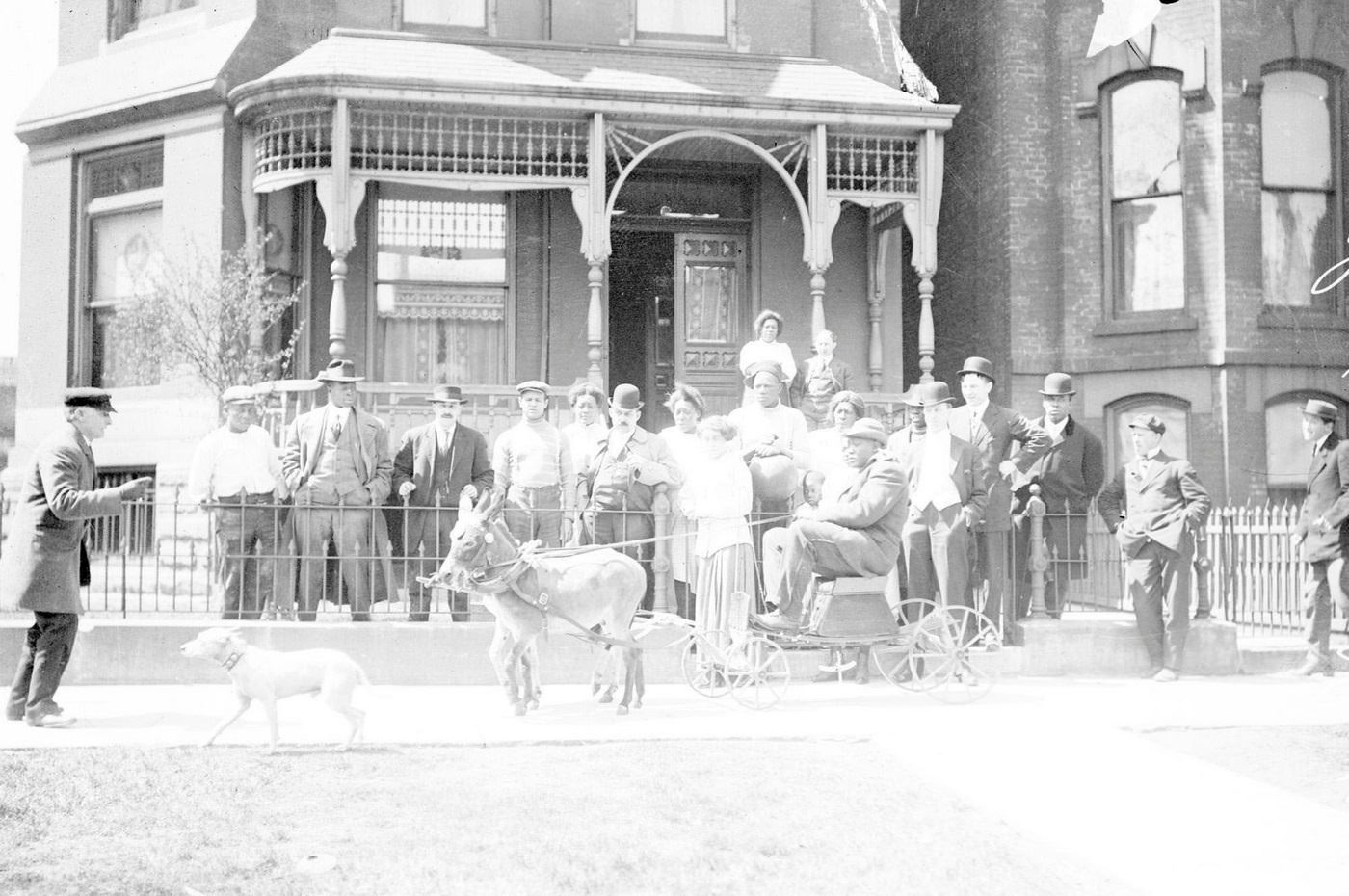
Johnson was the first African American boxer to hold the title of heavyweight champion. A group of people, both Caucasian and African American, is gathered along the fence and on the porch in front of the house. A light colored dog and a man in a dark uniform are standing on the sidewalk in front of Johnson and the donkeys.


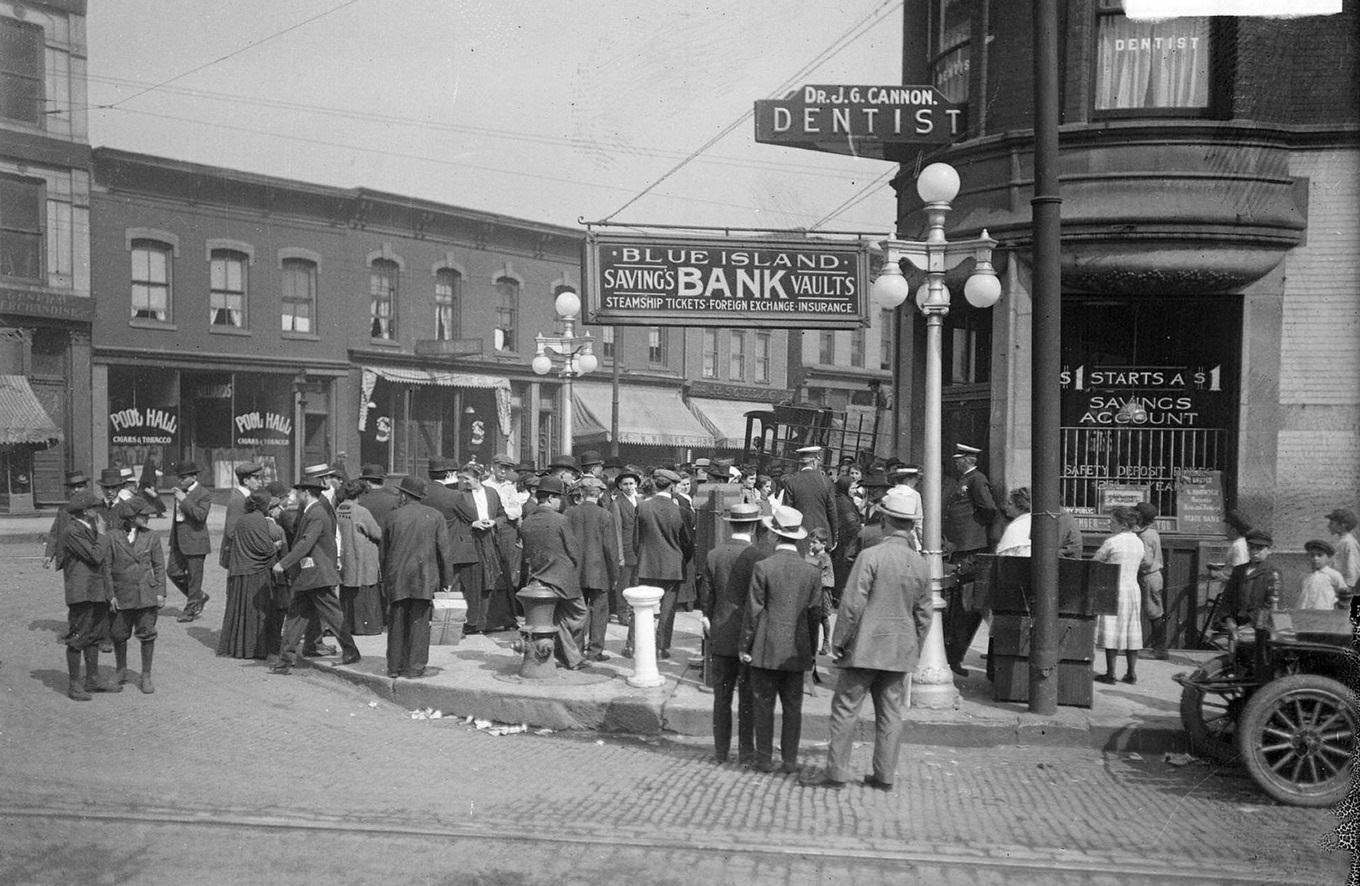
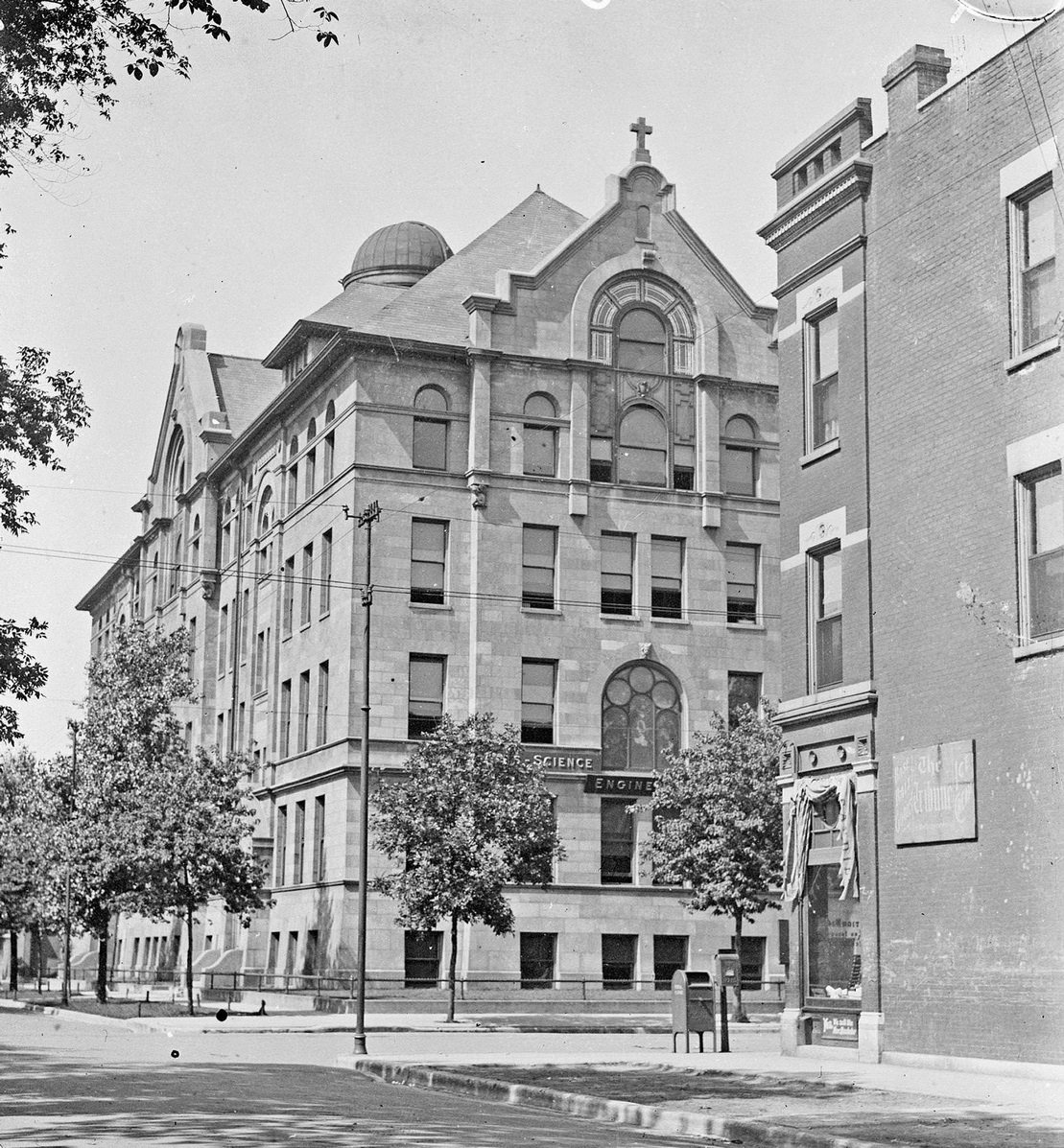
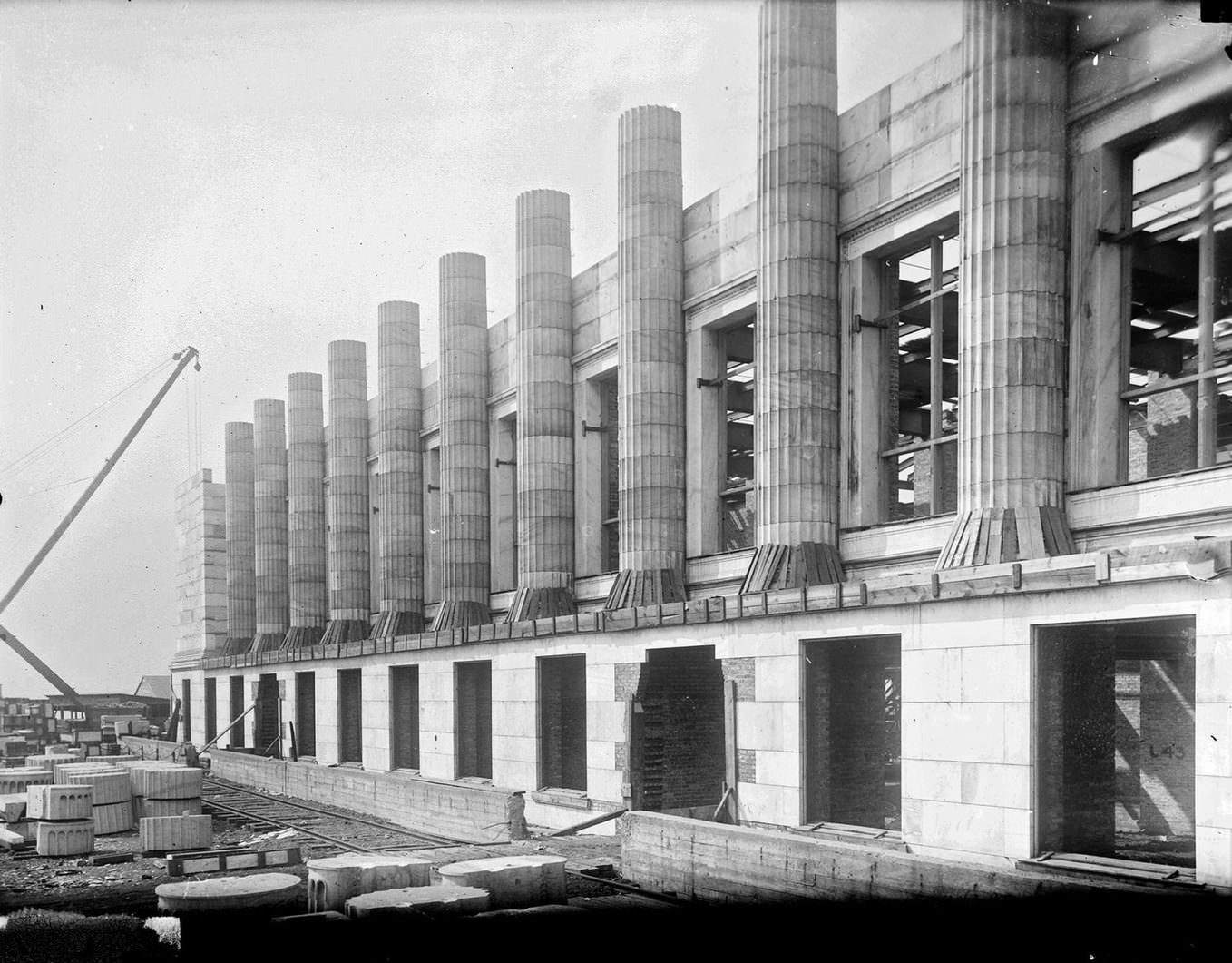
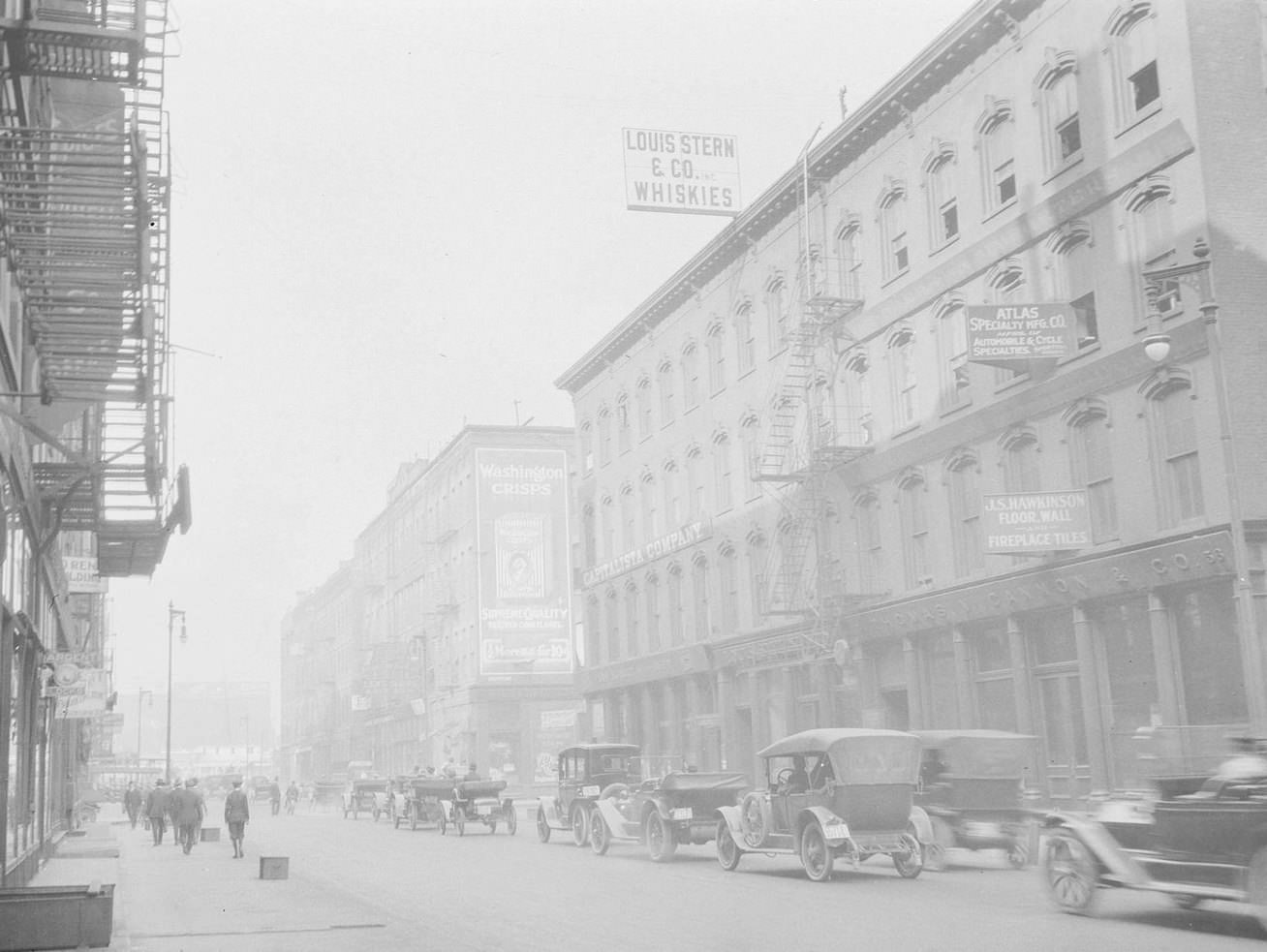
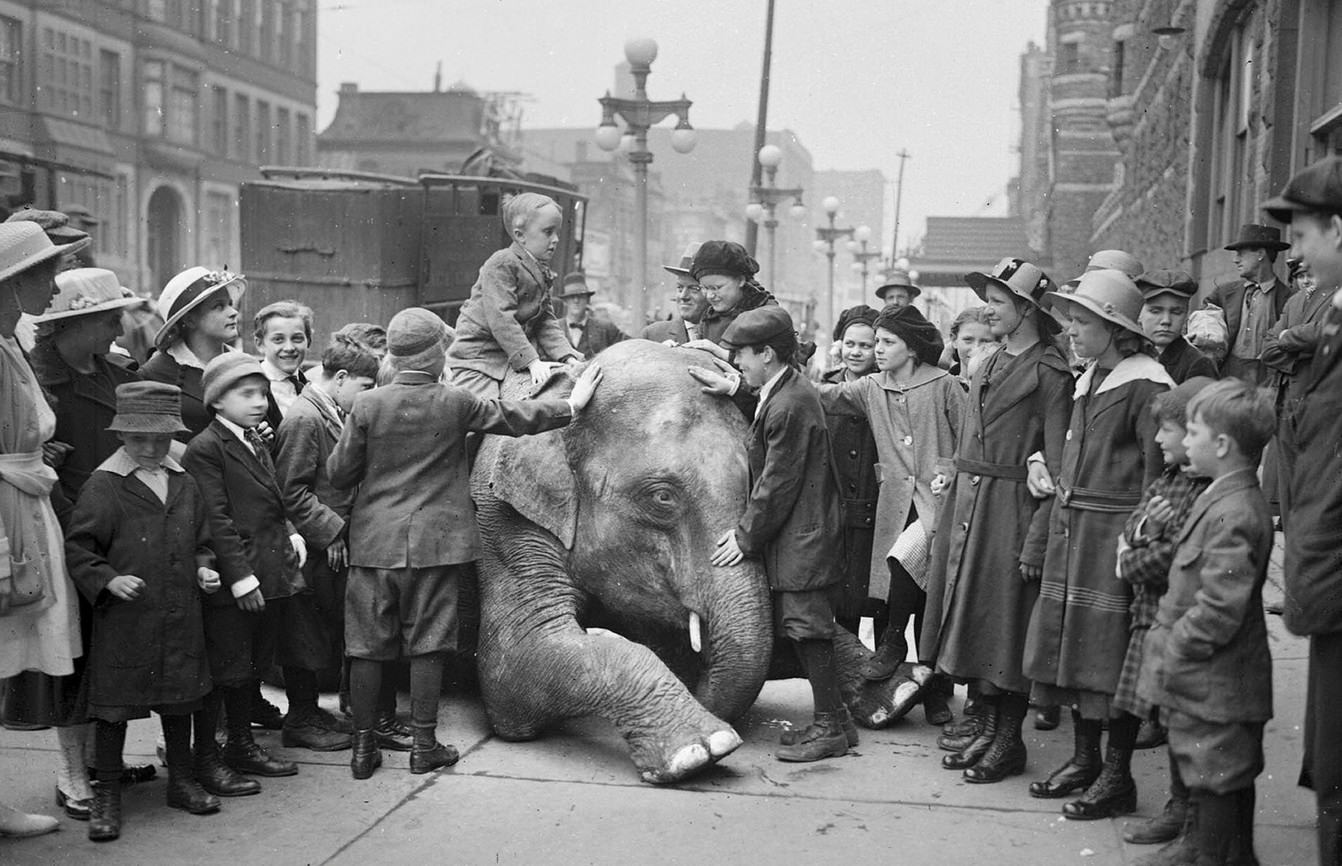
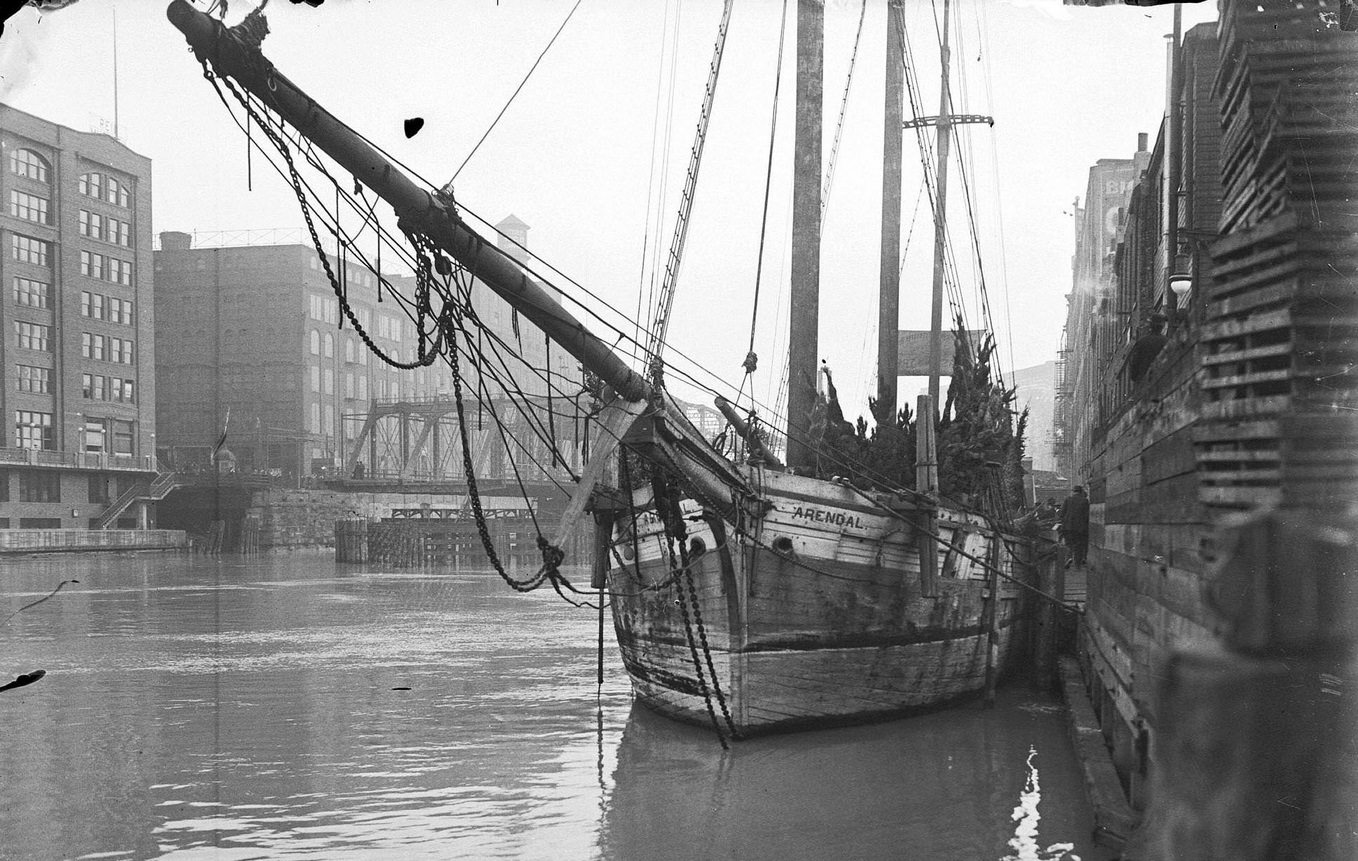
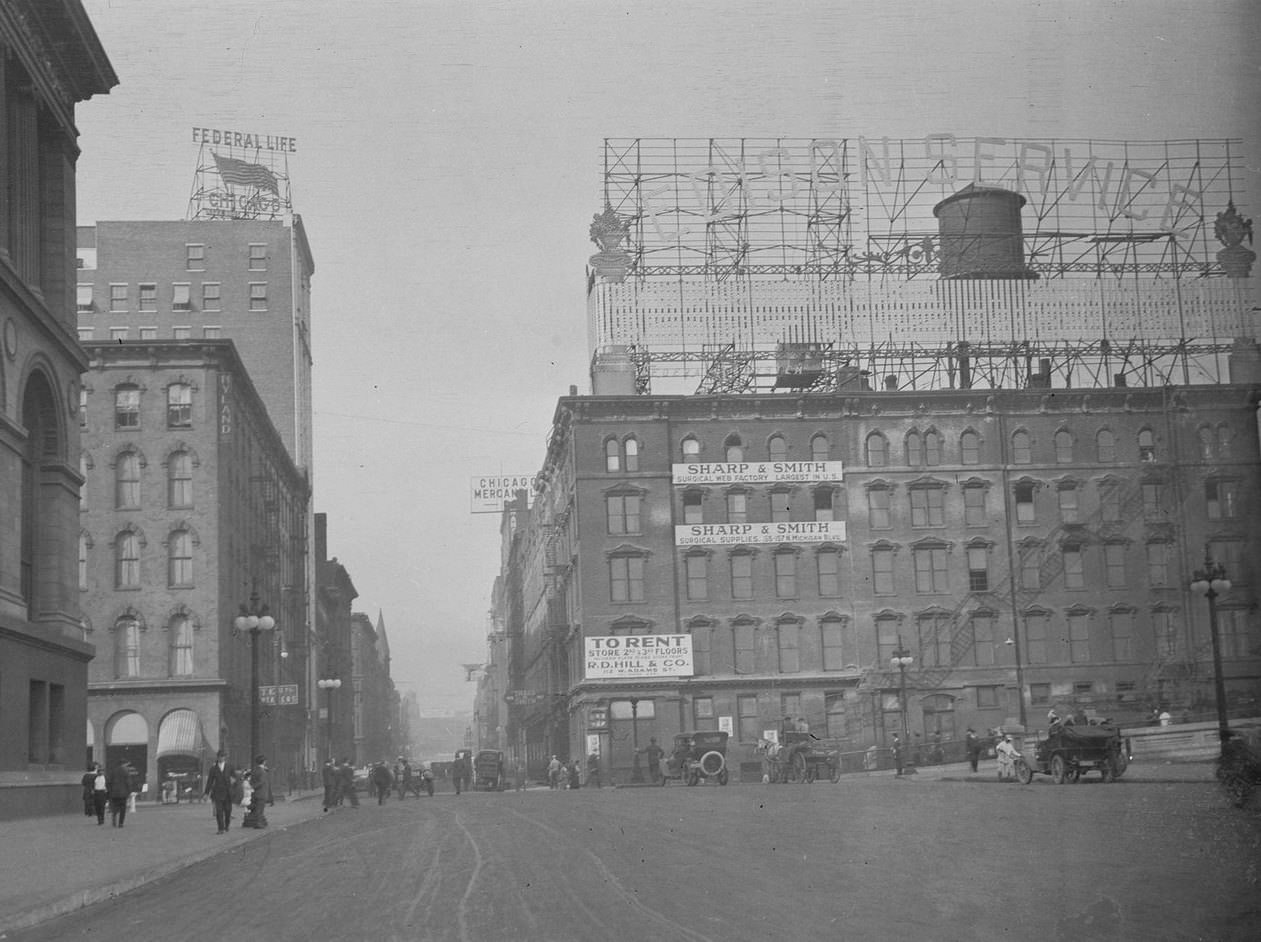
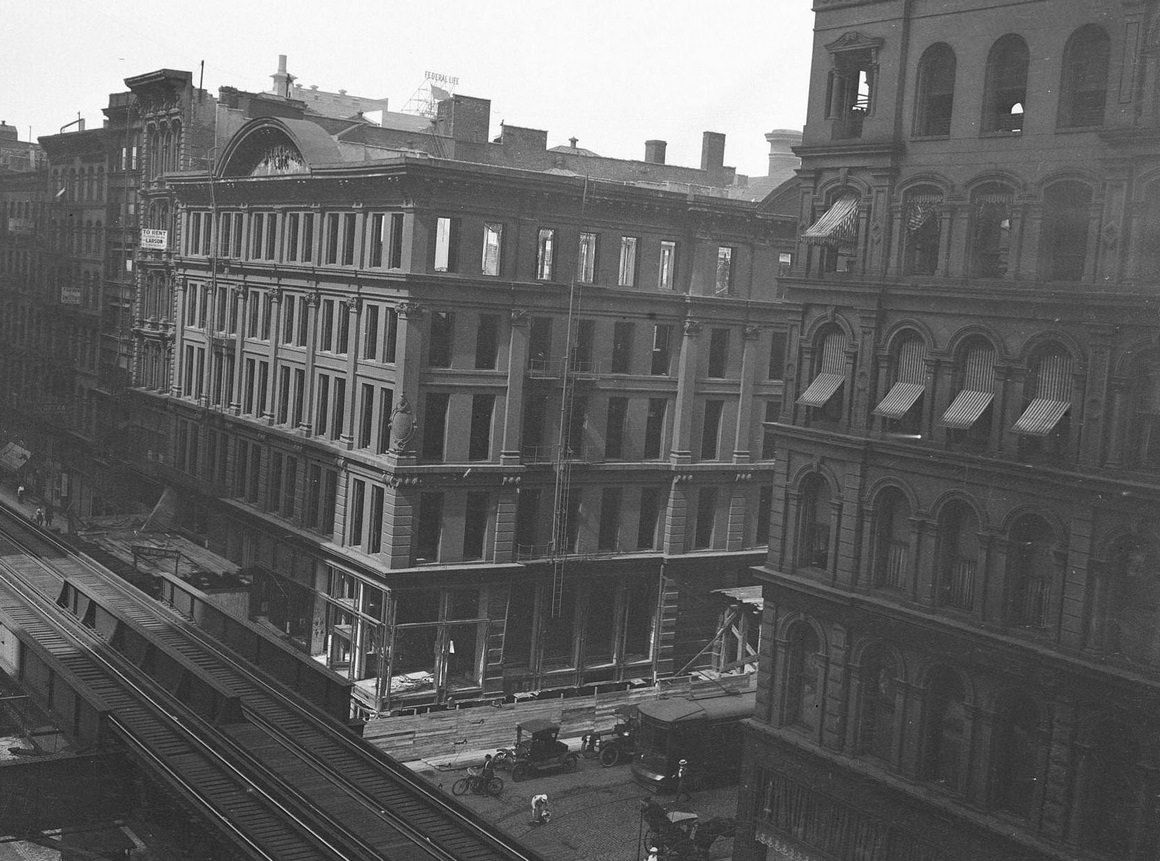
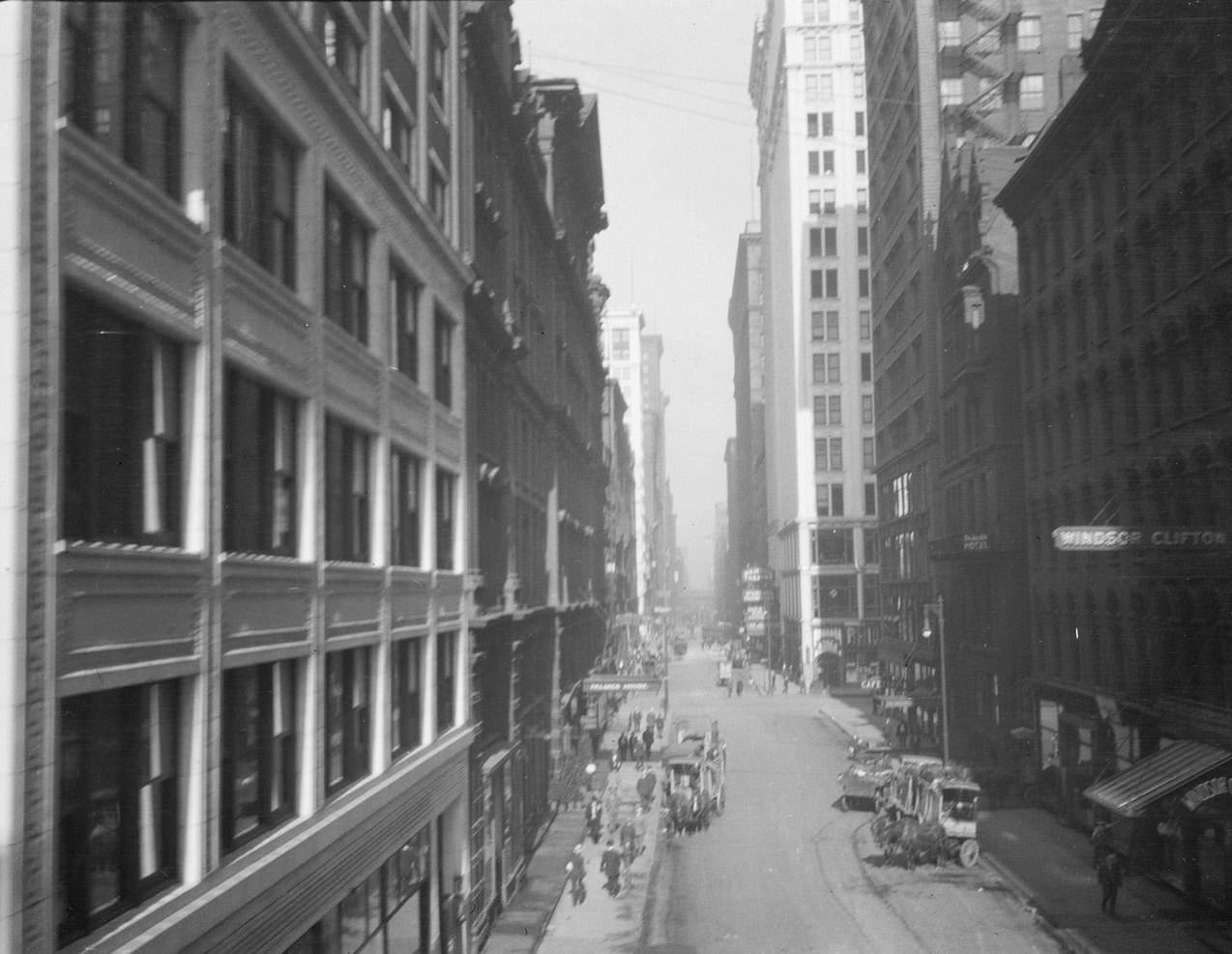
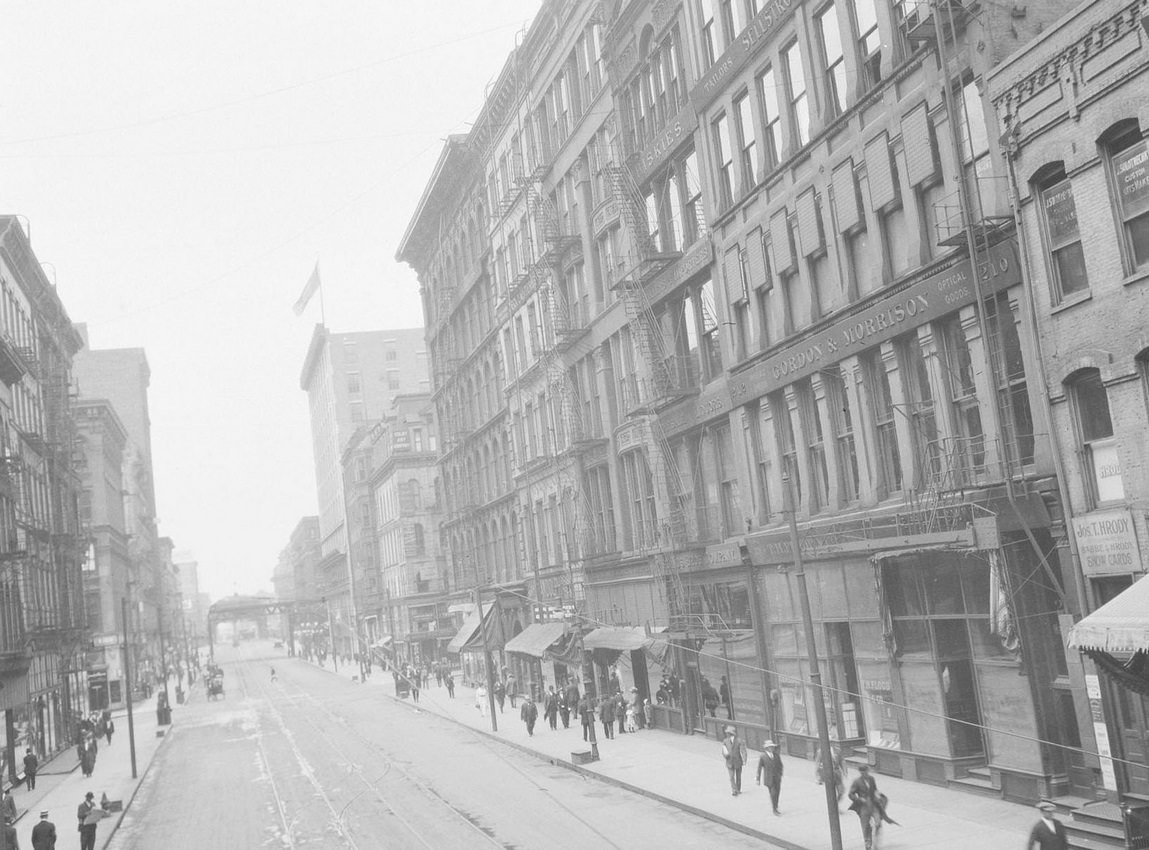
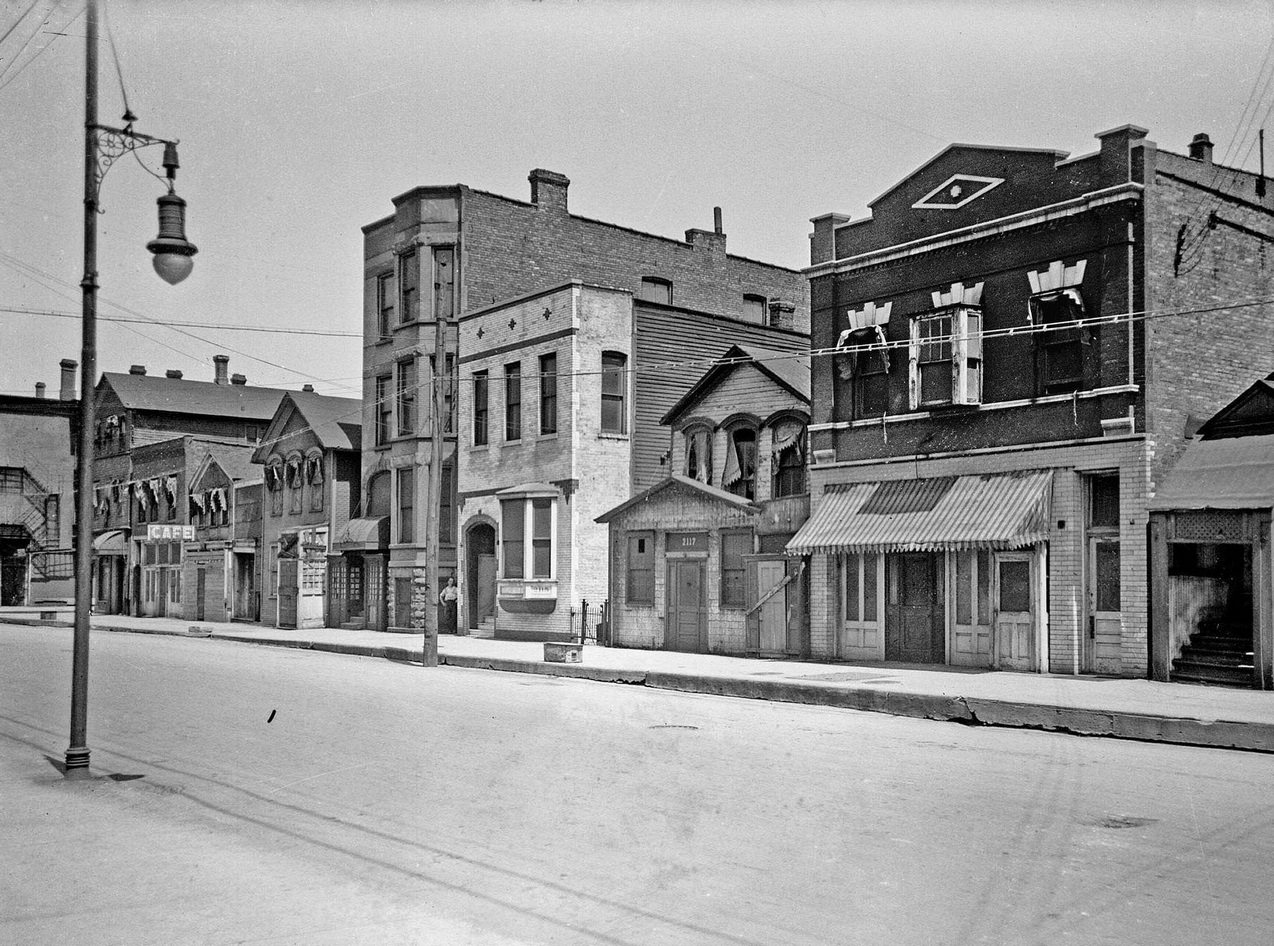
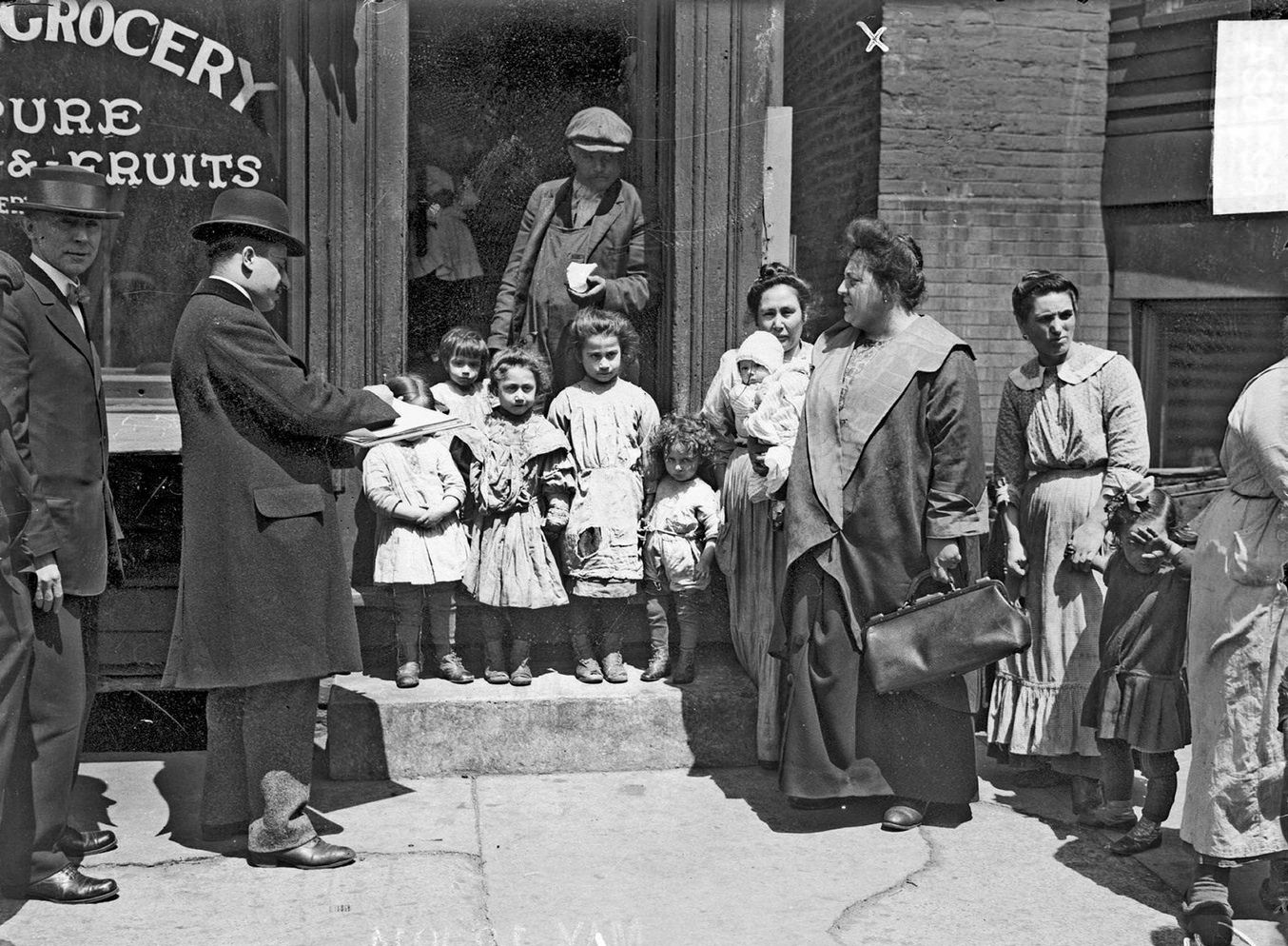
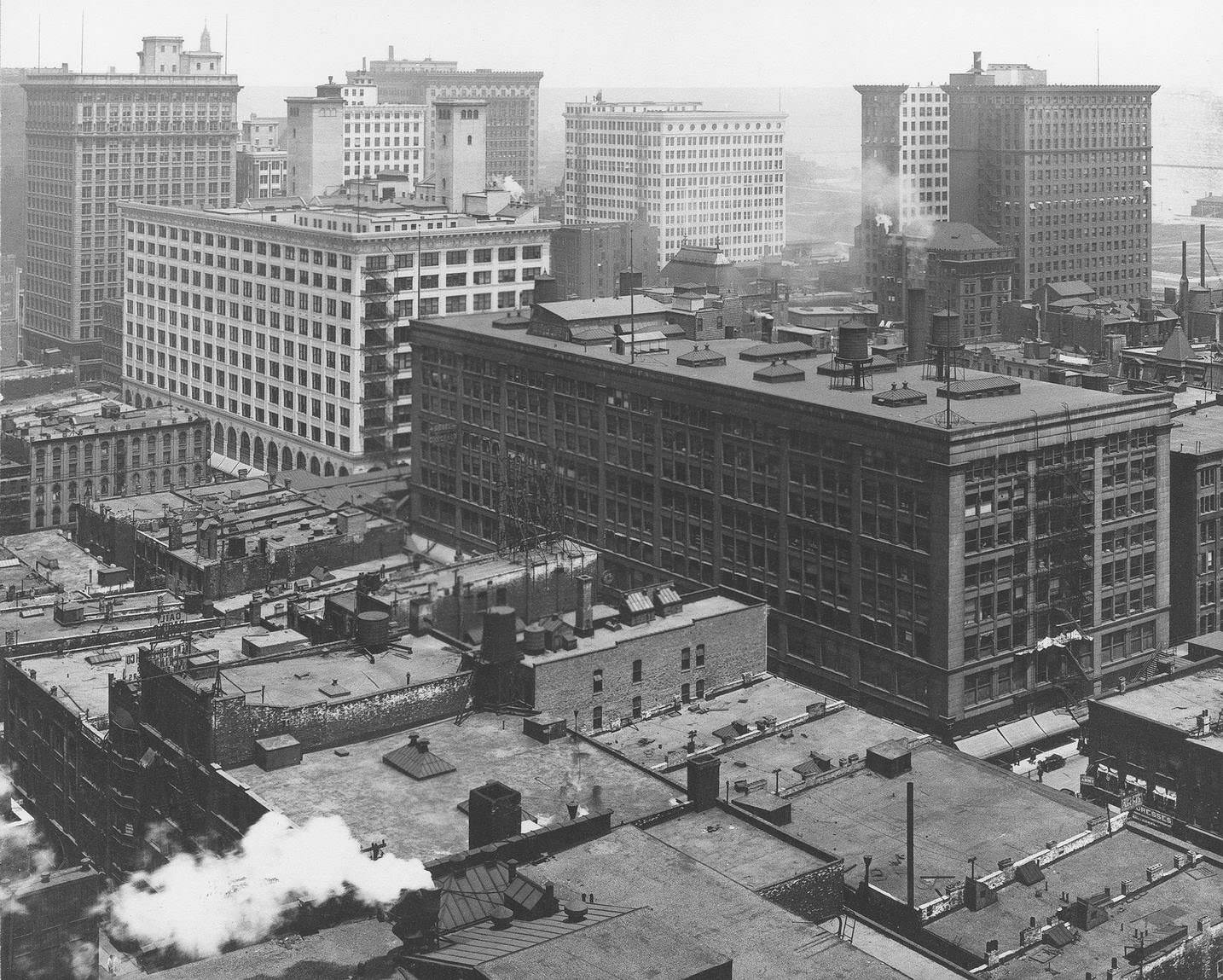
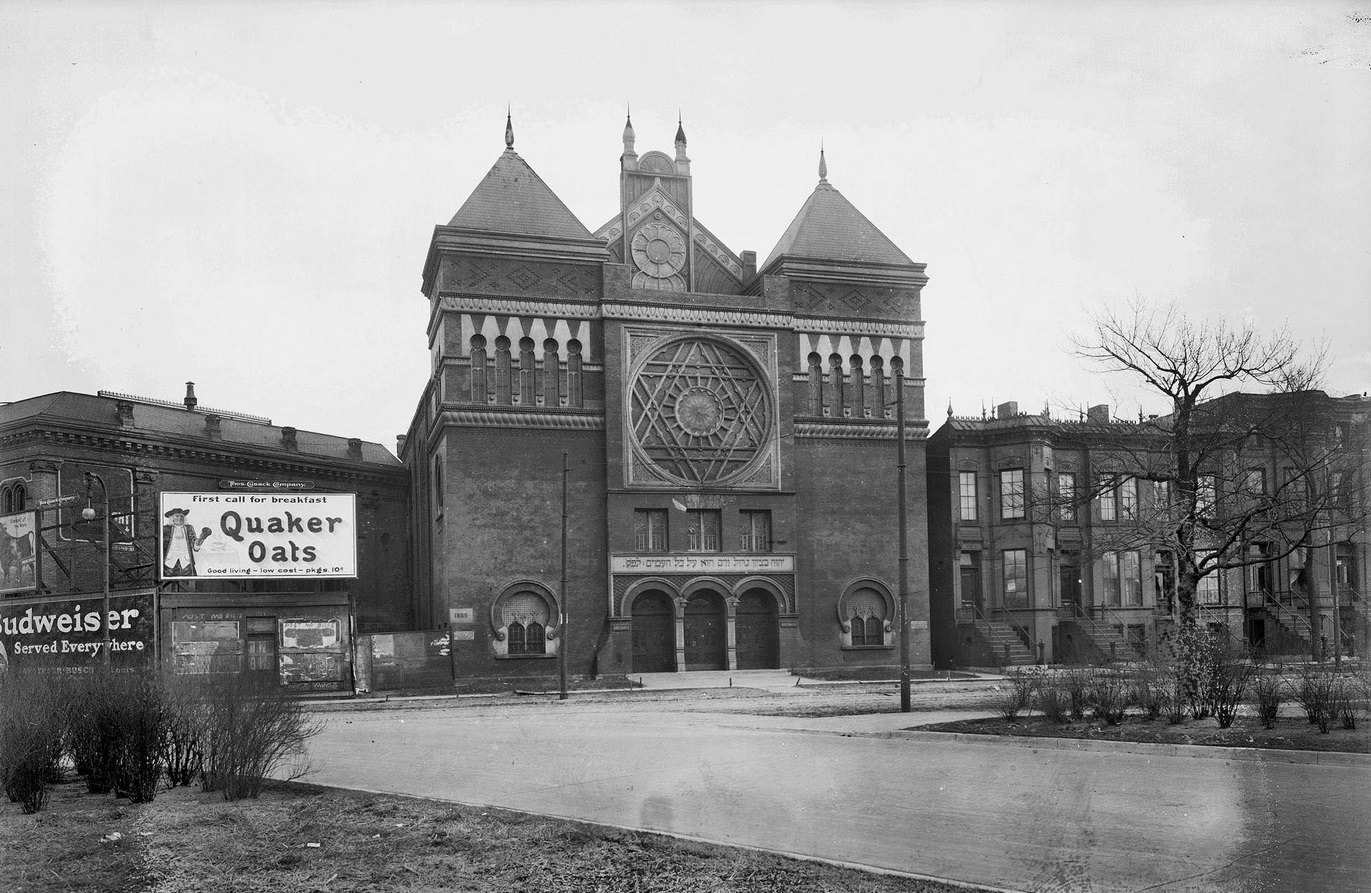
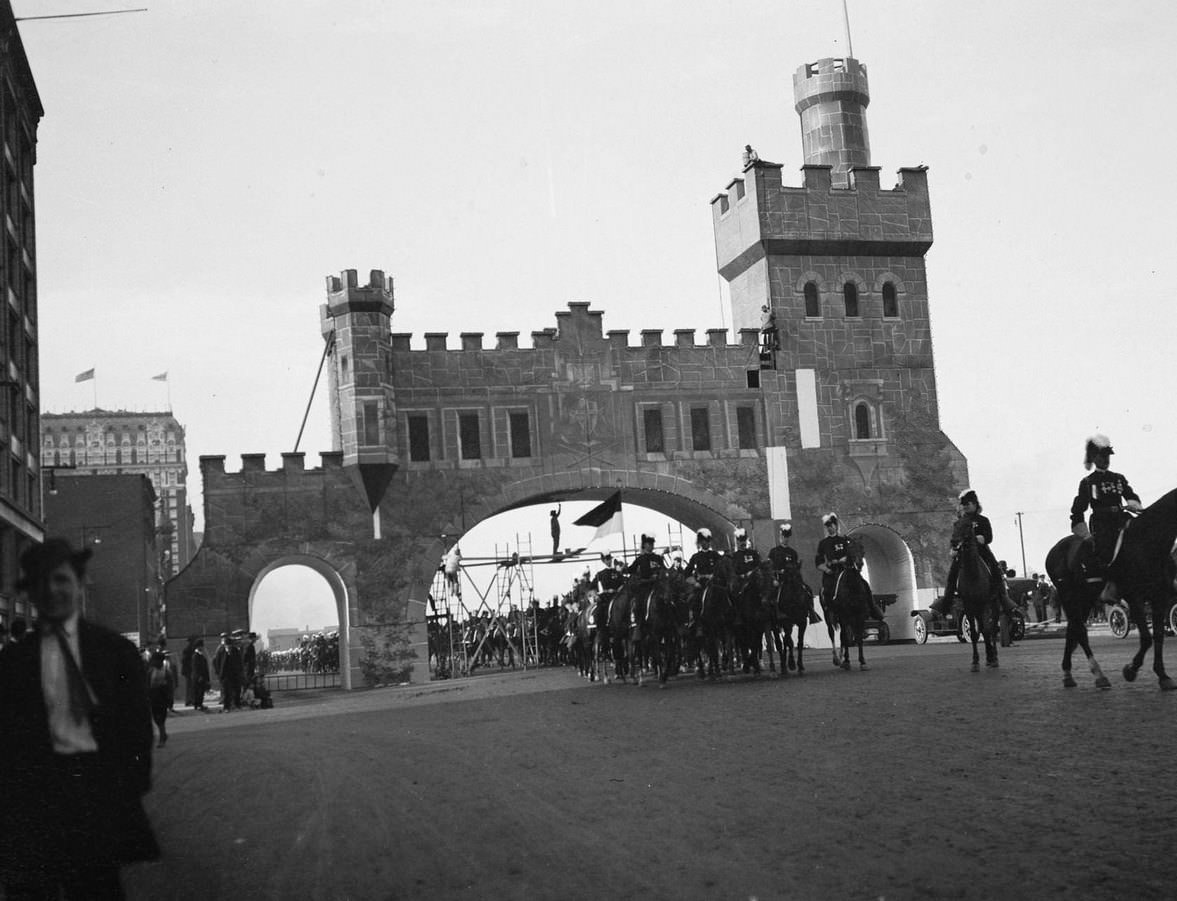
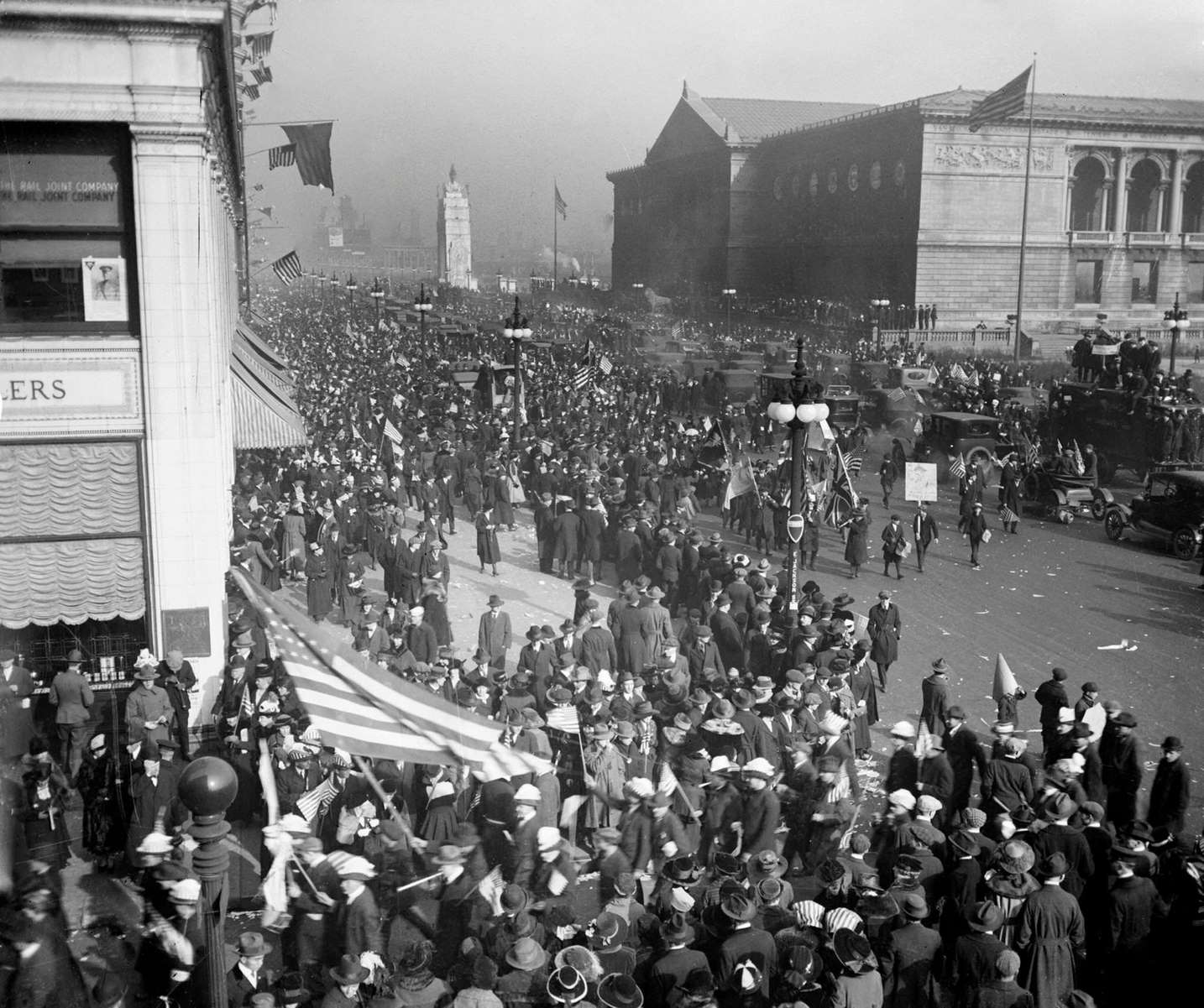
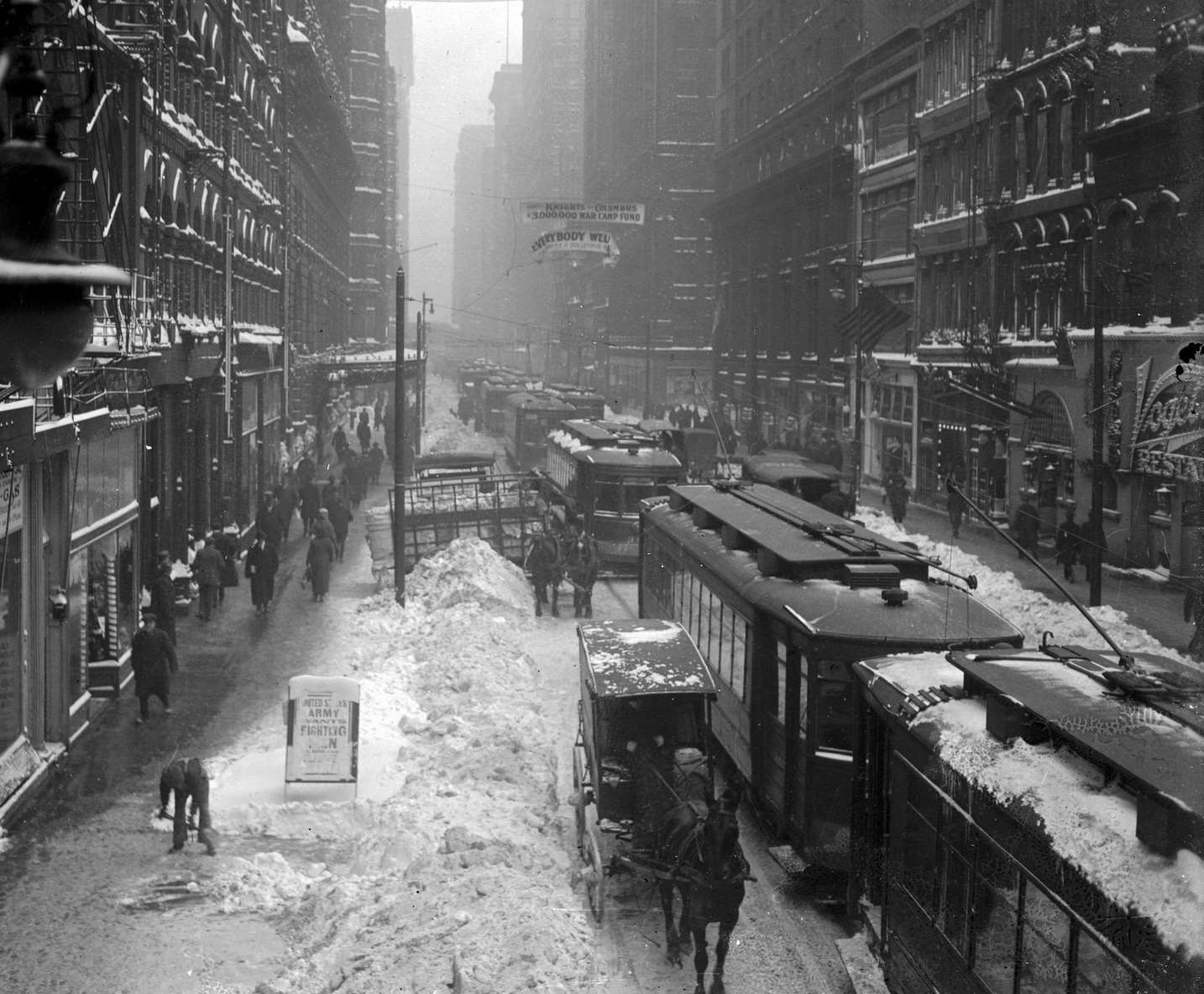
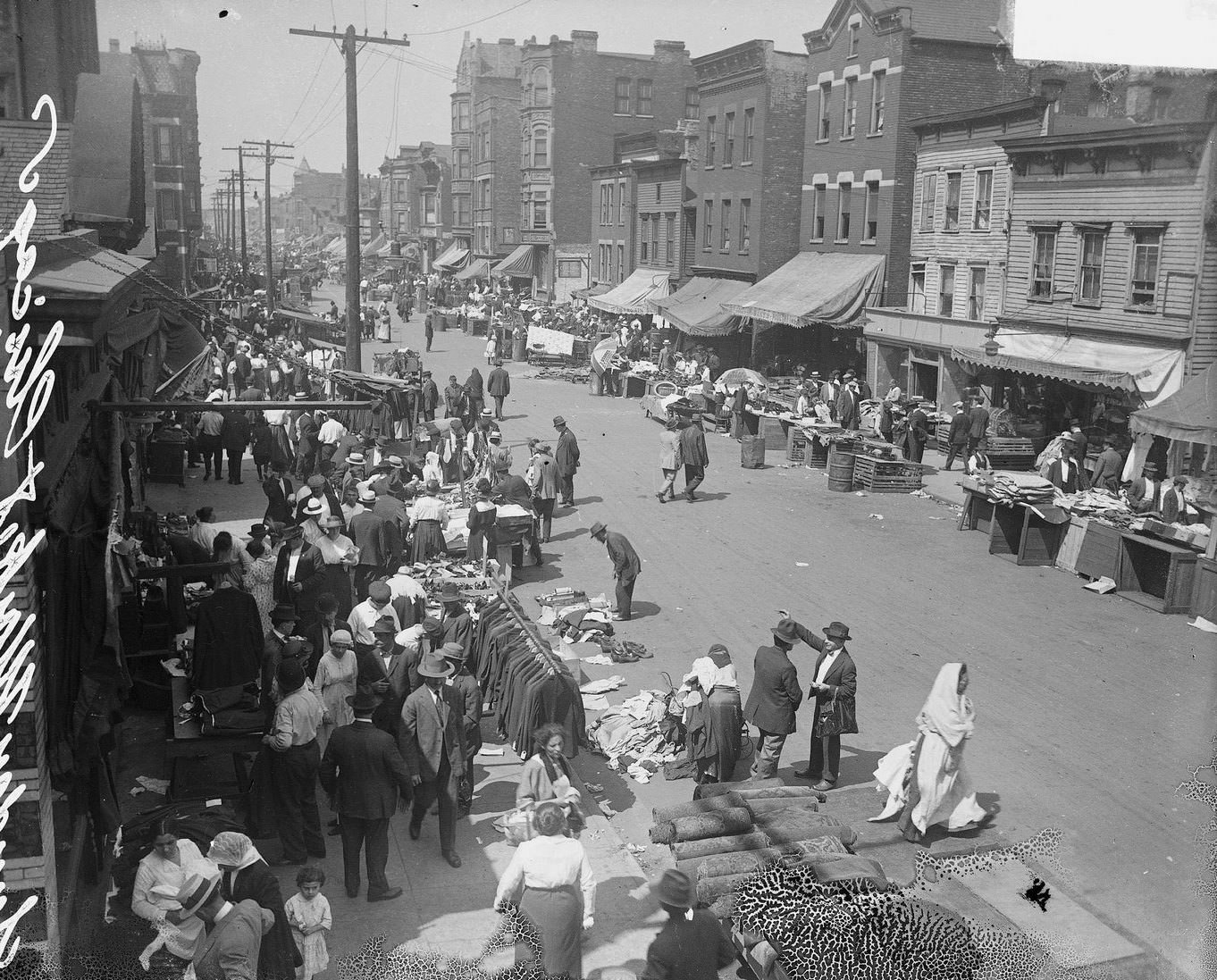
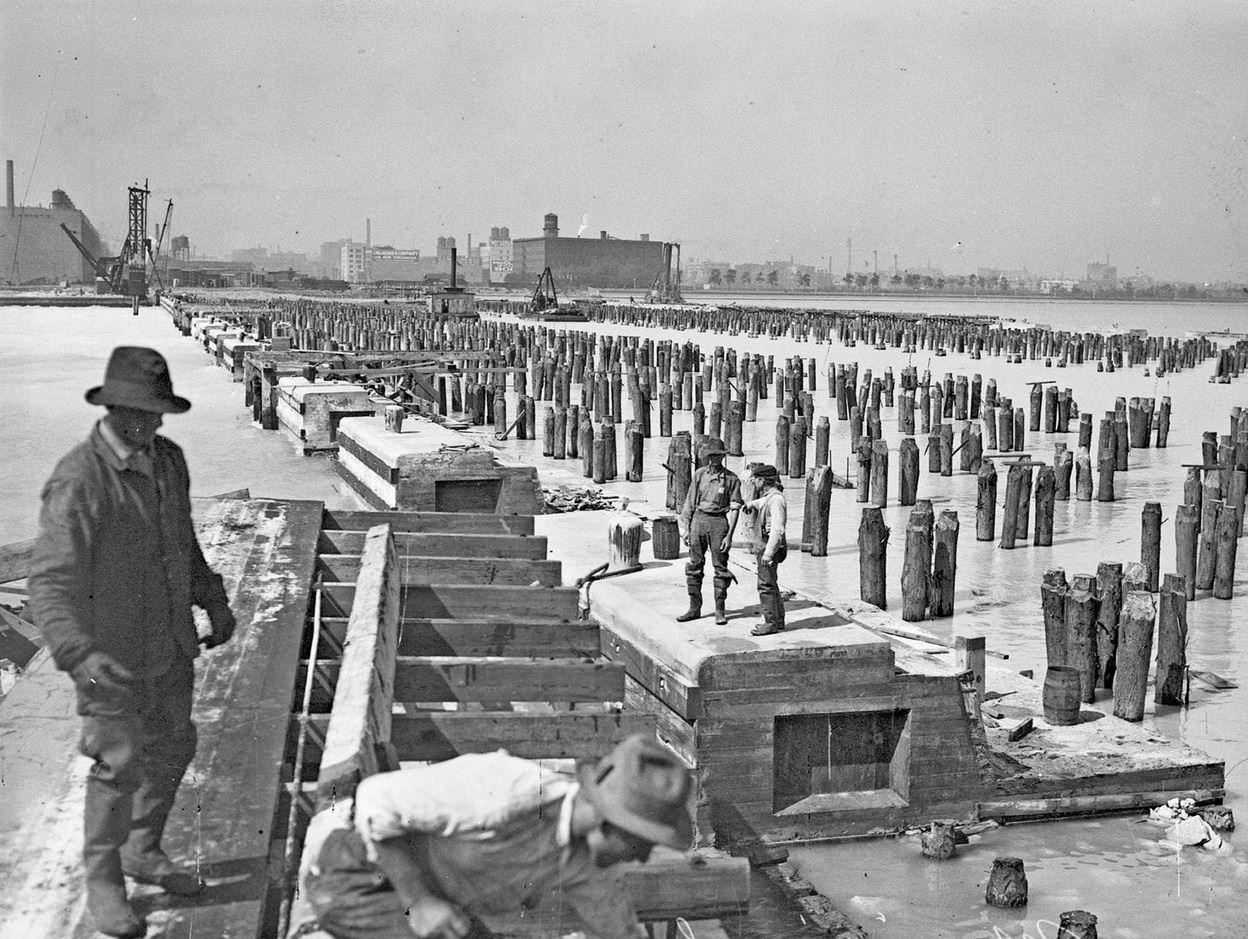
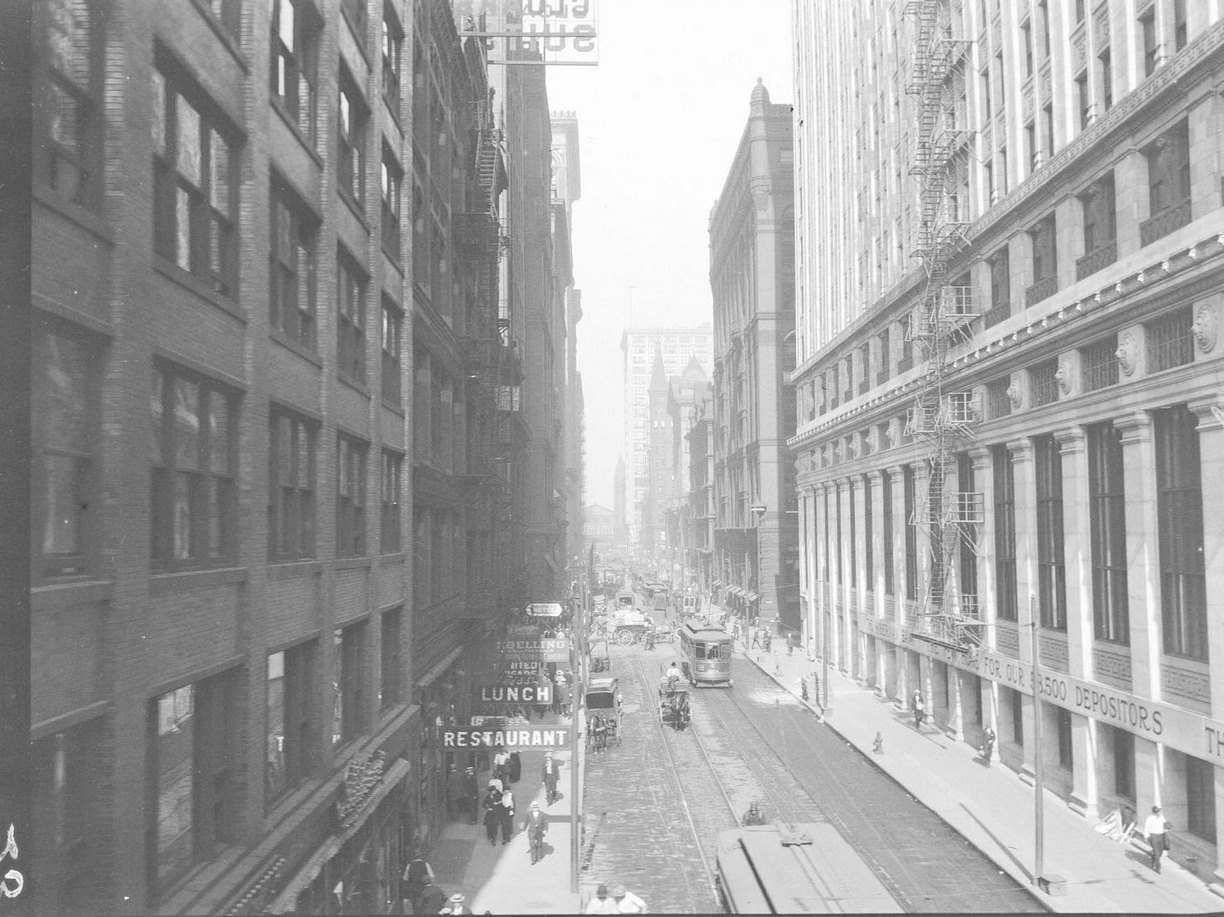
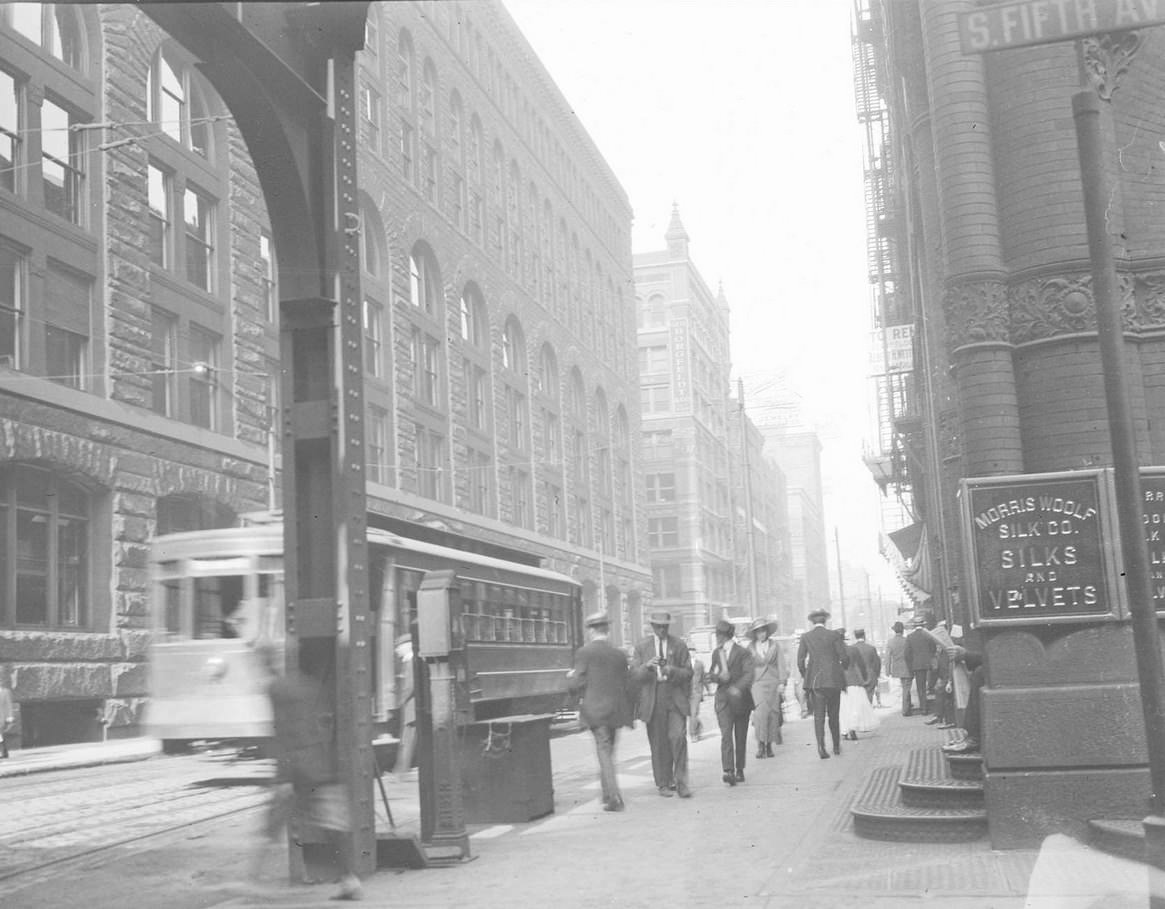
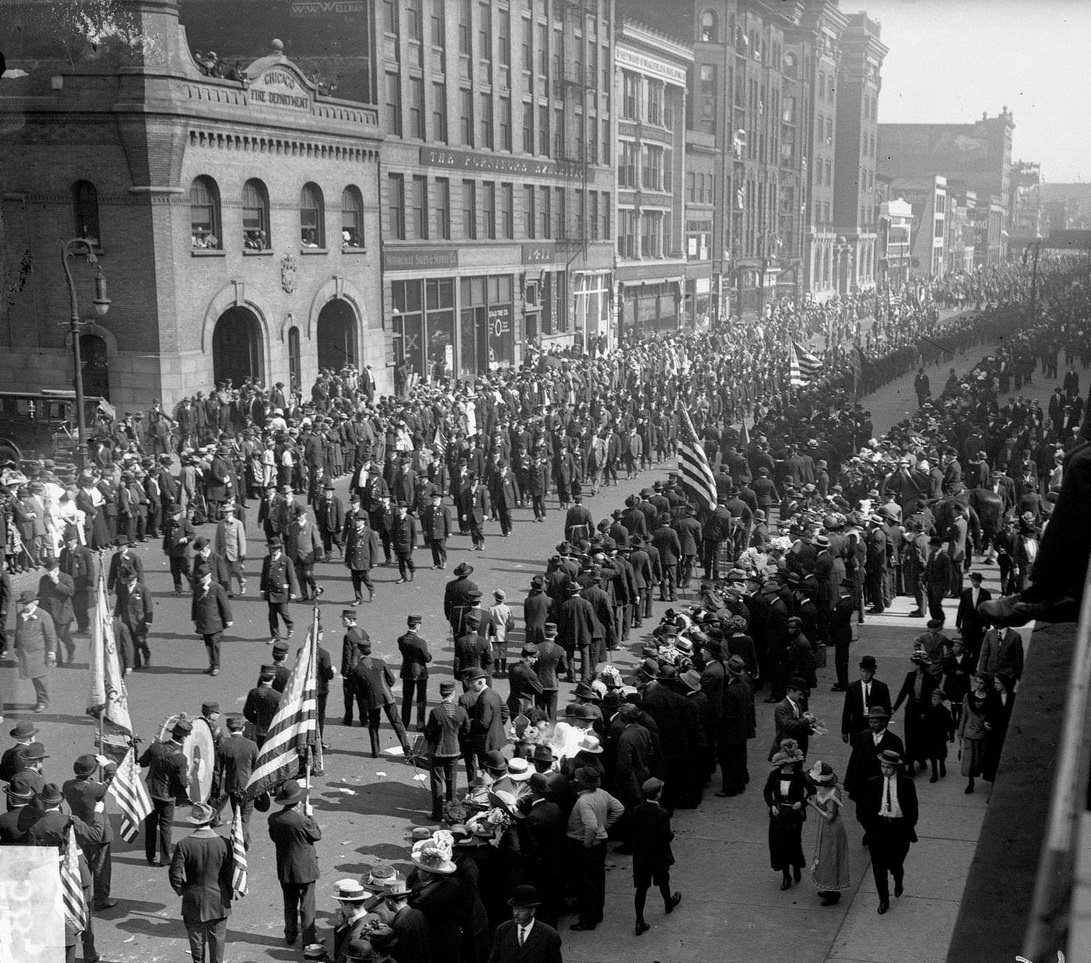
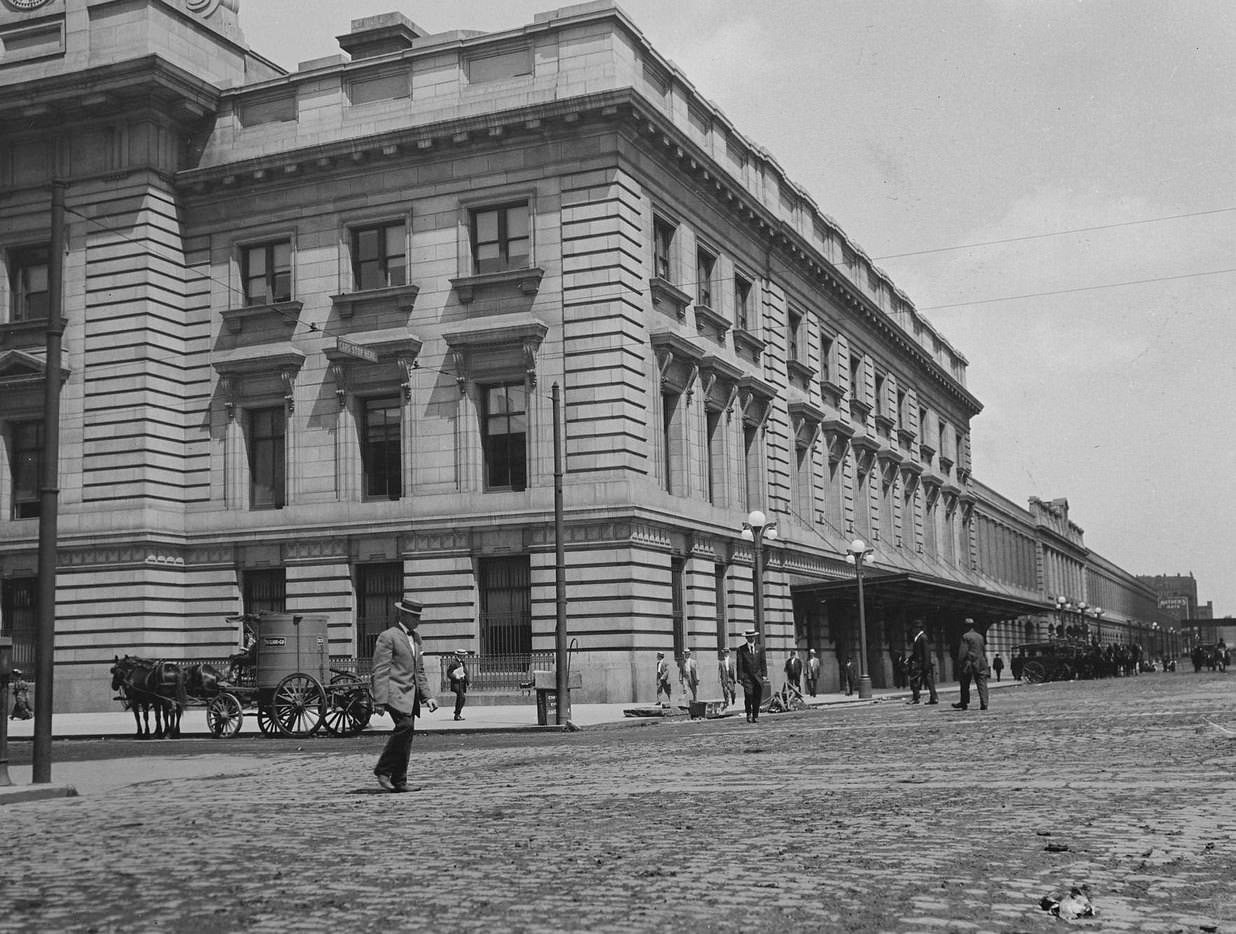
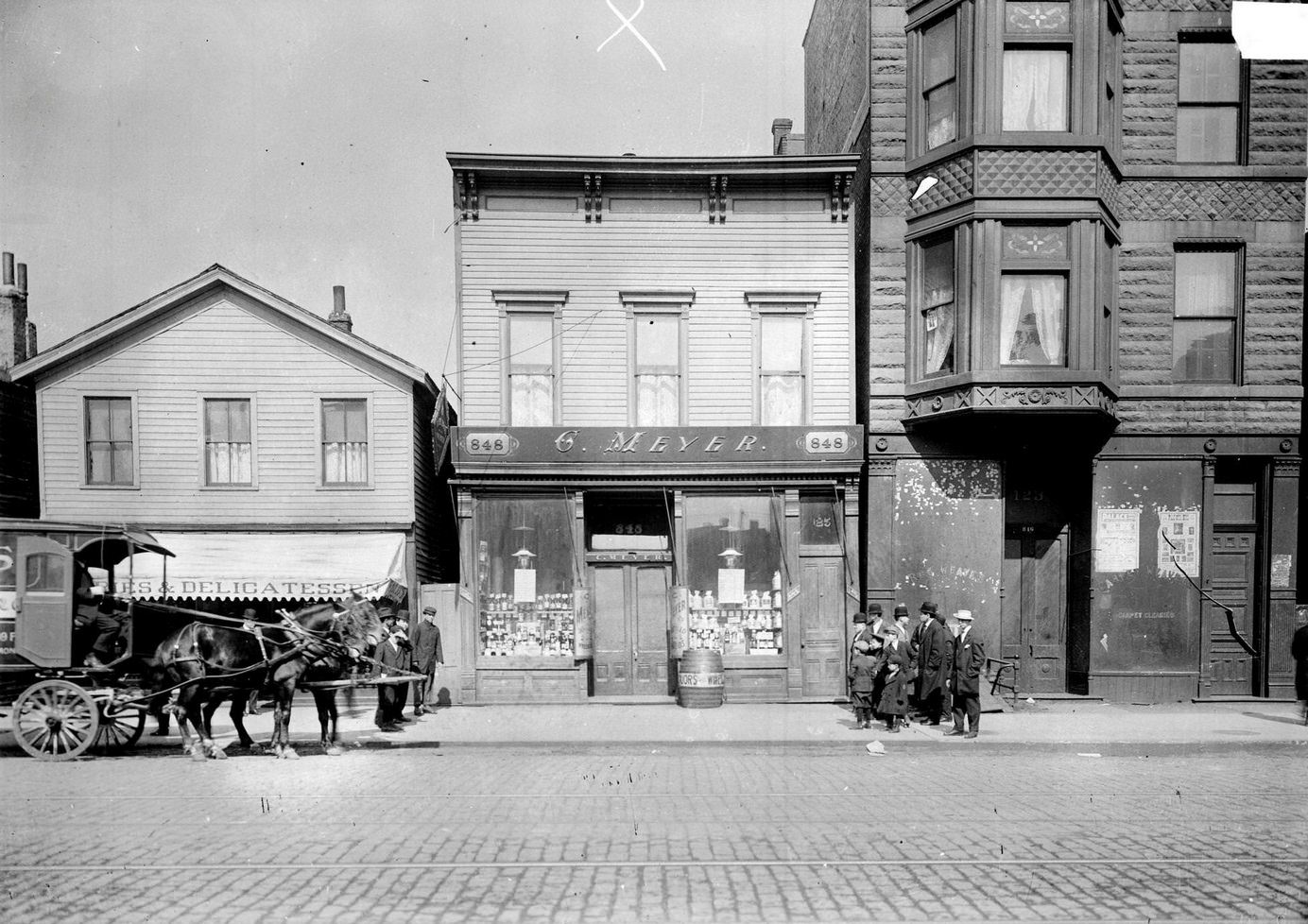
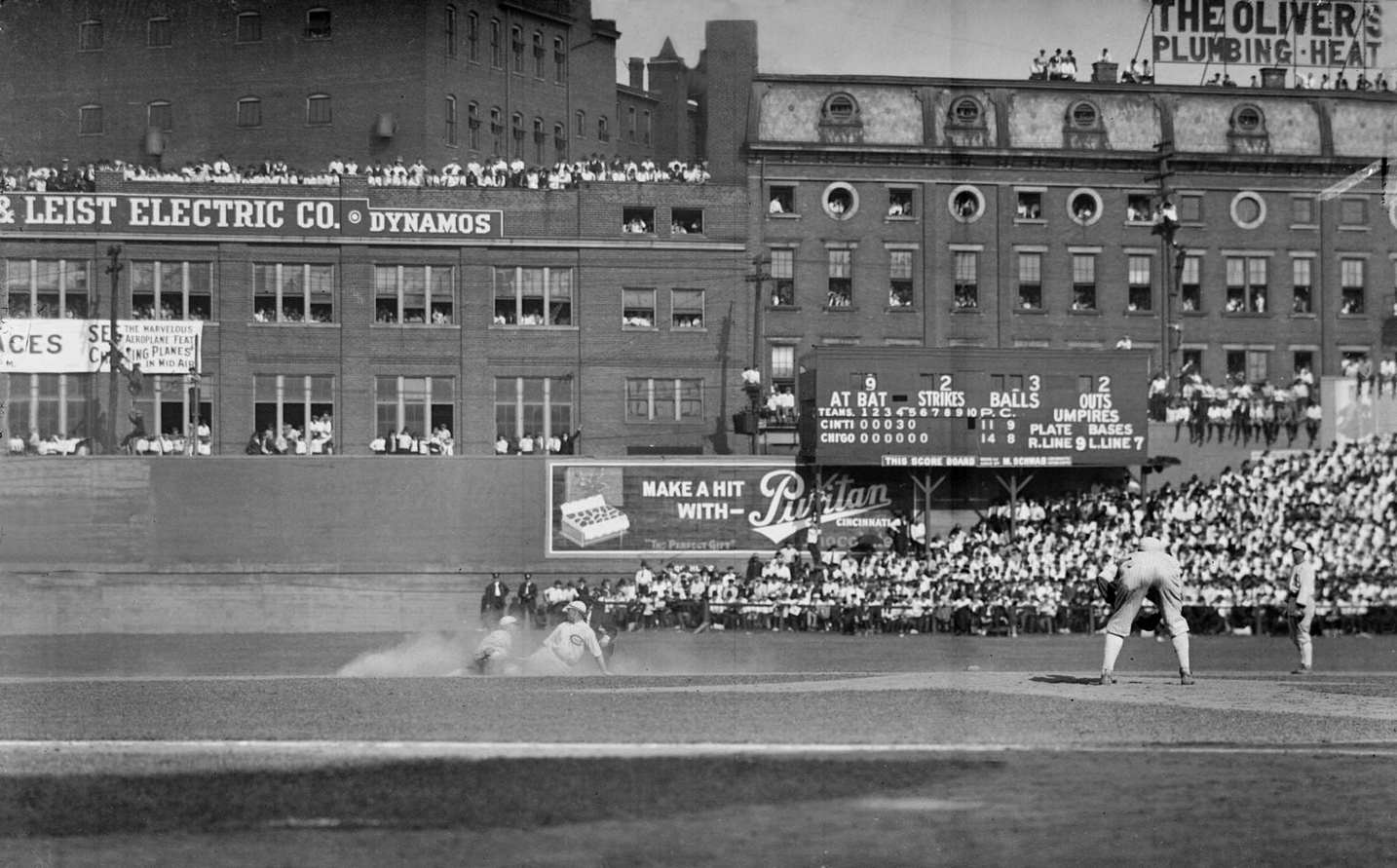
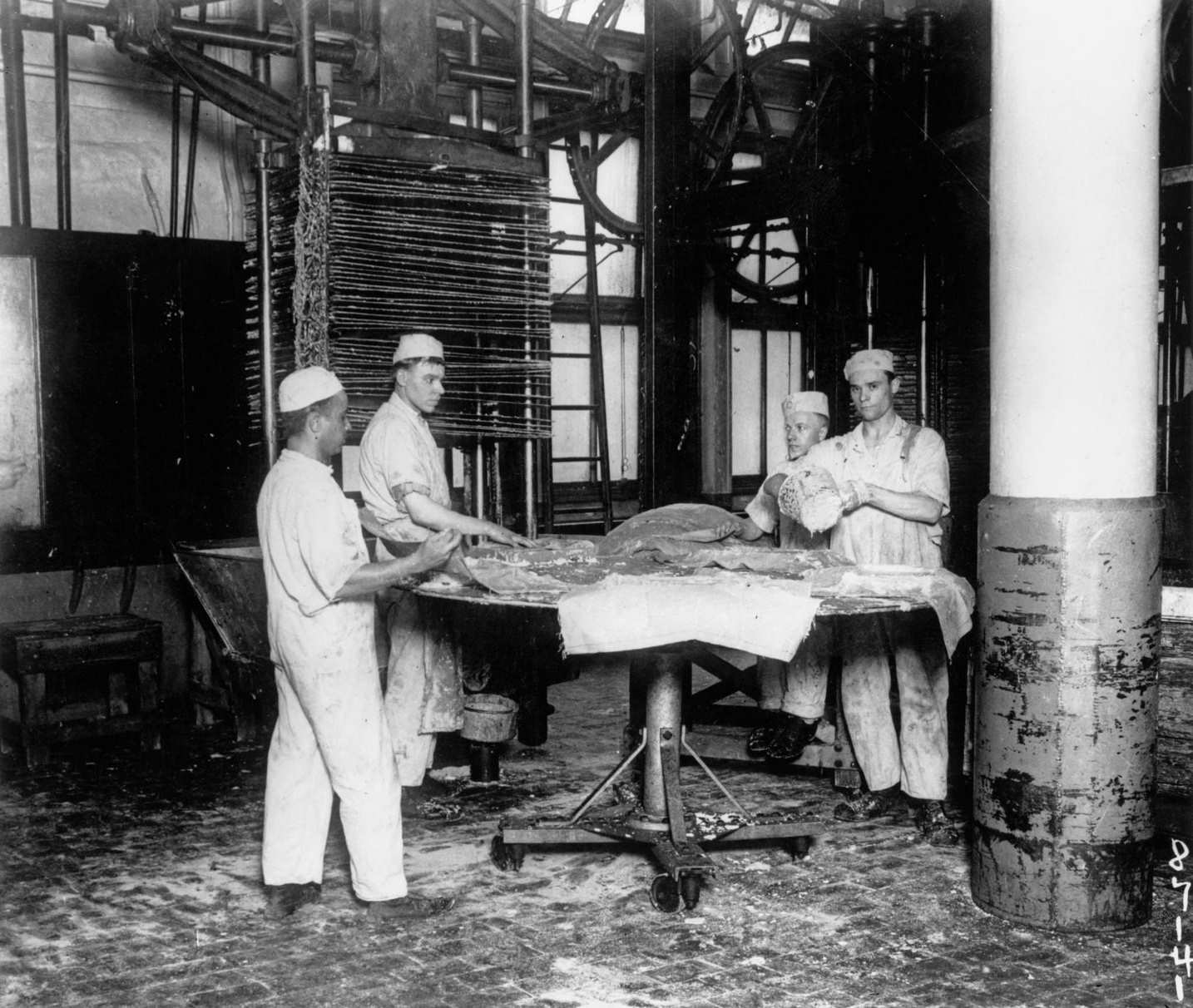
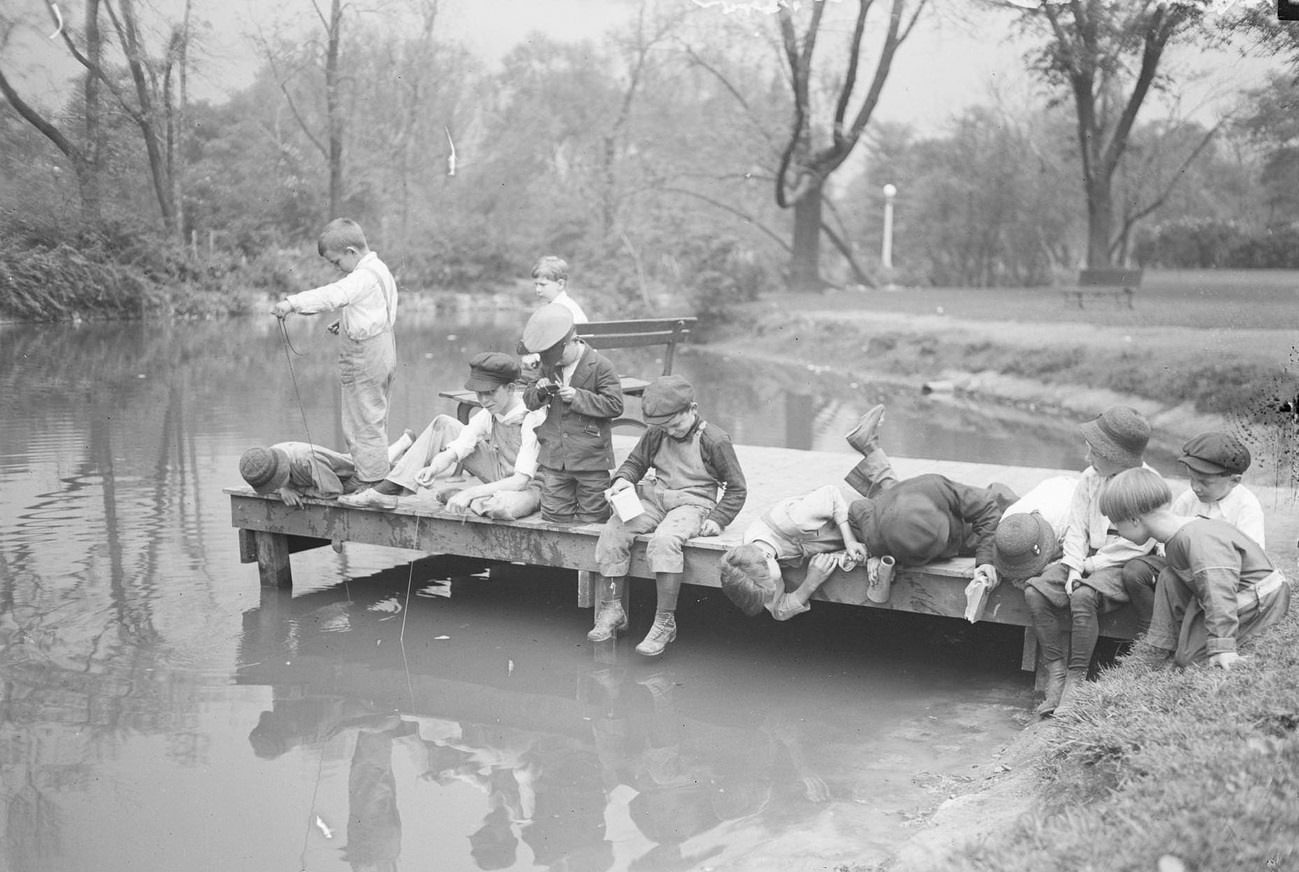
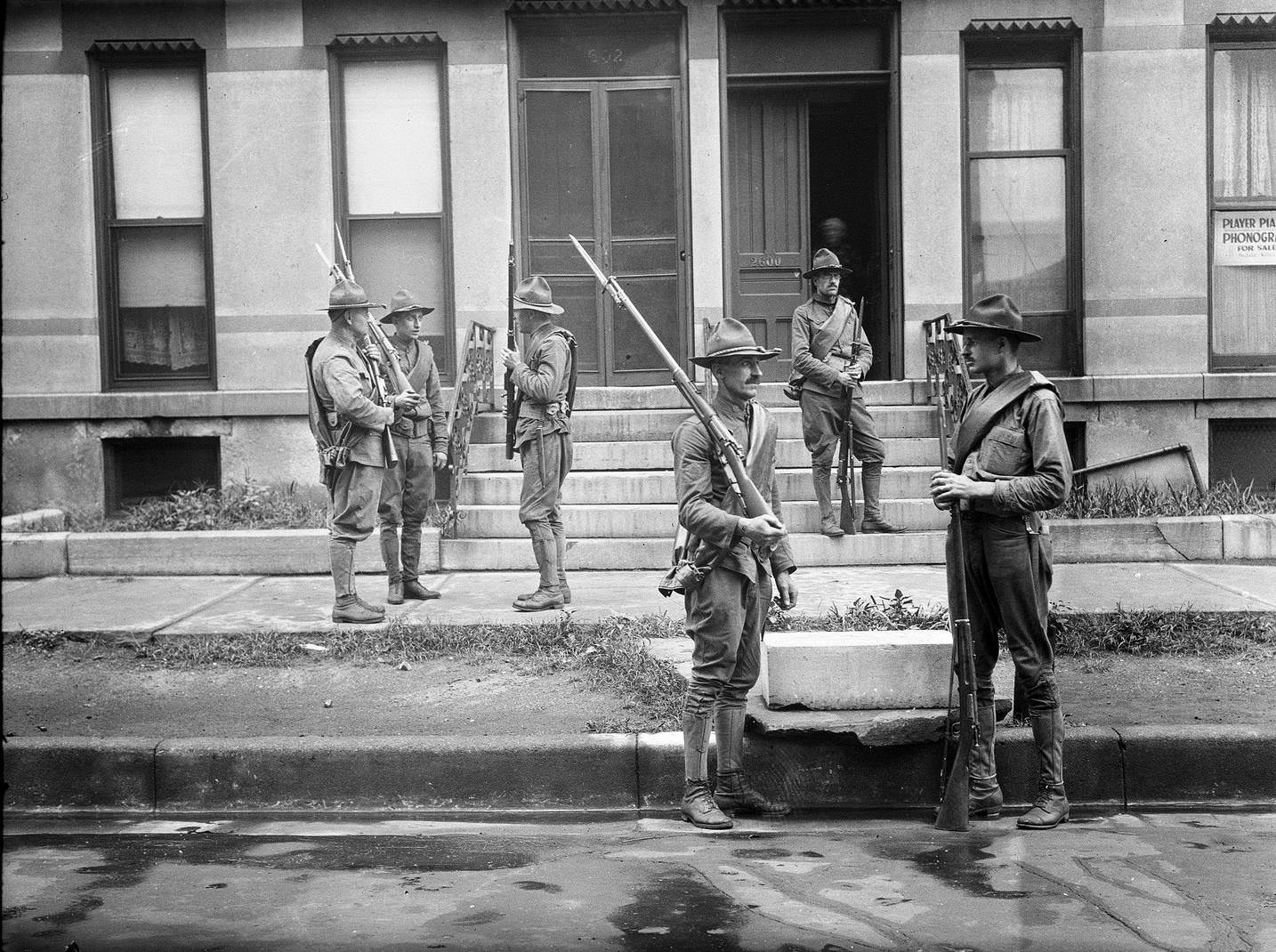
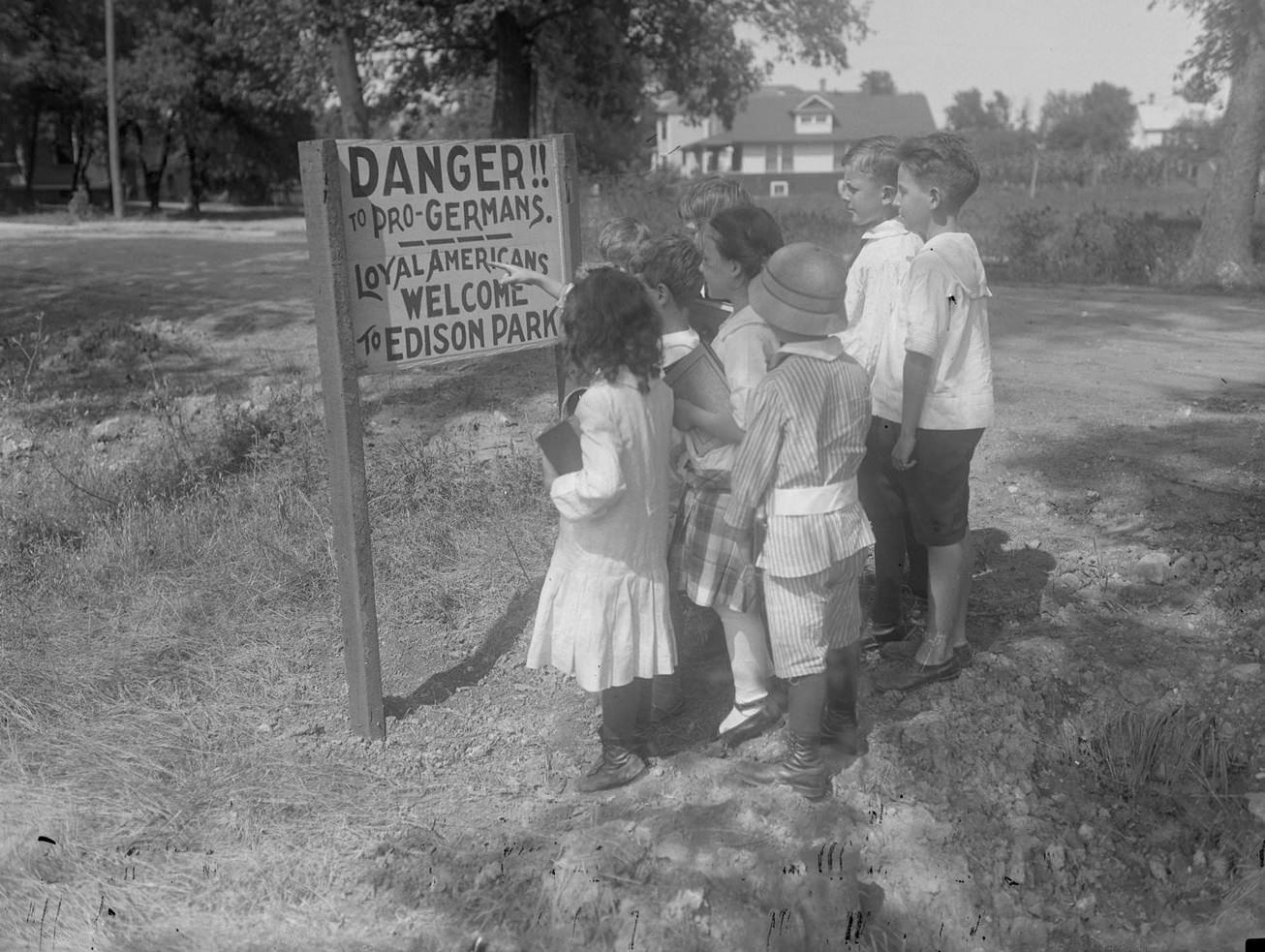
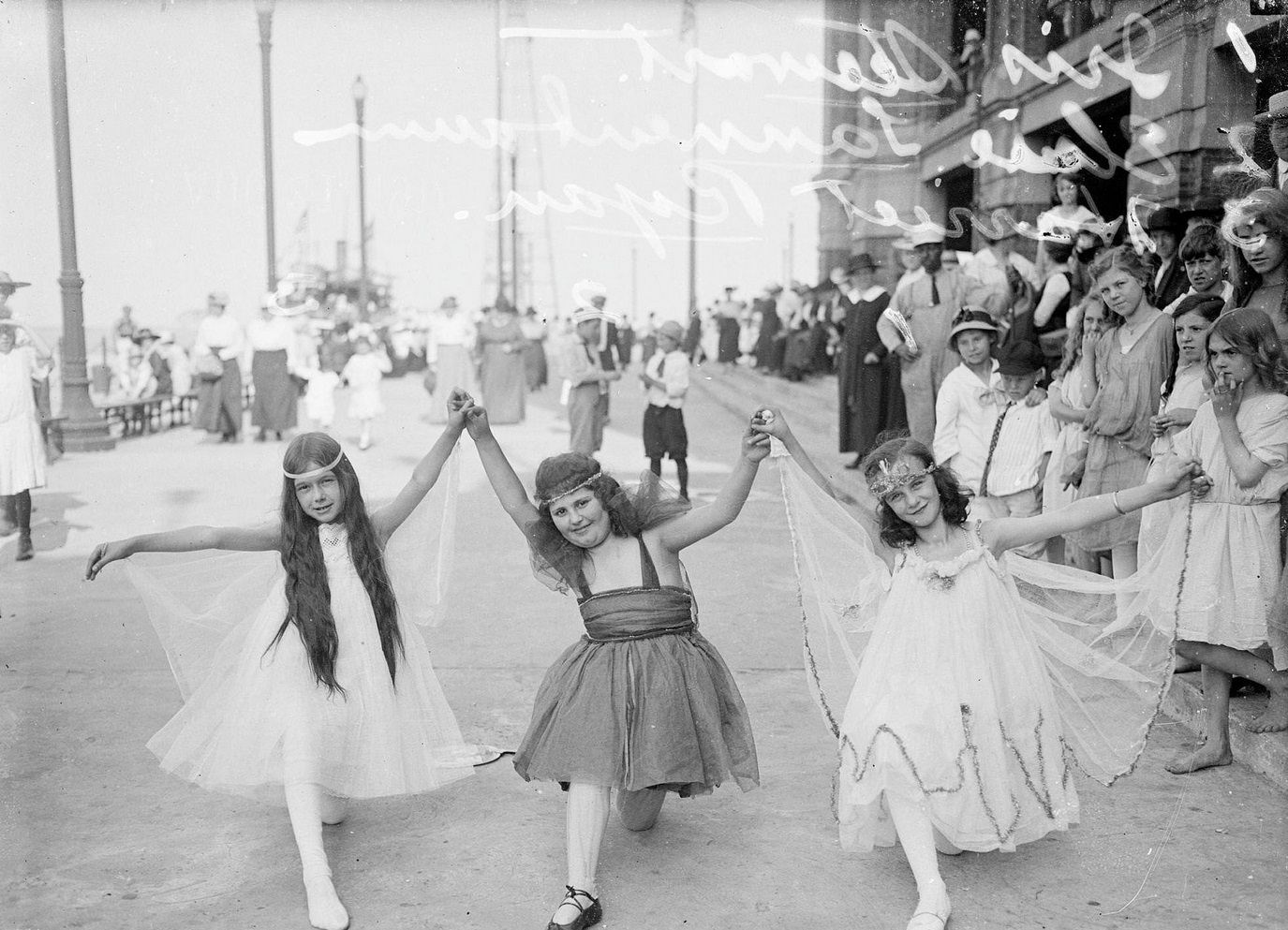
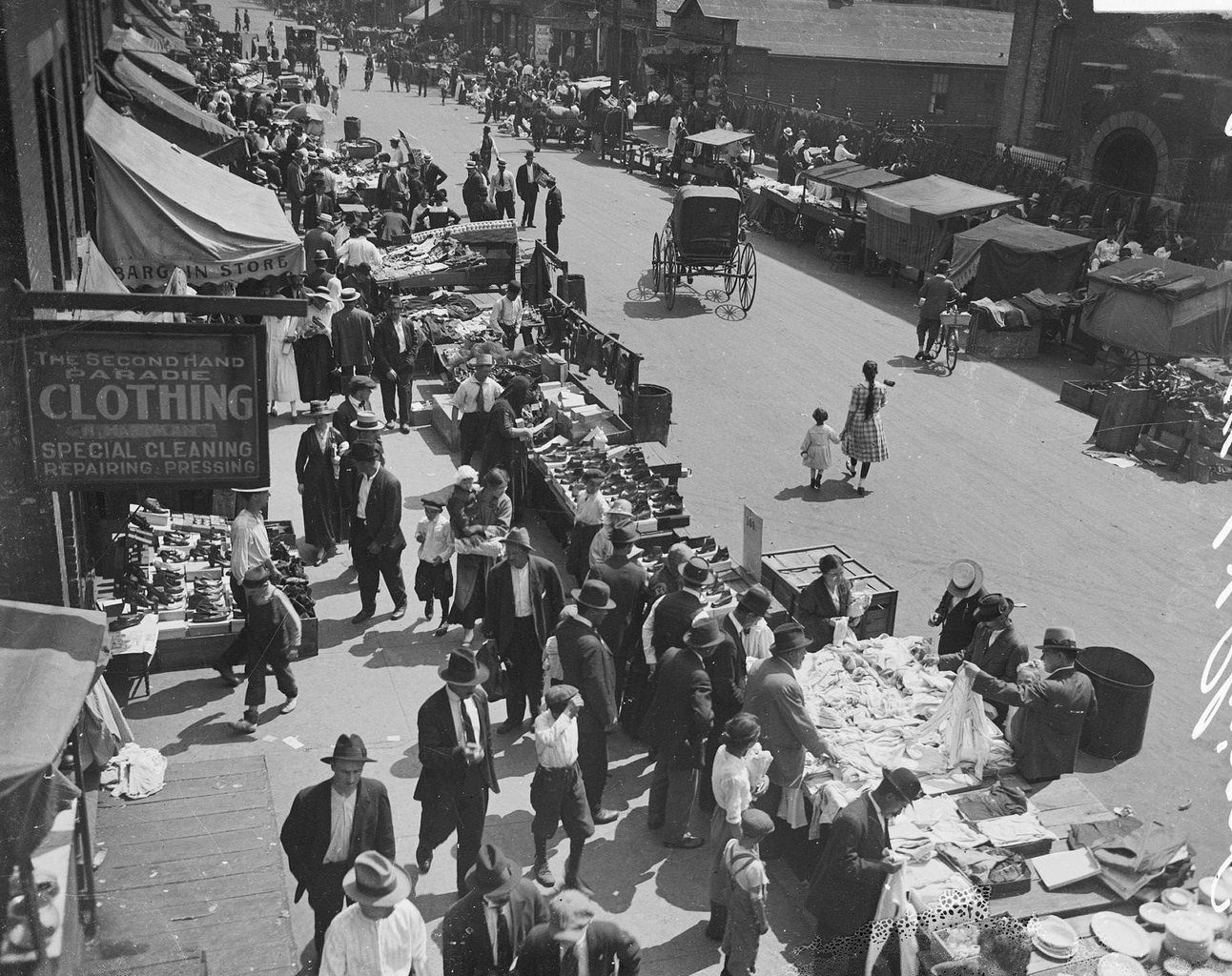
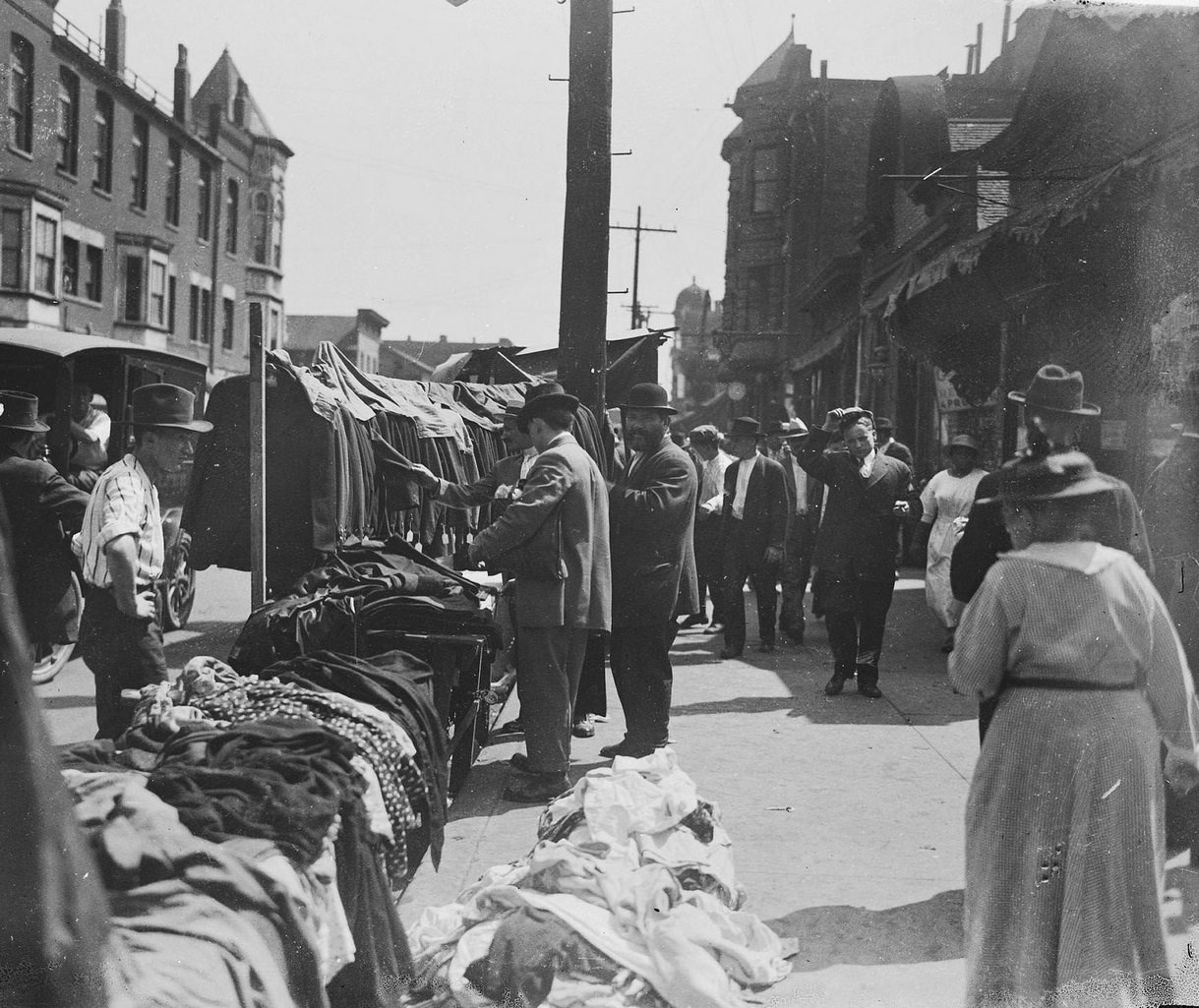
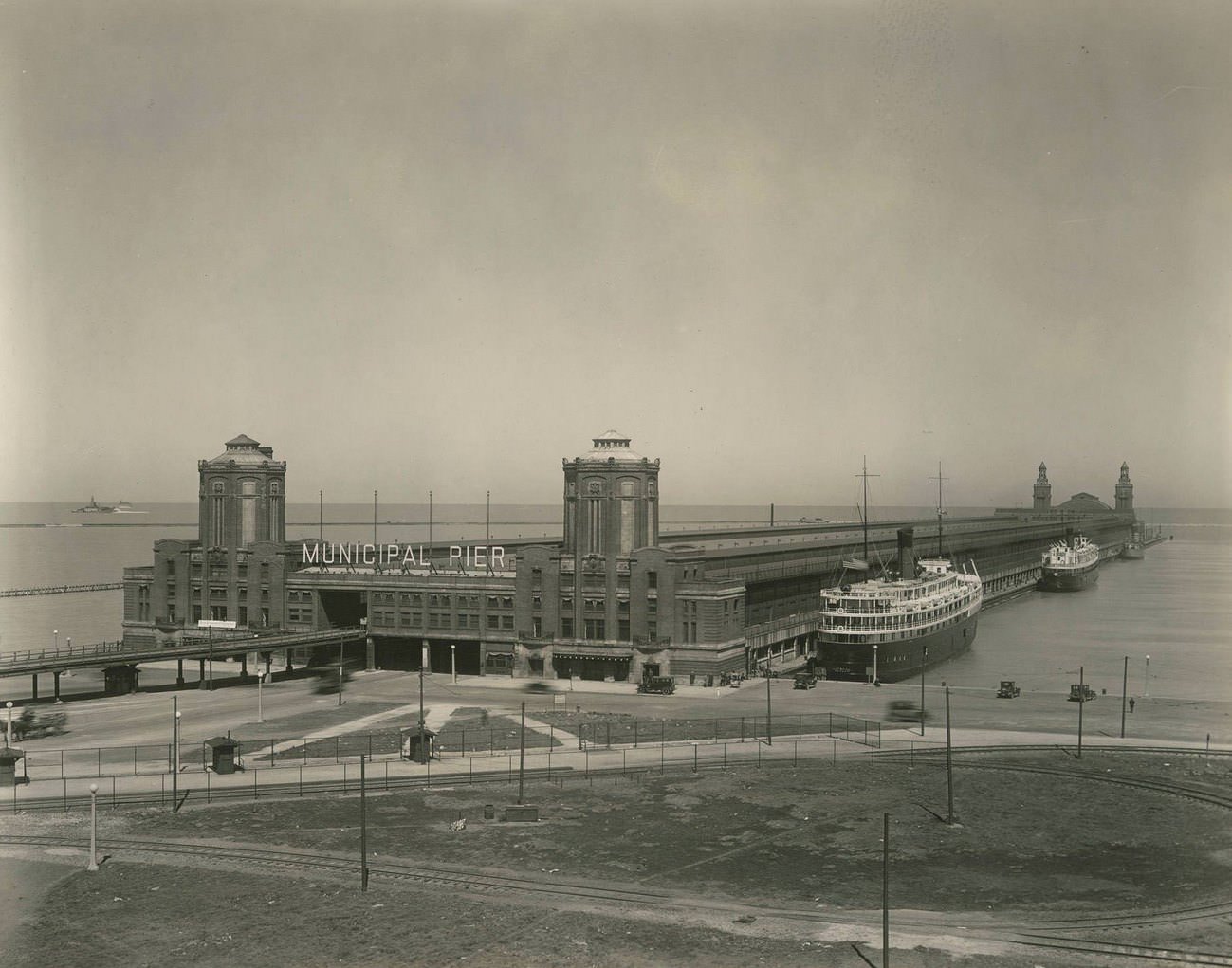
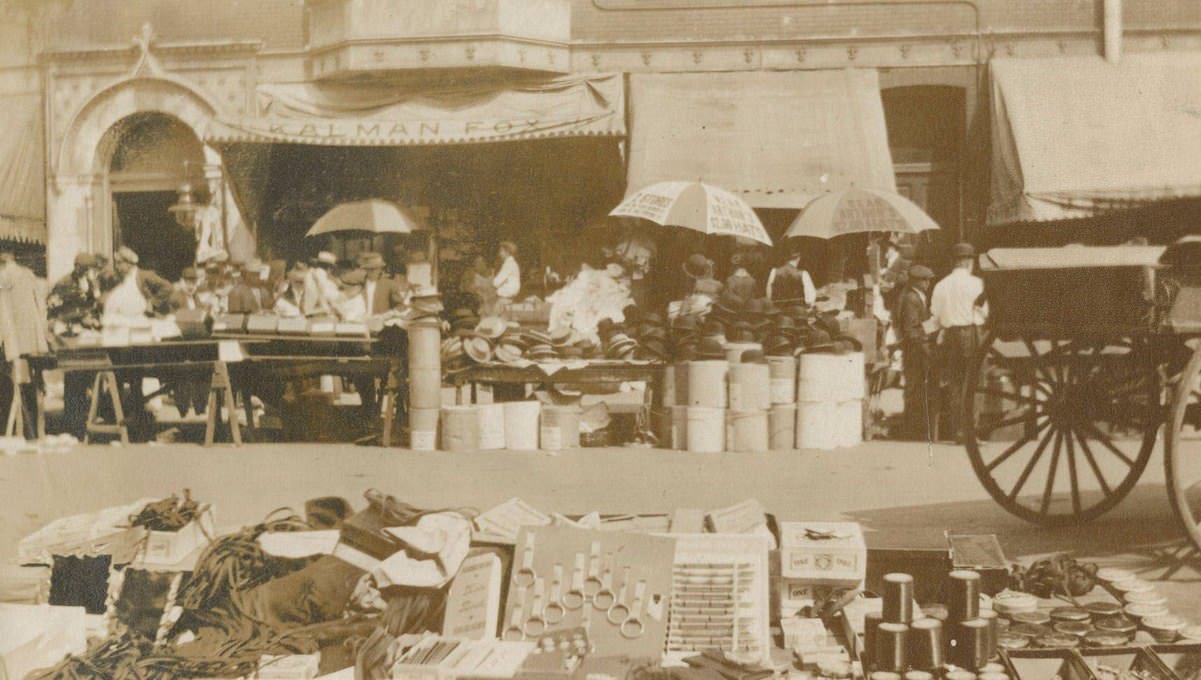
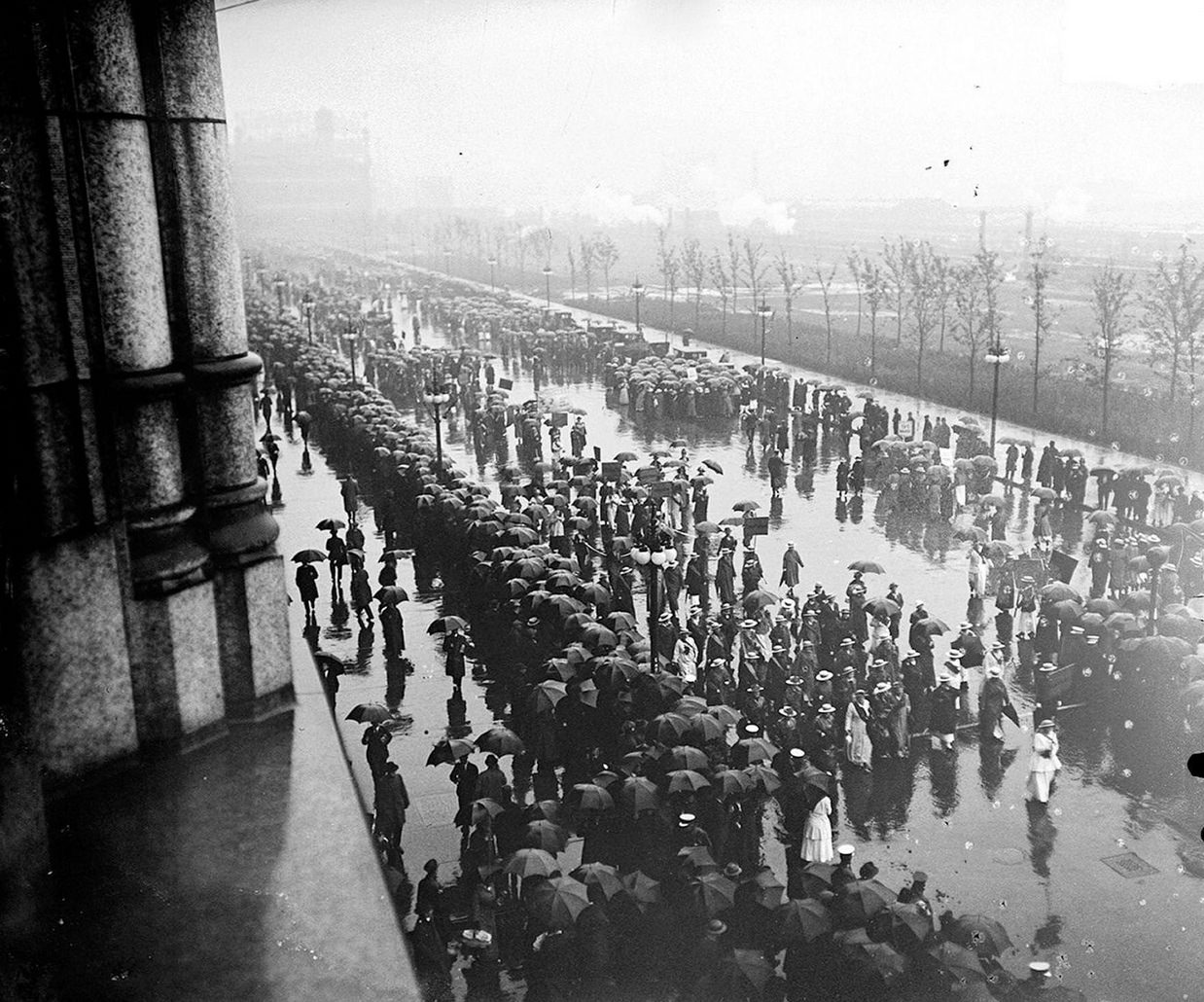
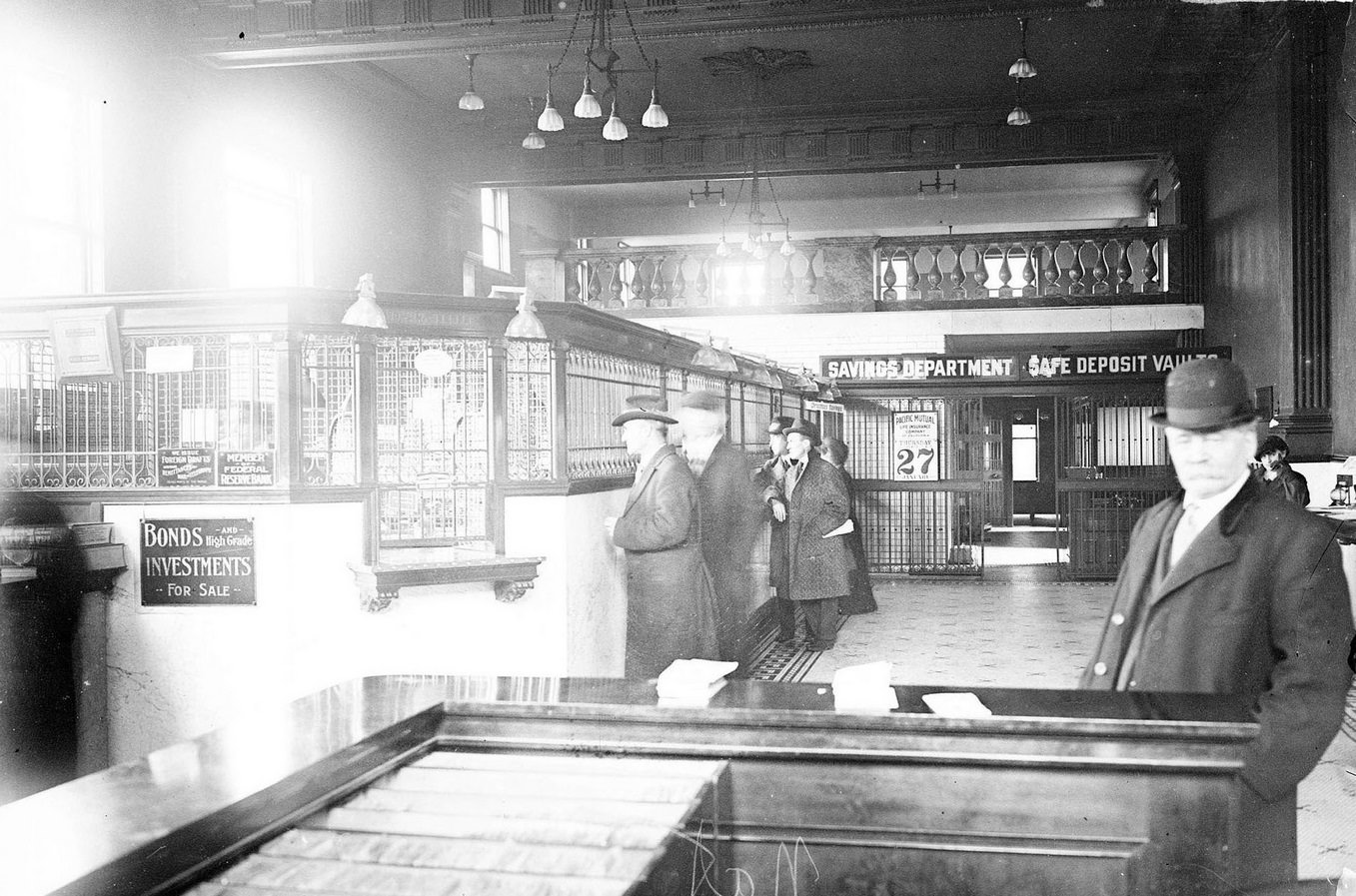
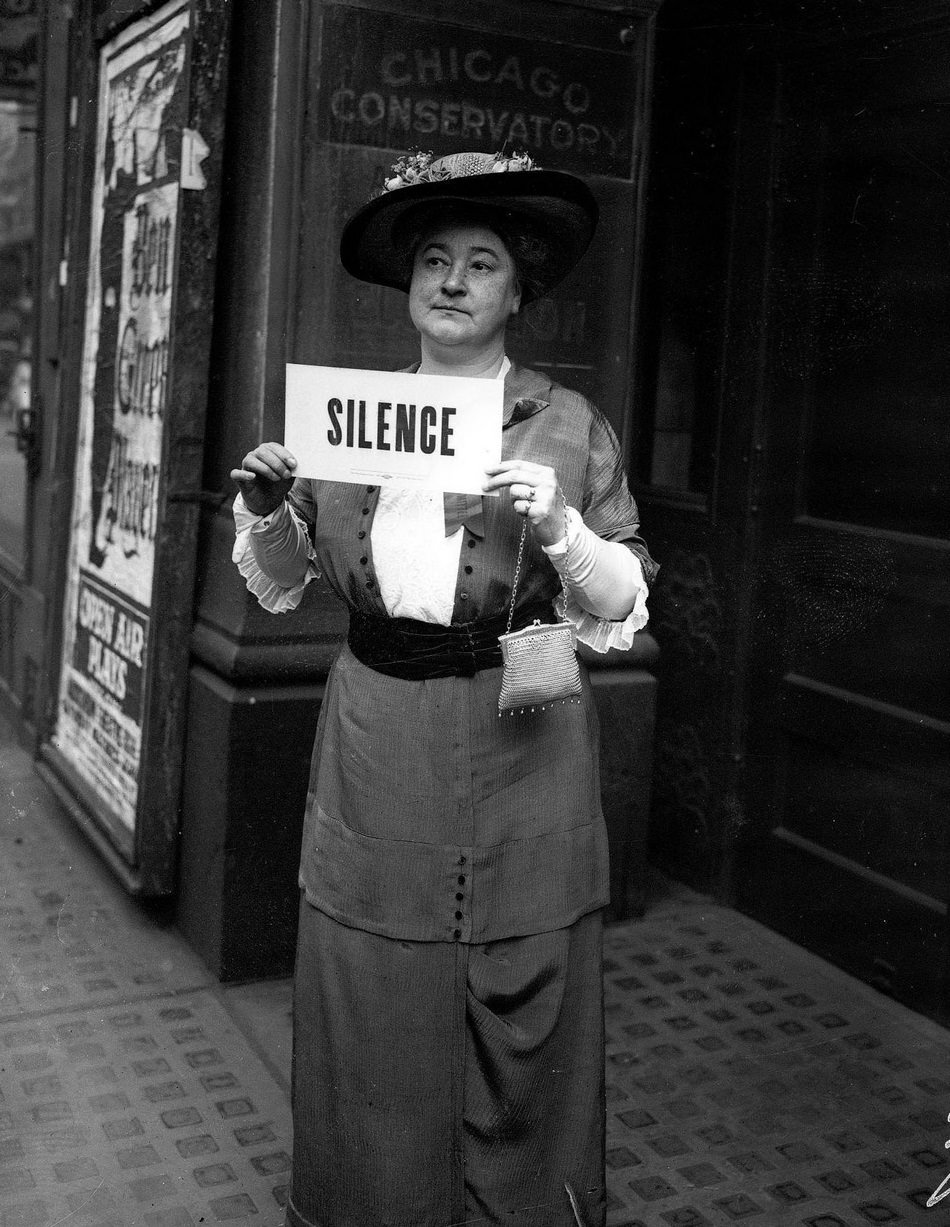
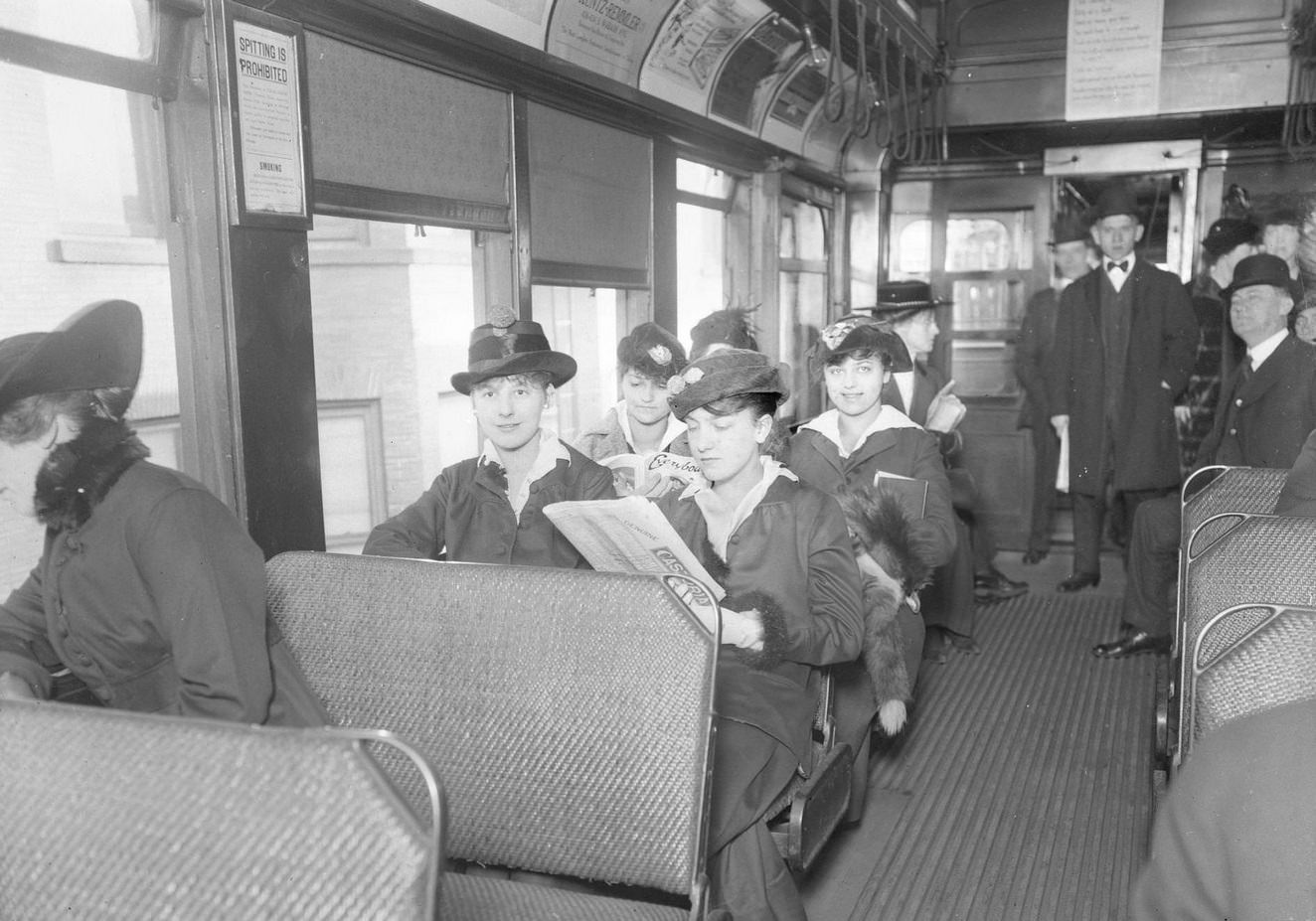
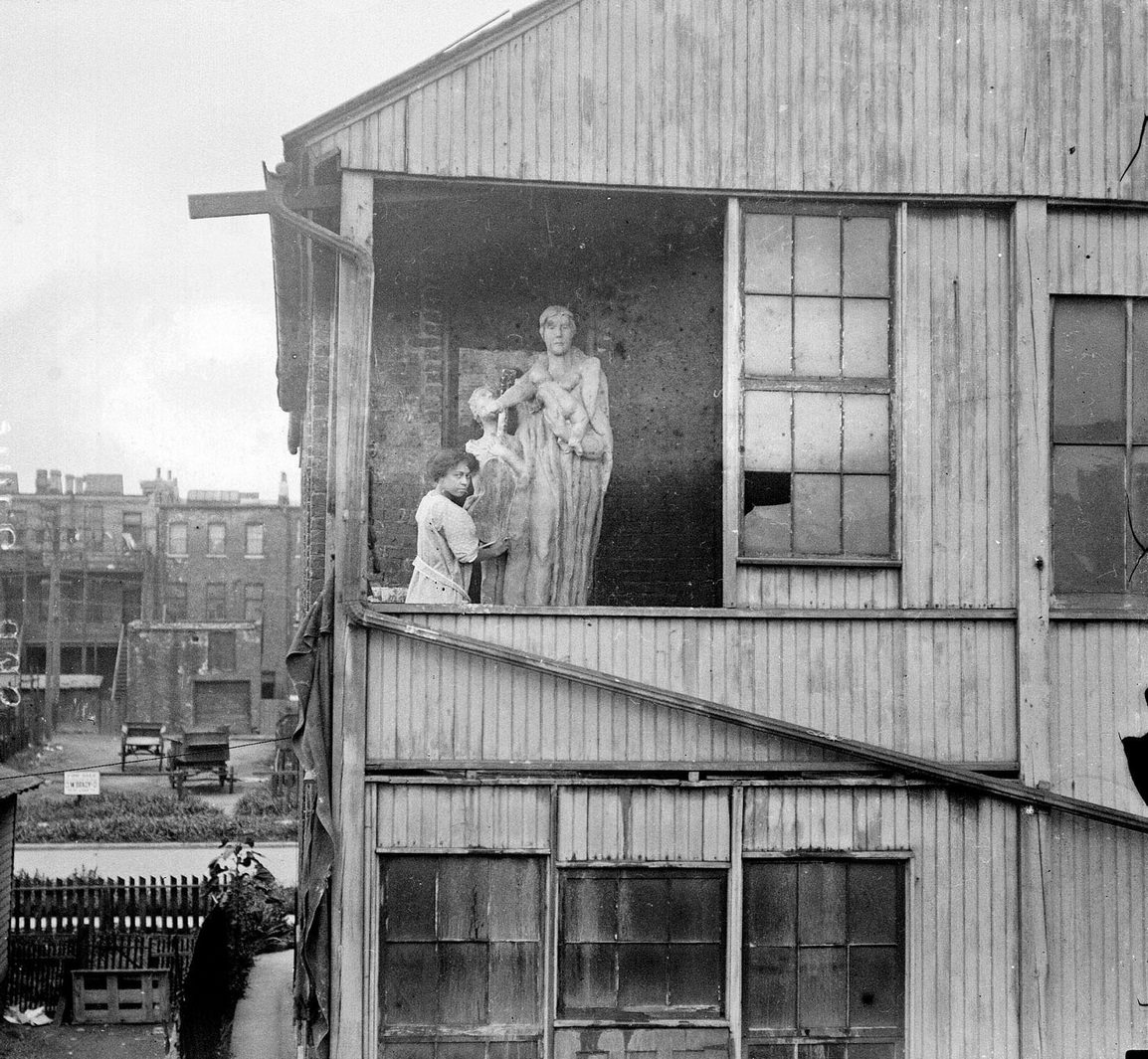
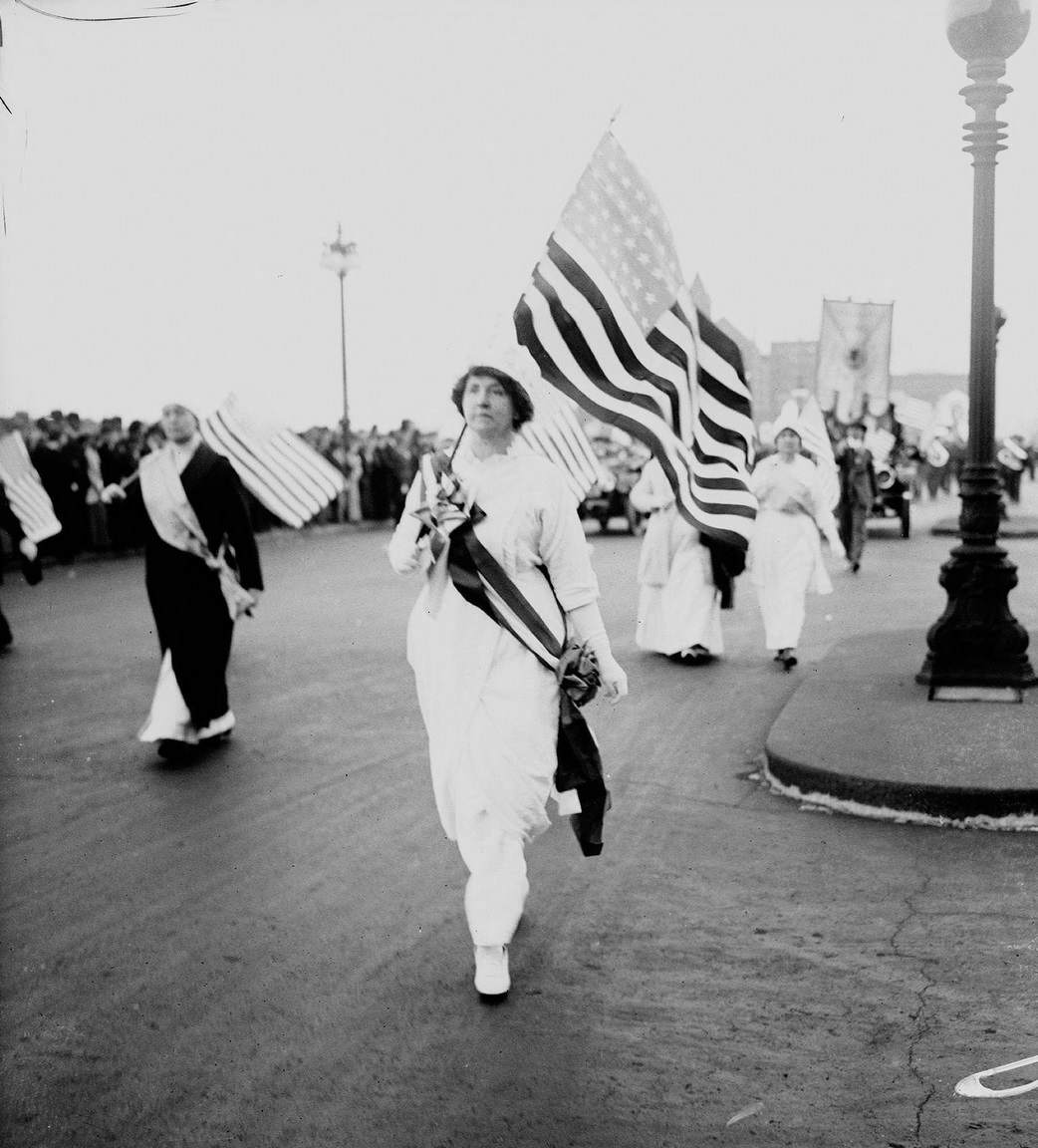
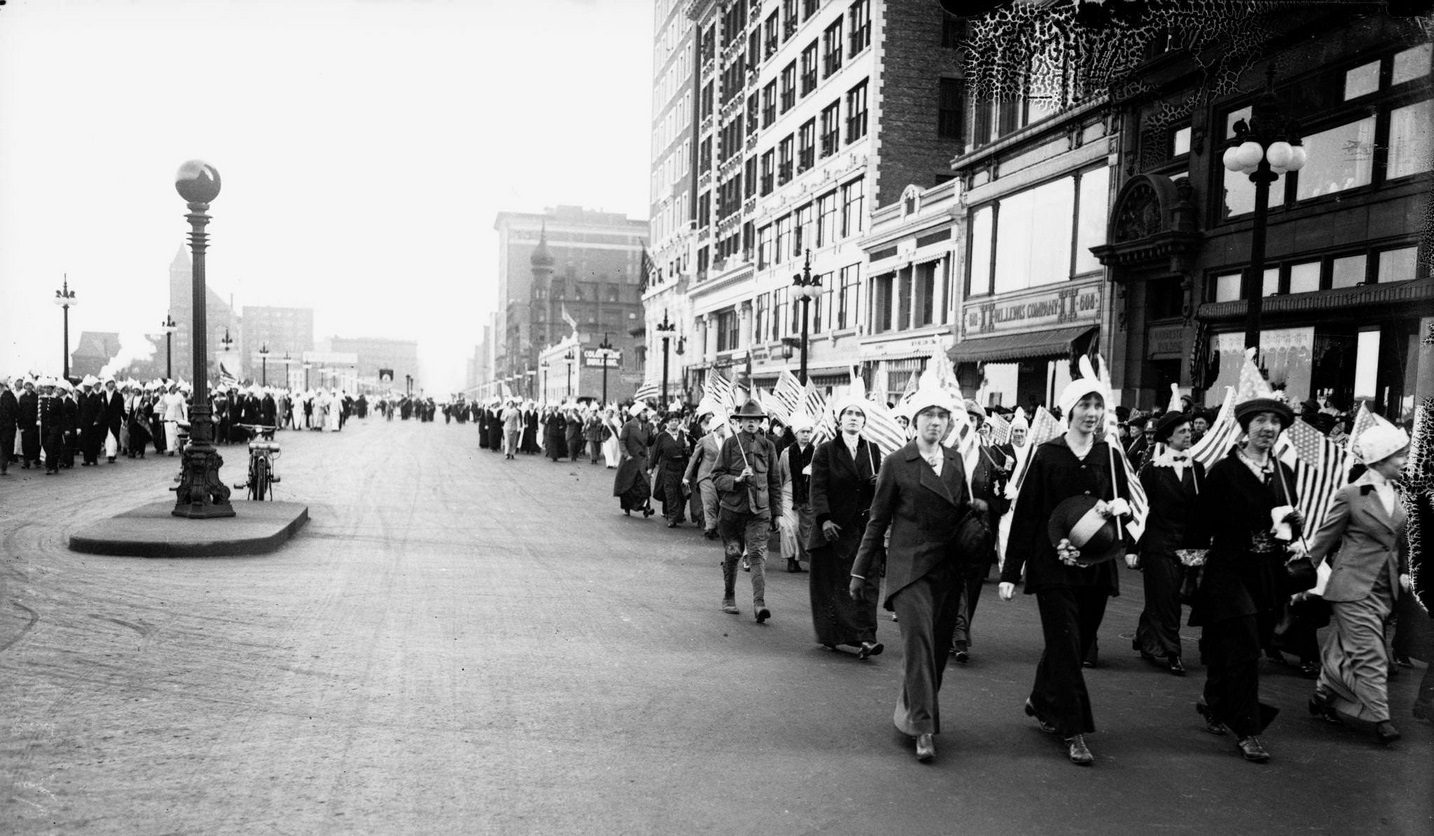
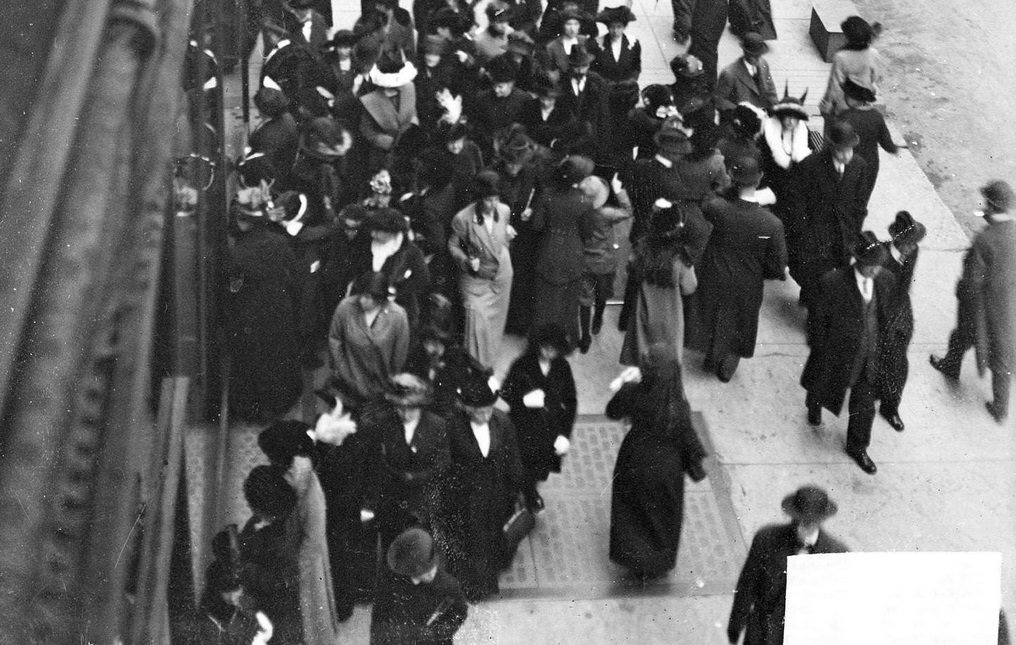
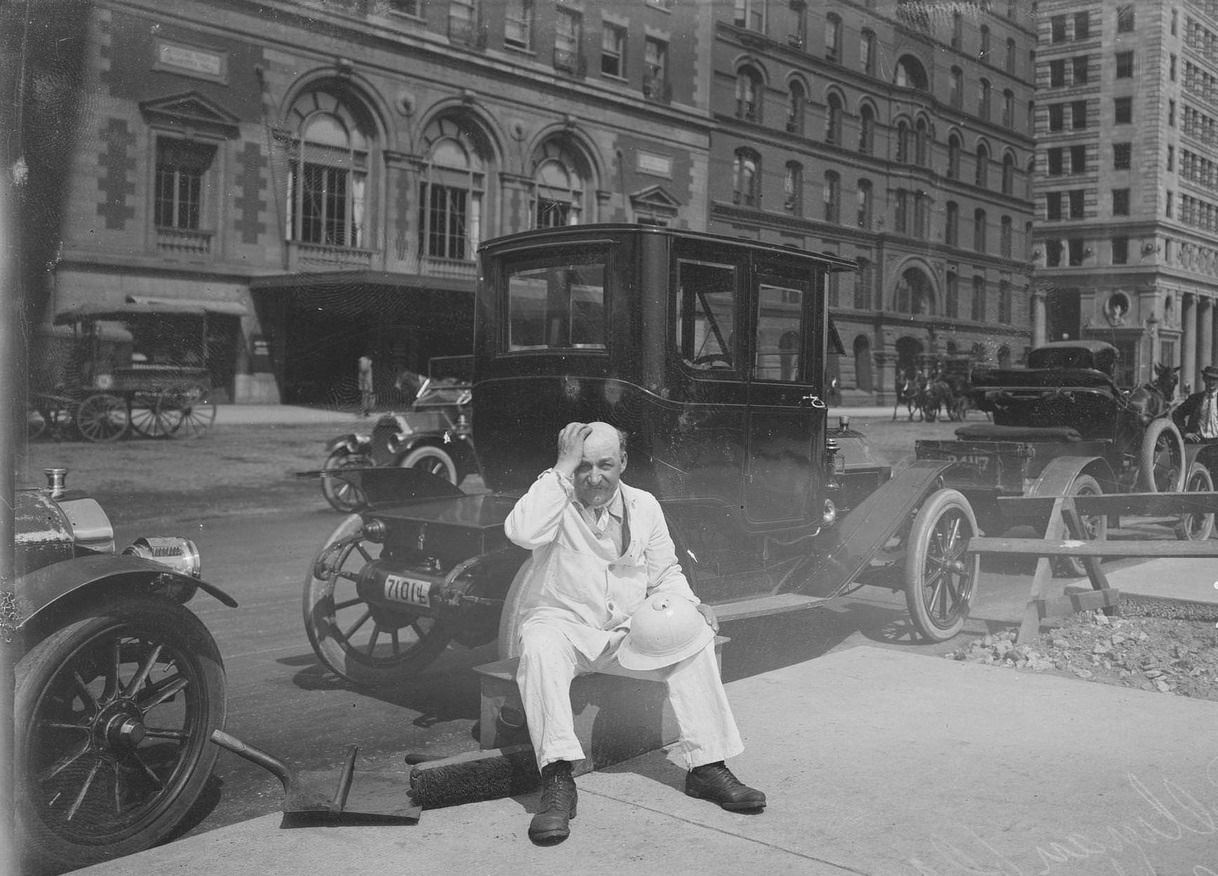
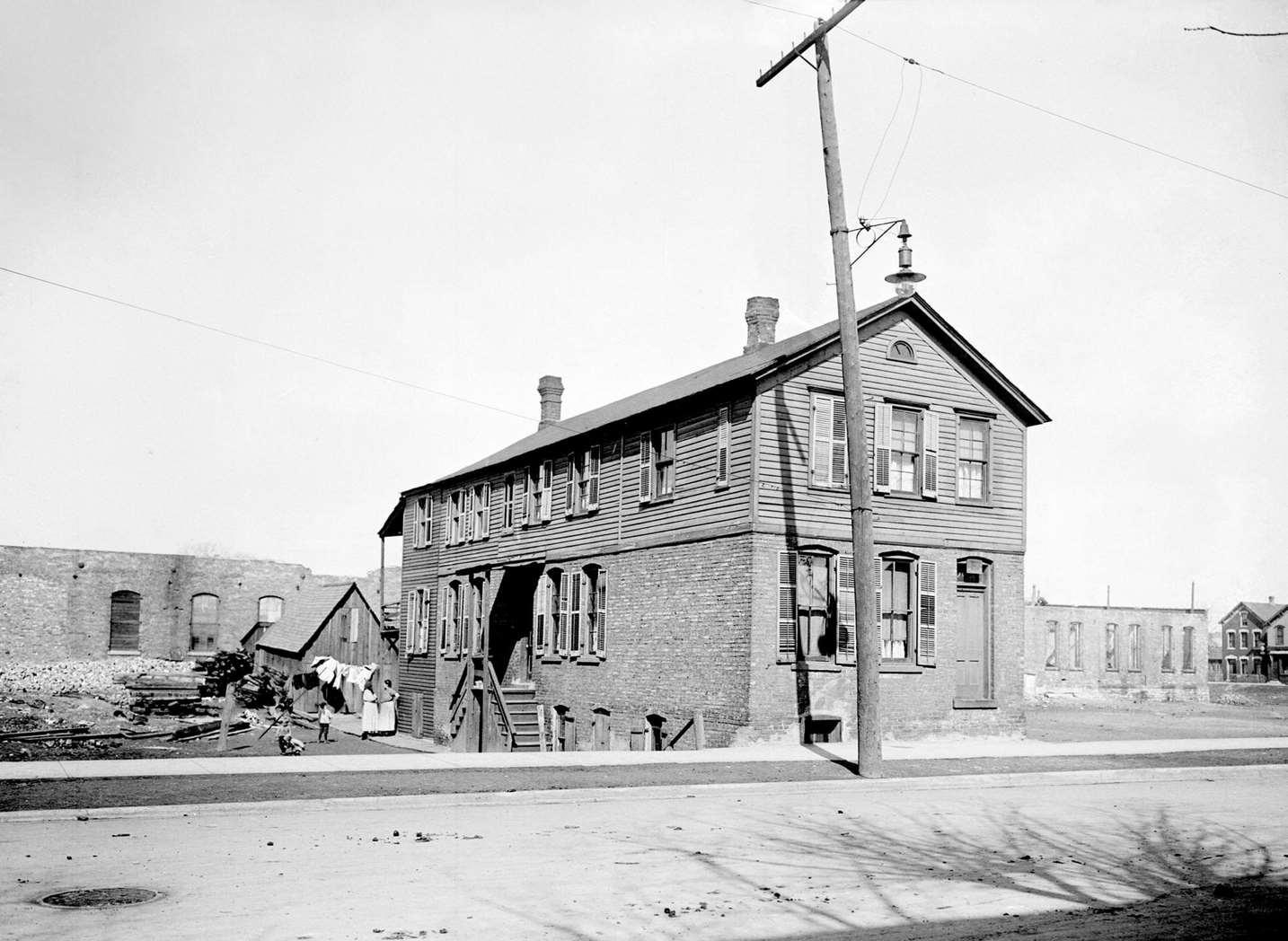
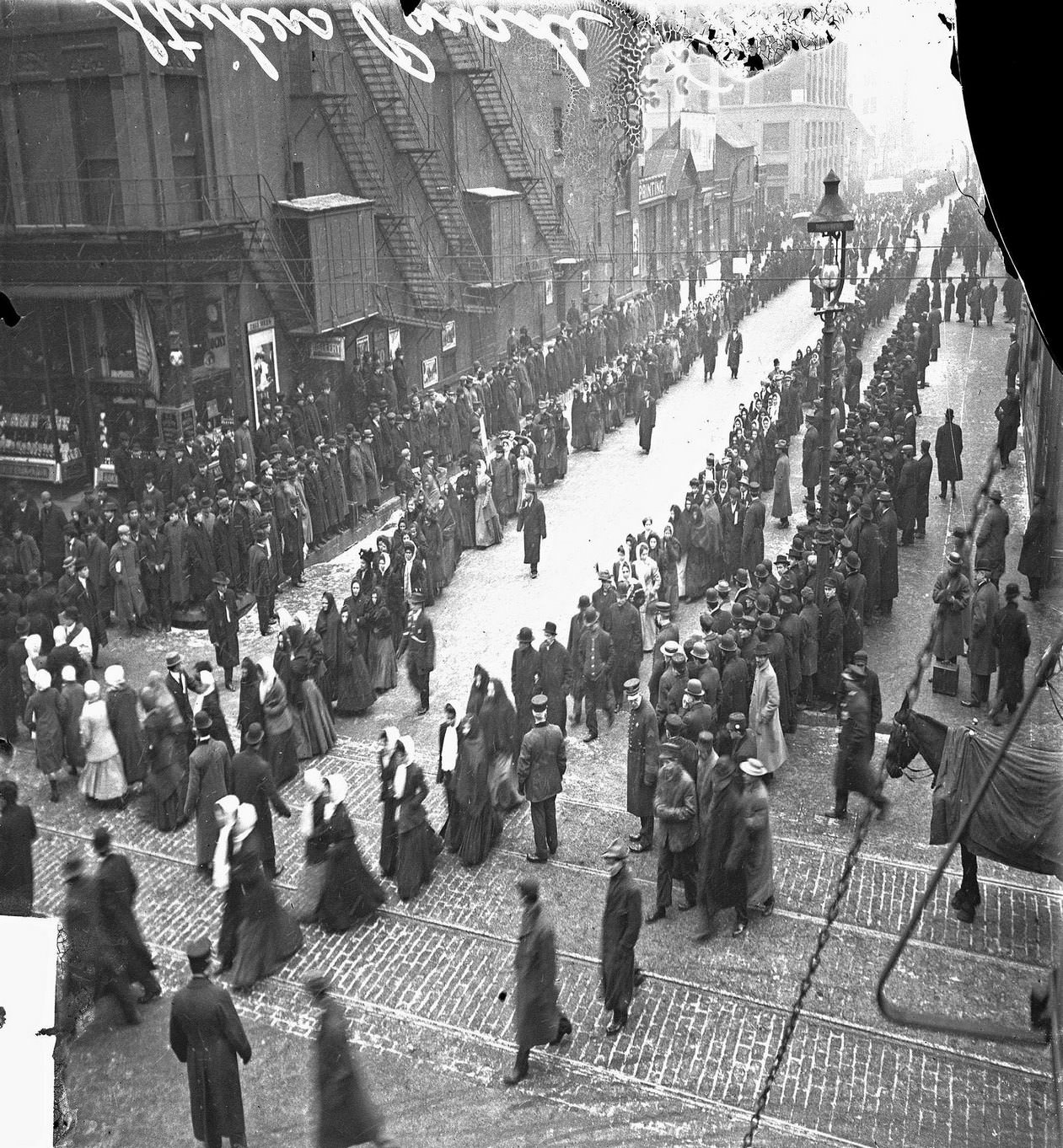
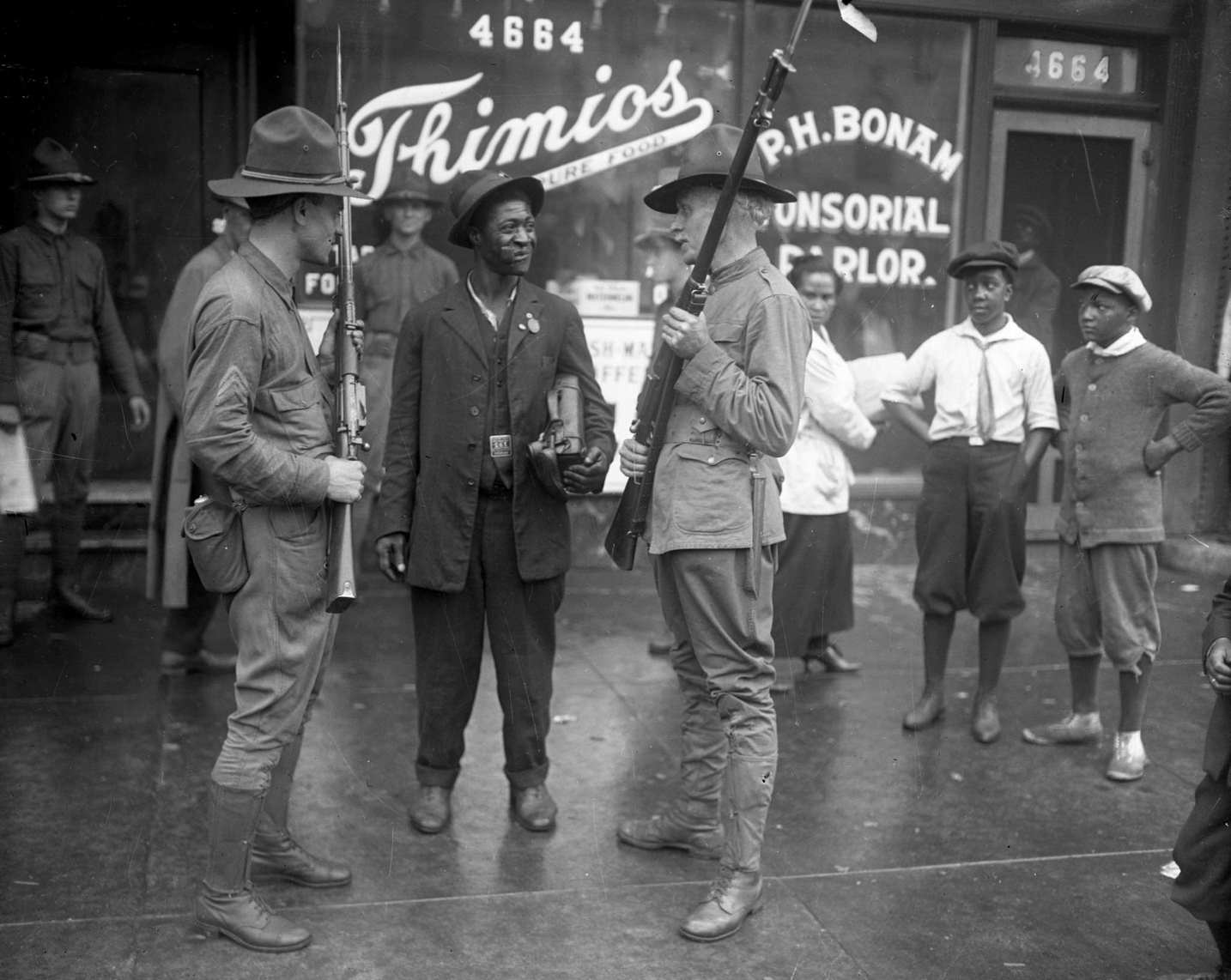
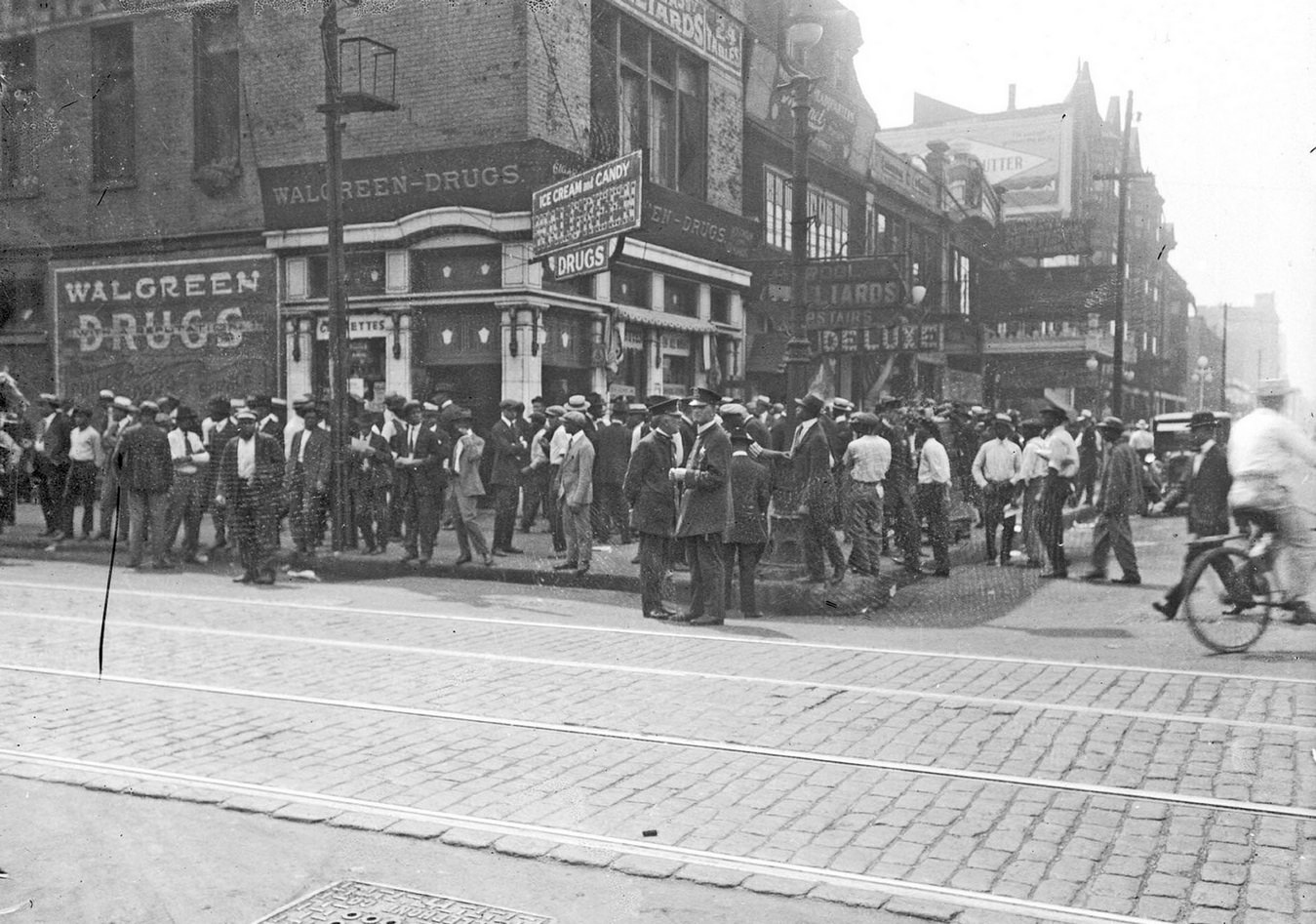
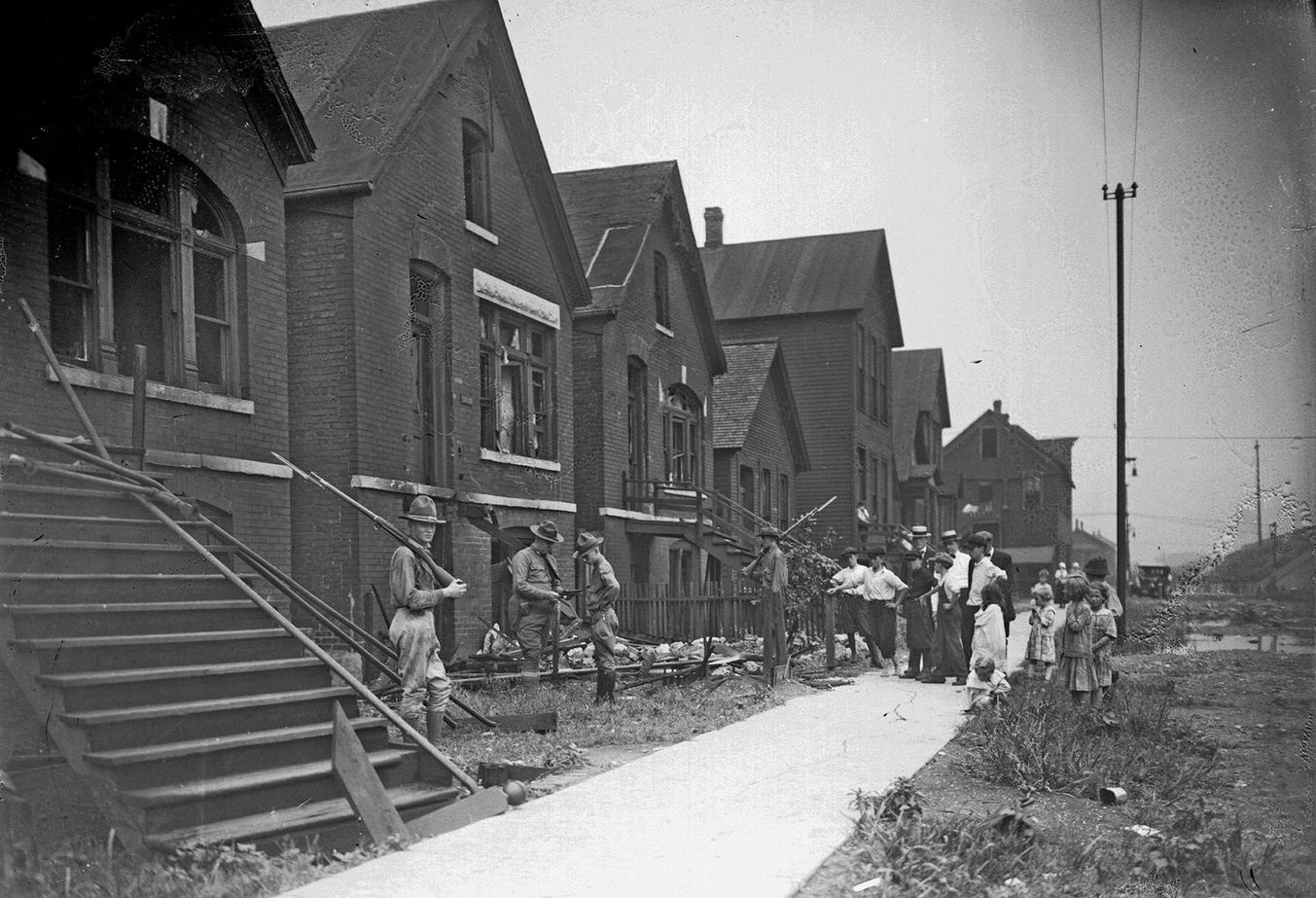
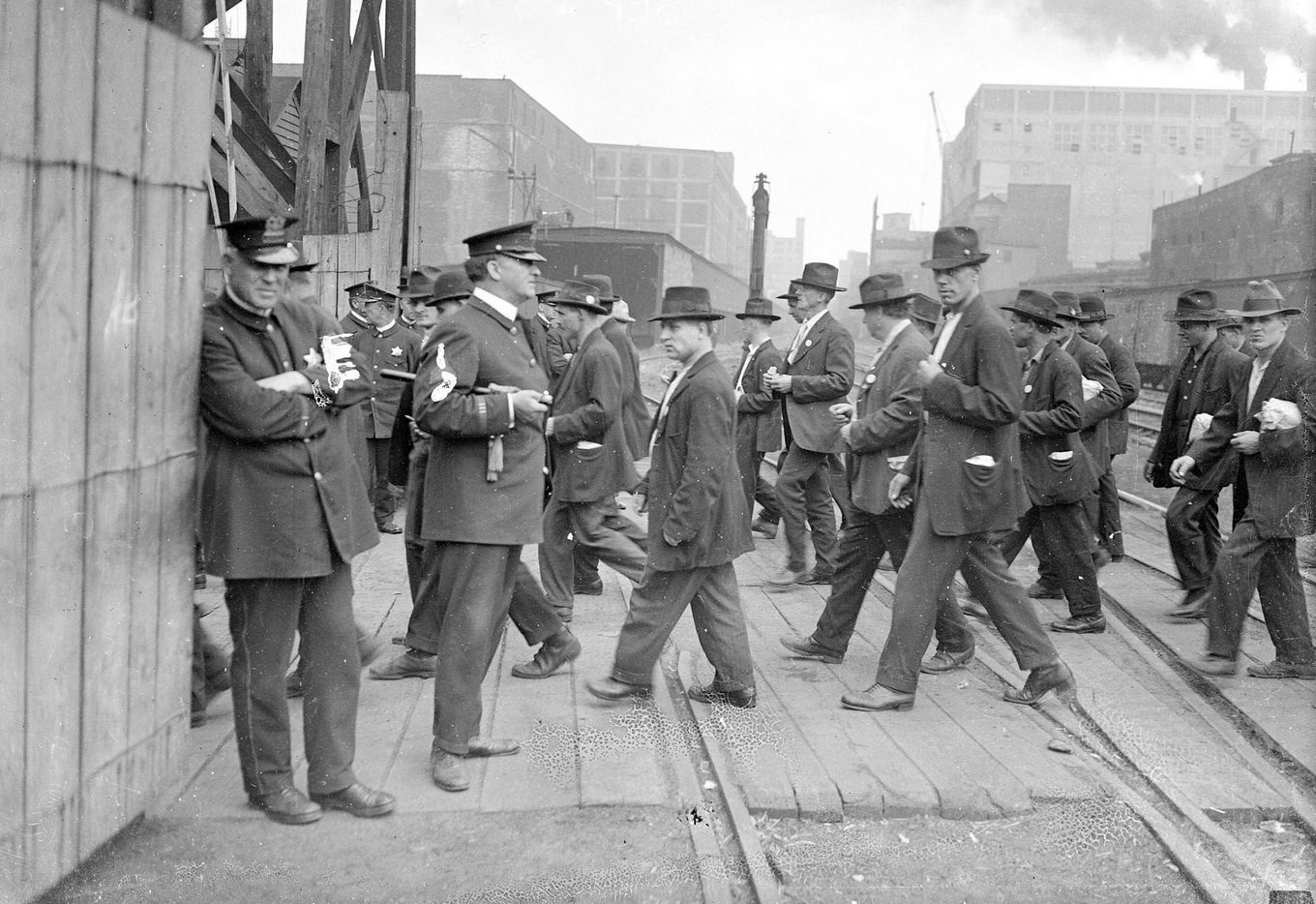
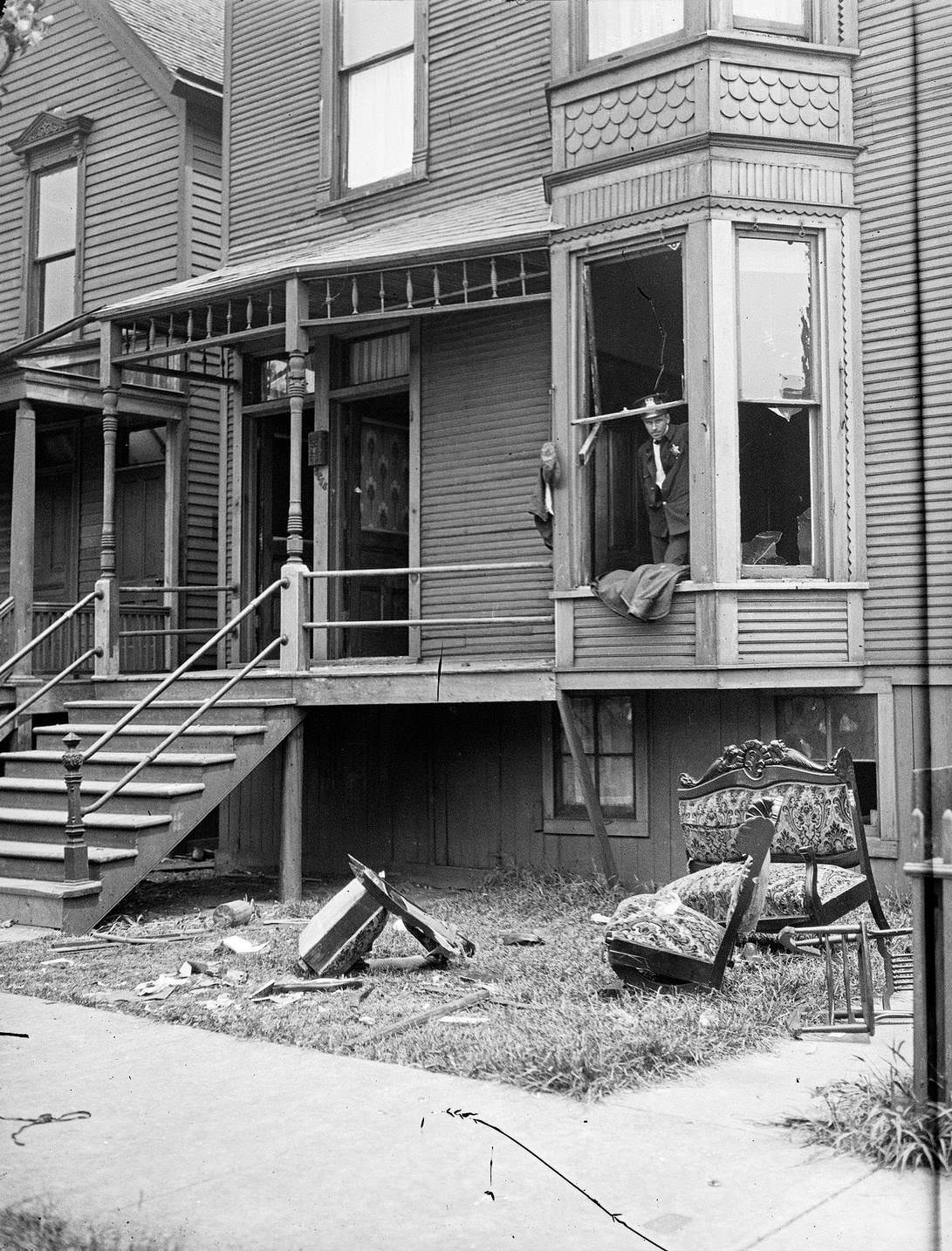
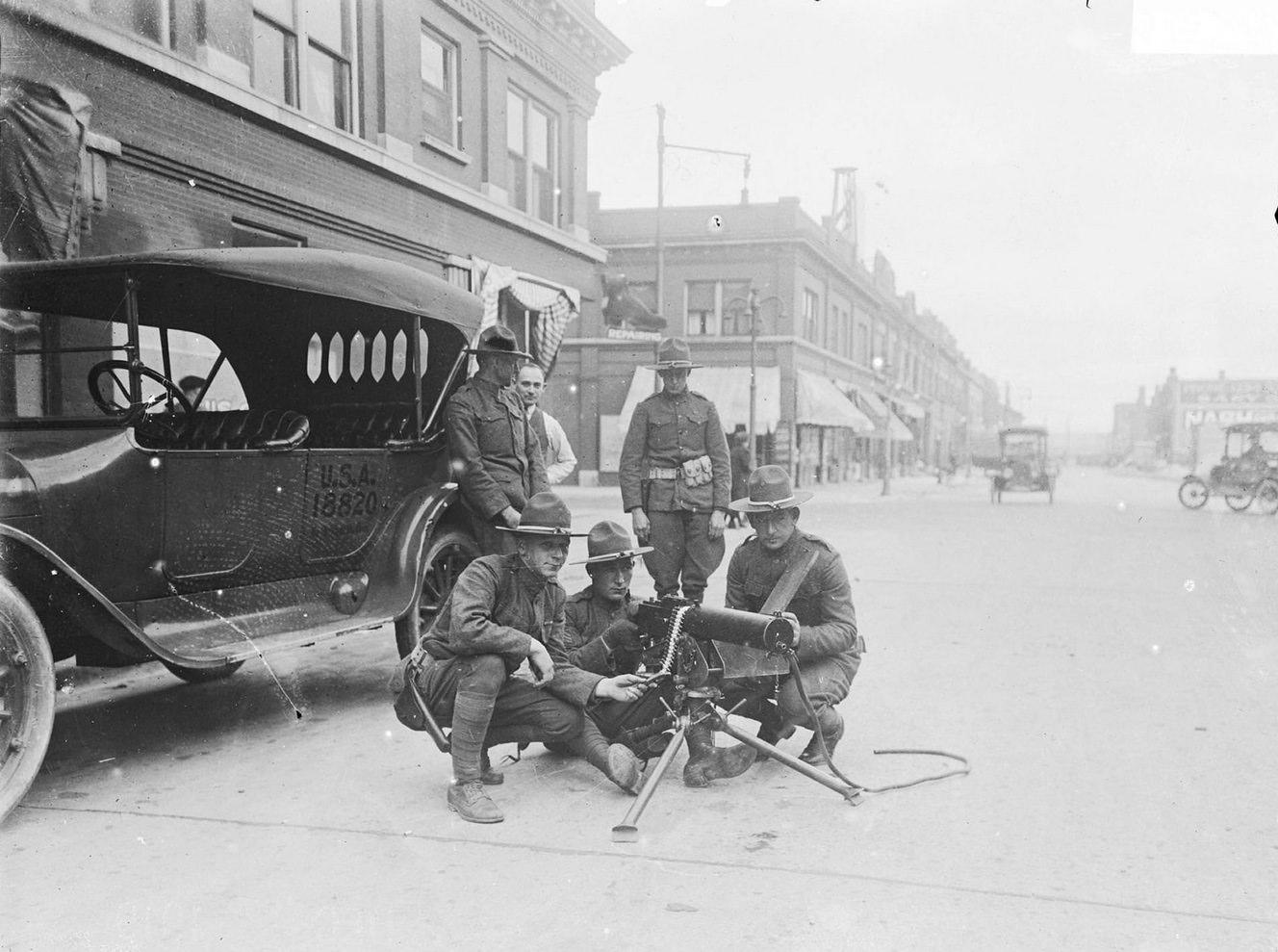
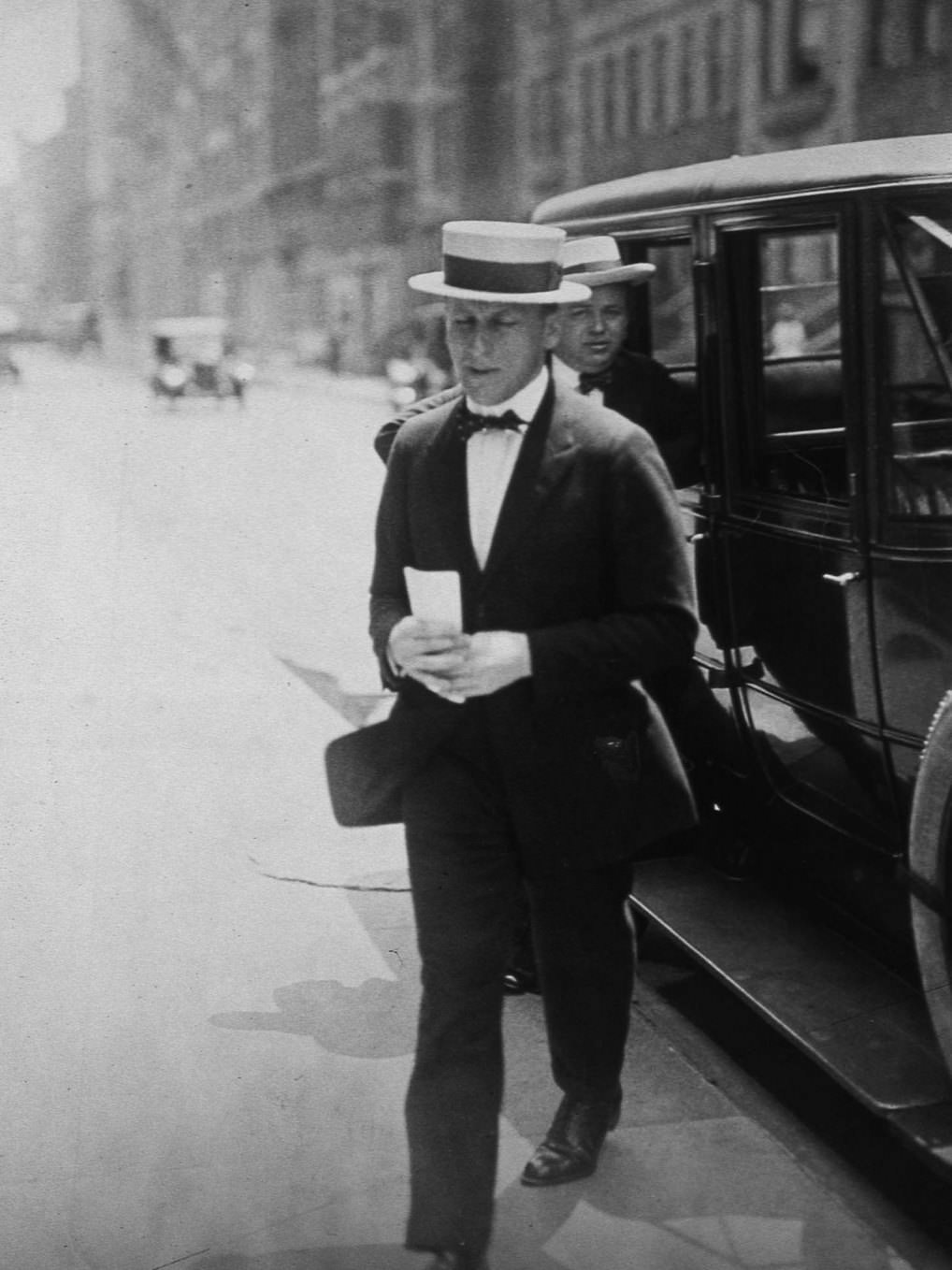
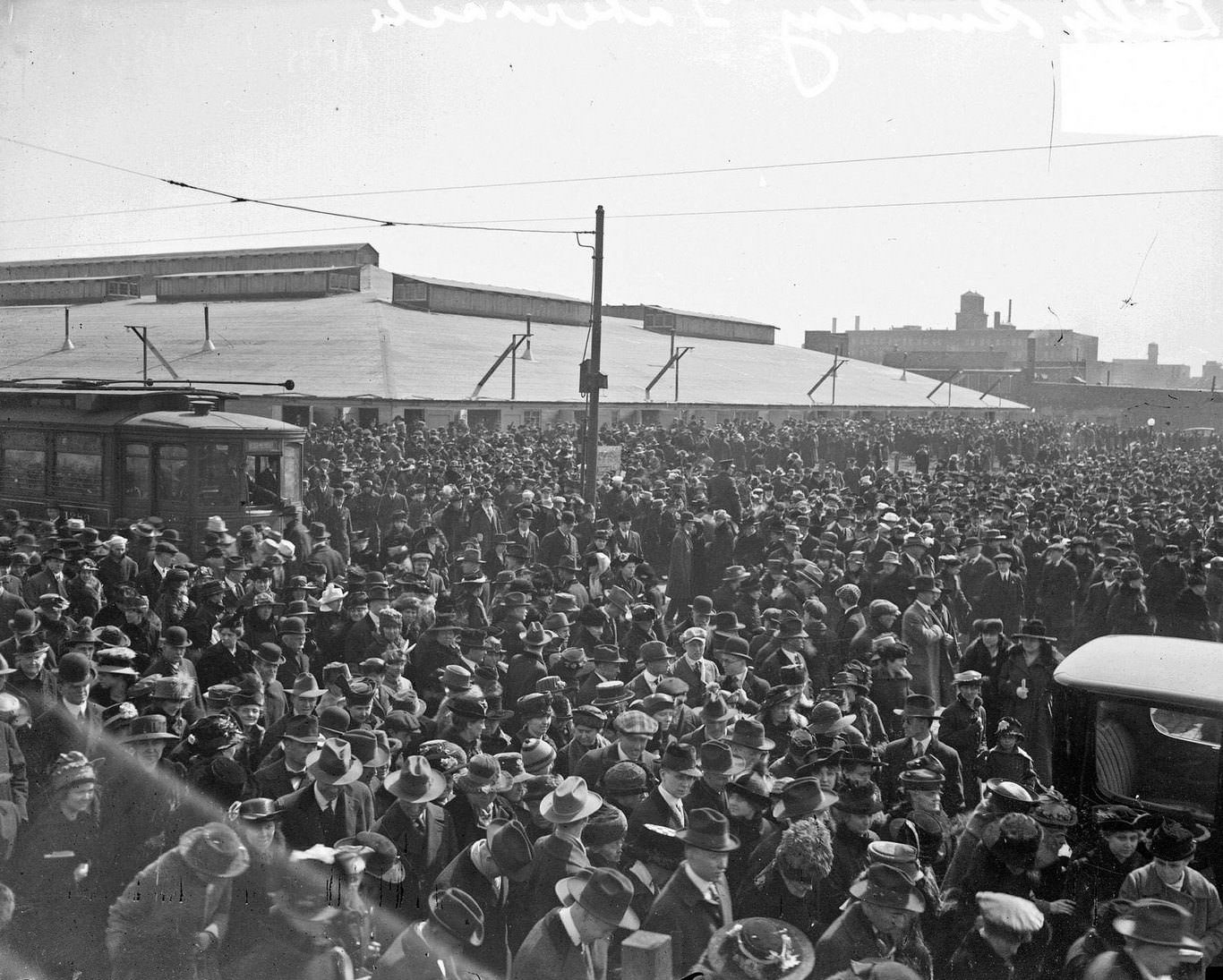
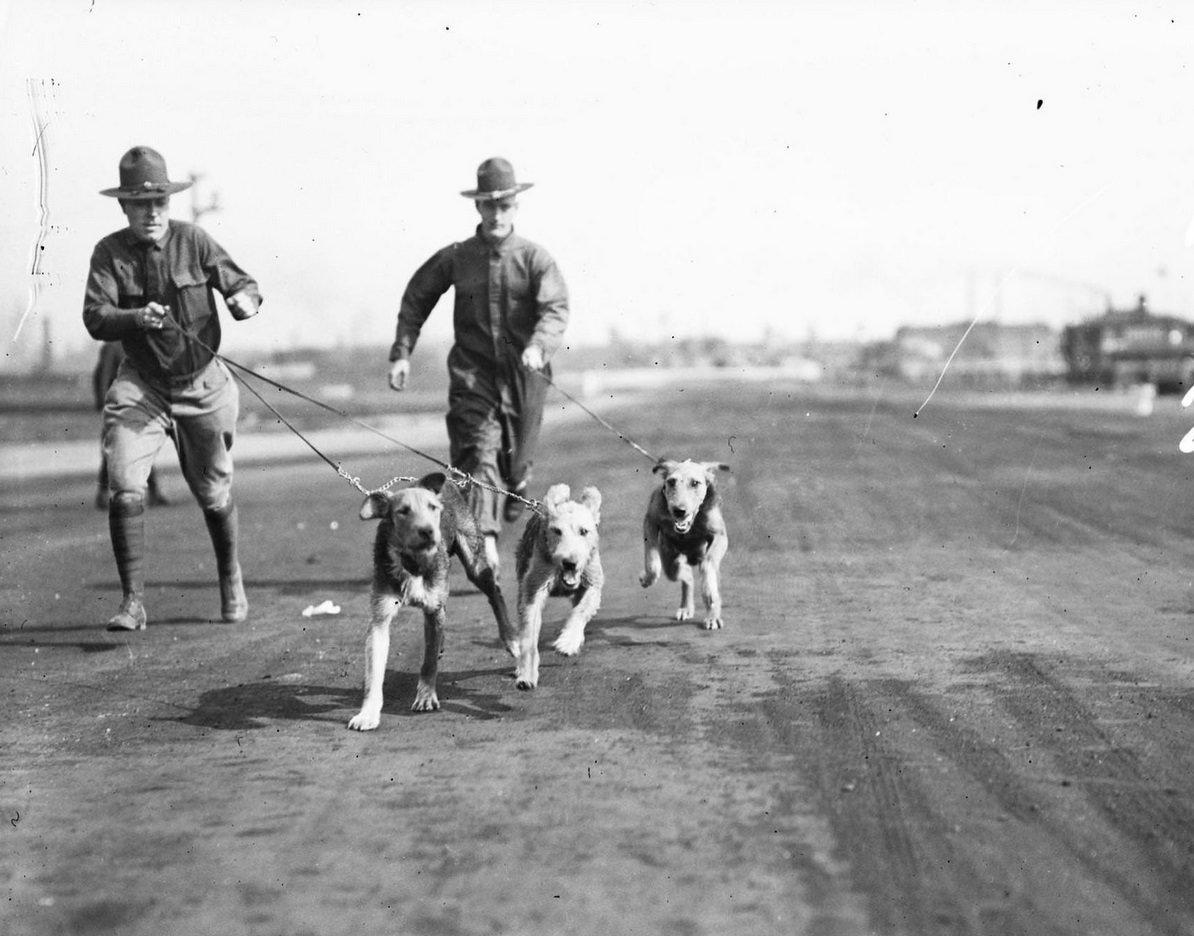
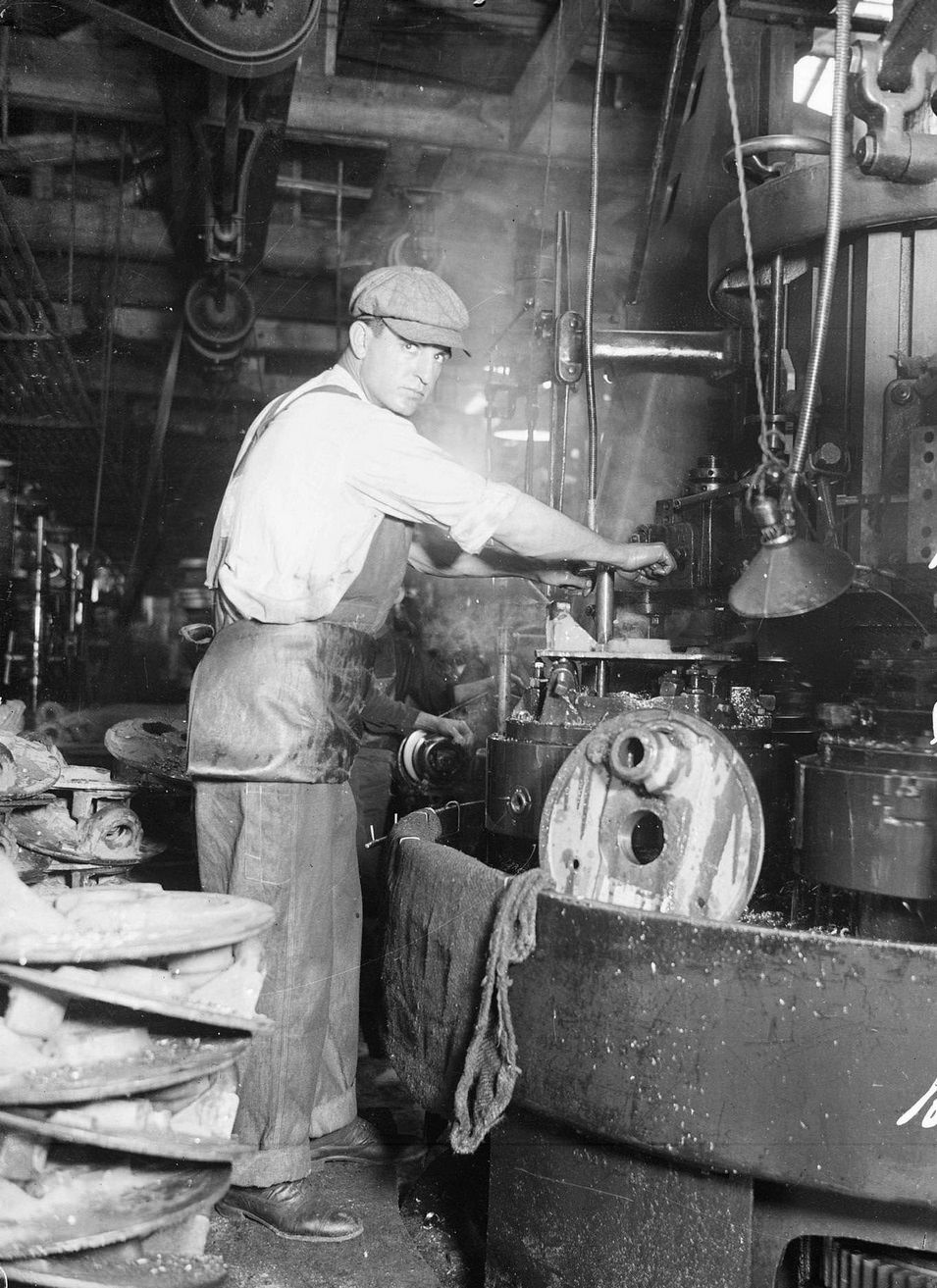
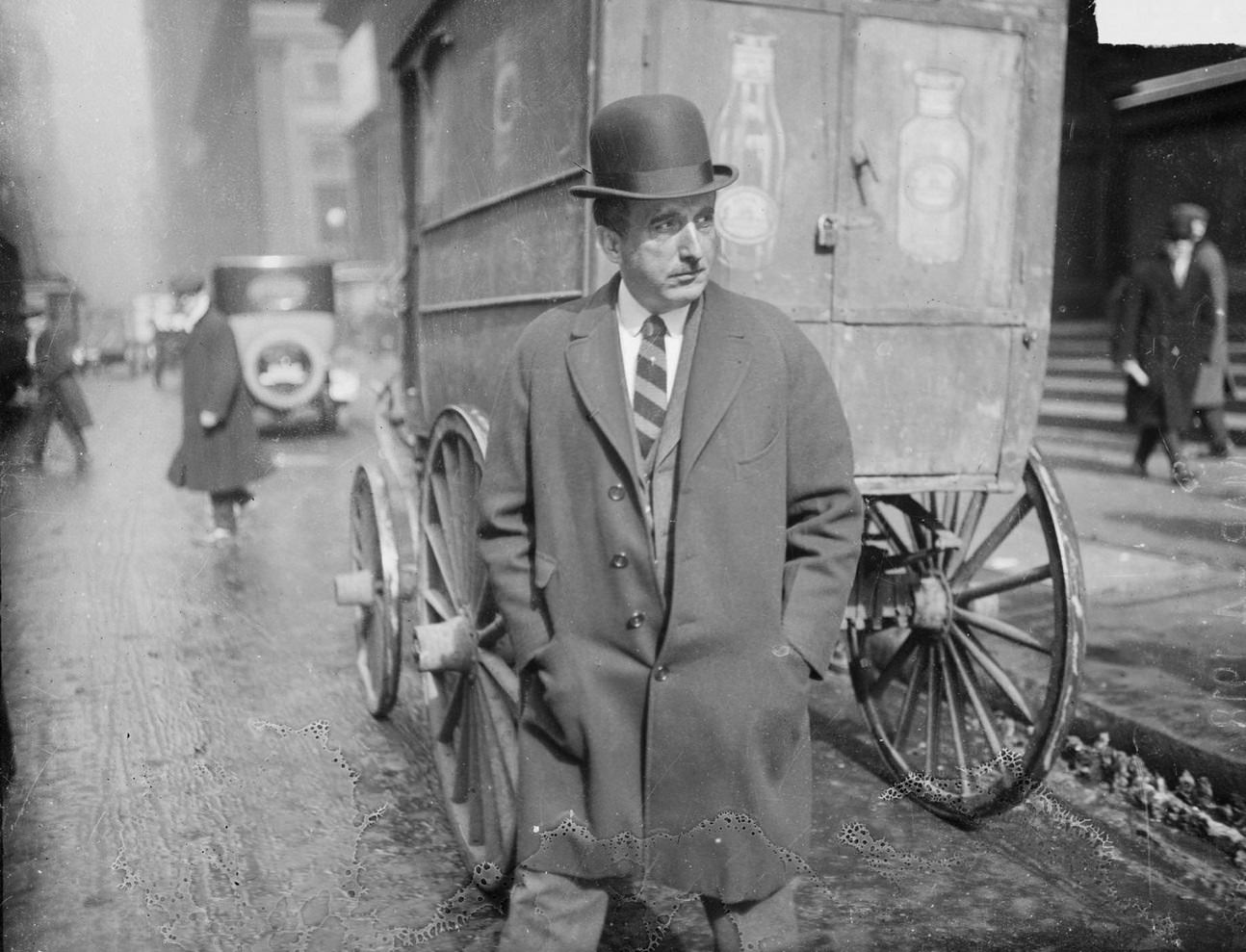
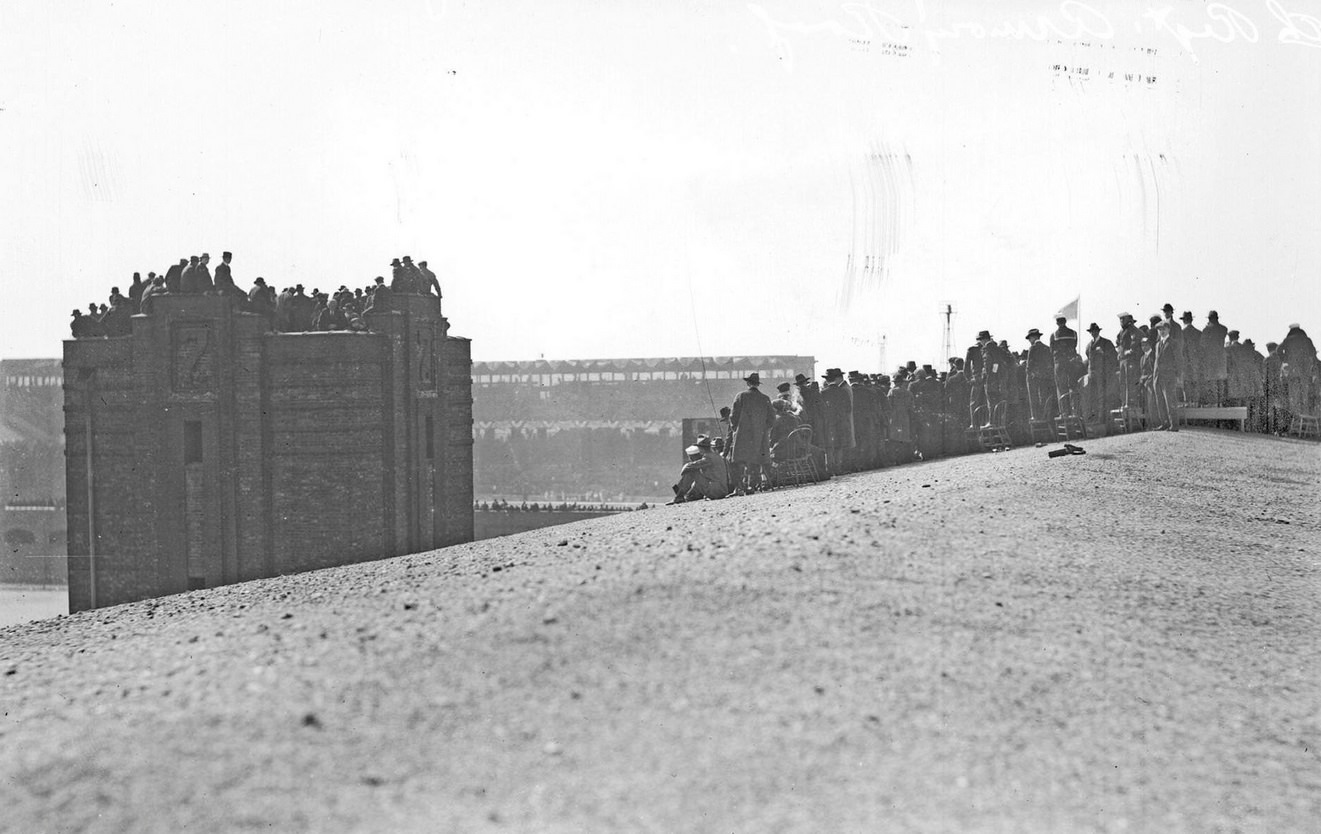
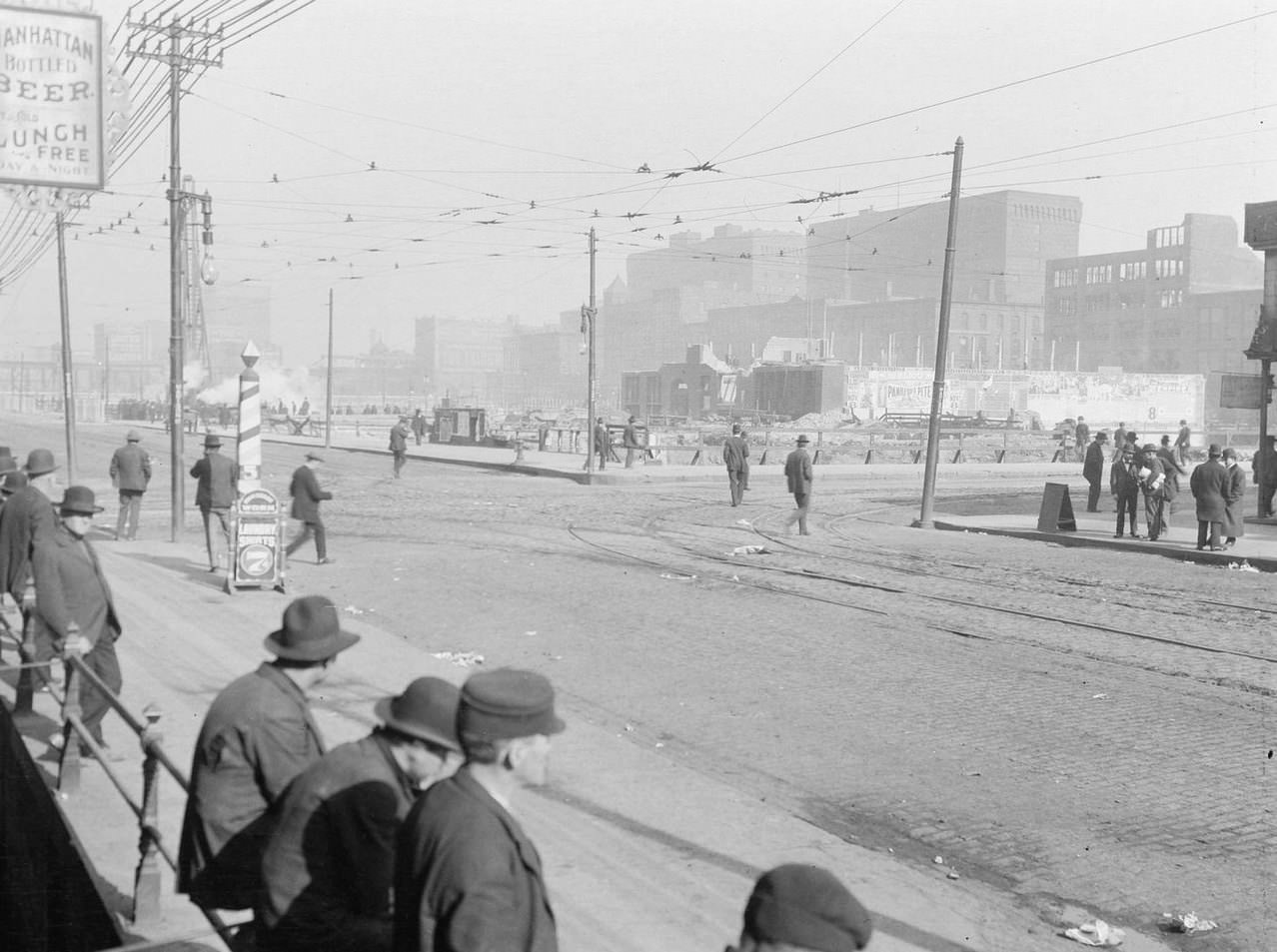
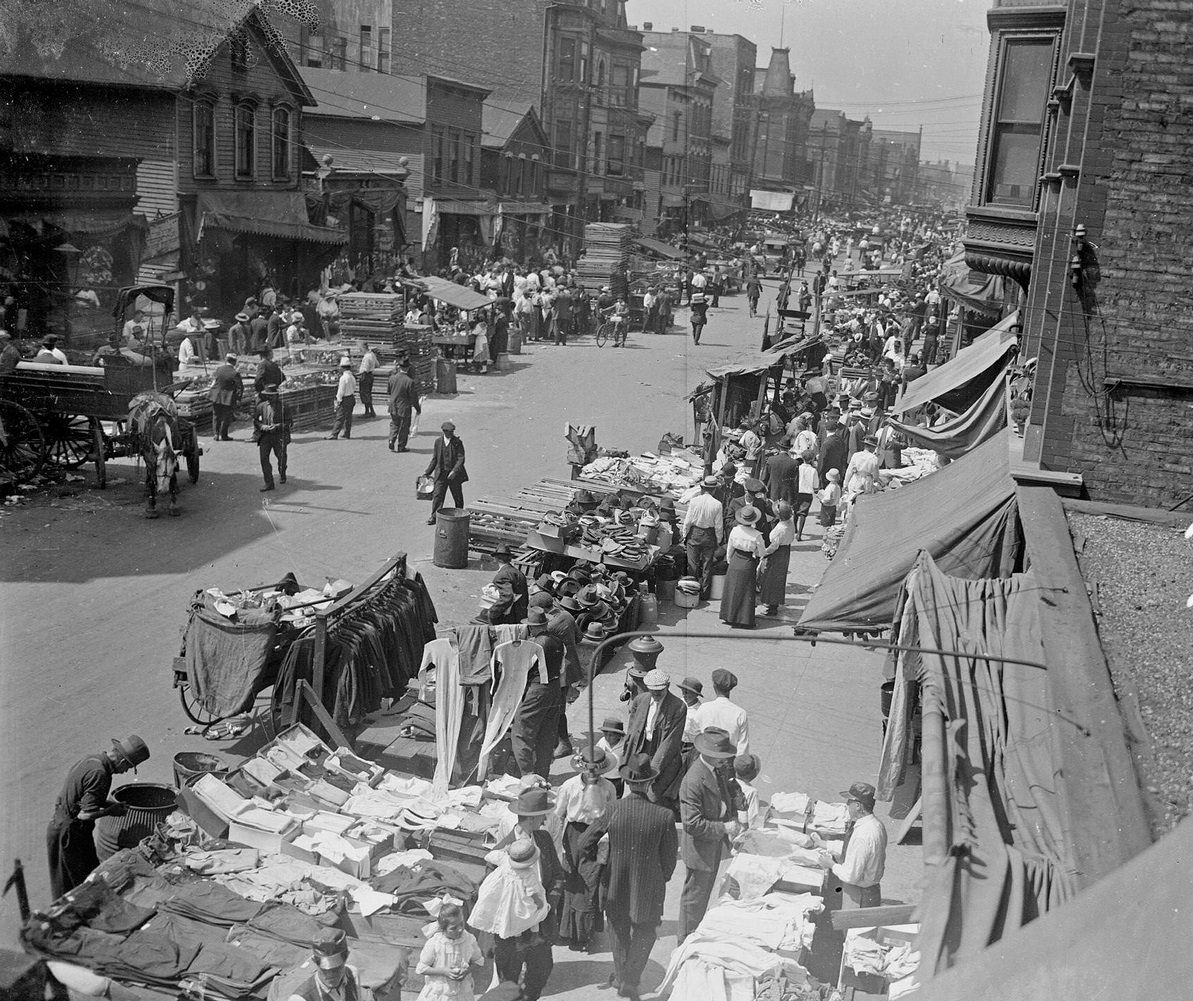
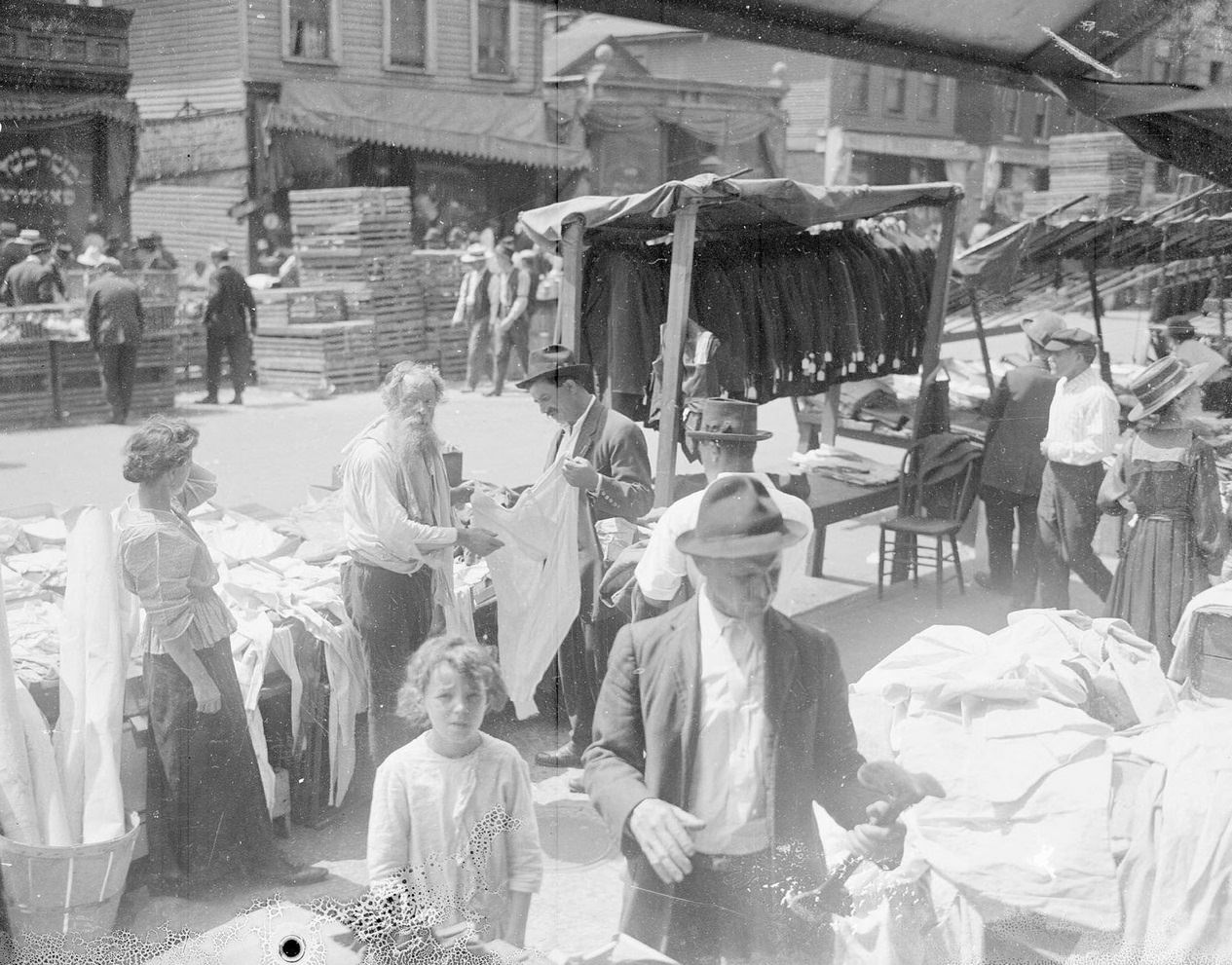
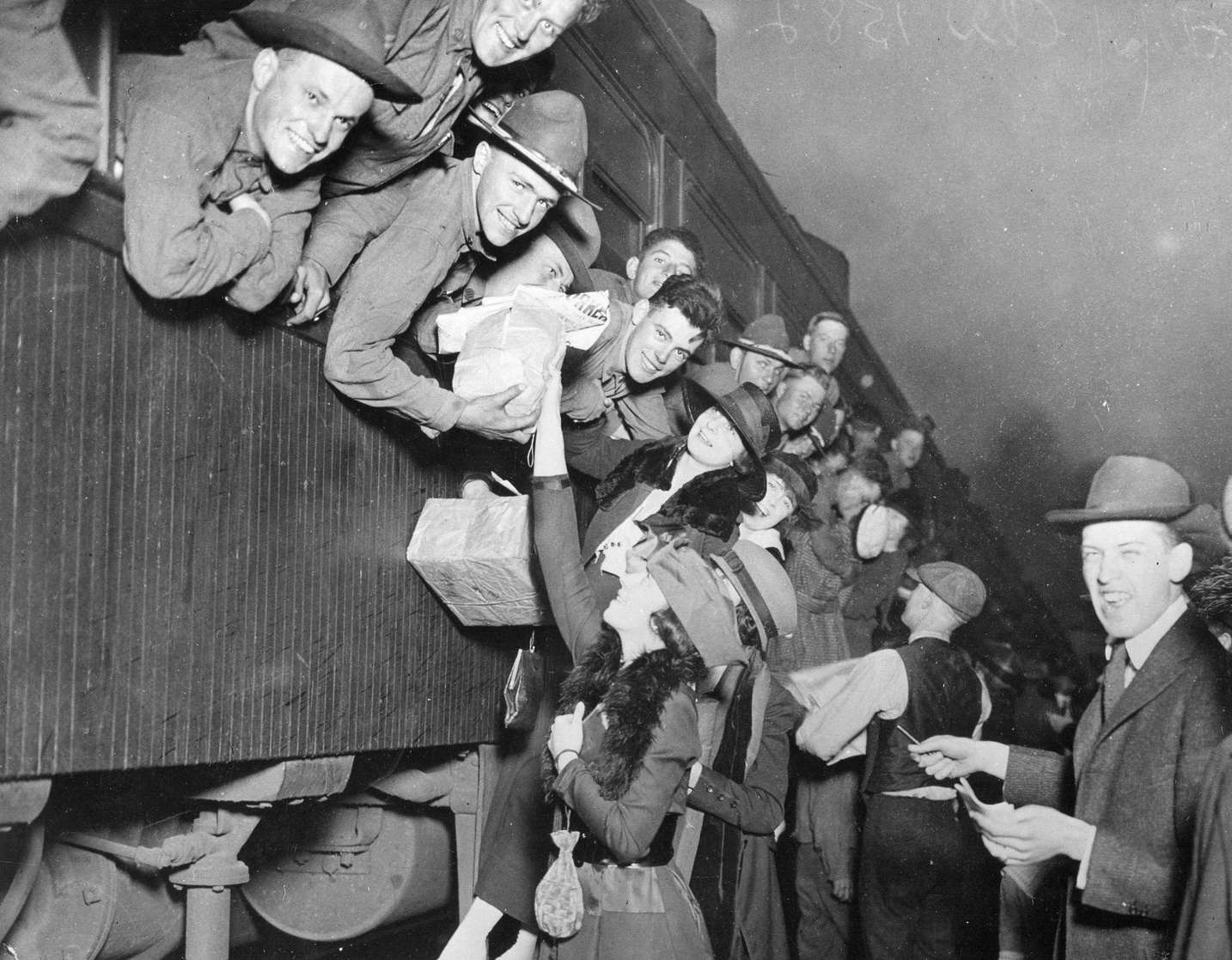
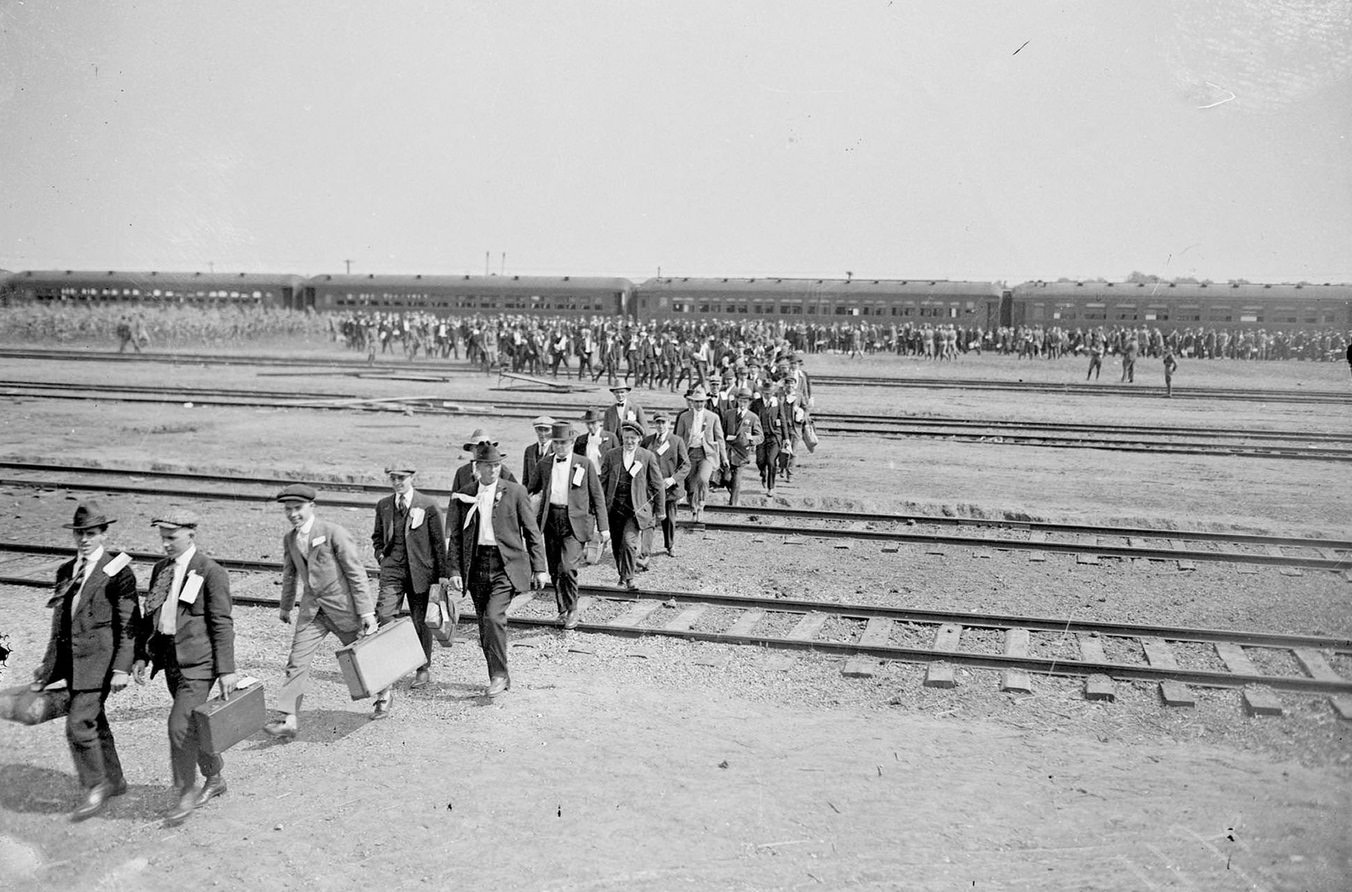
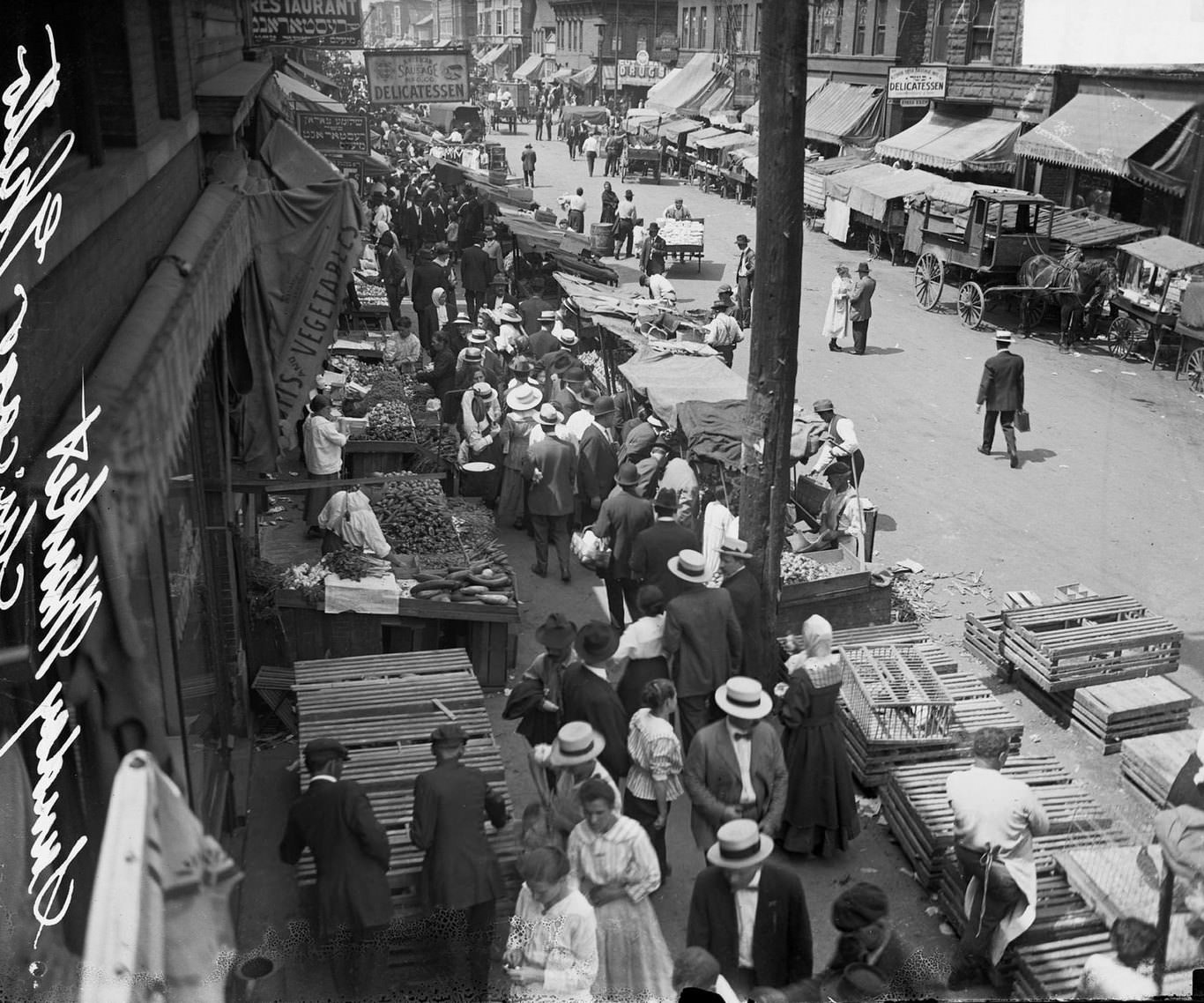
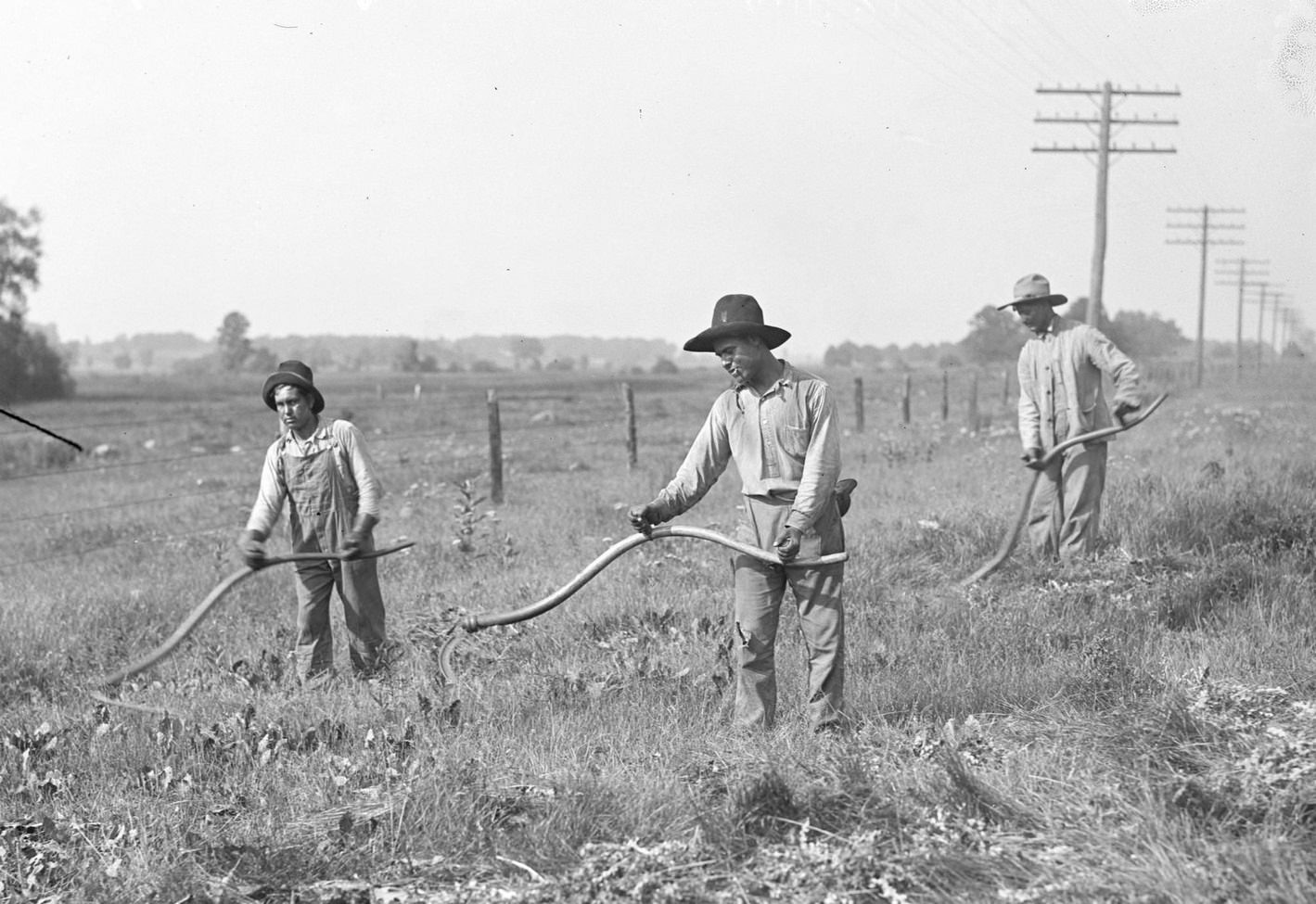
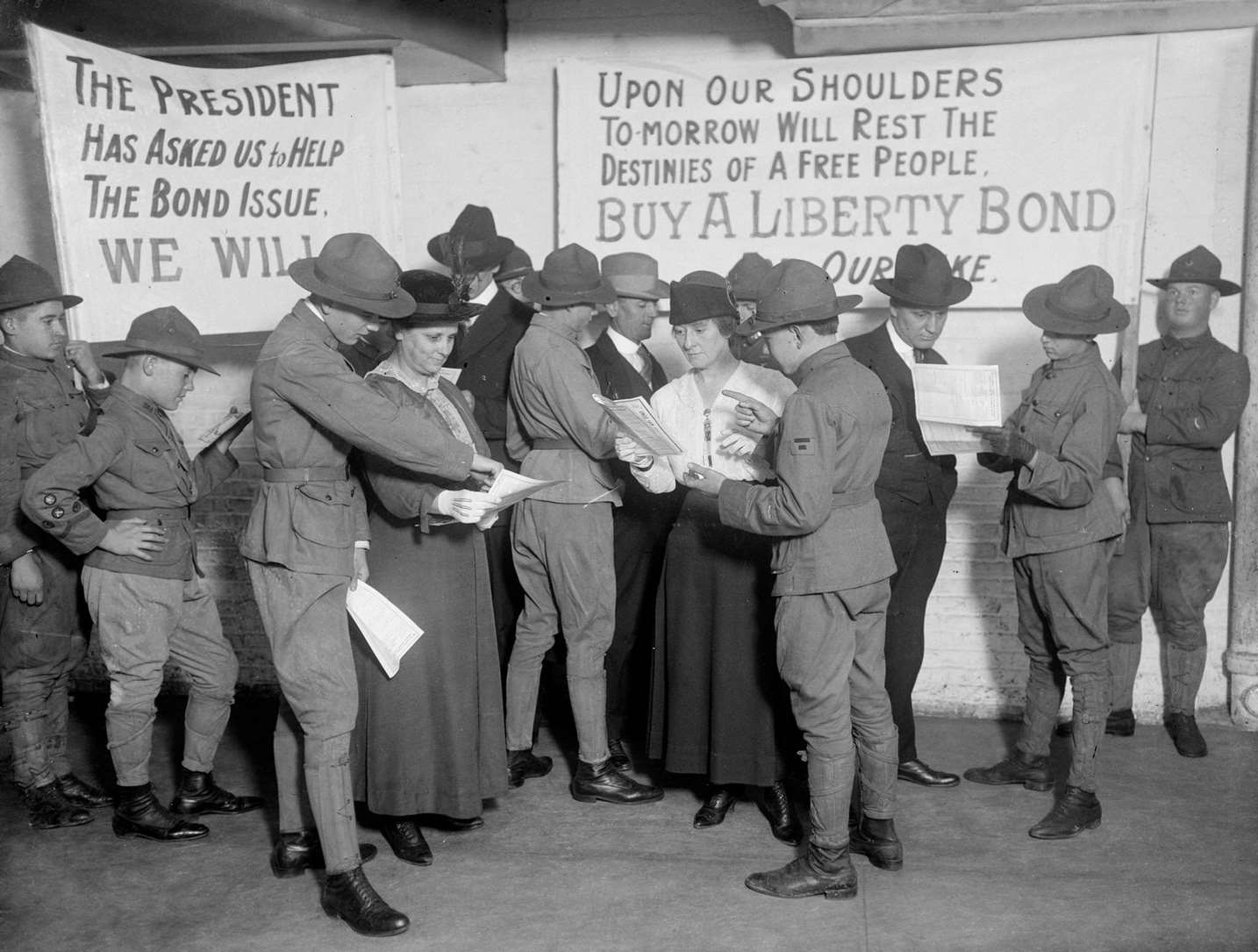
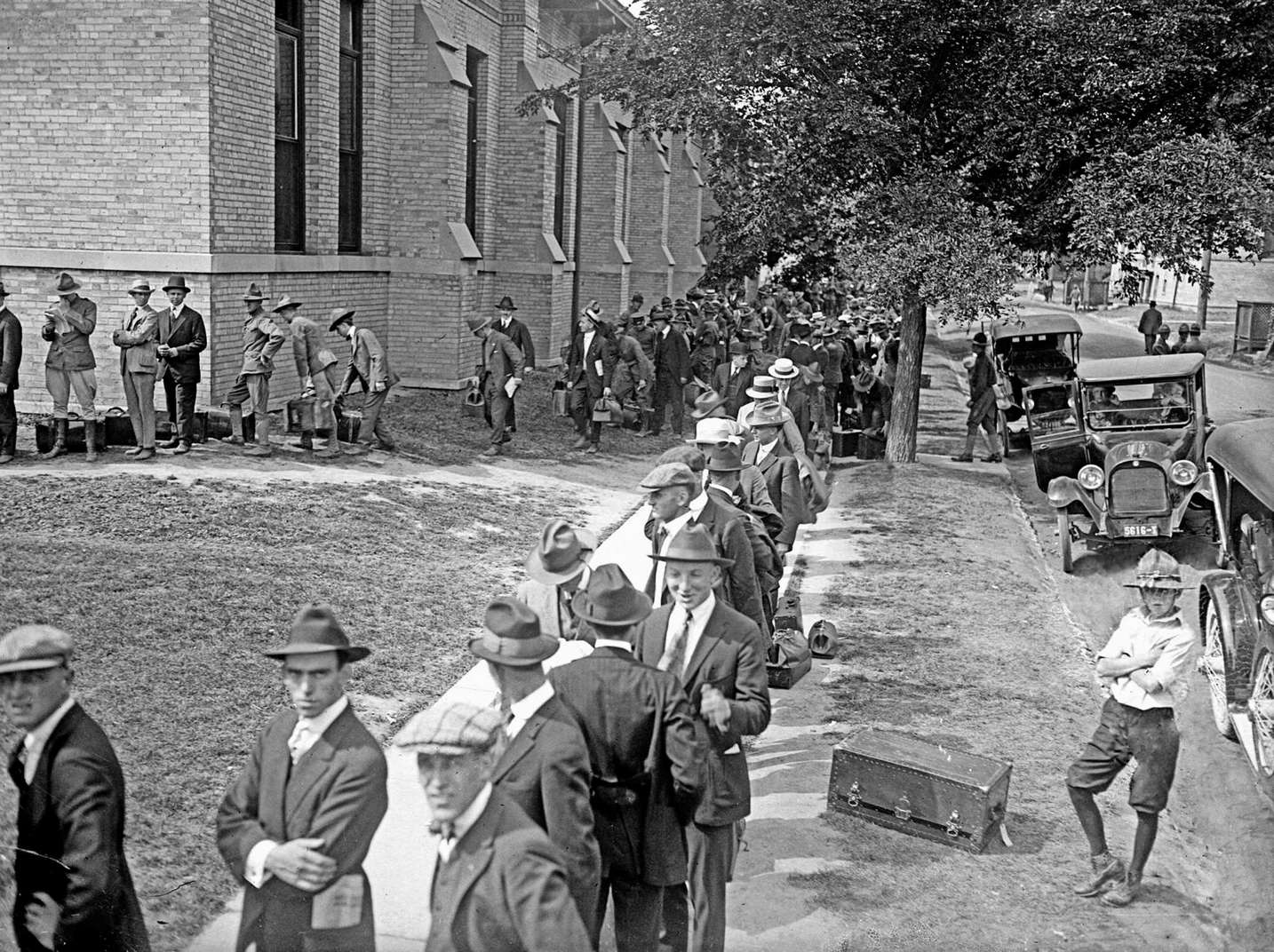
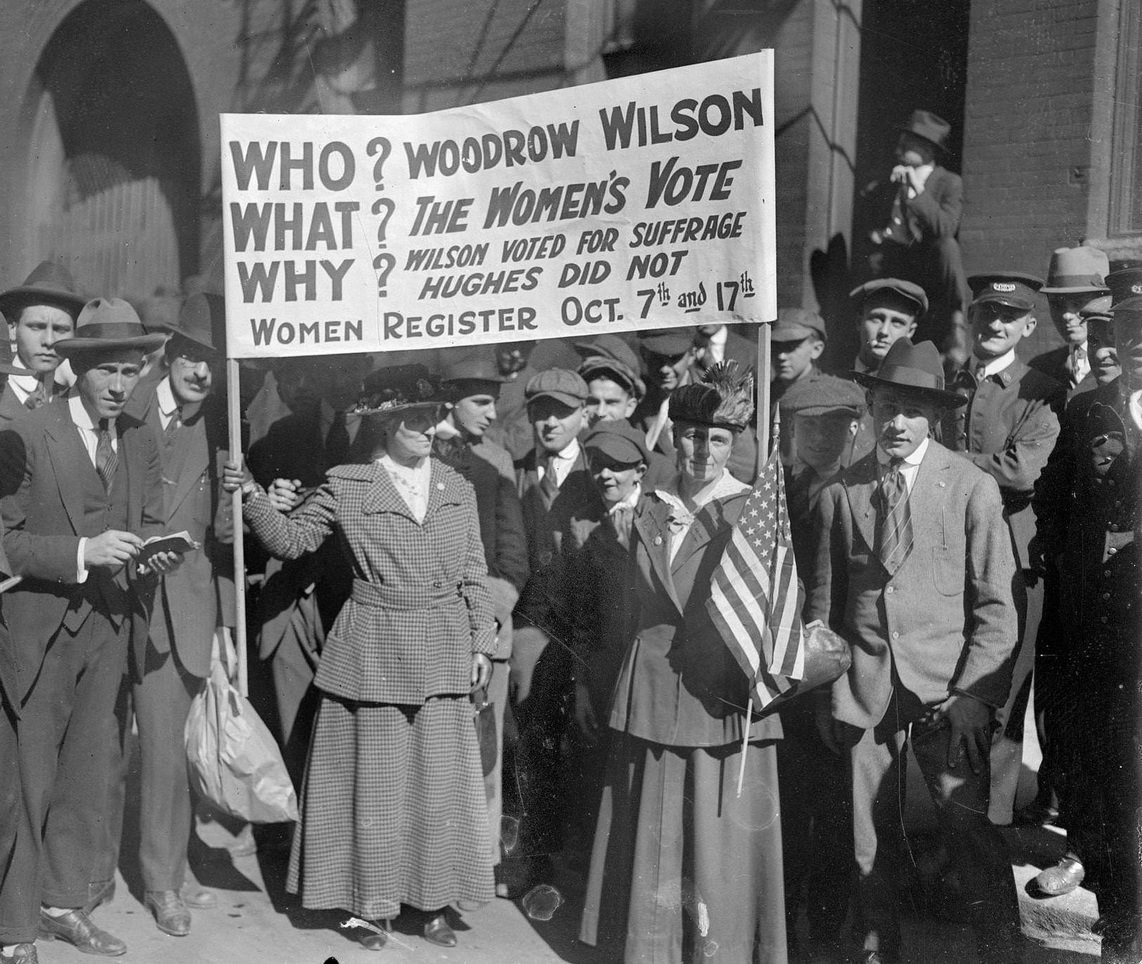
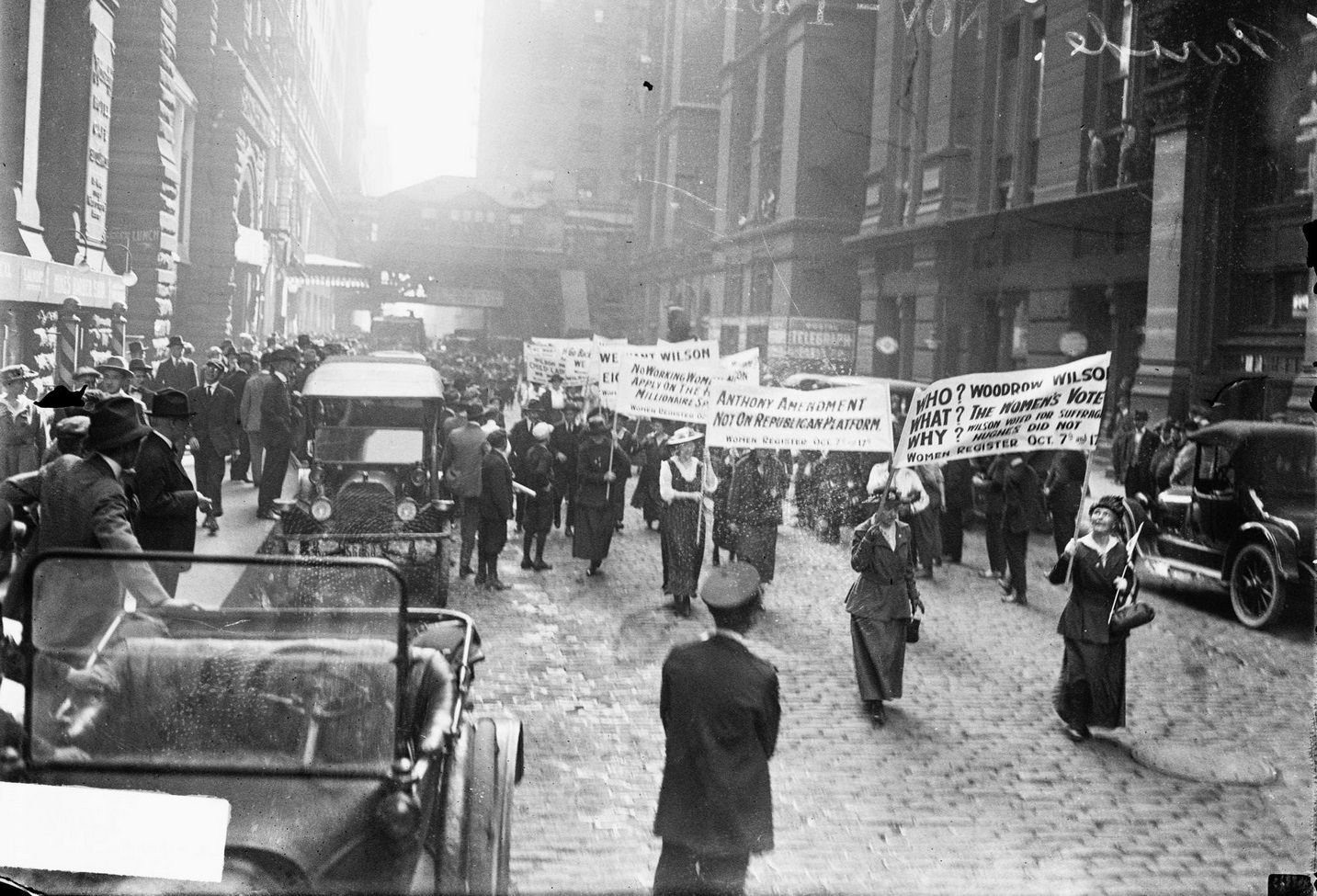
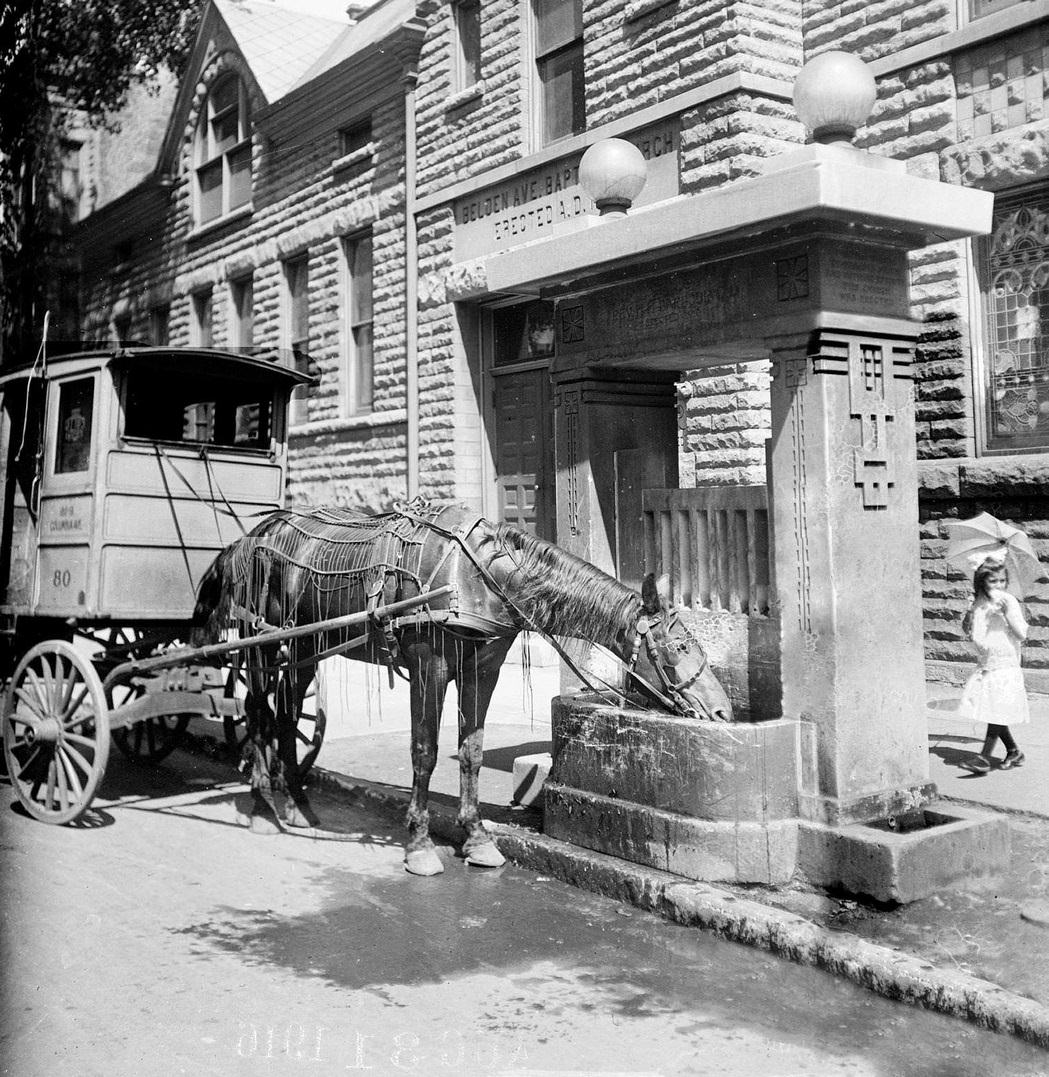
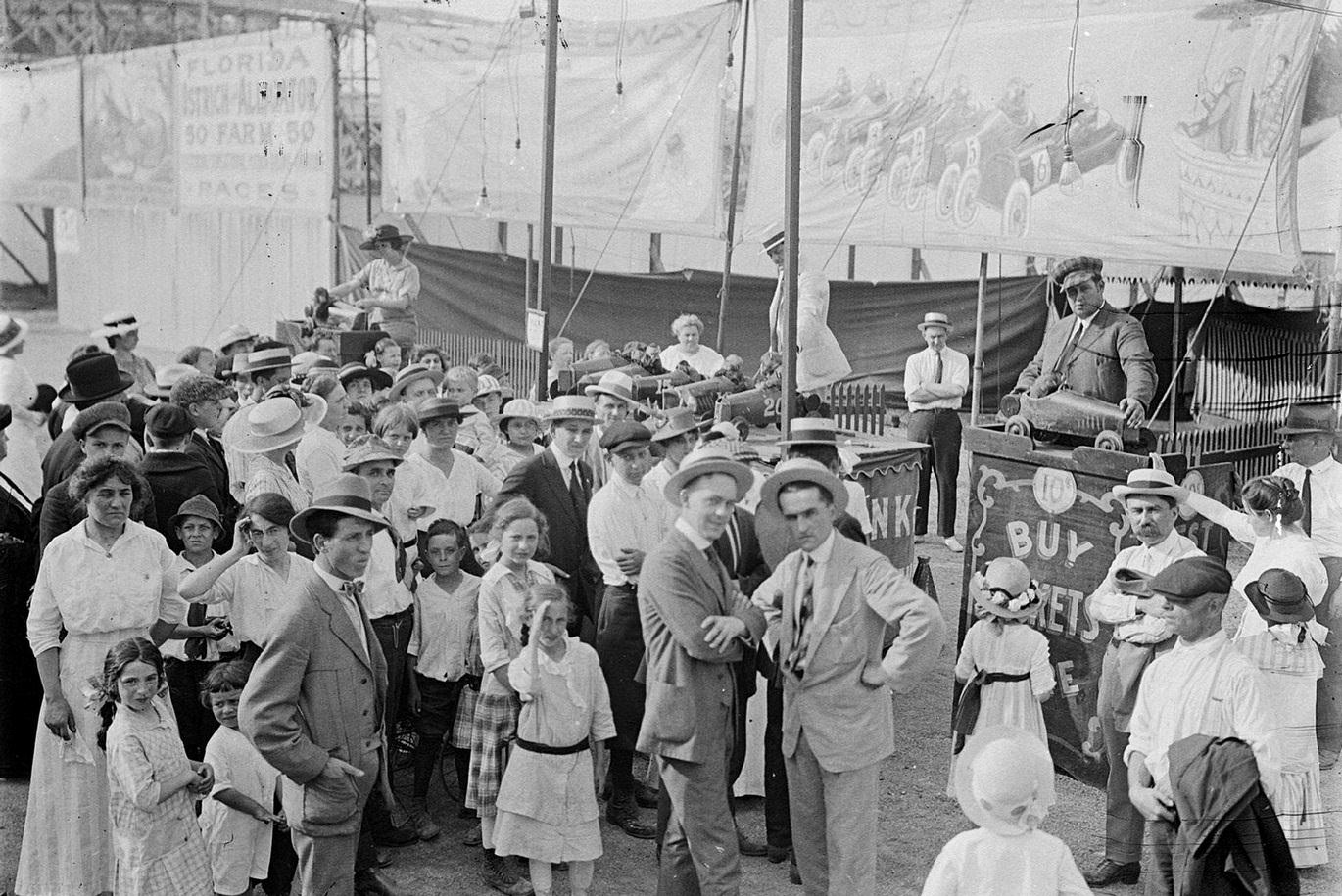
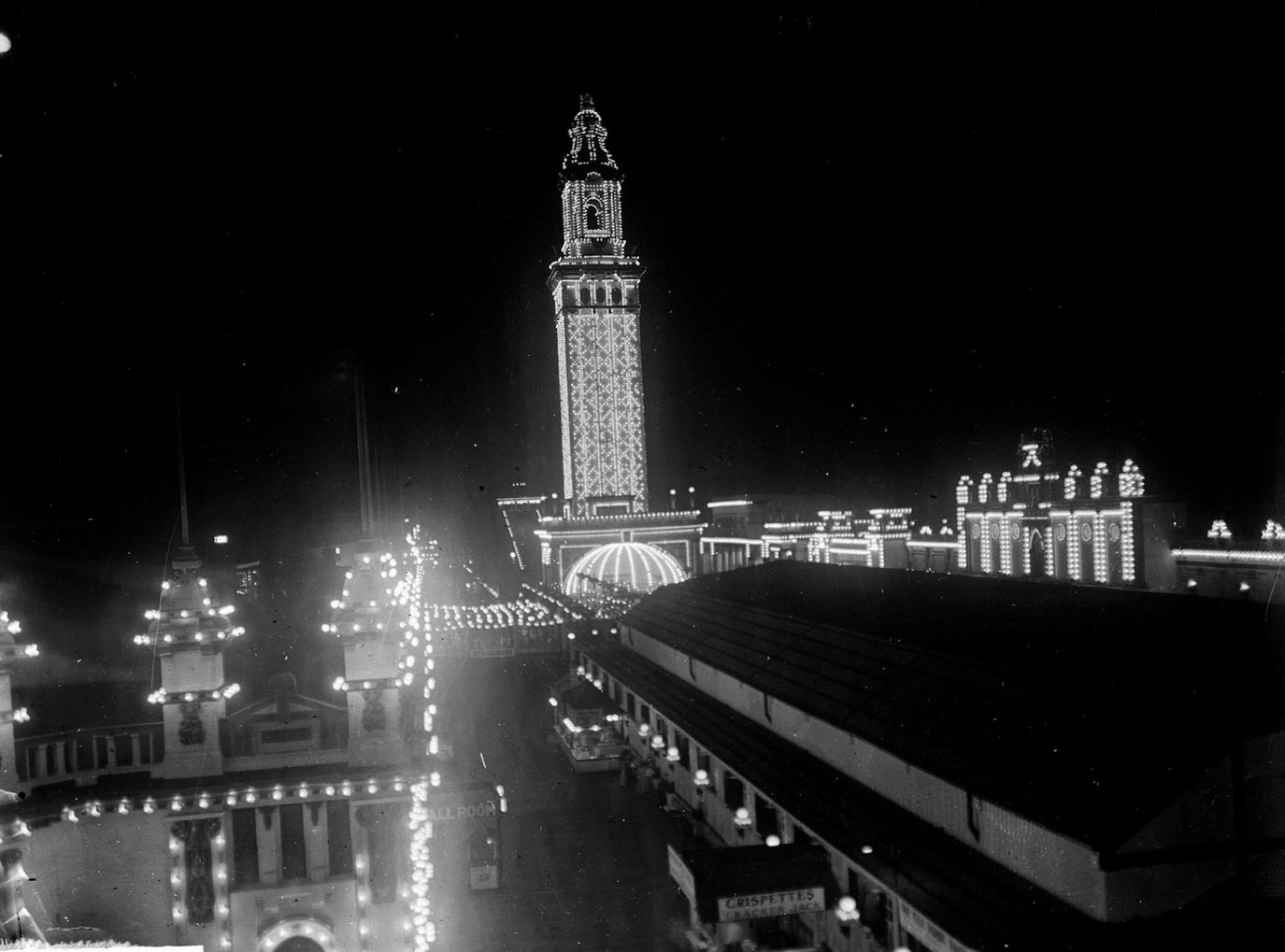
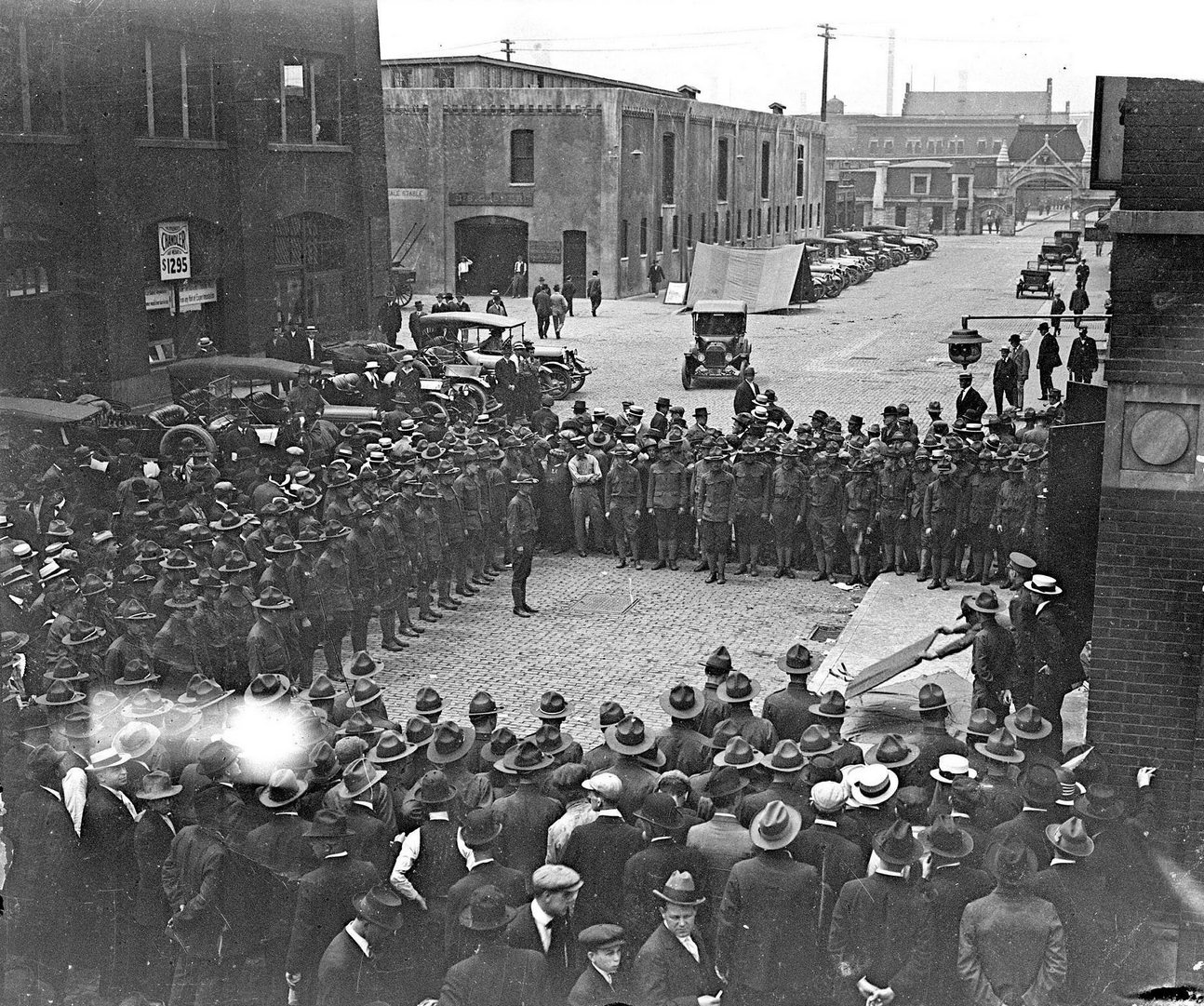
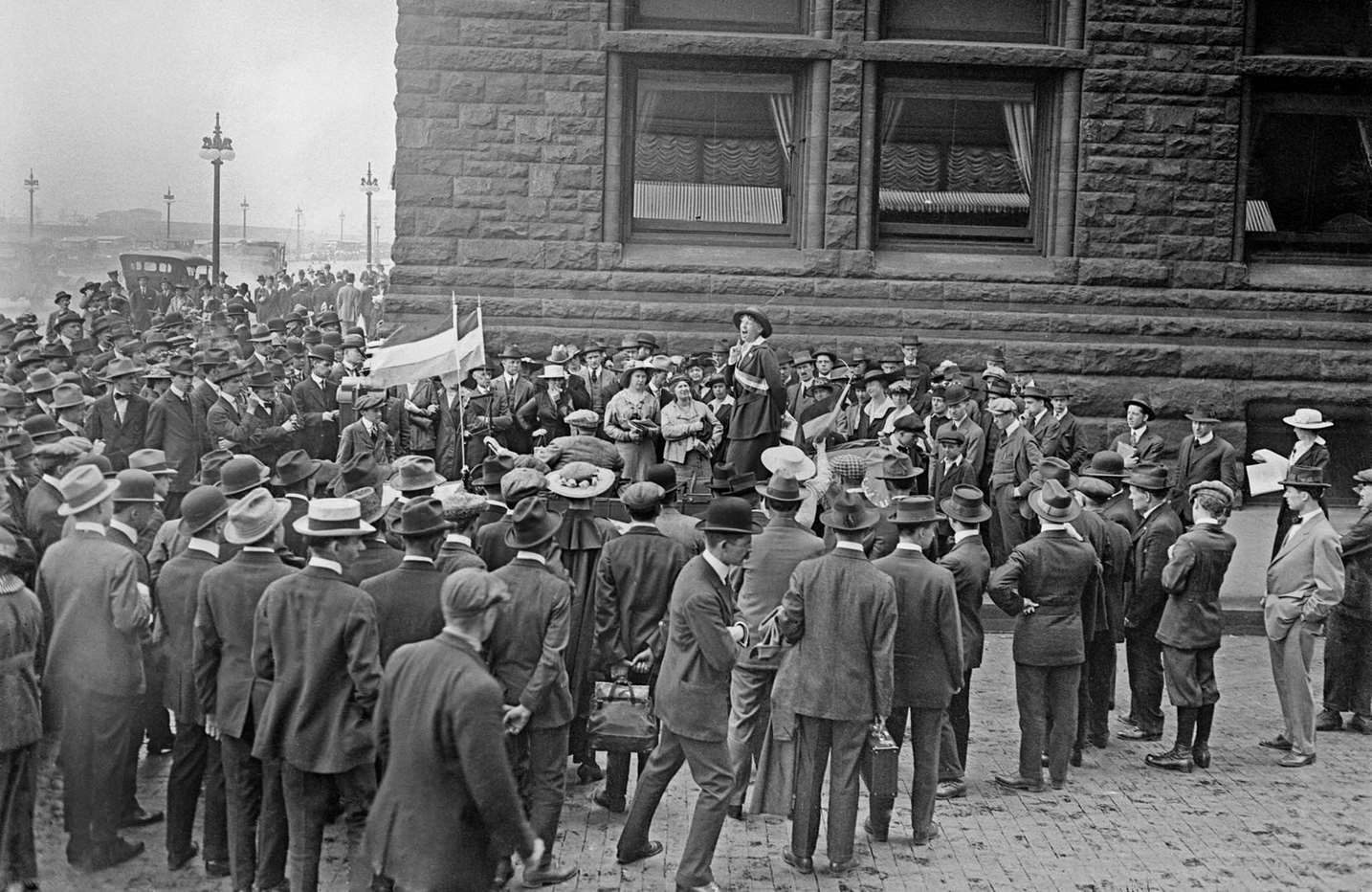
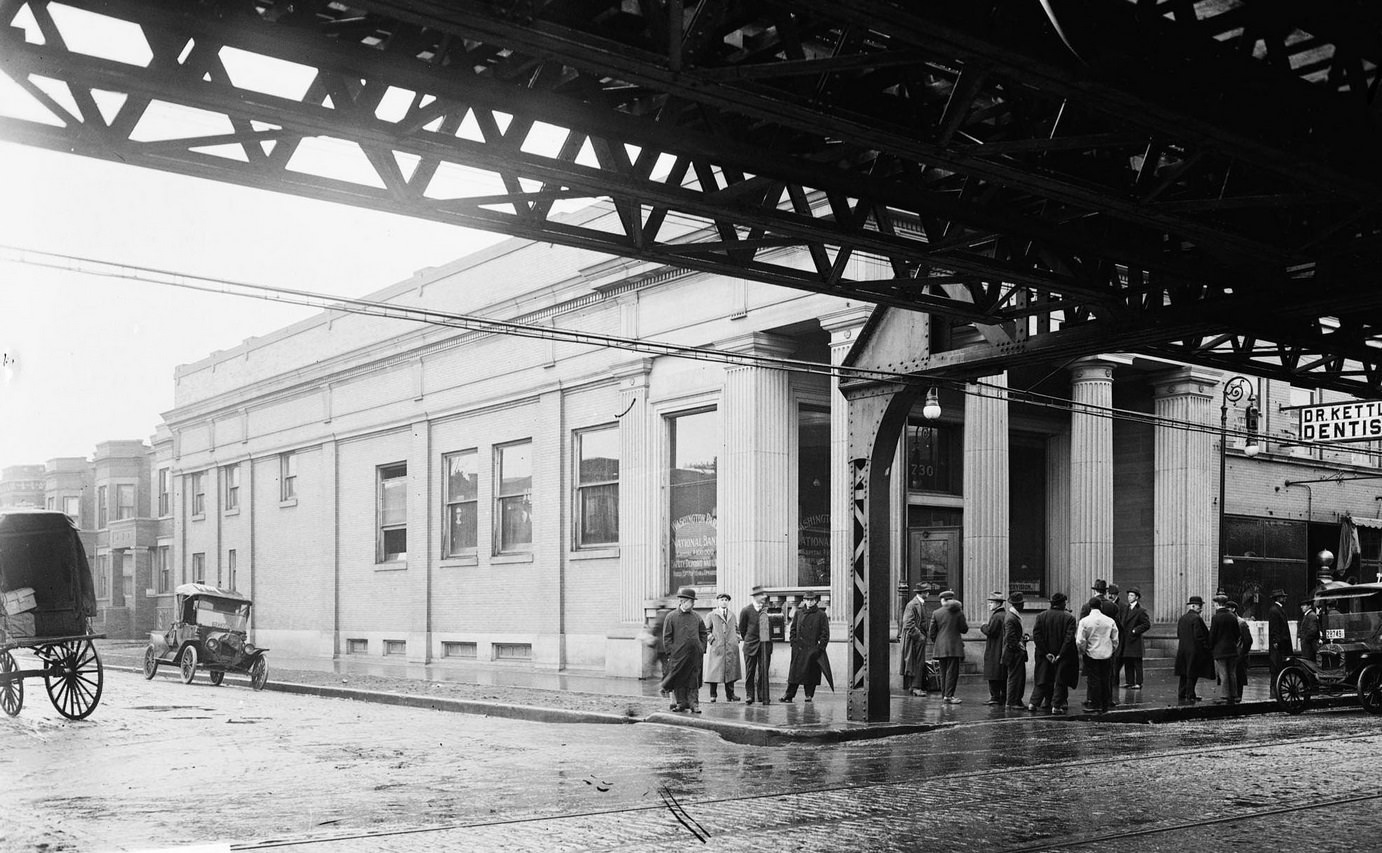
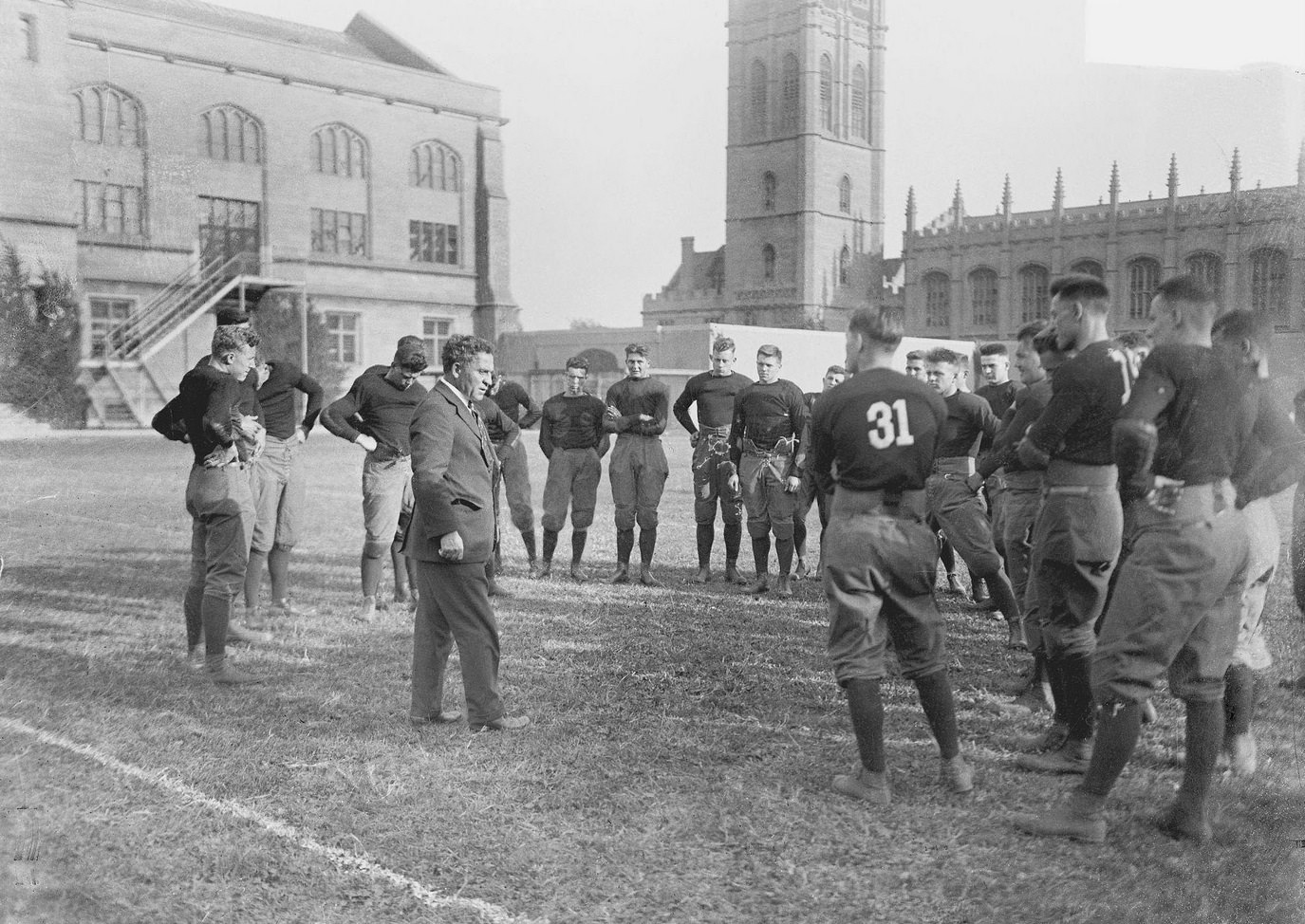
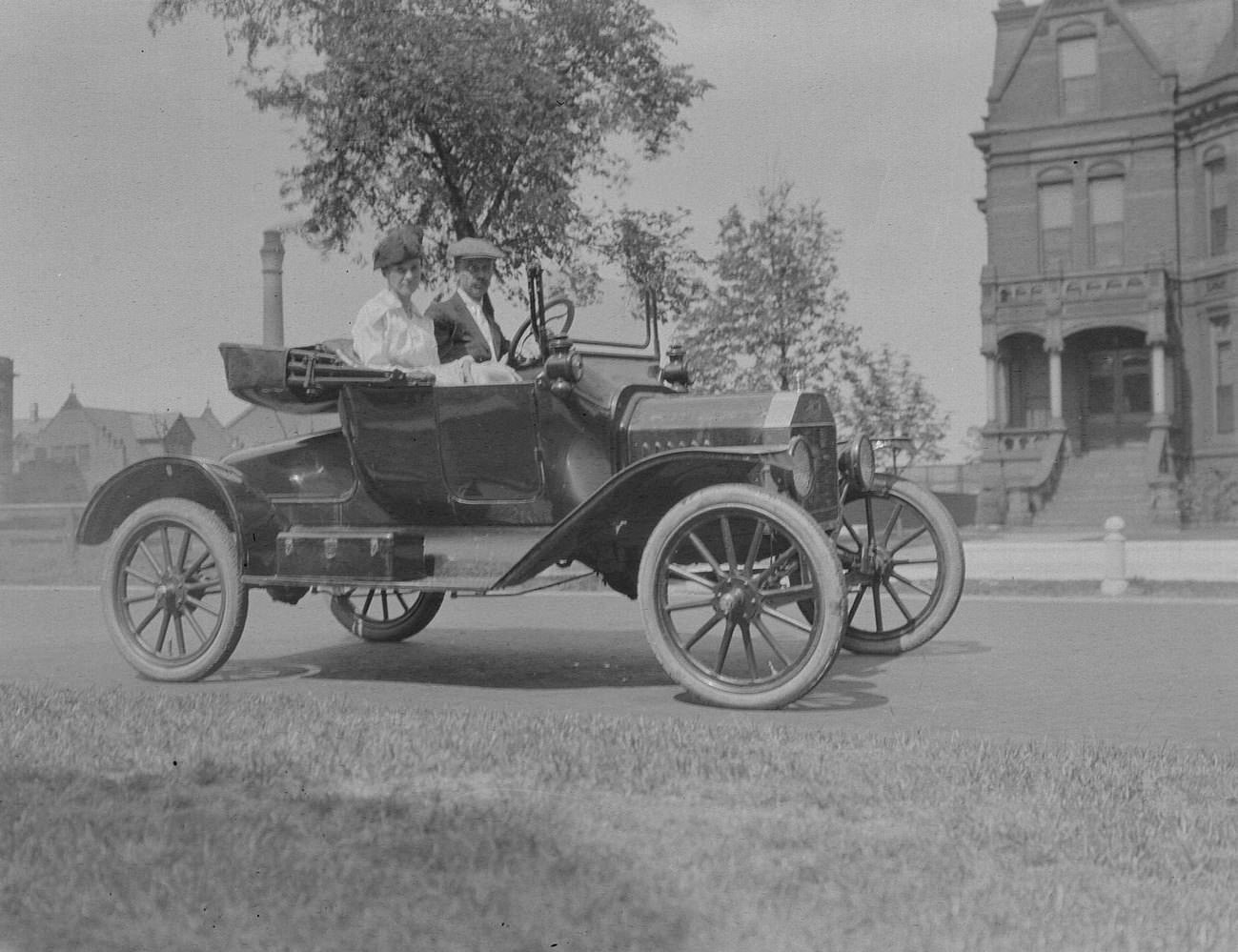
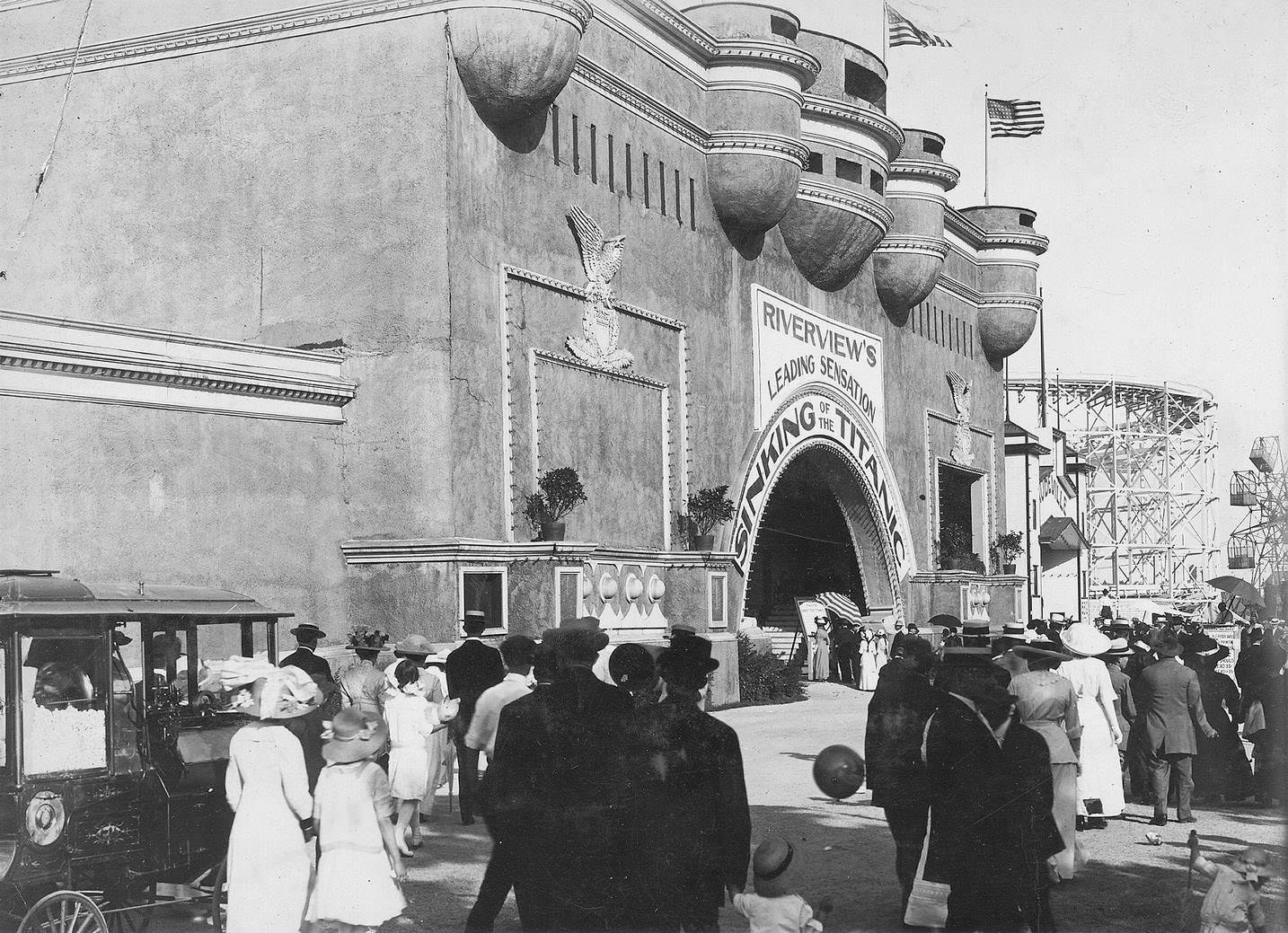
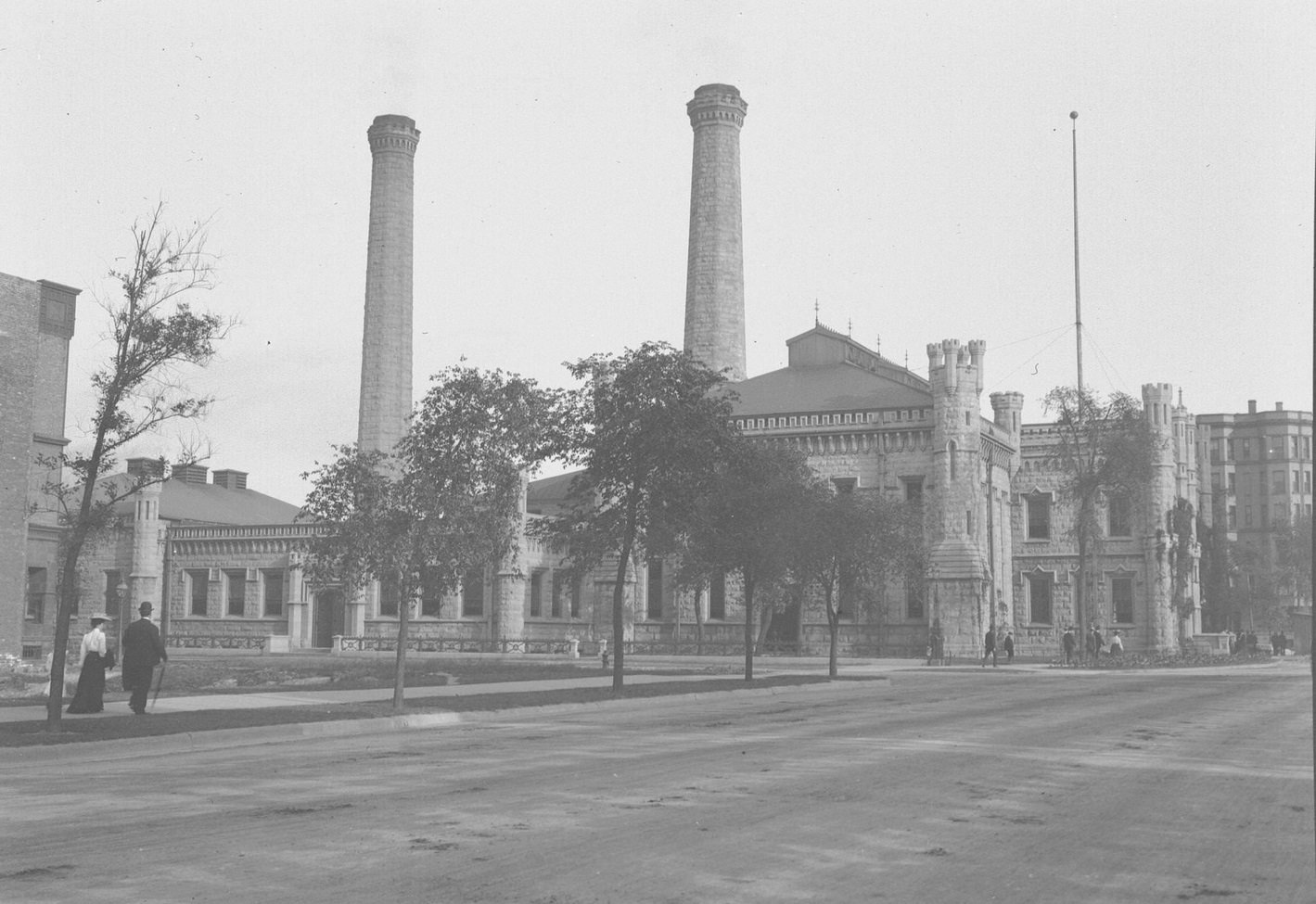
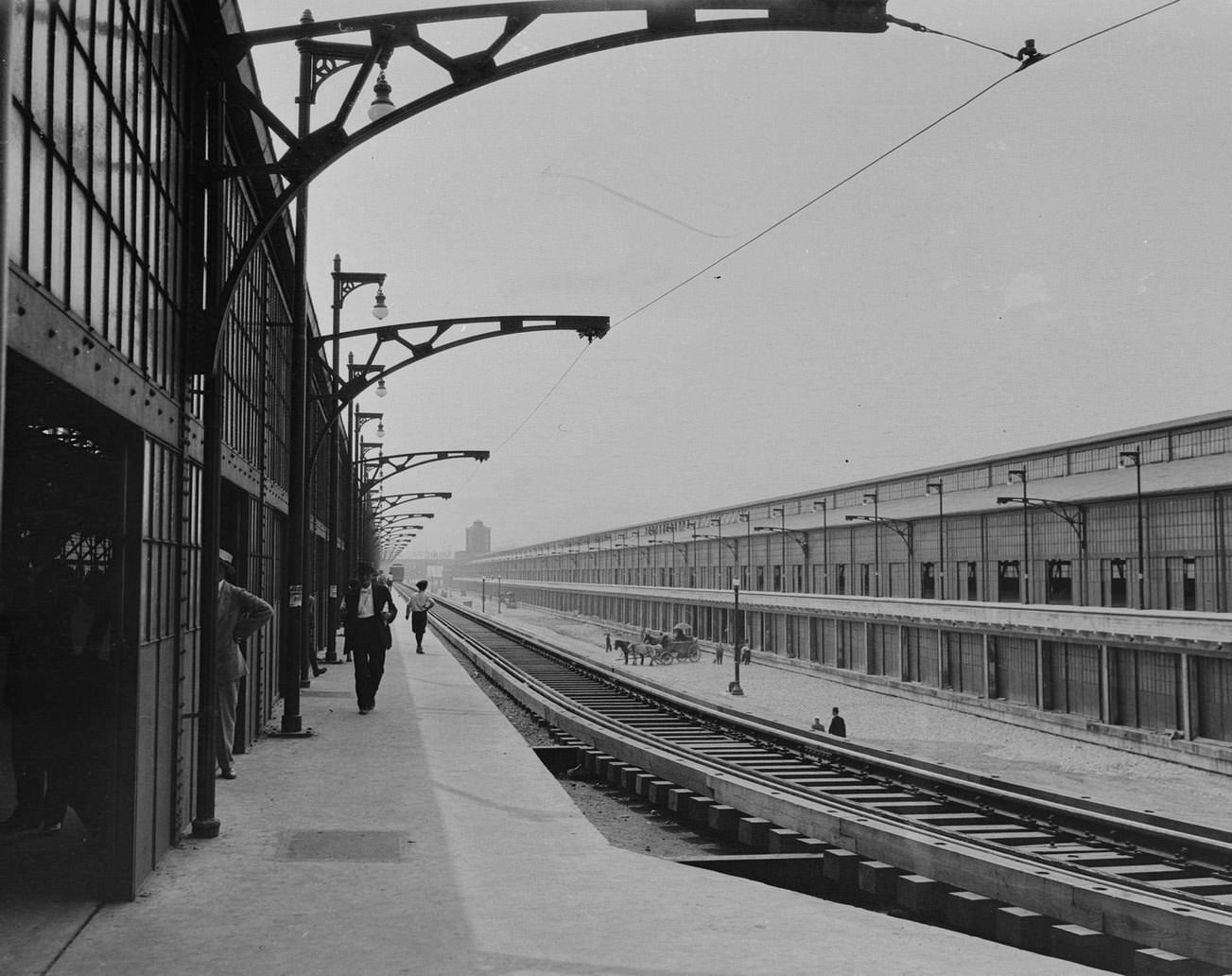
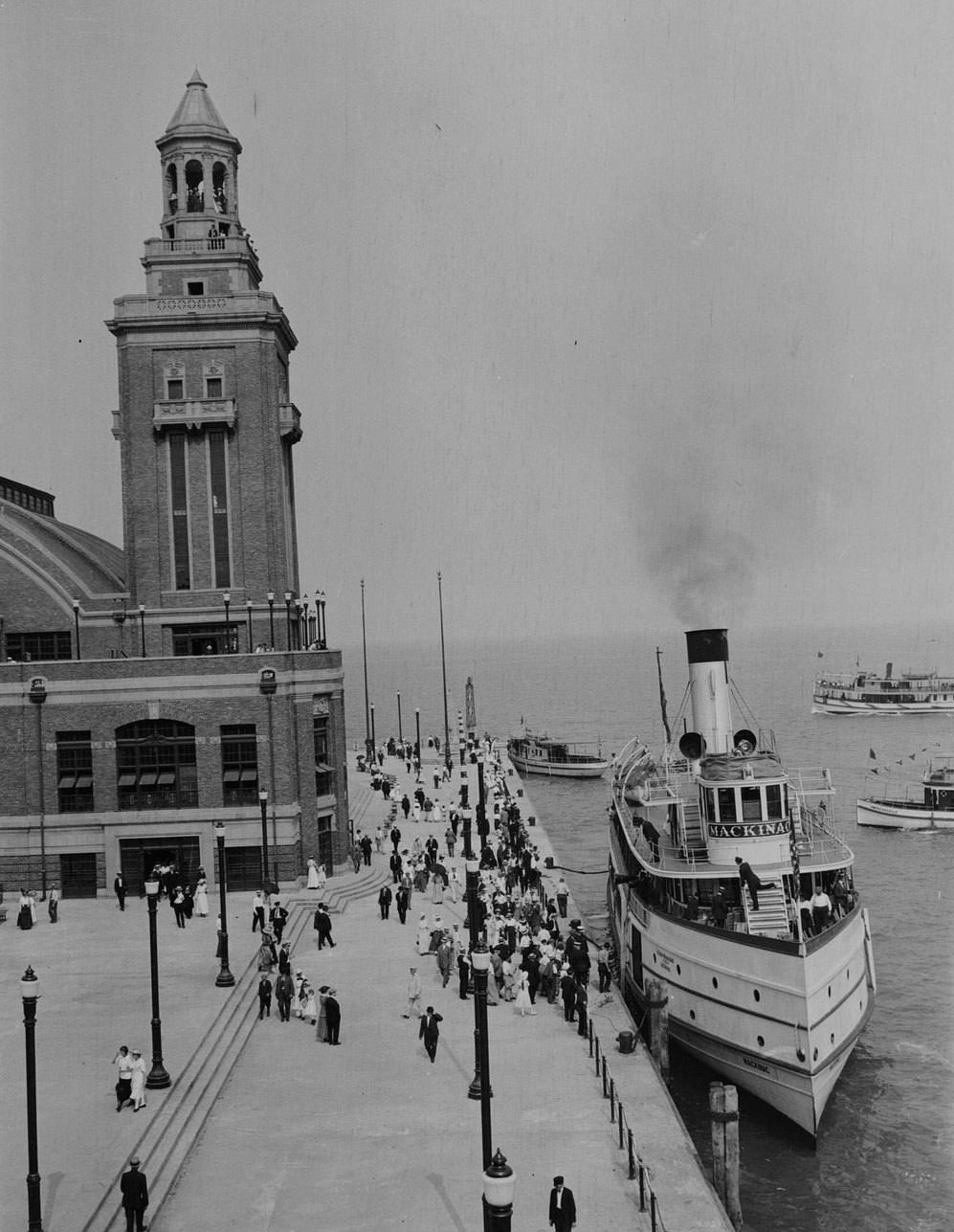
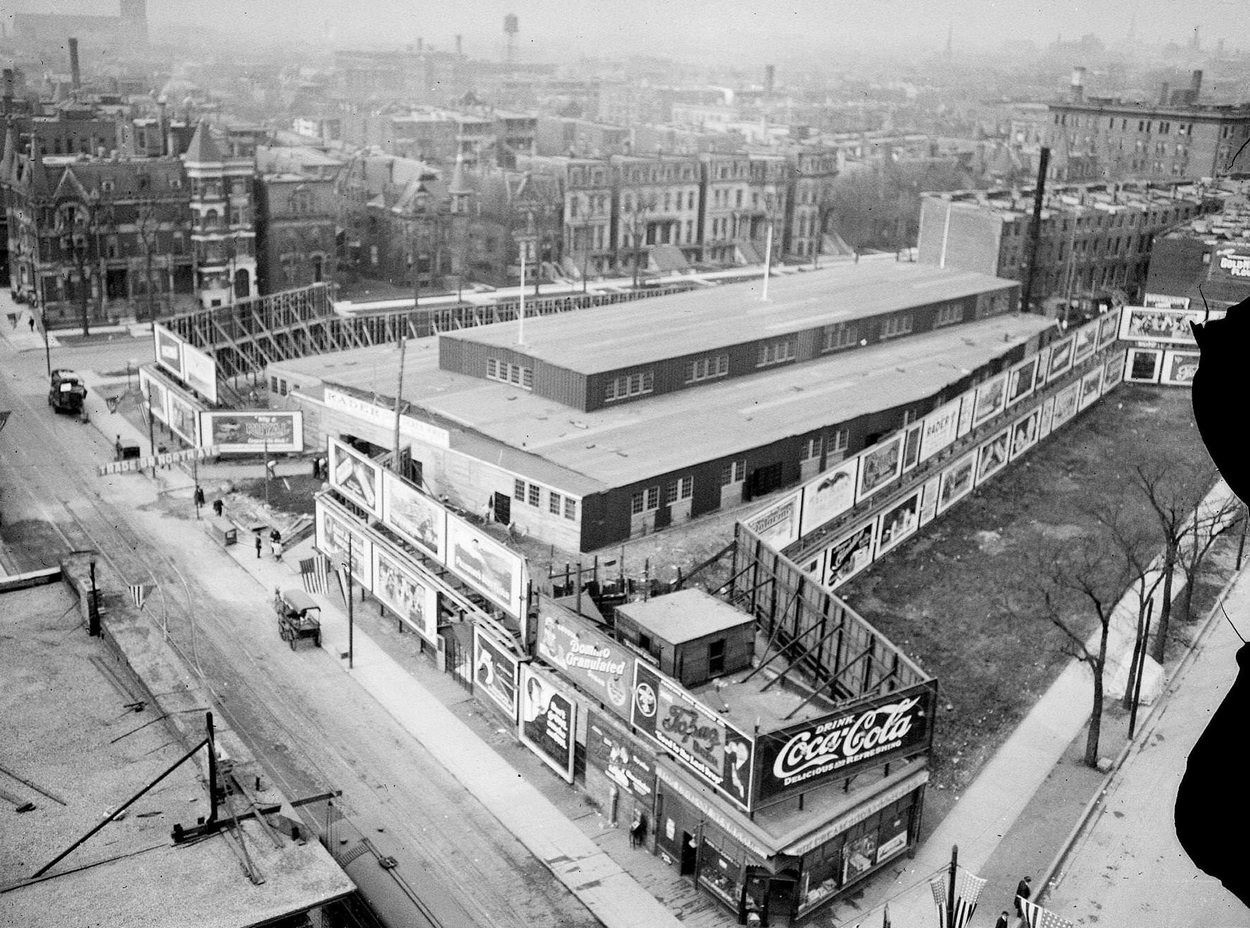
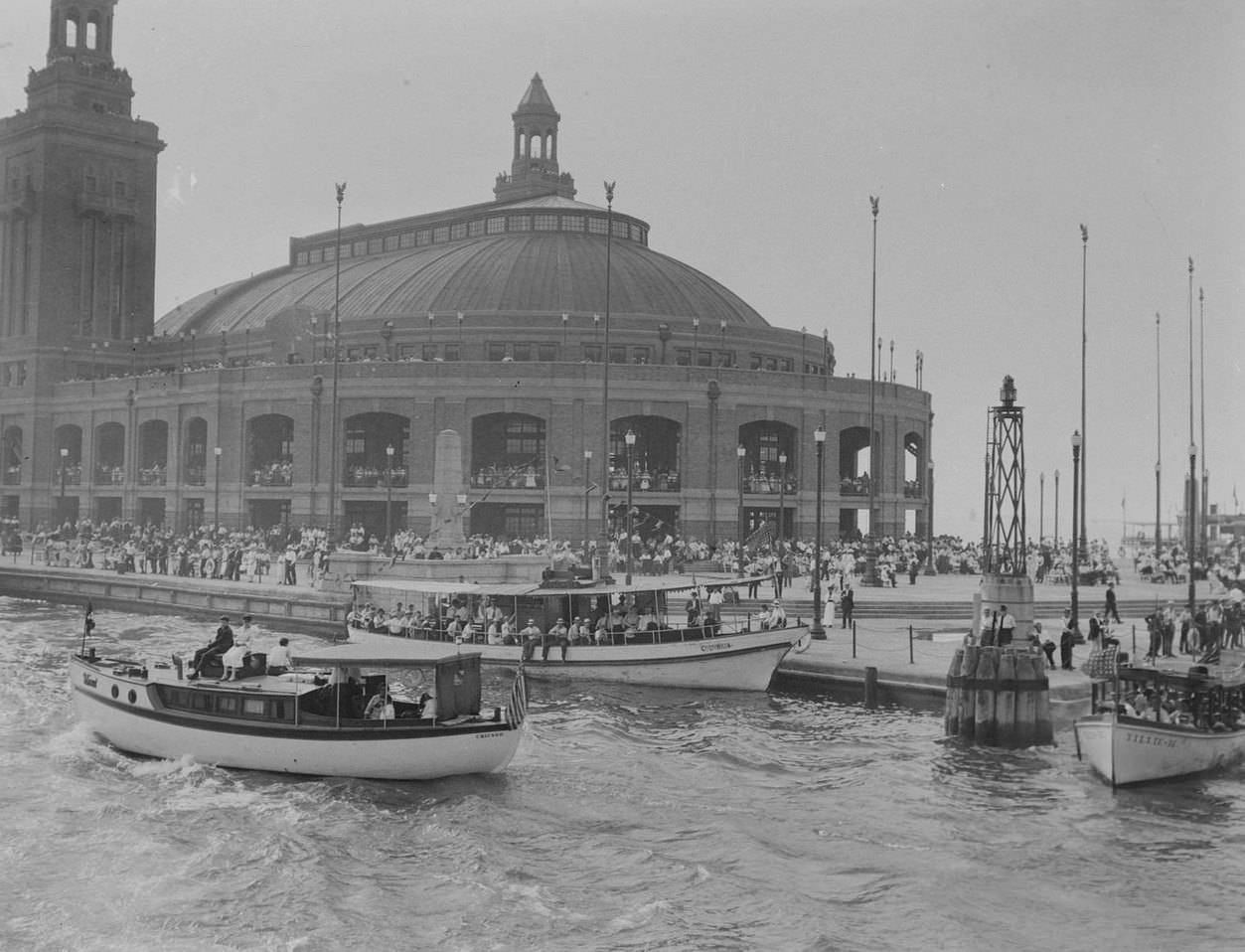
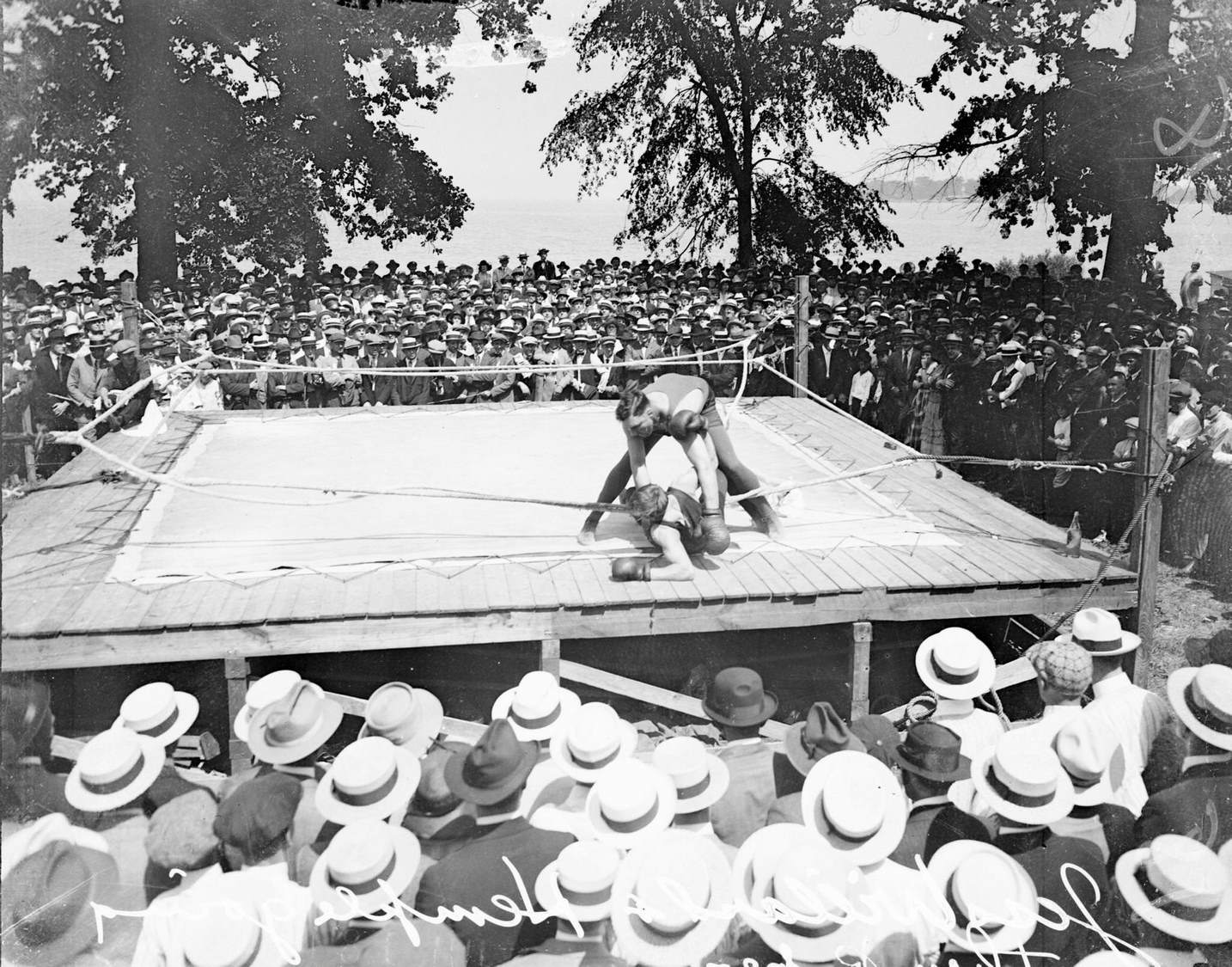
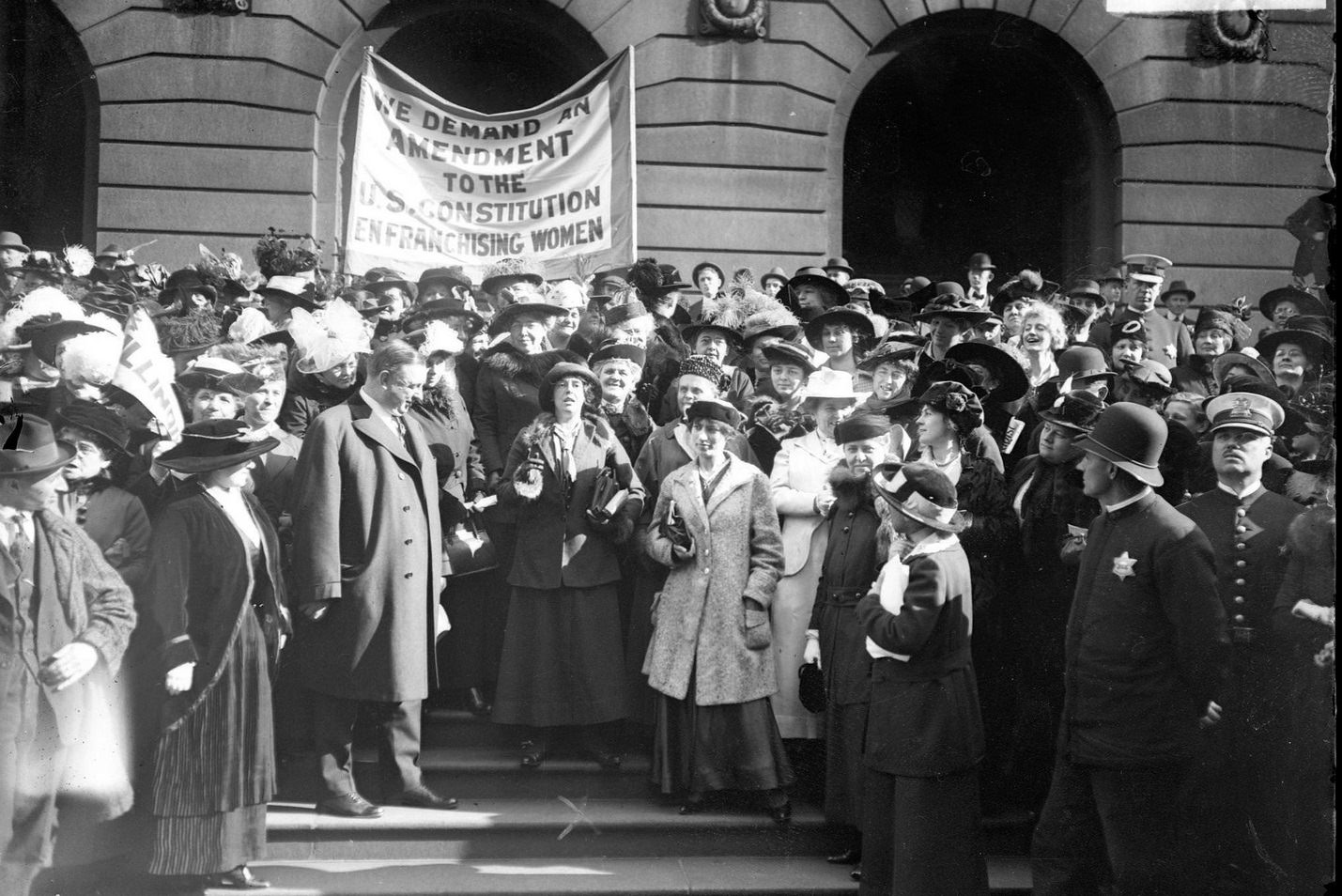
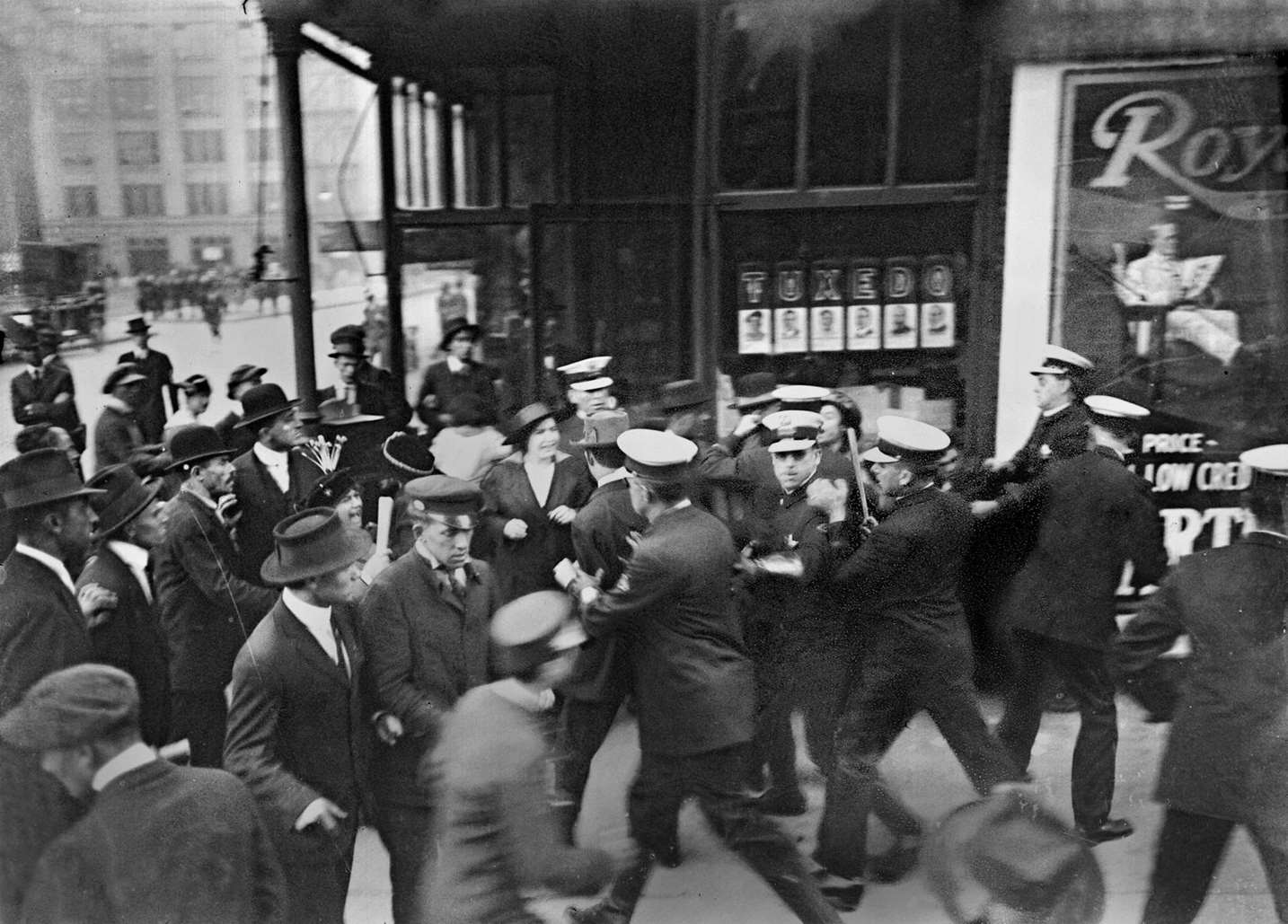
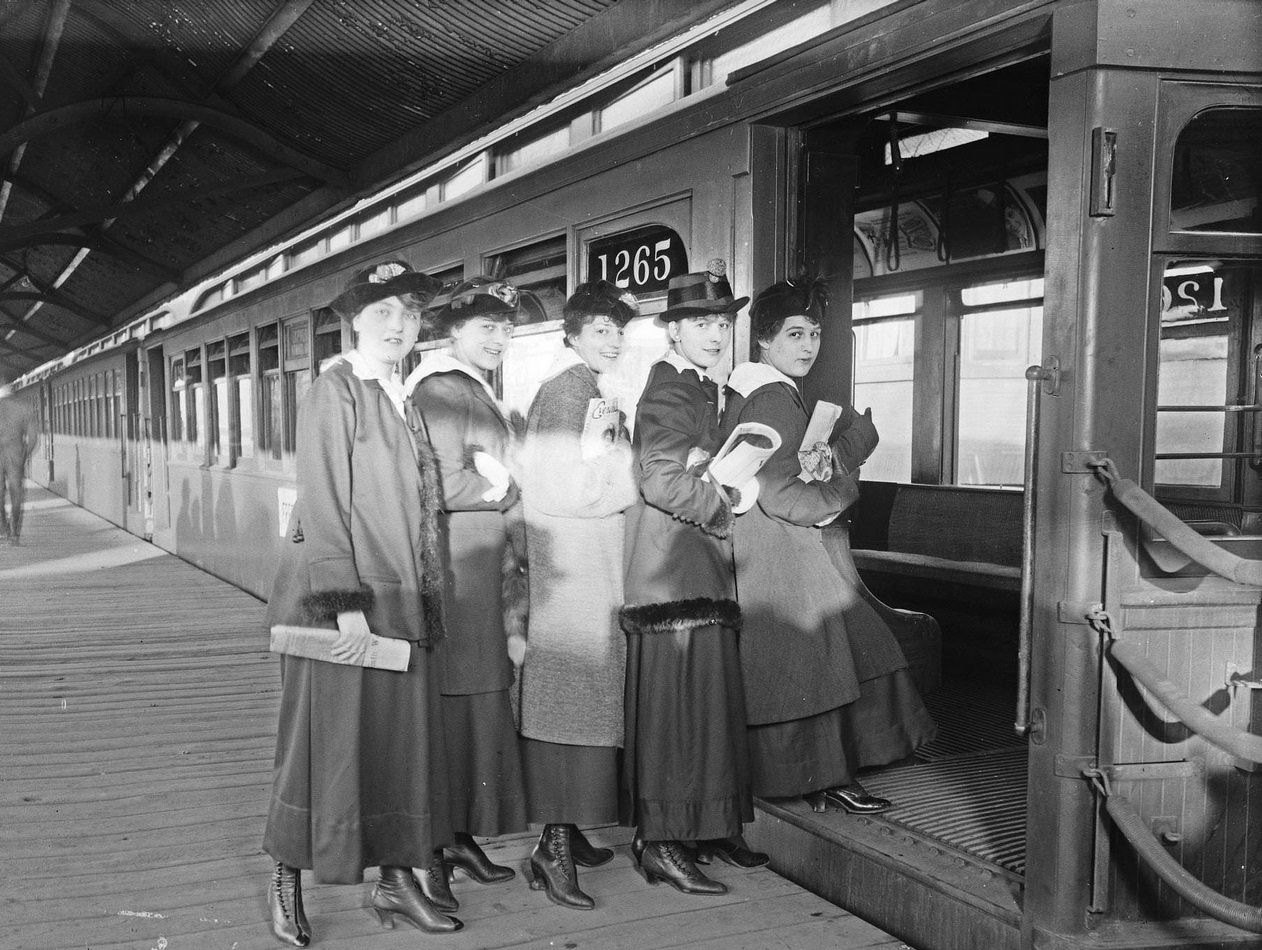
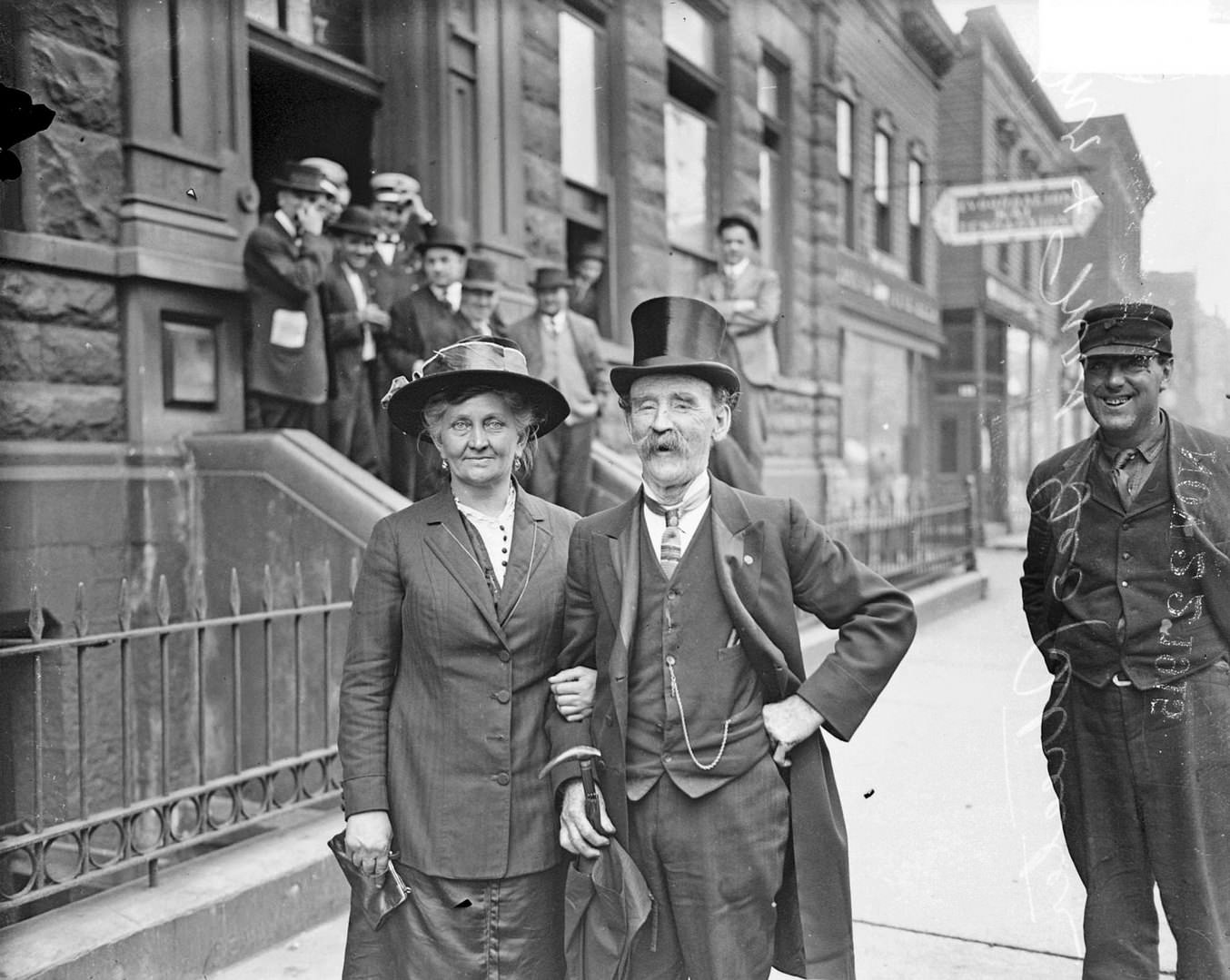
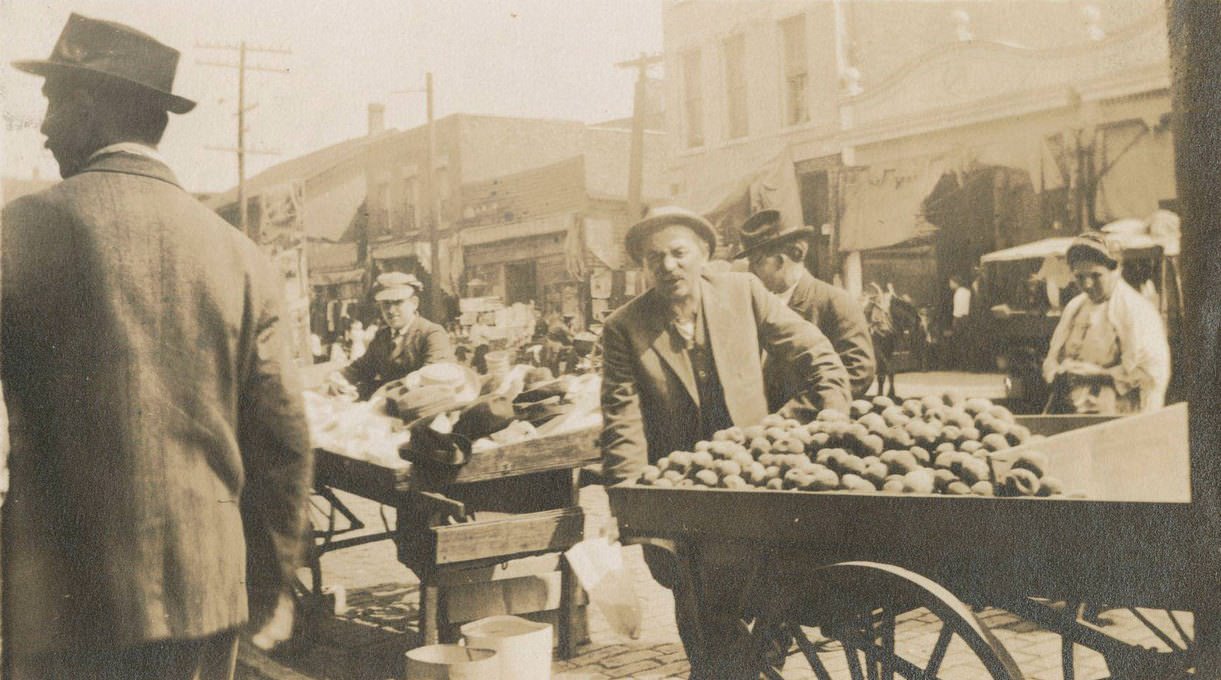
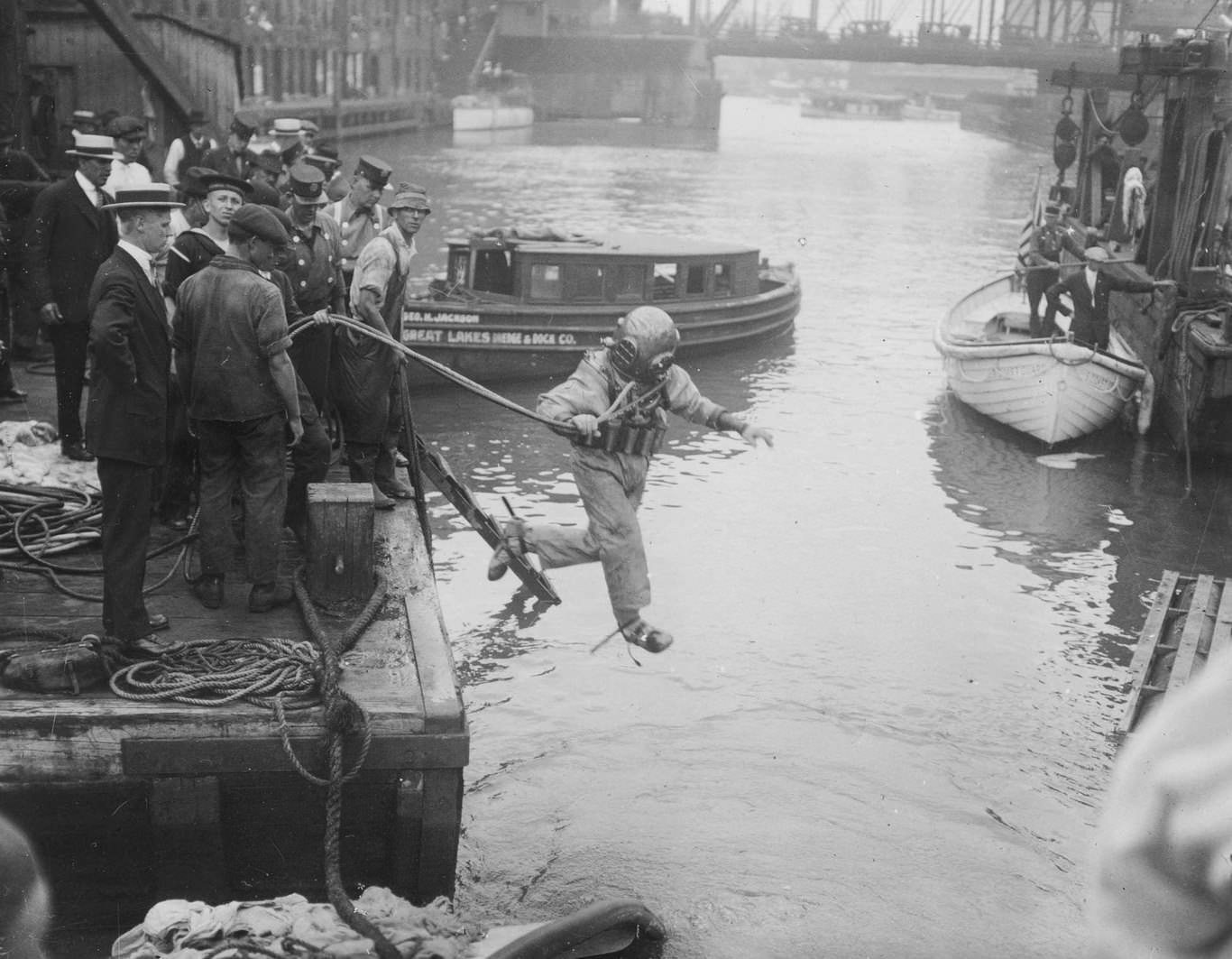
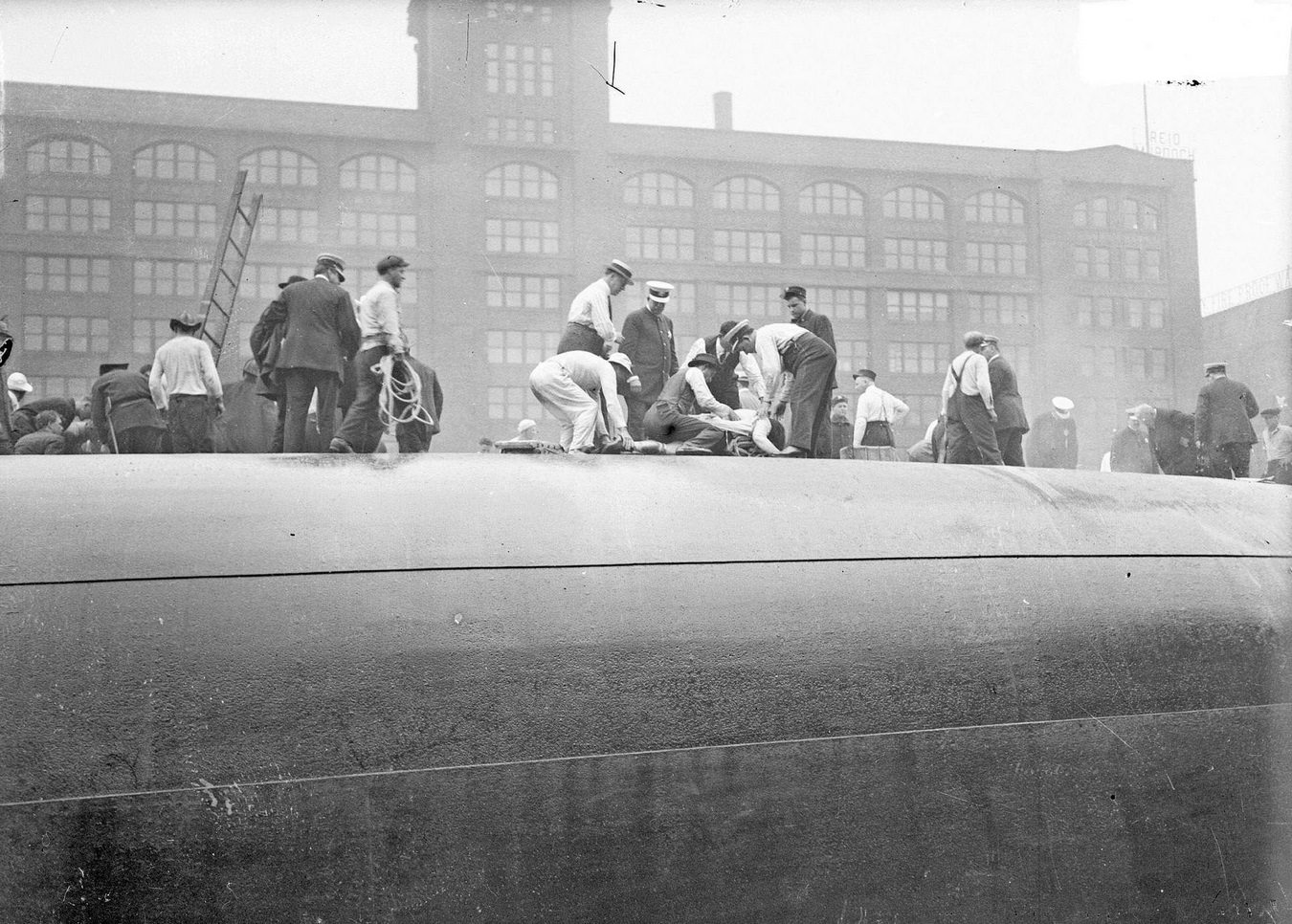
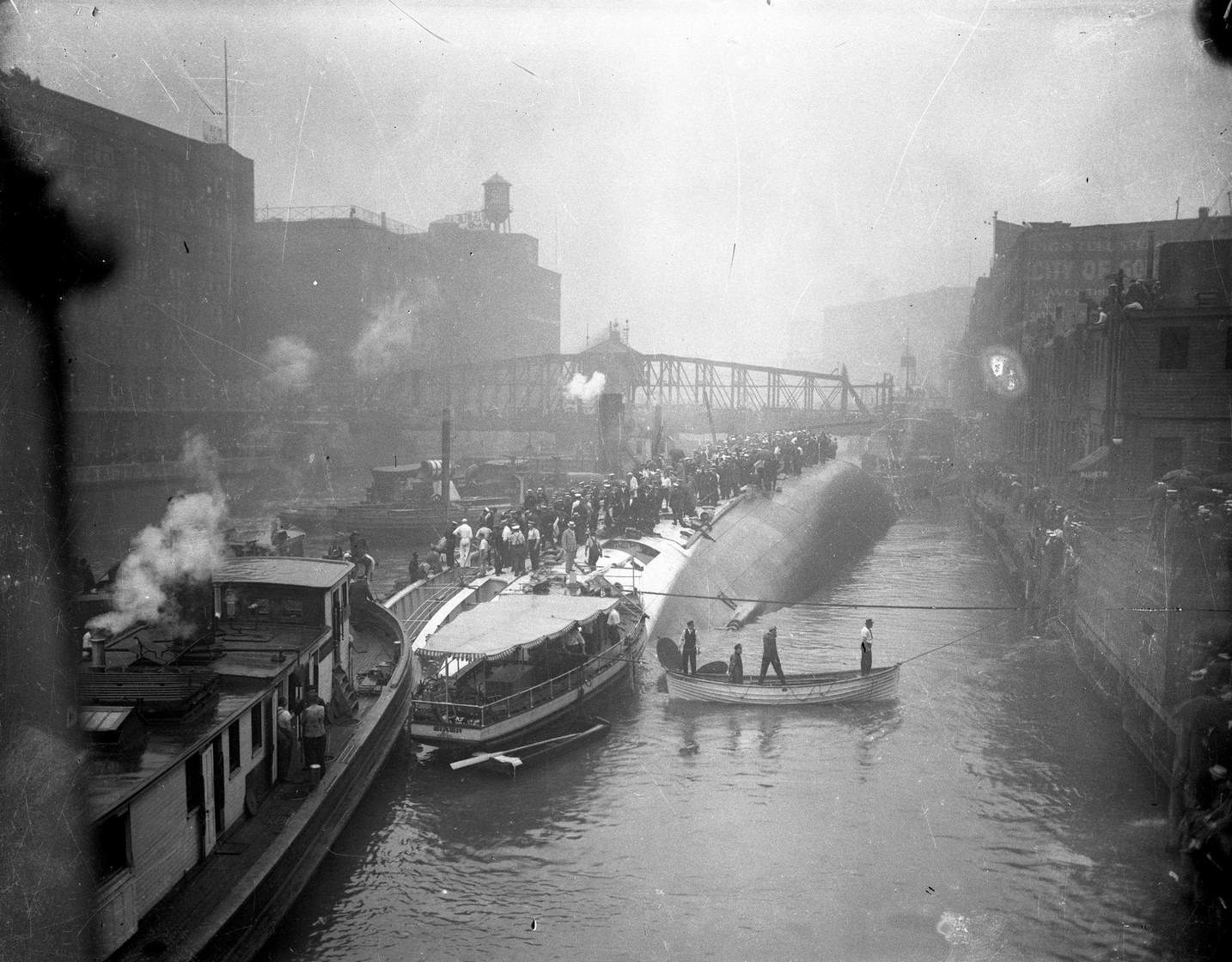
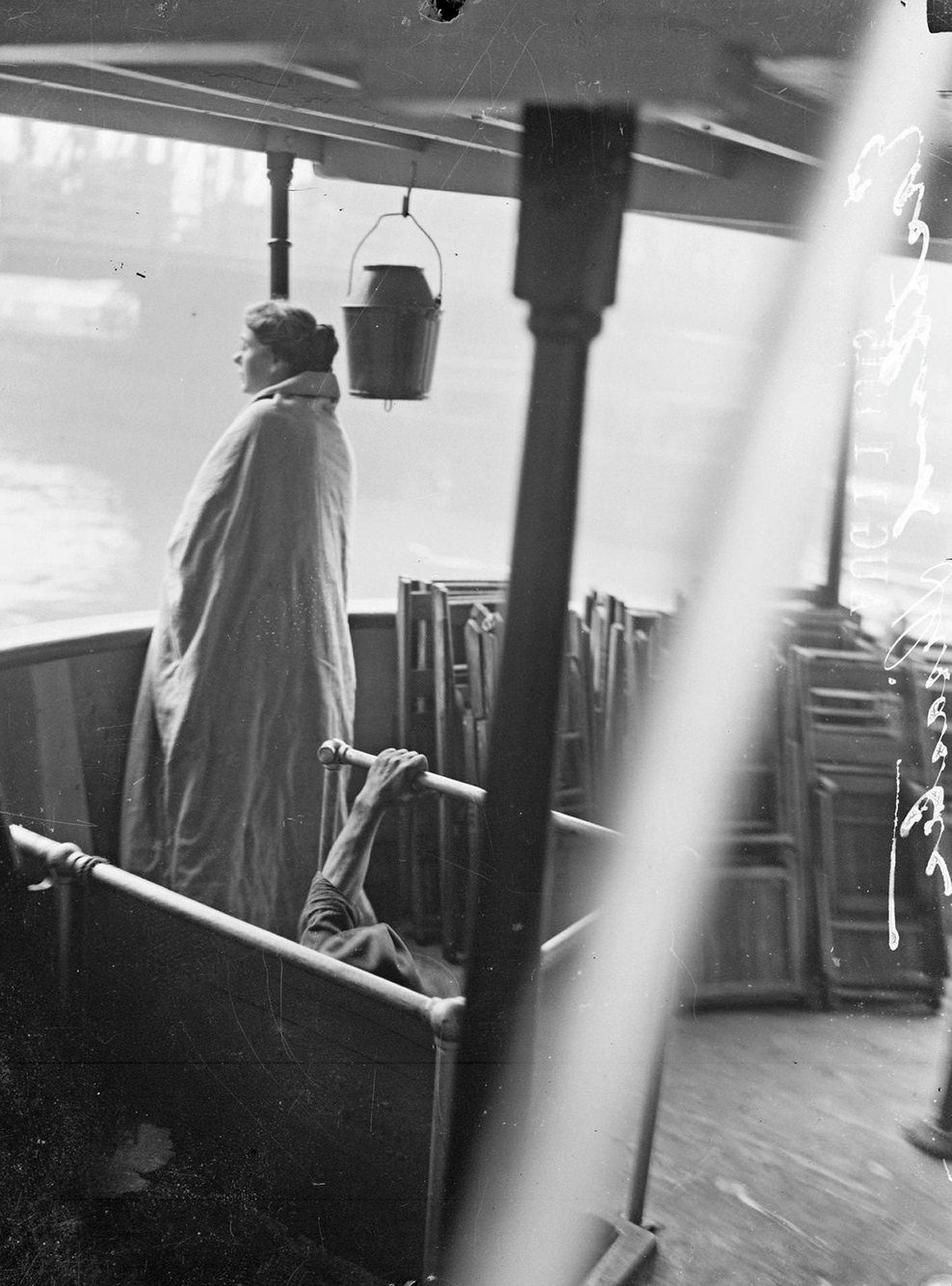
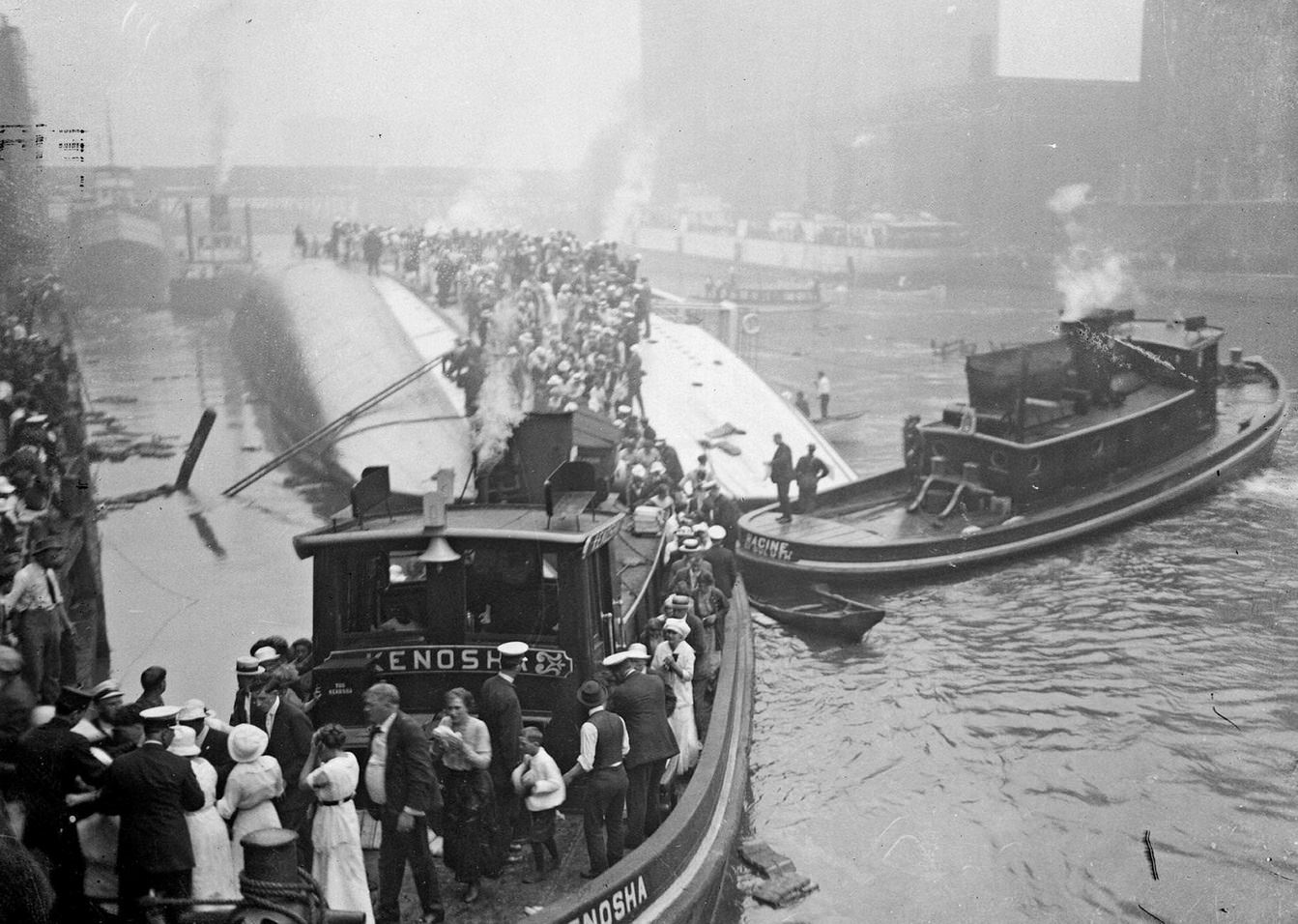
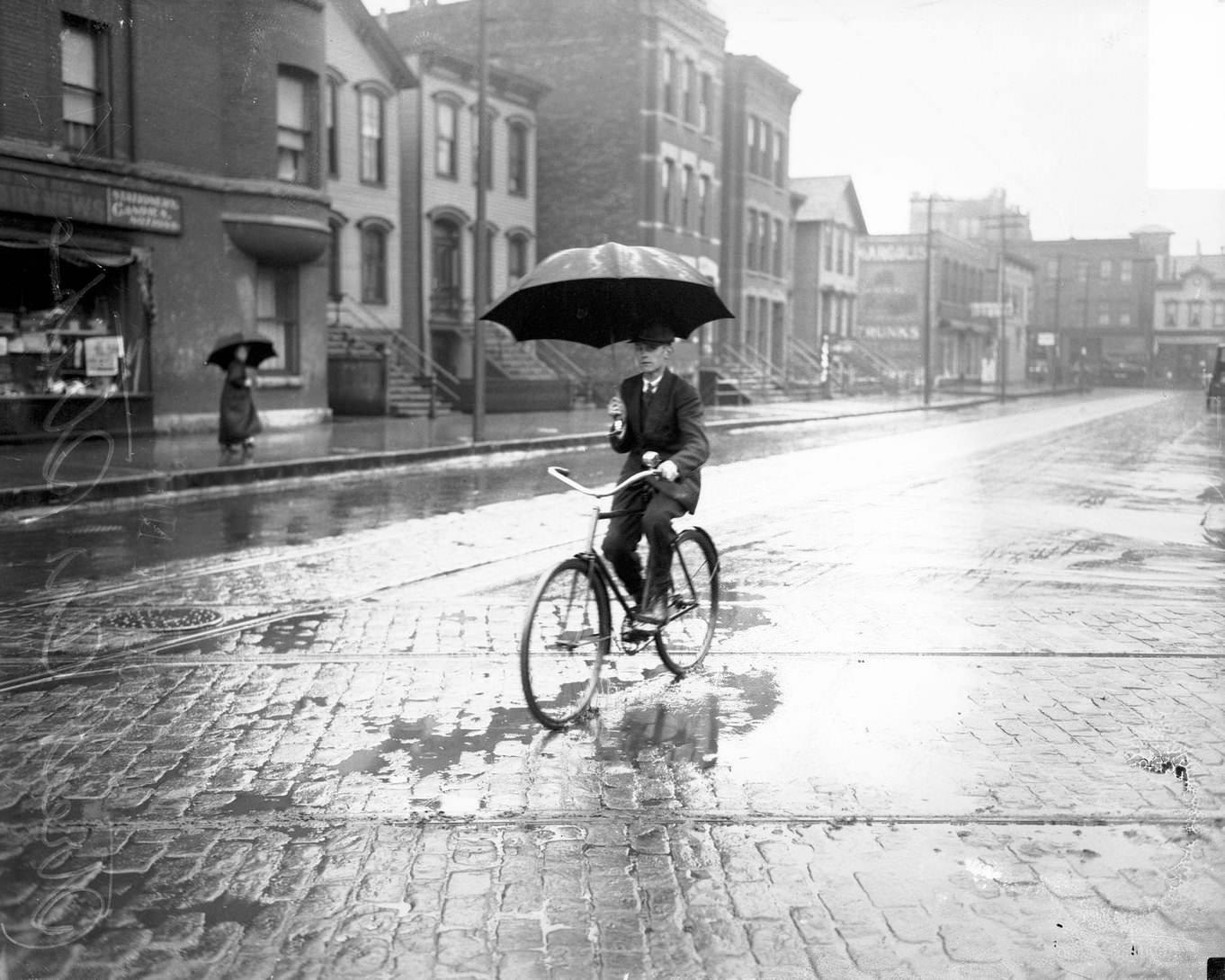
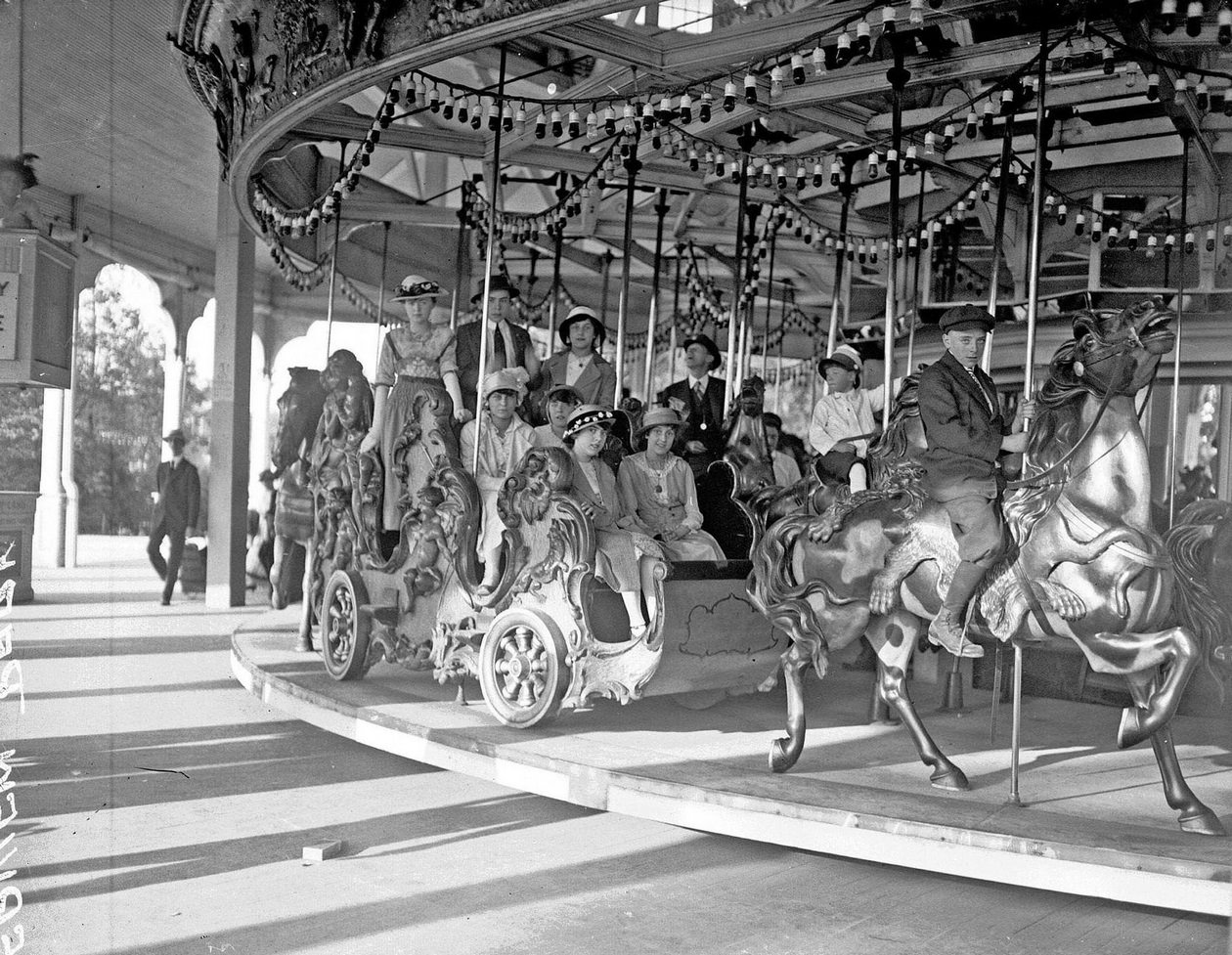
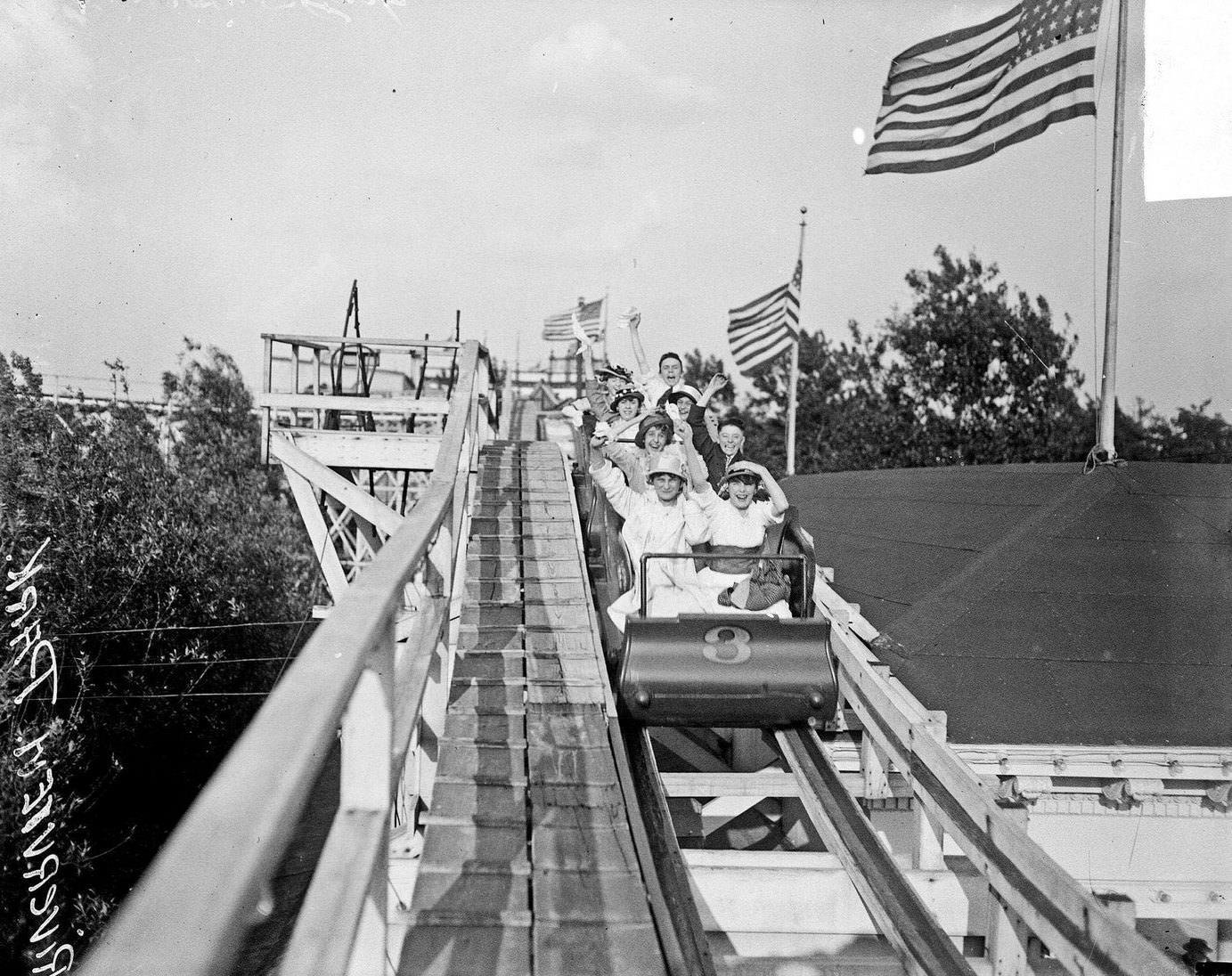
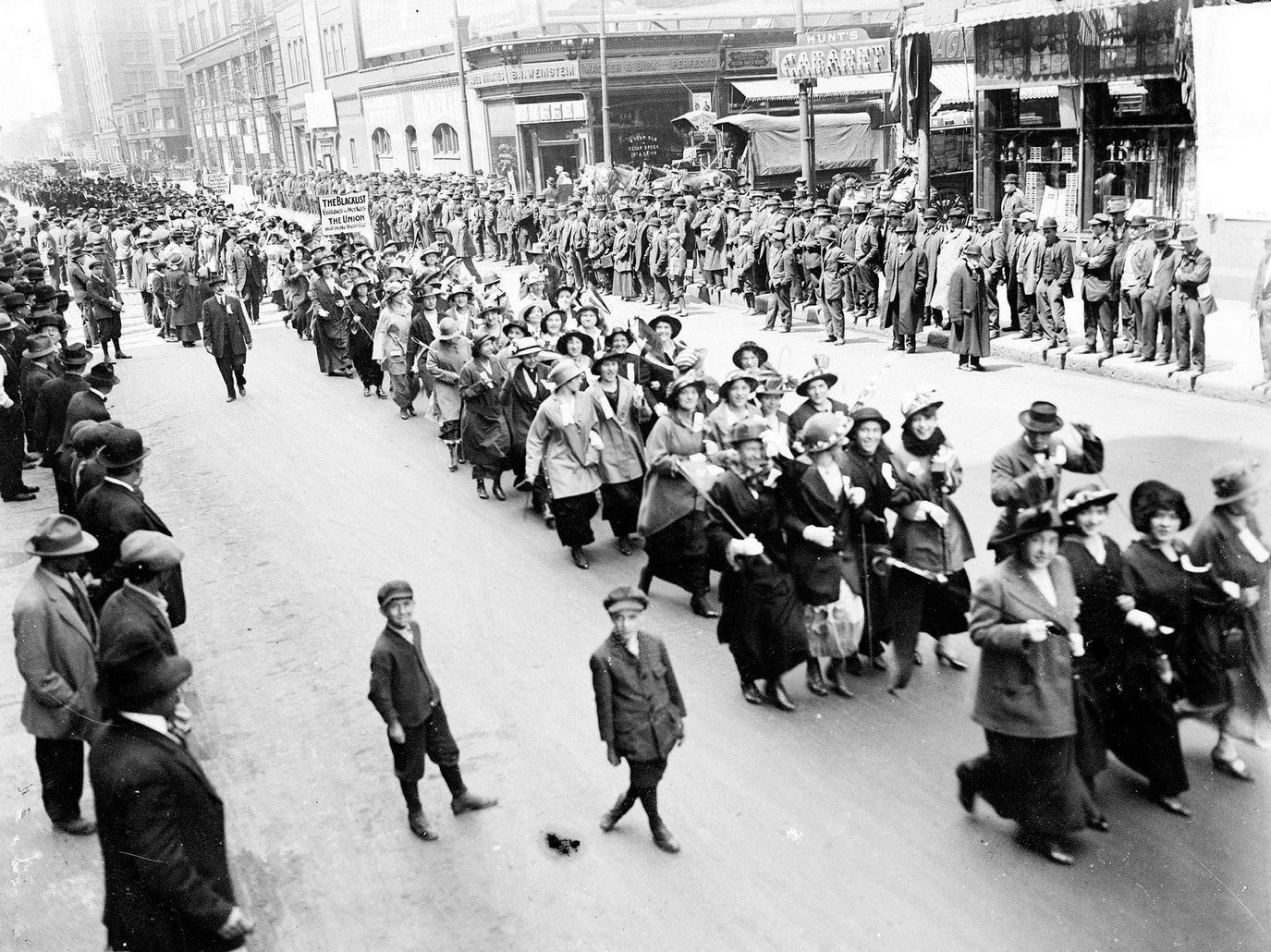
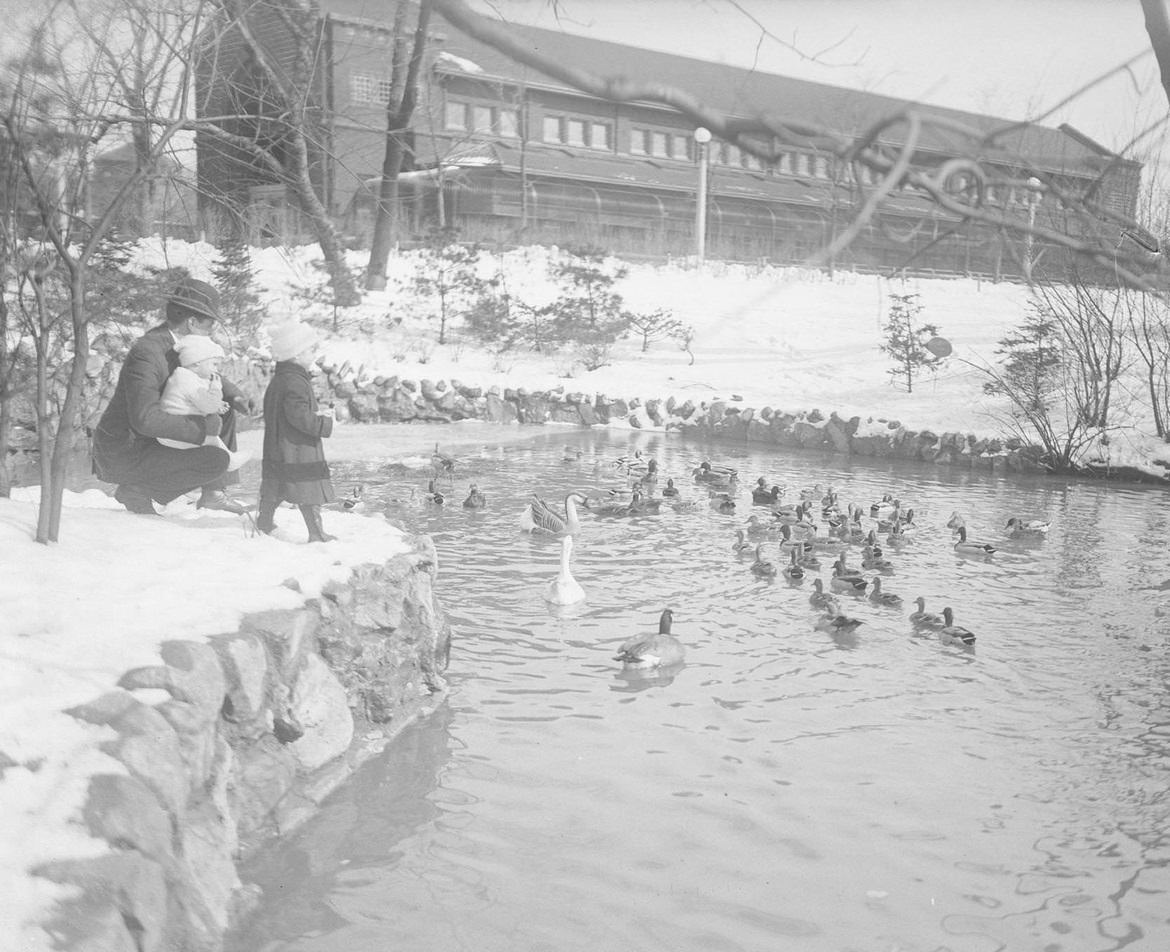
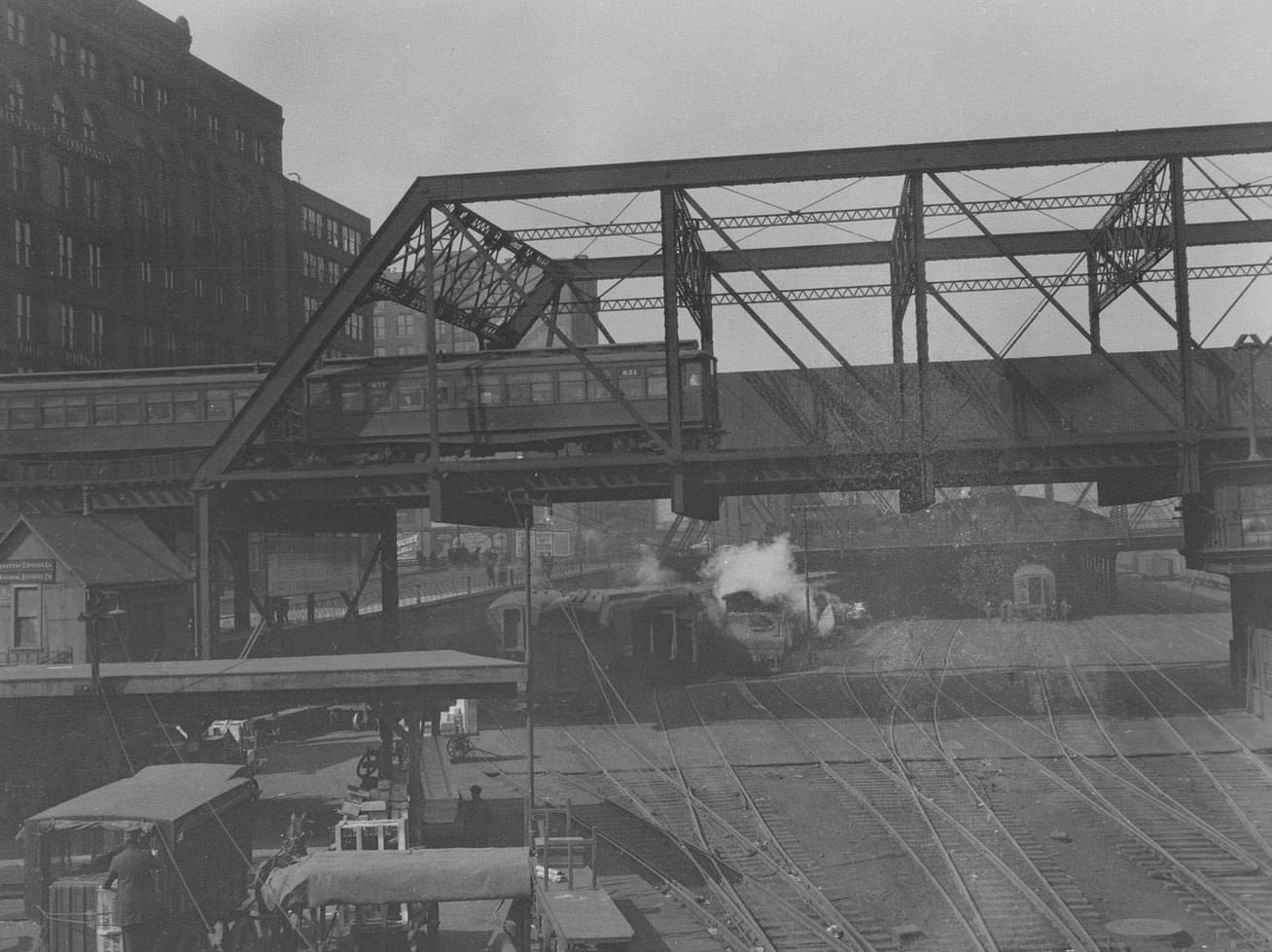
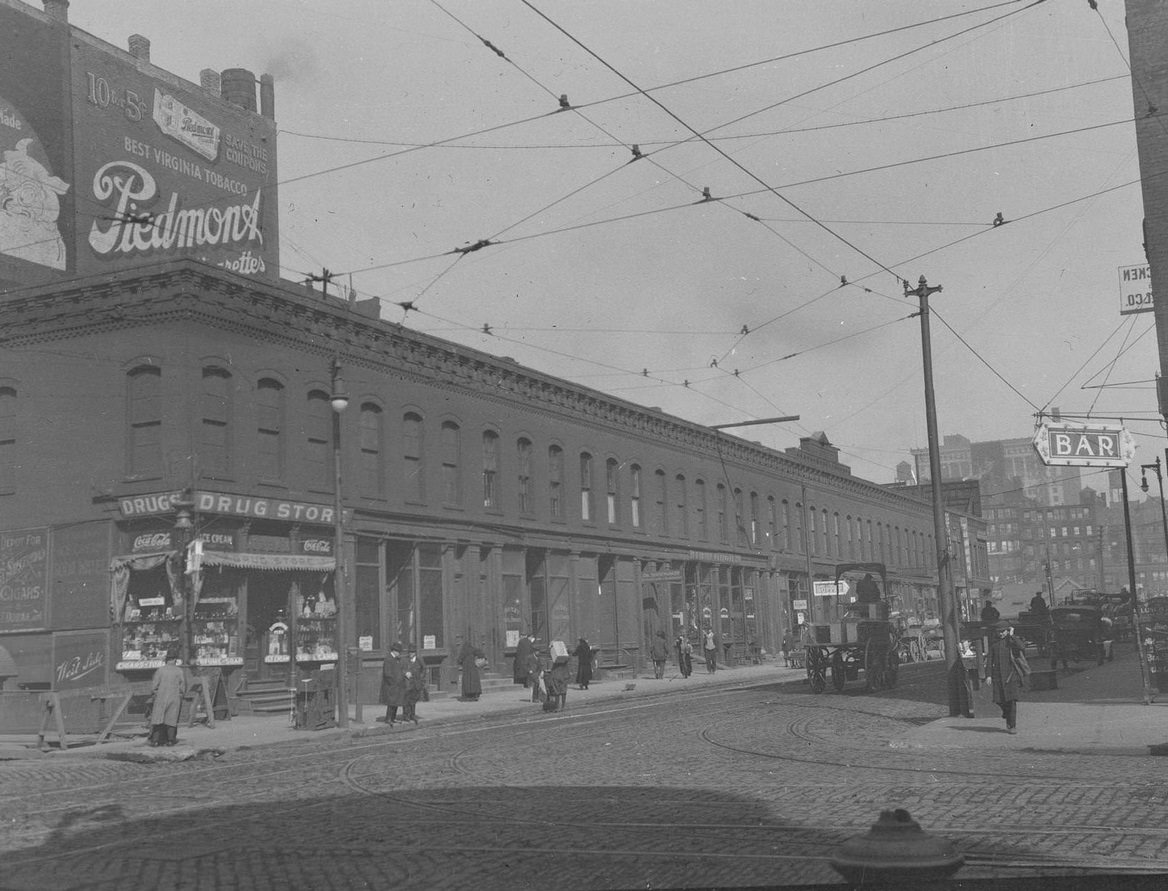
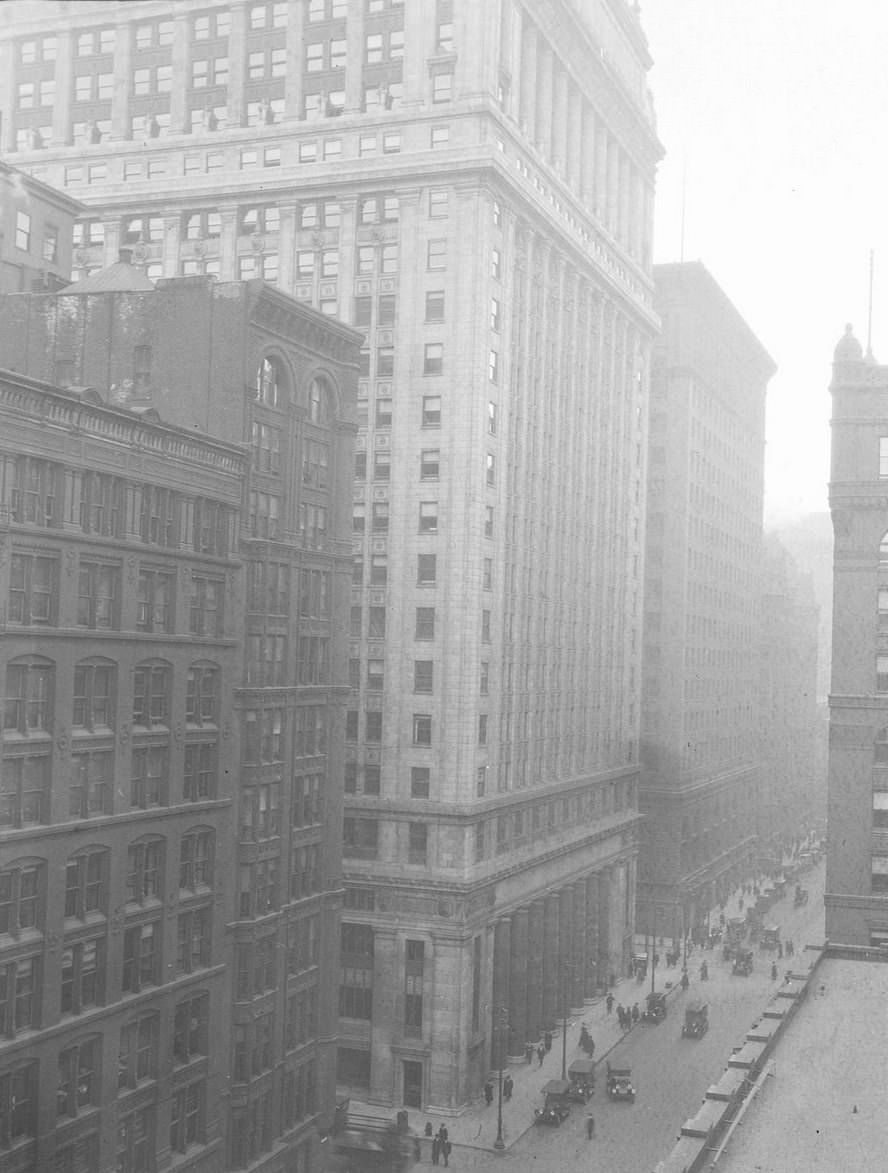
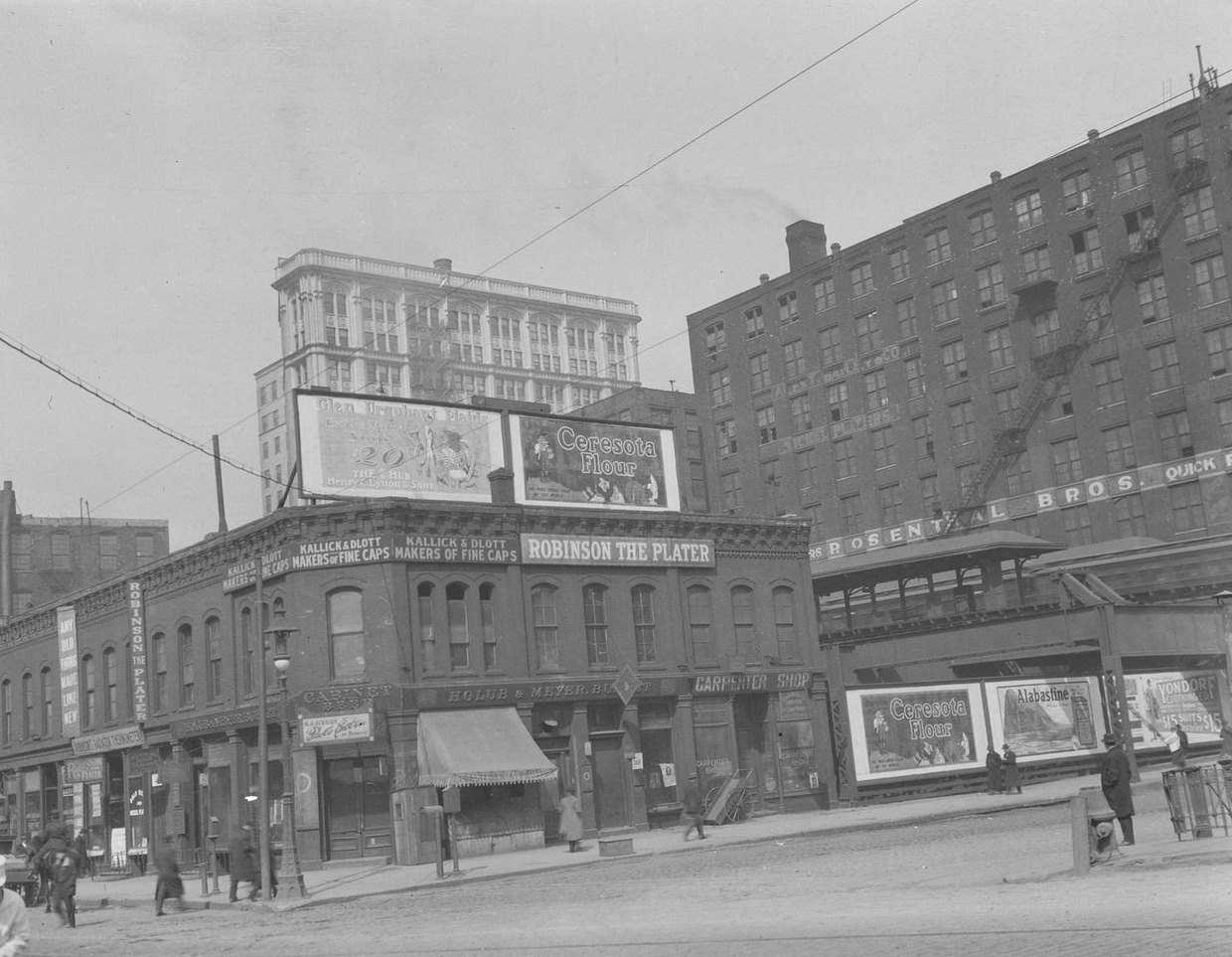
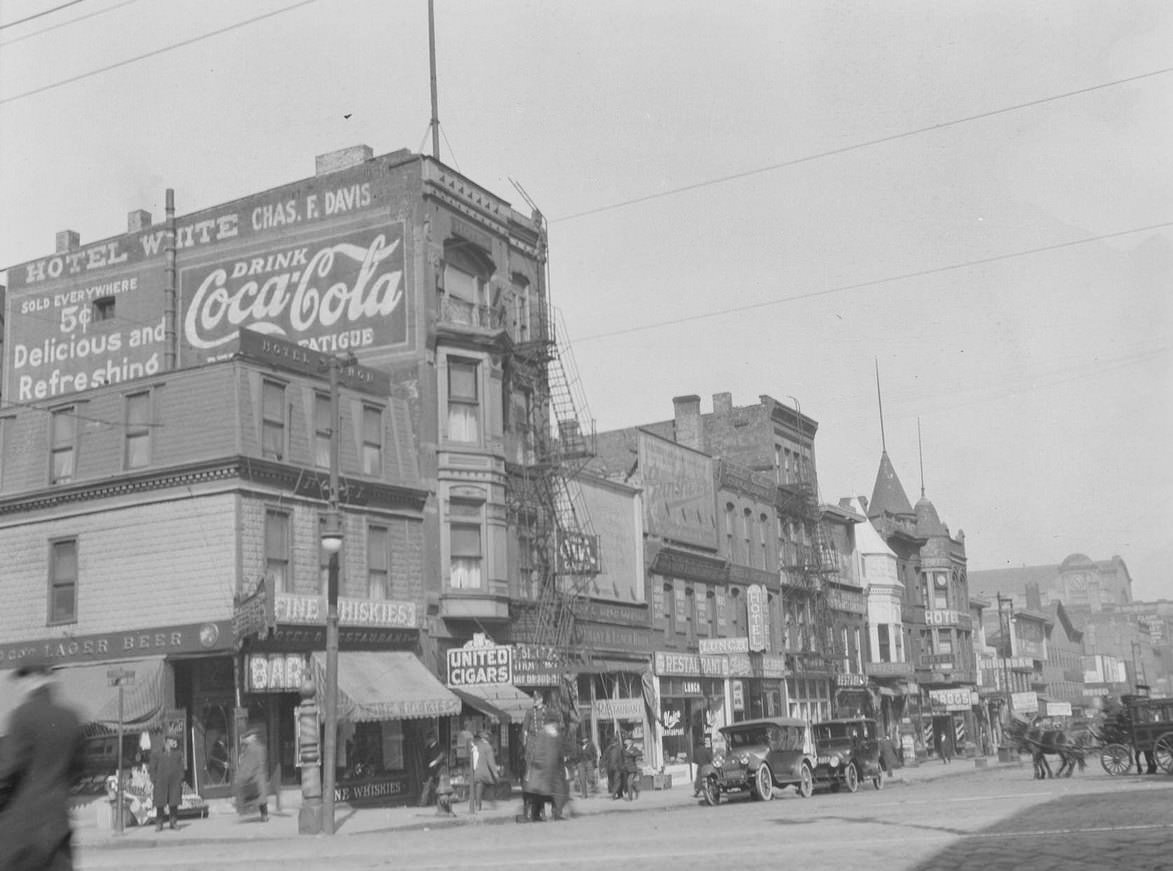
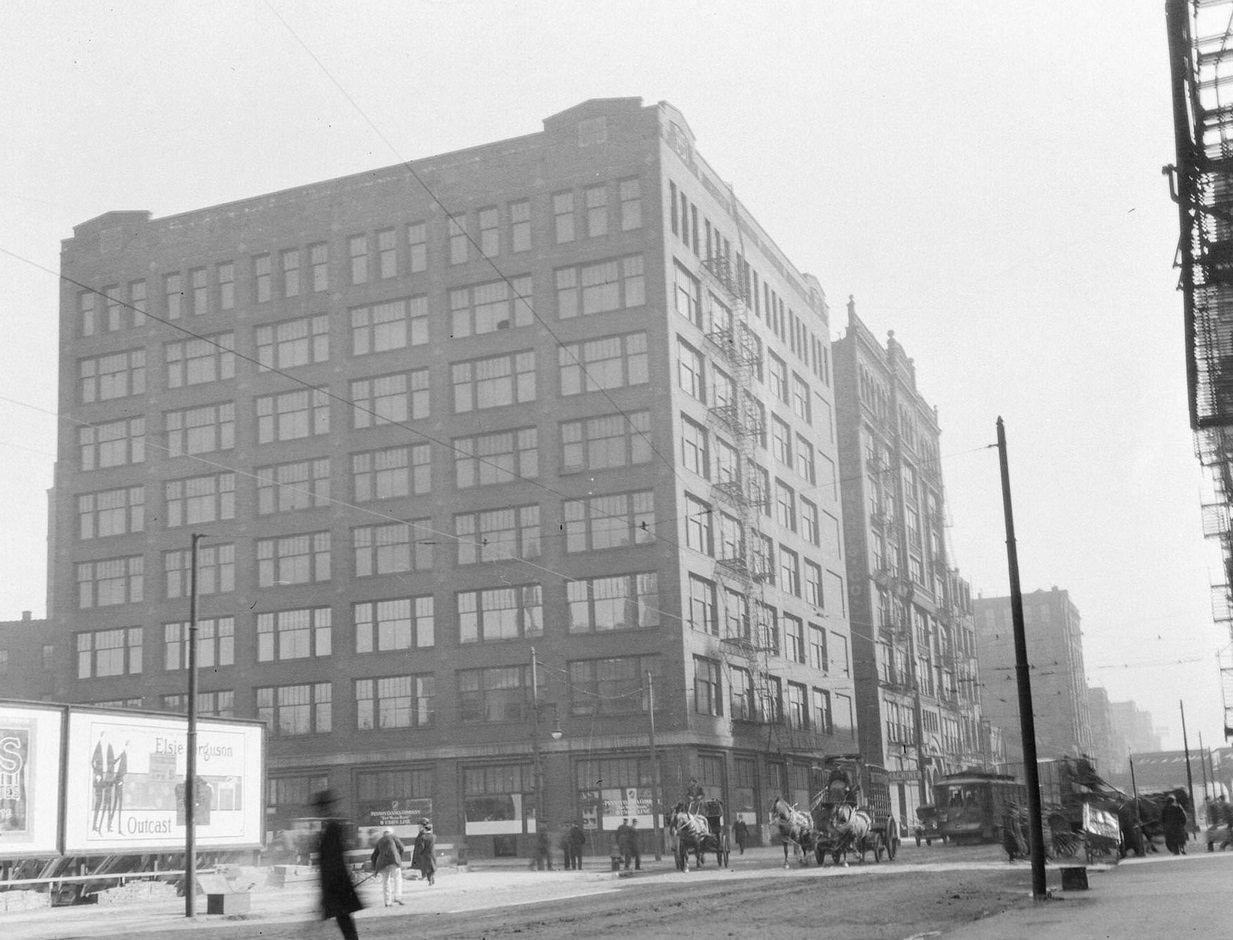
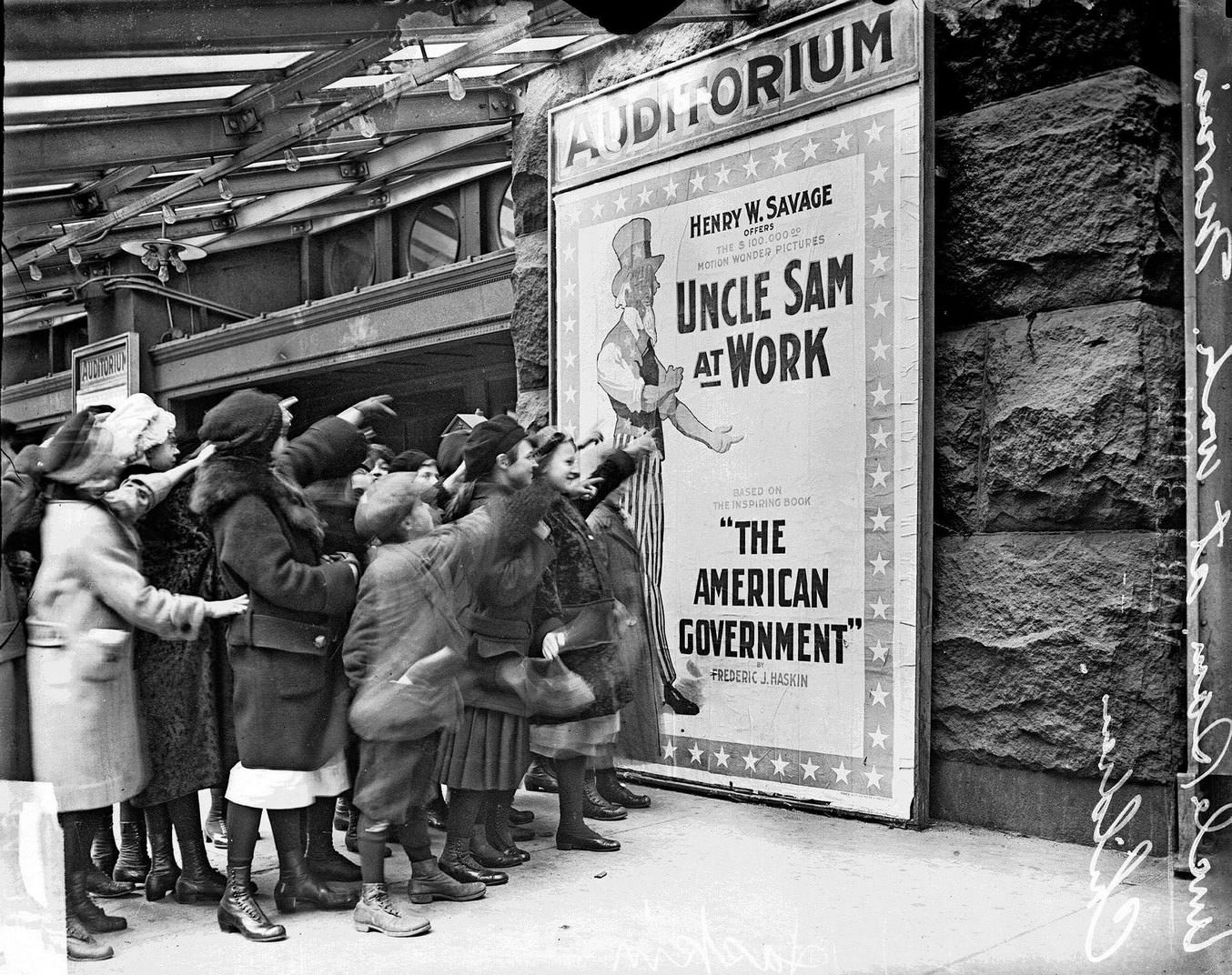
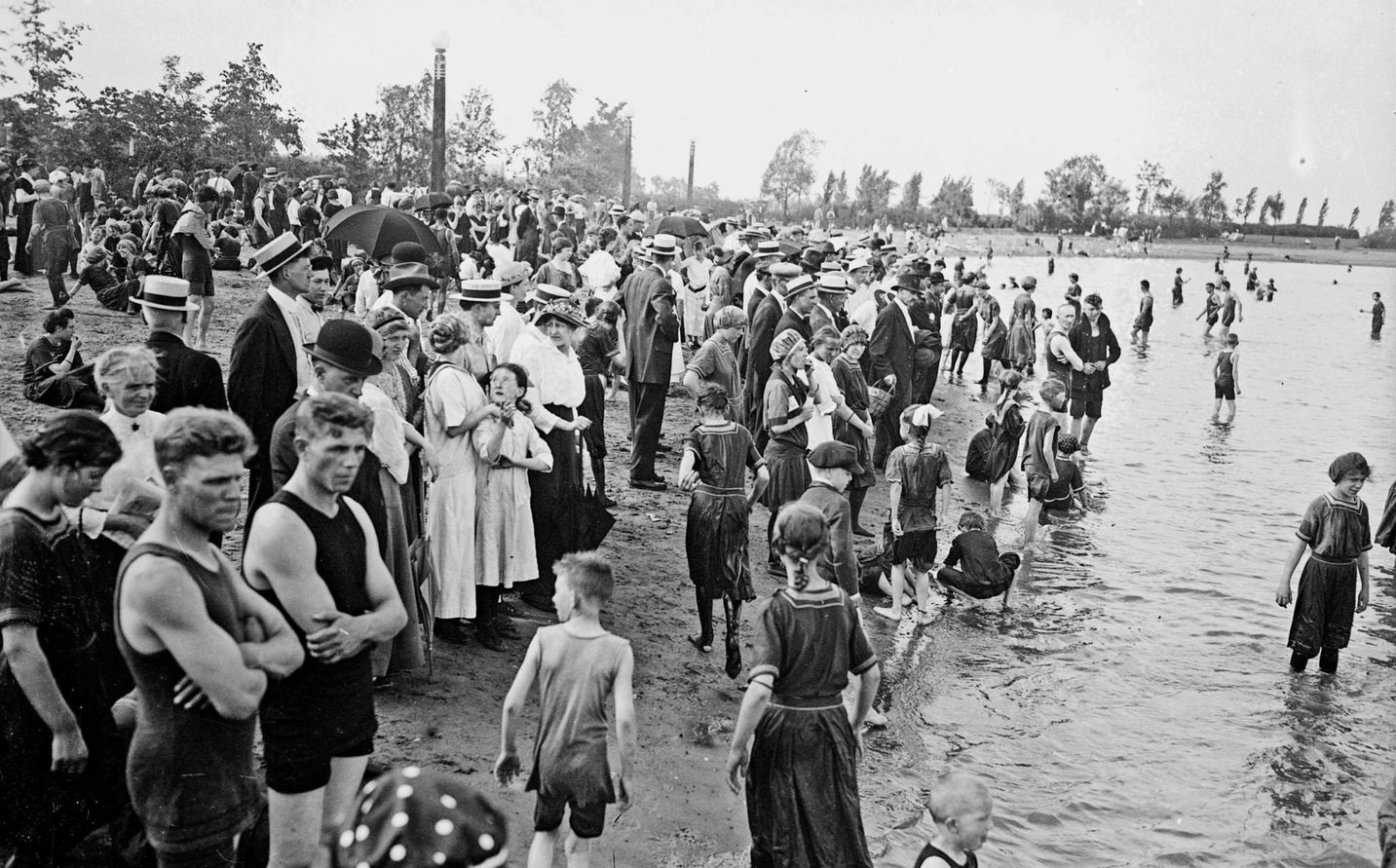
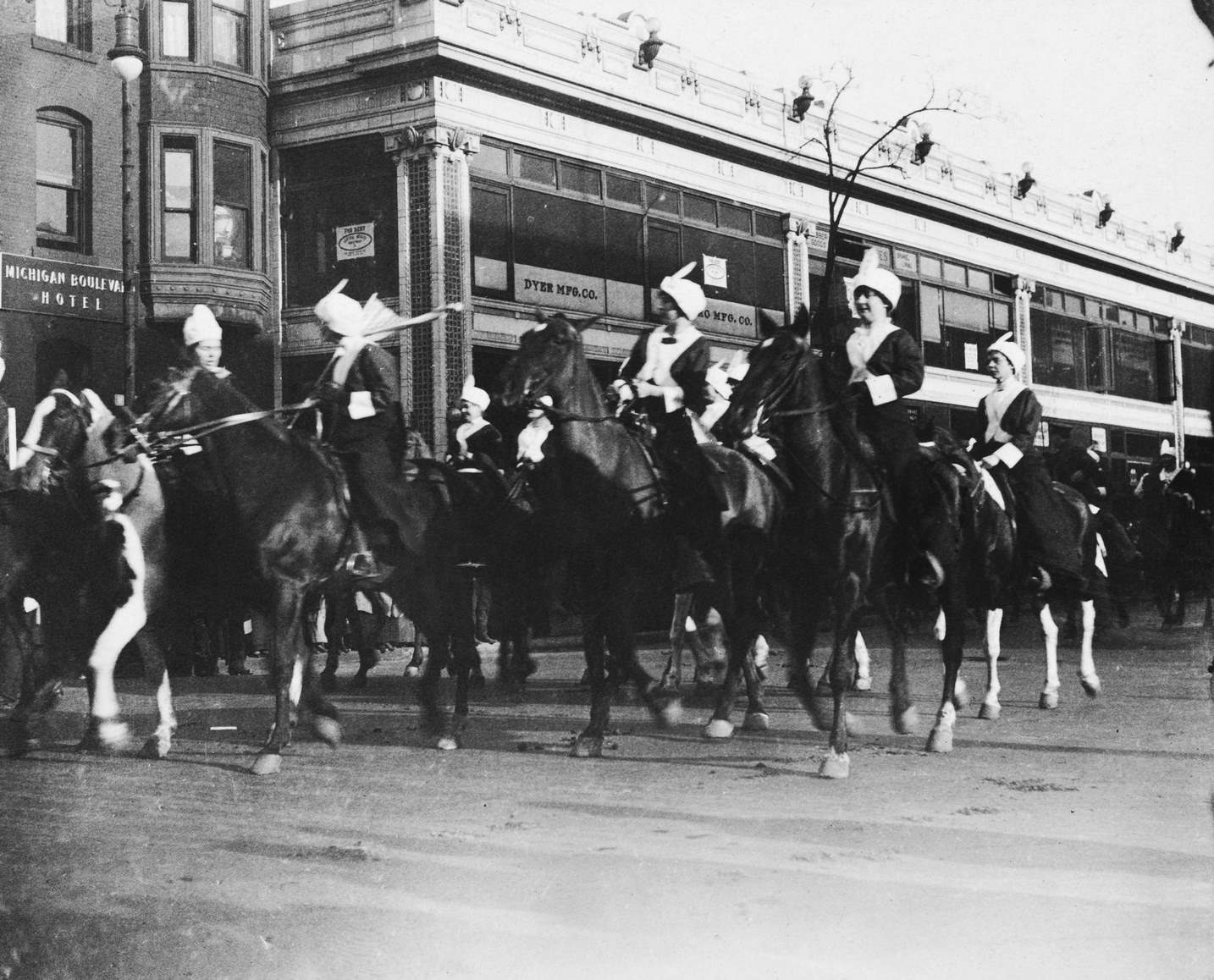
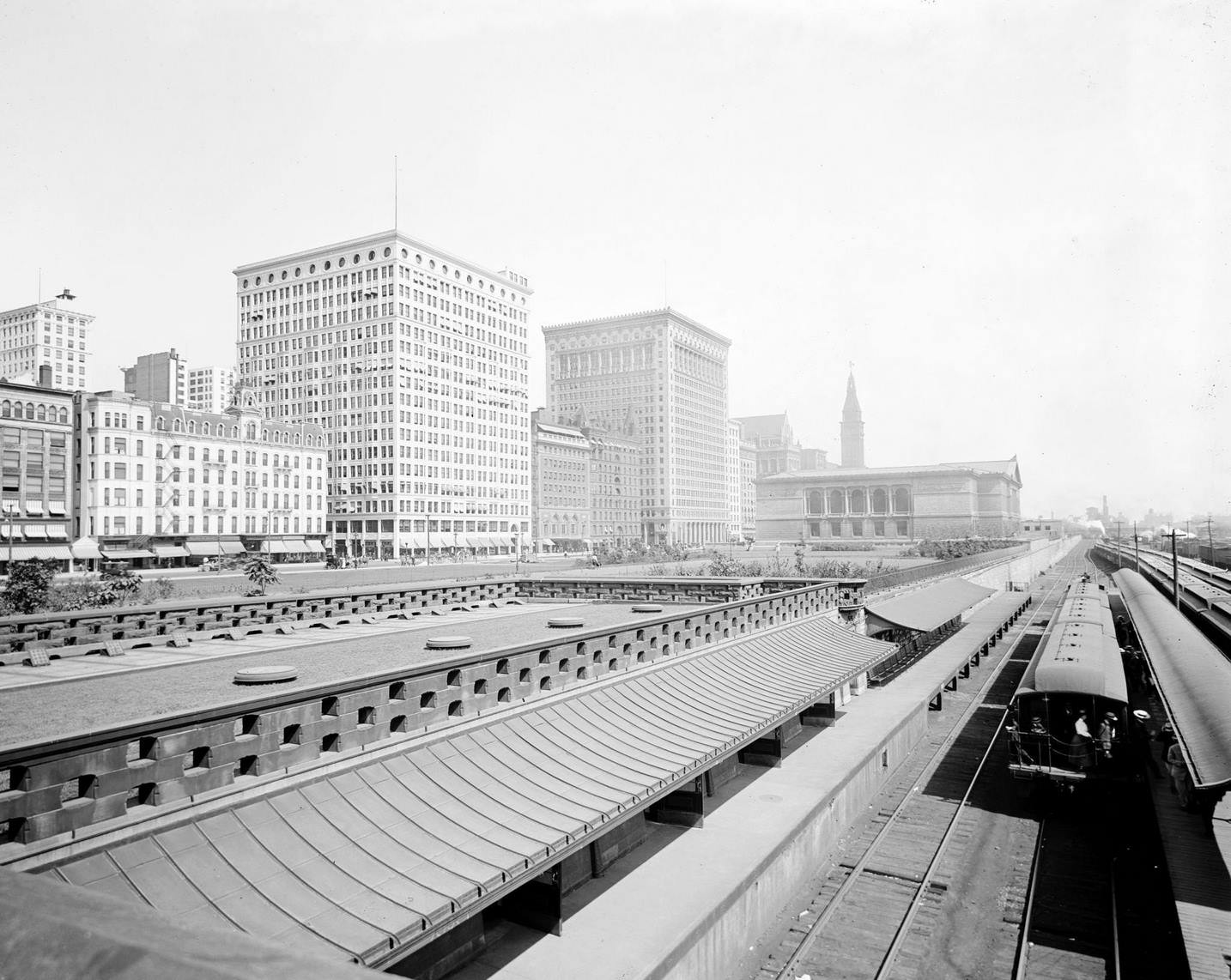
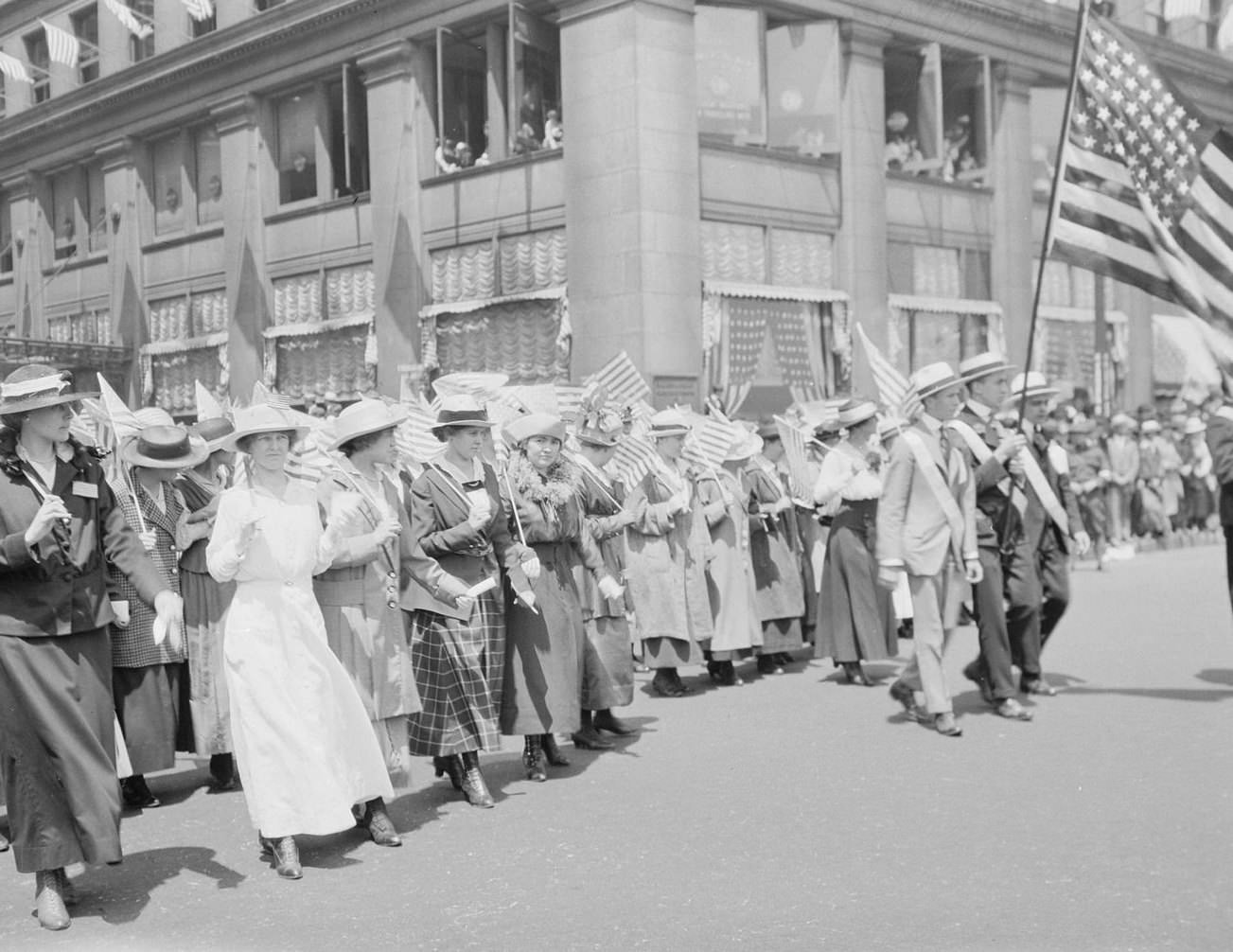
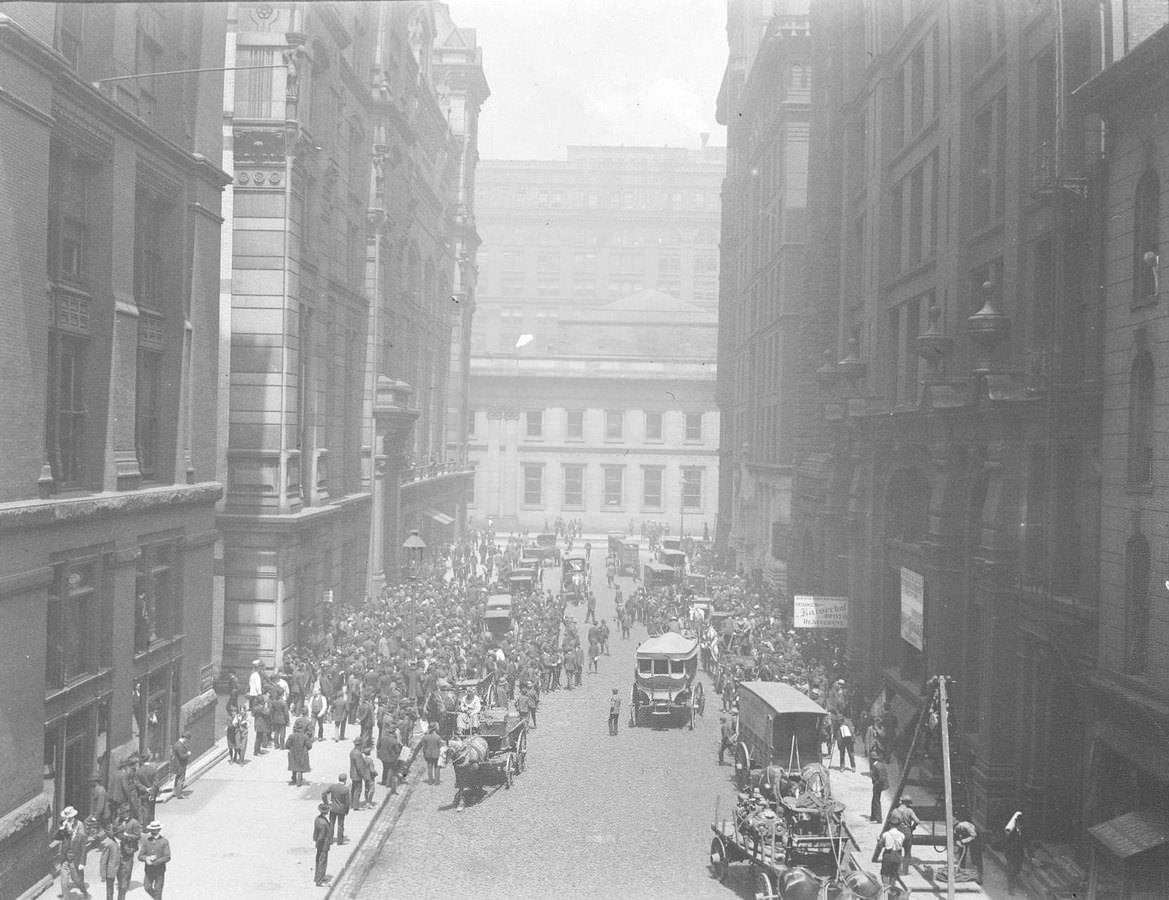
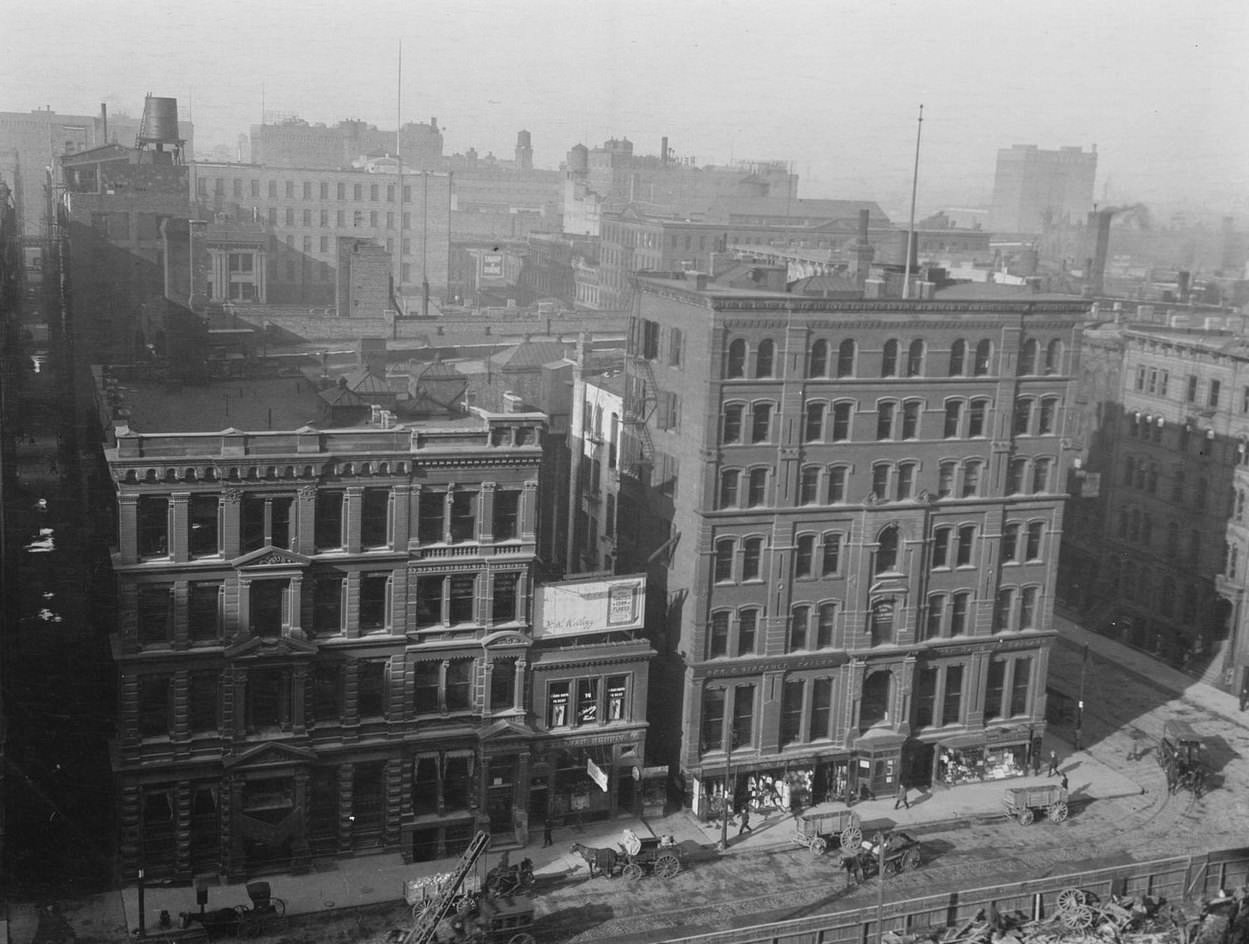
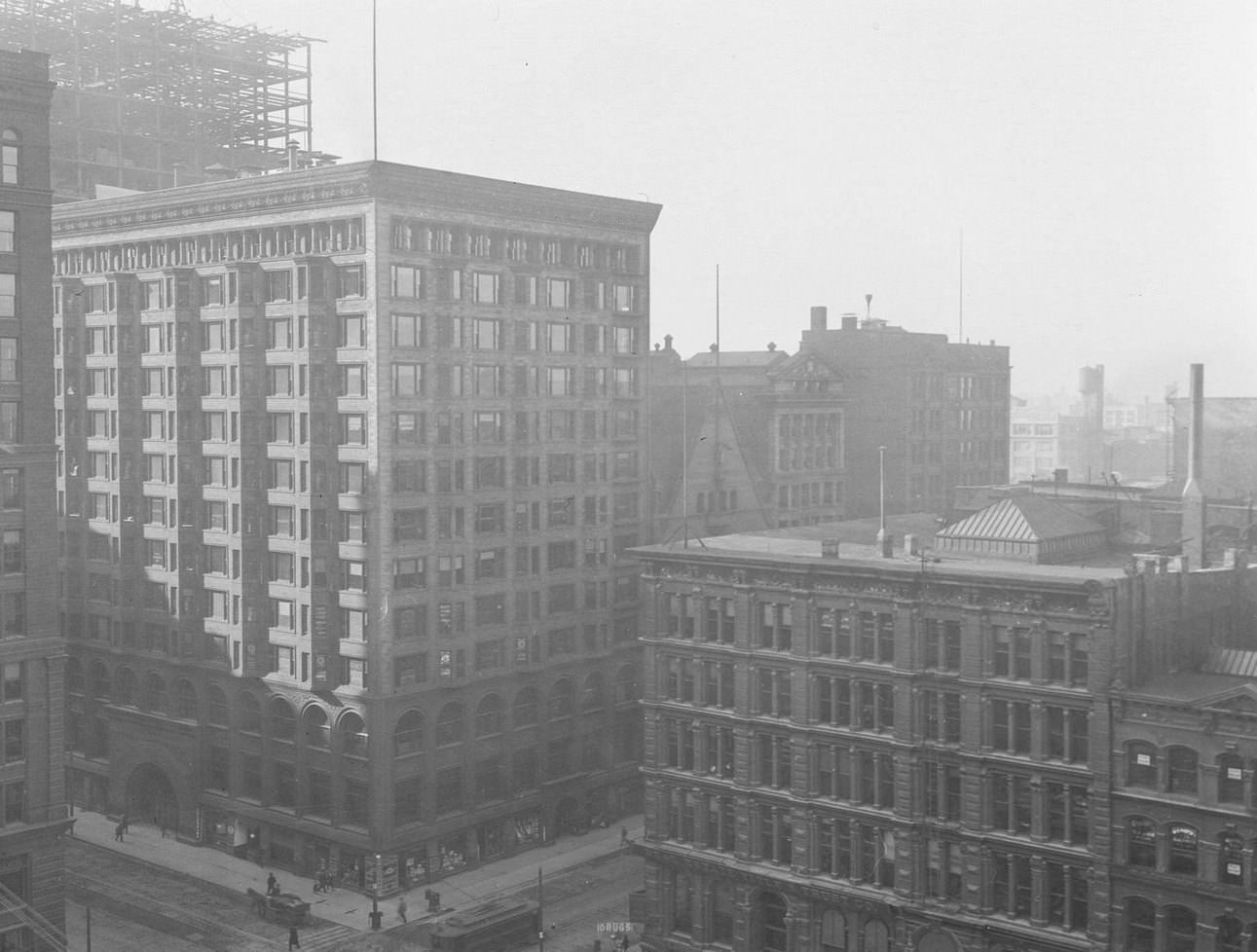
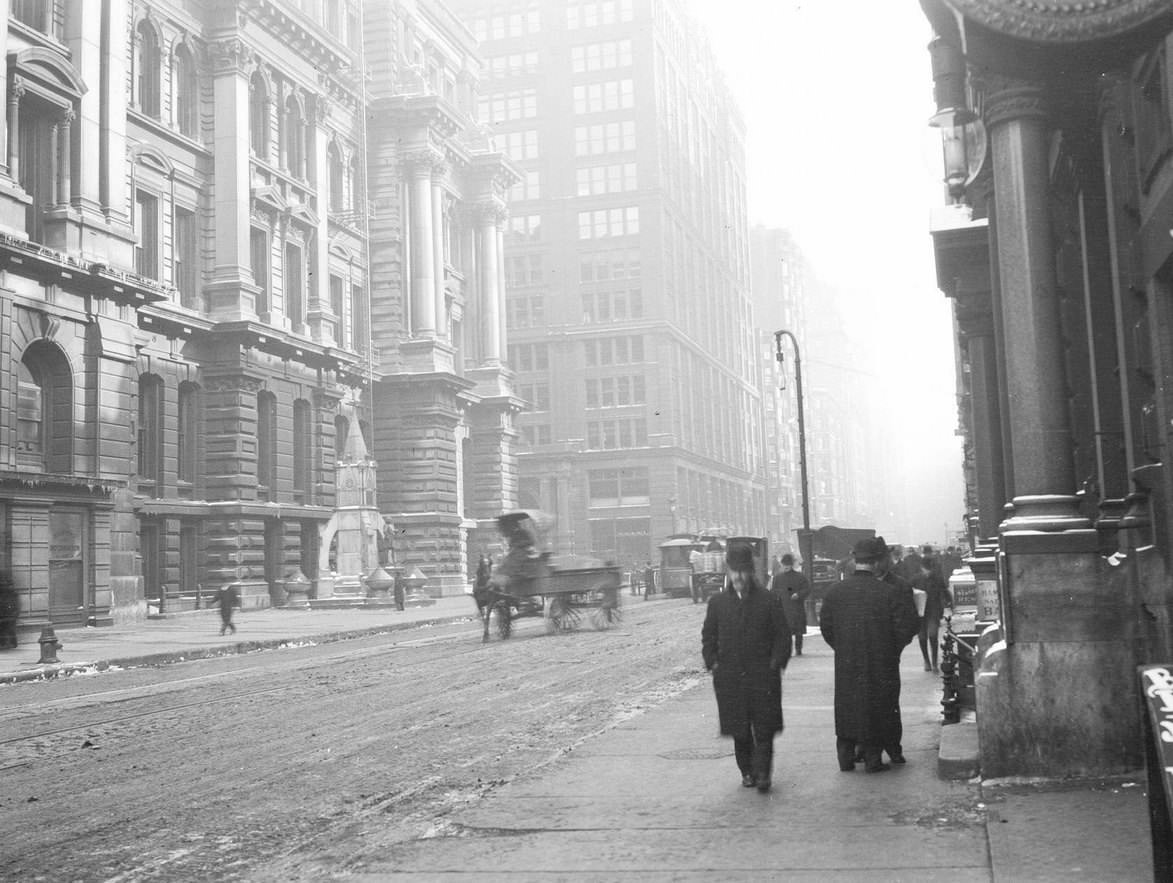
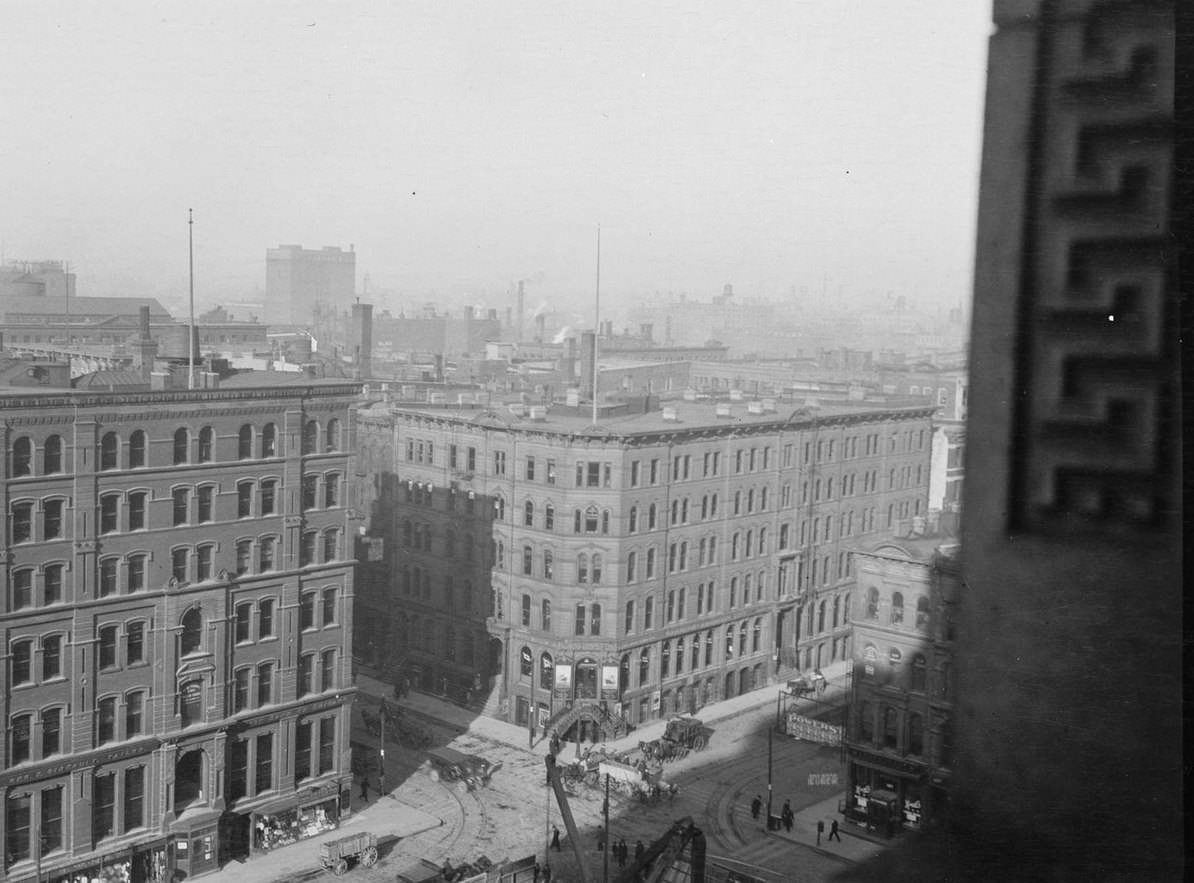
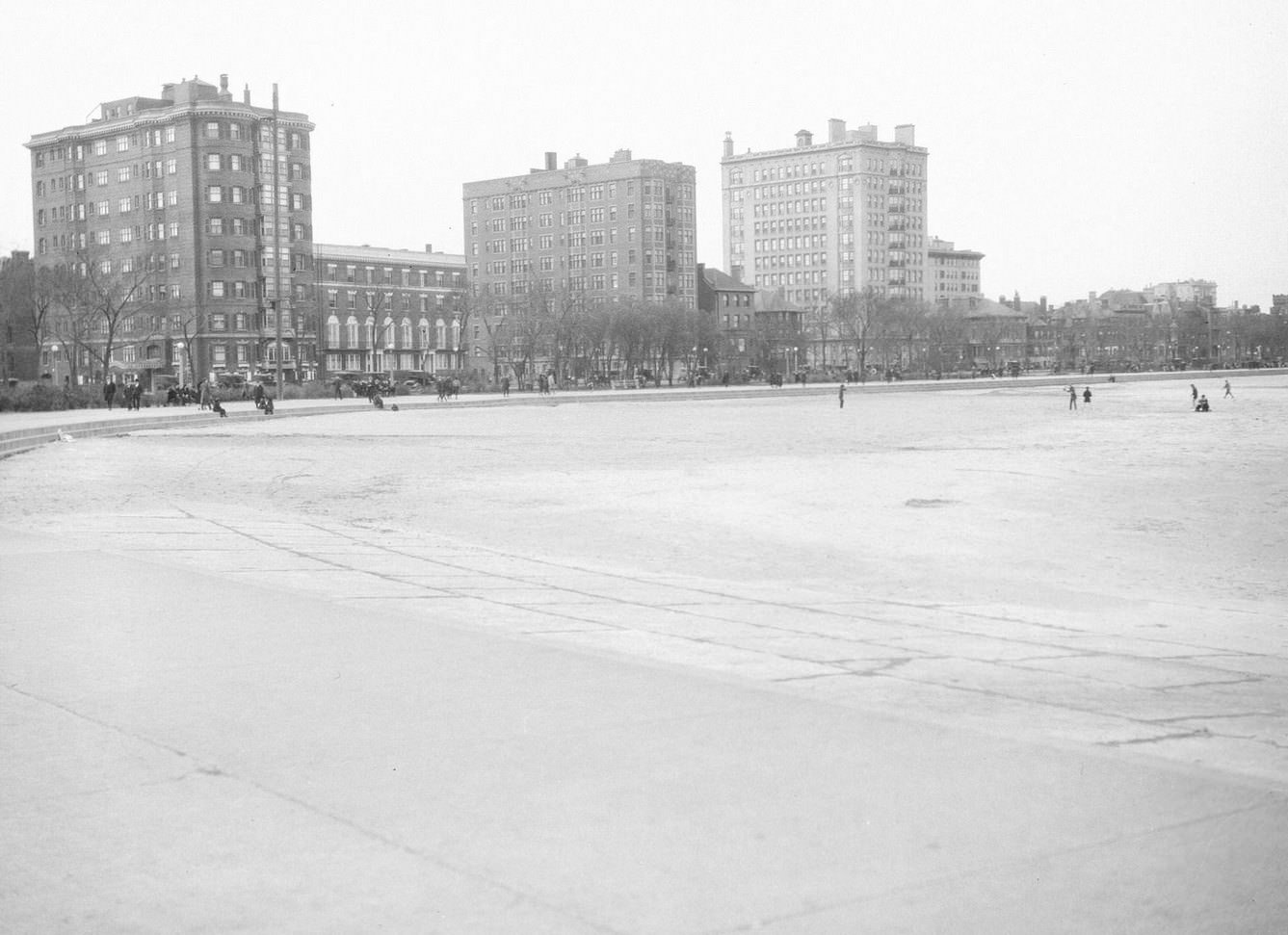
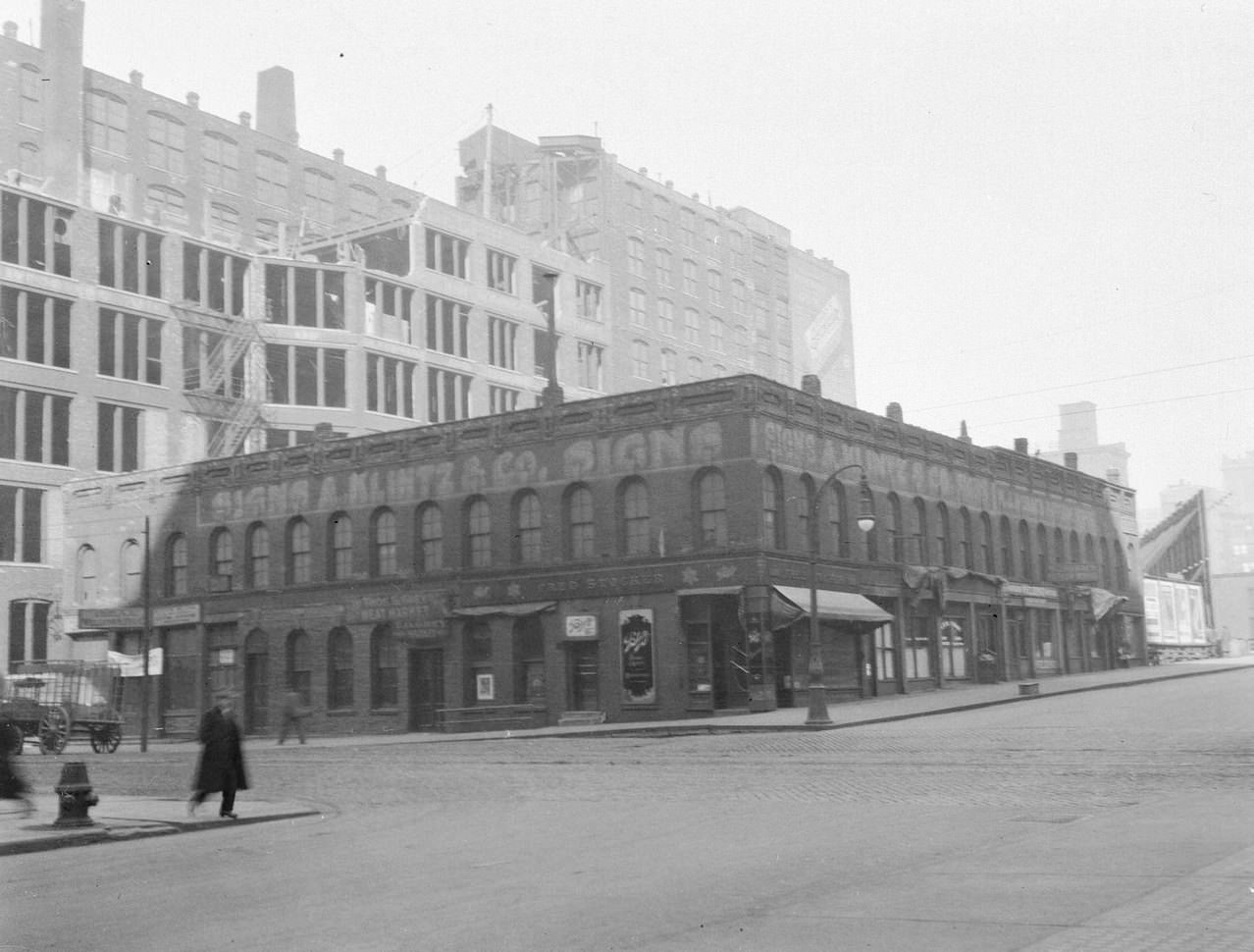
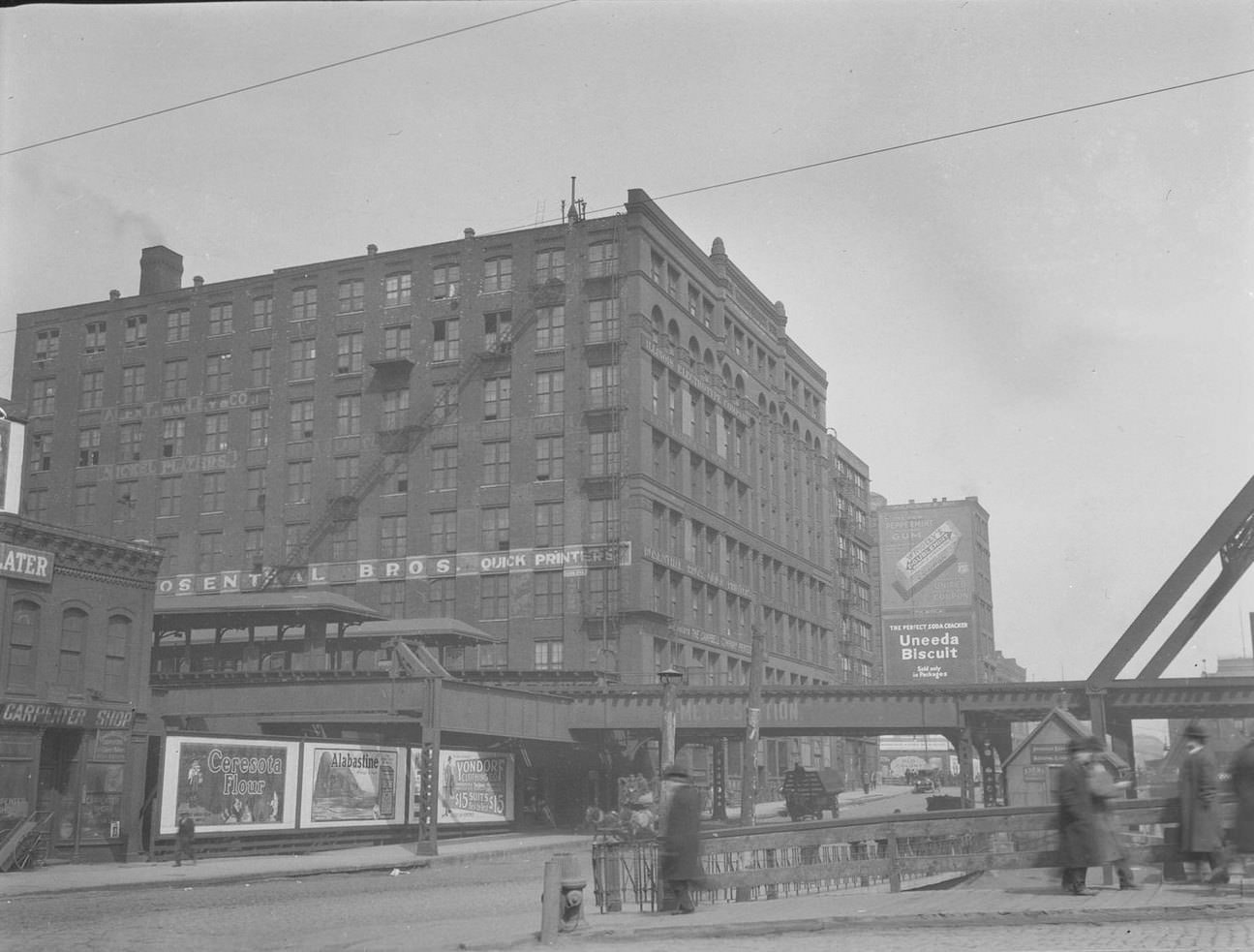
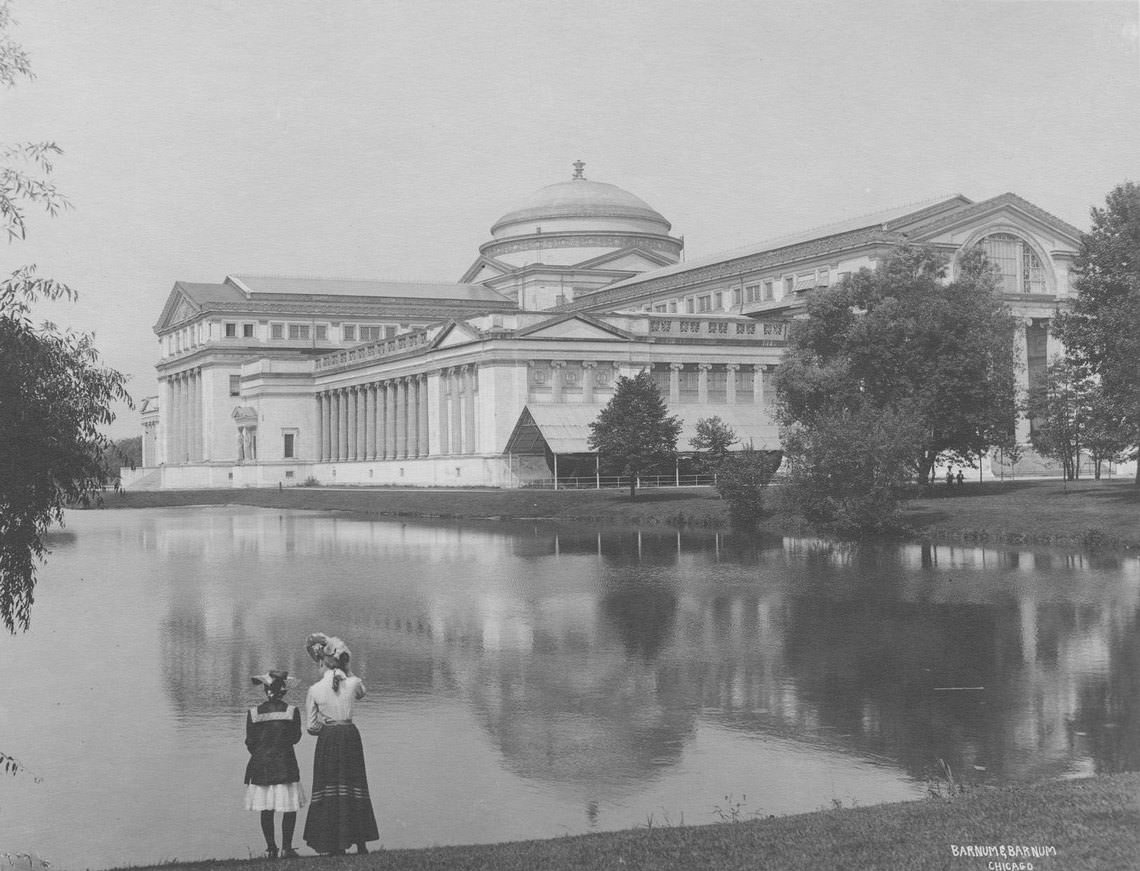
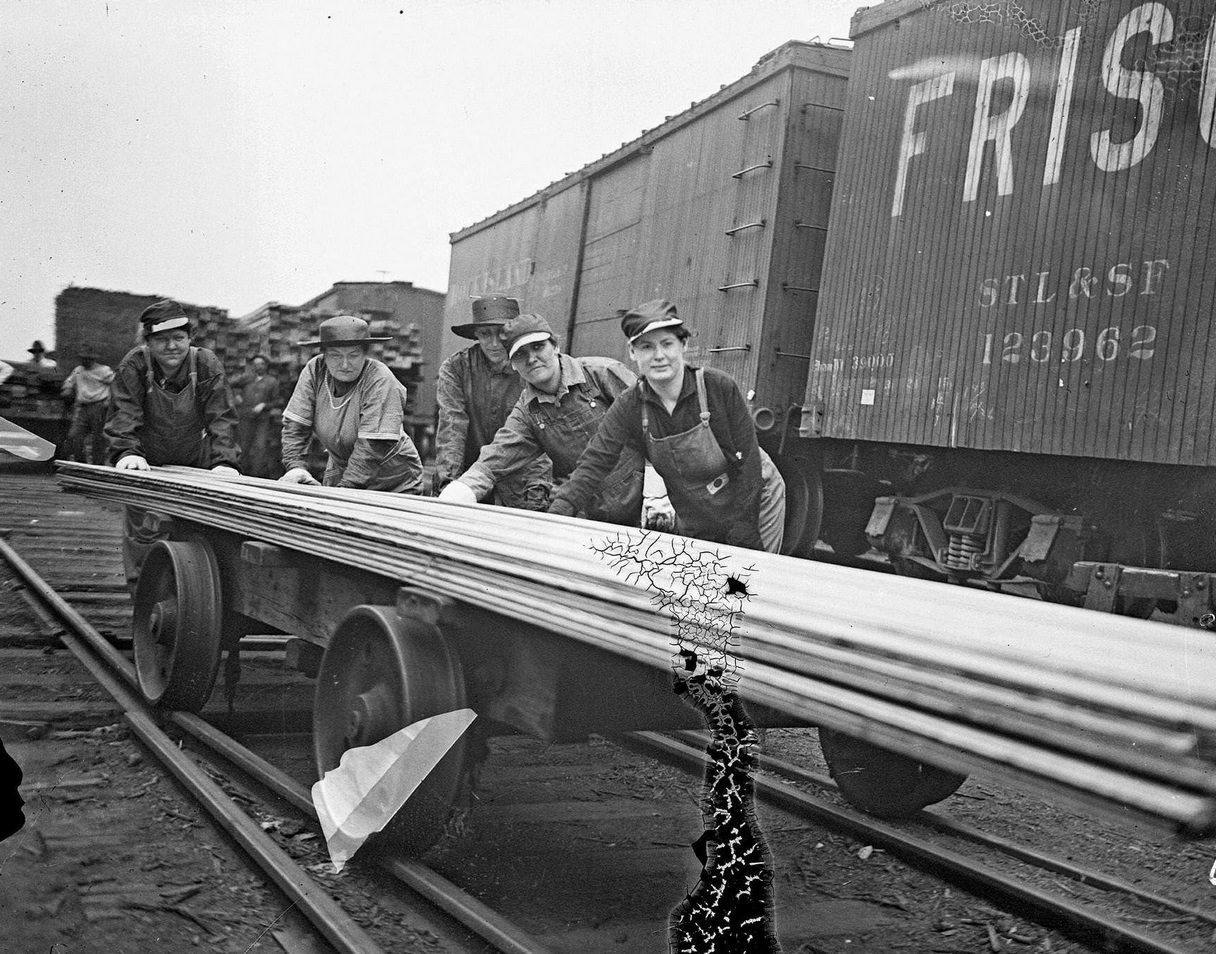
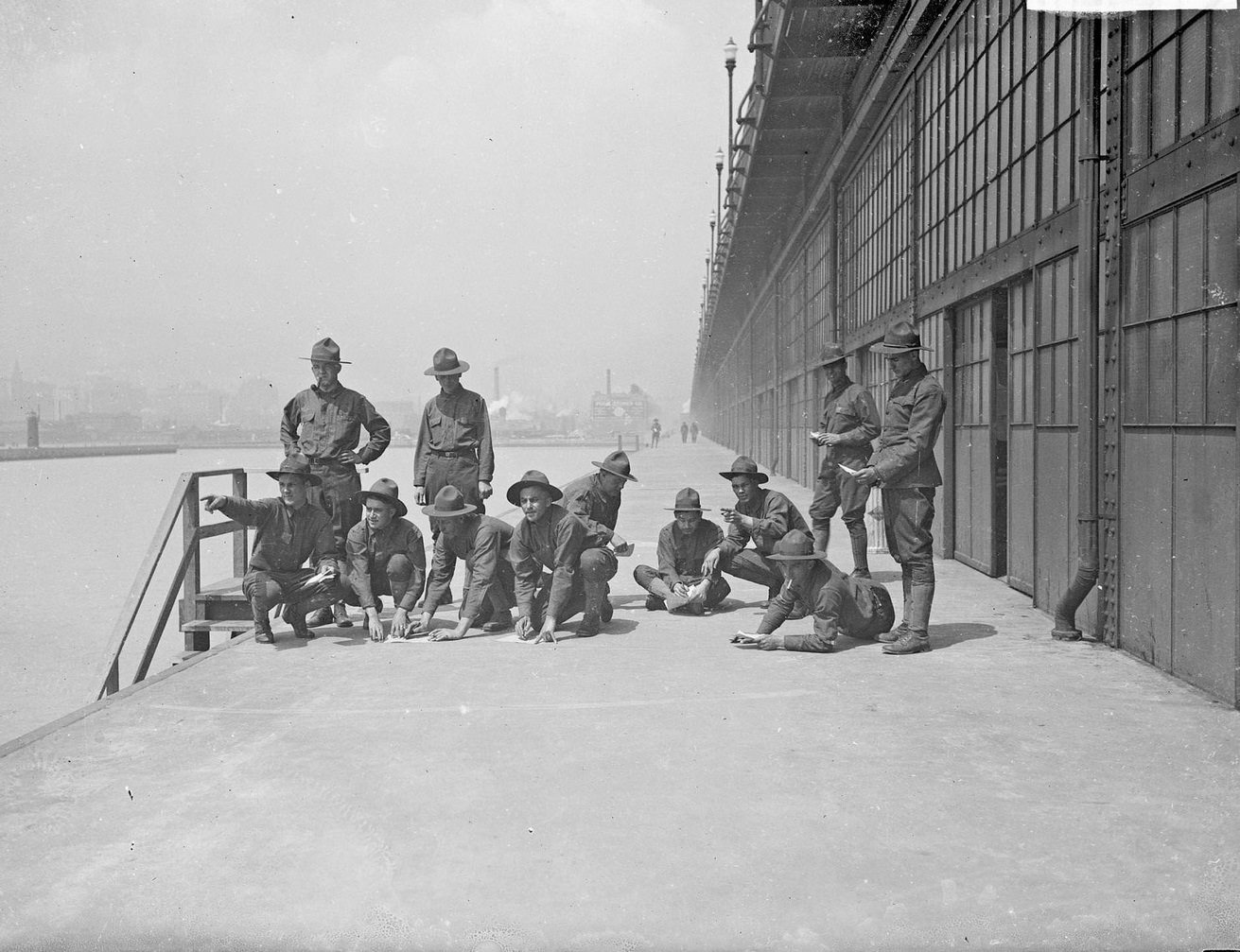
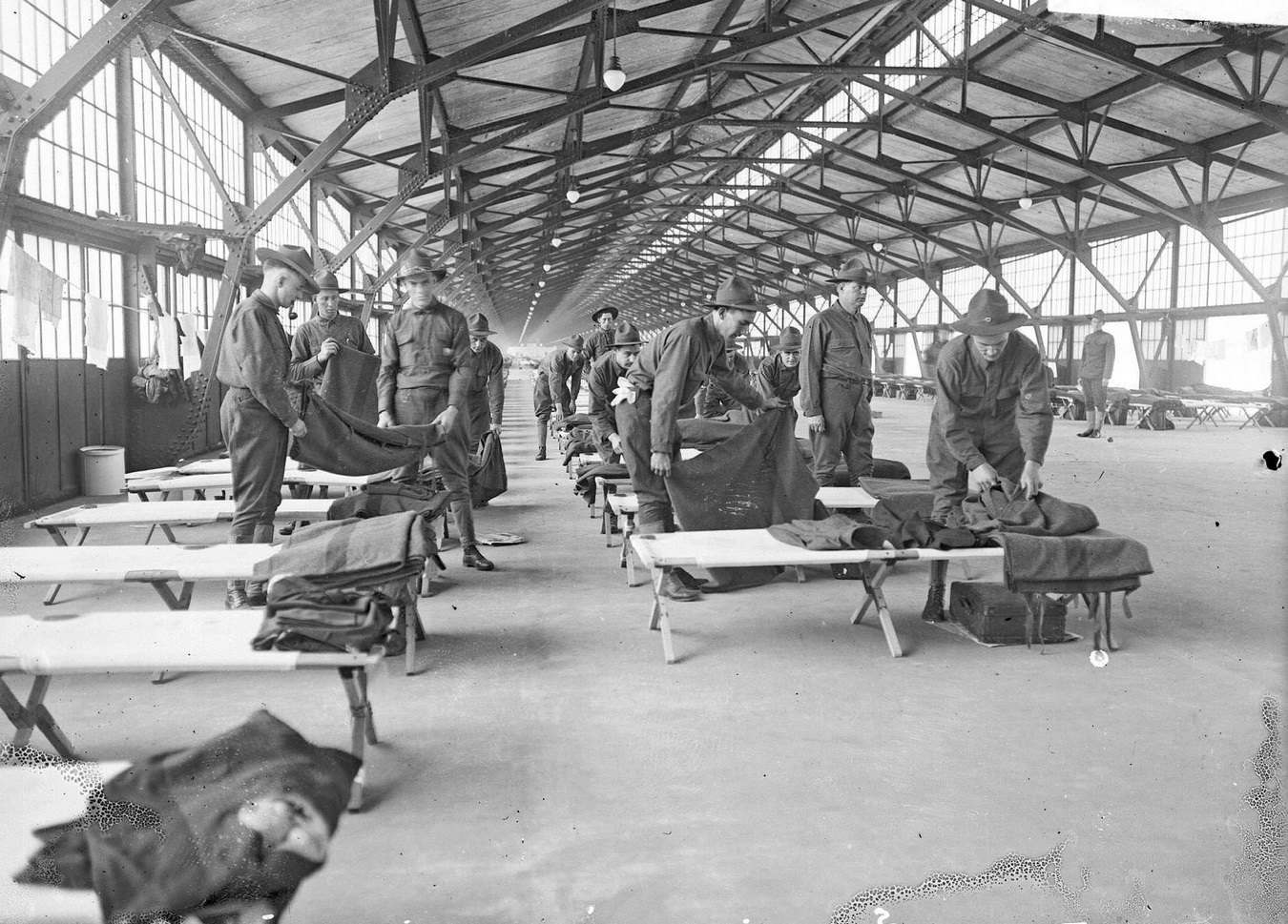
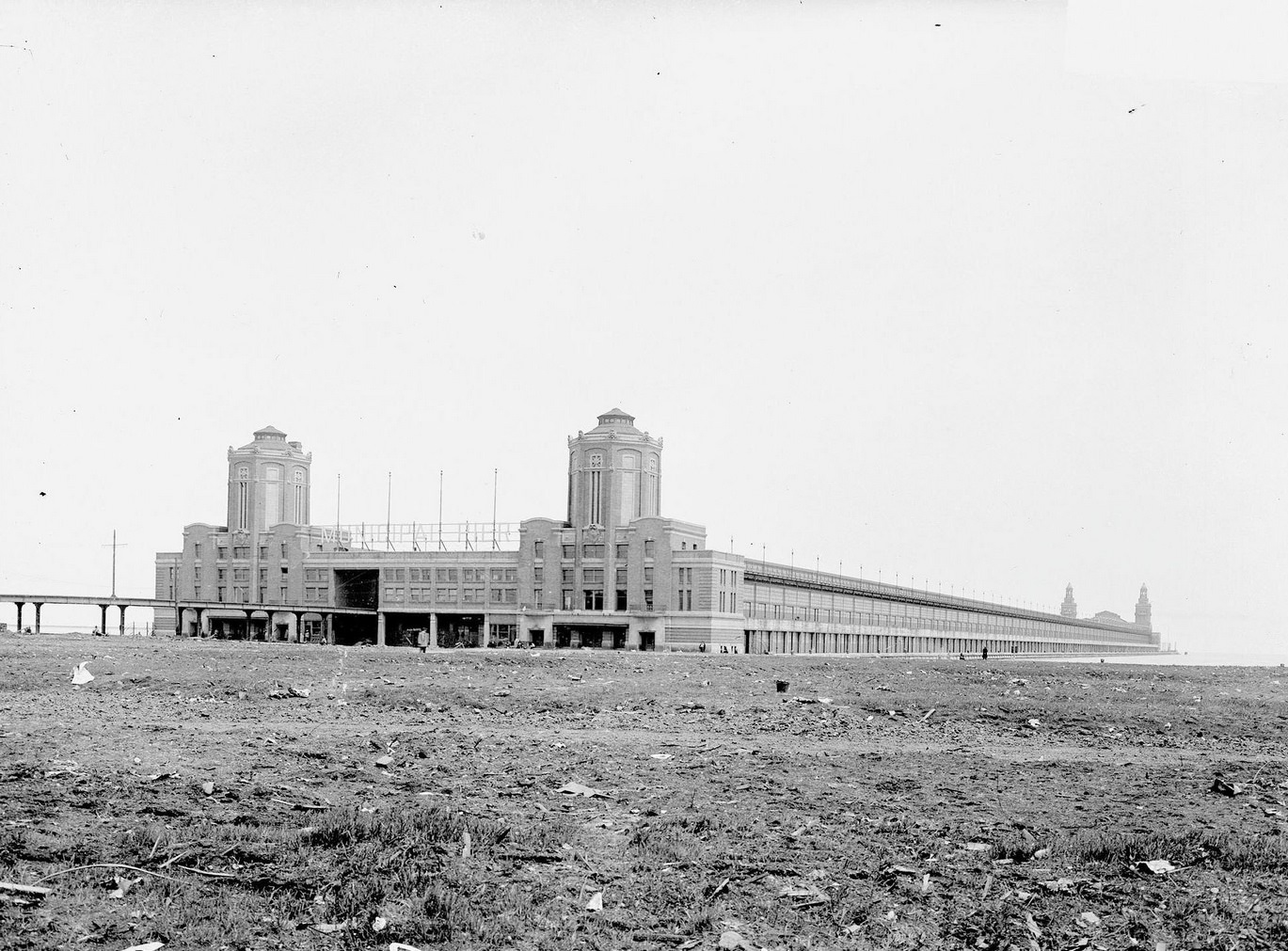
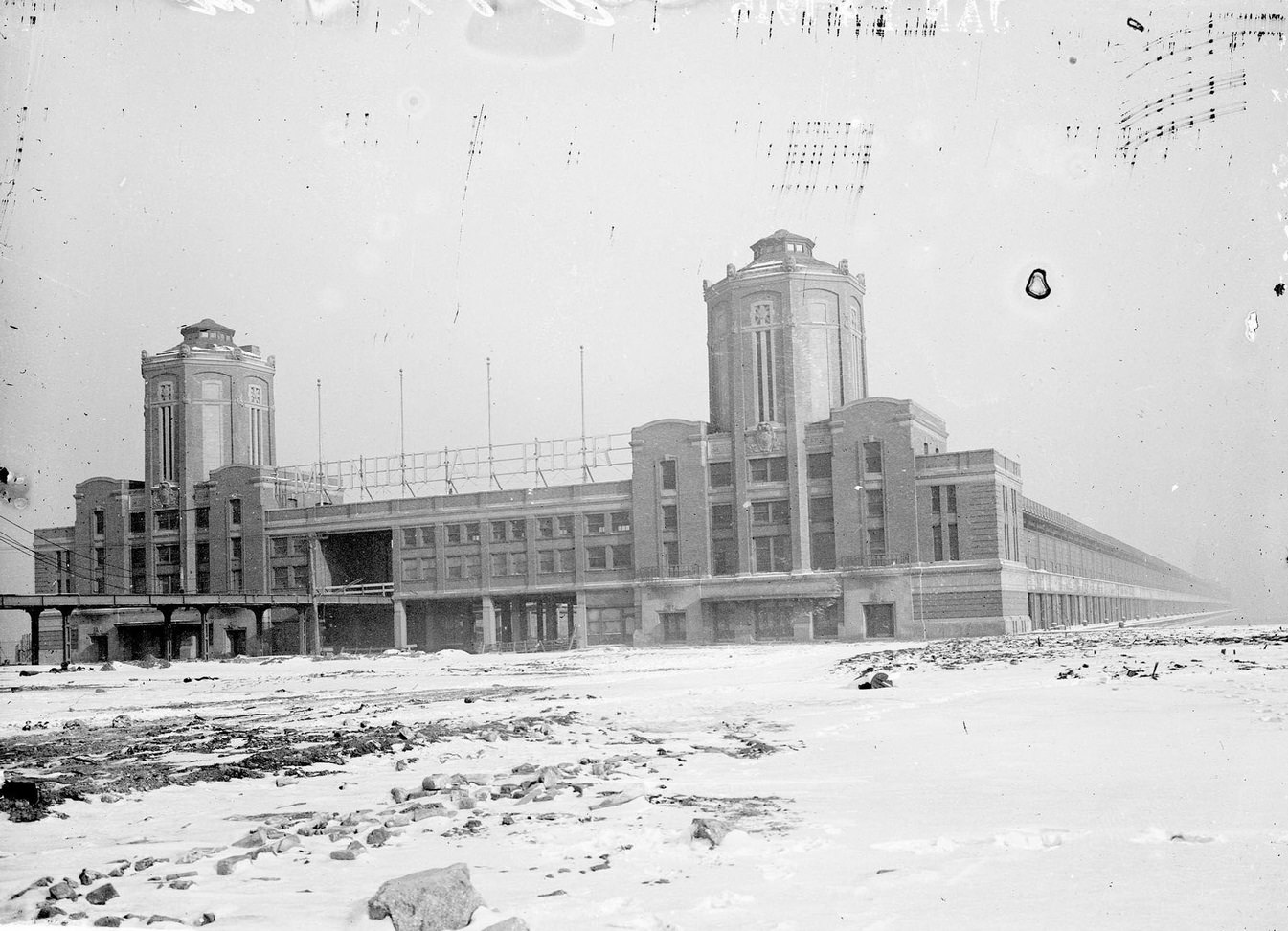
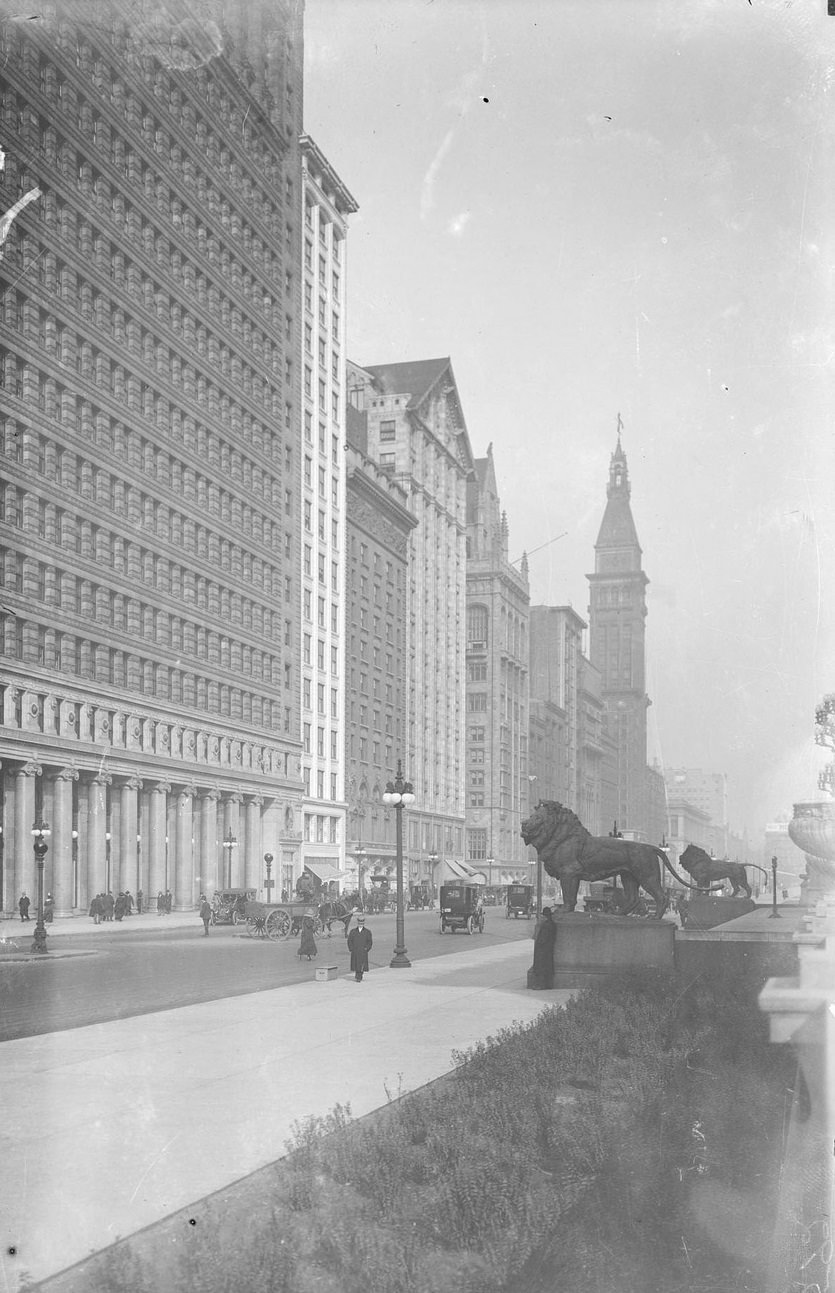
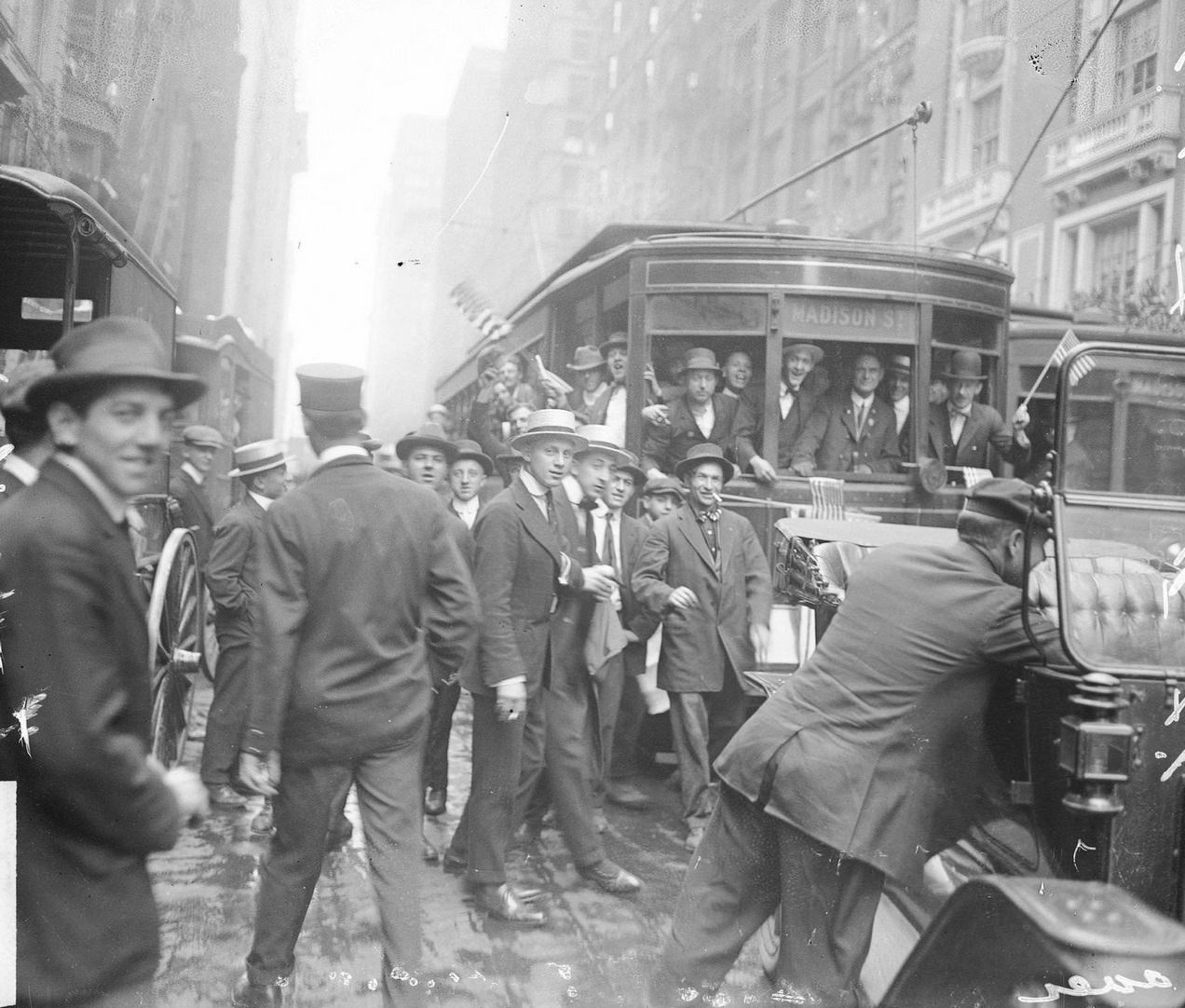
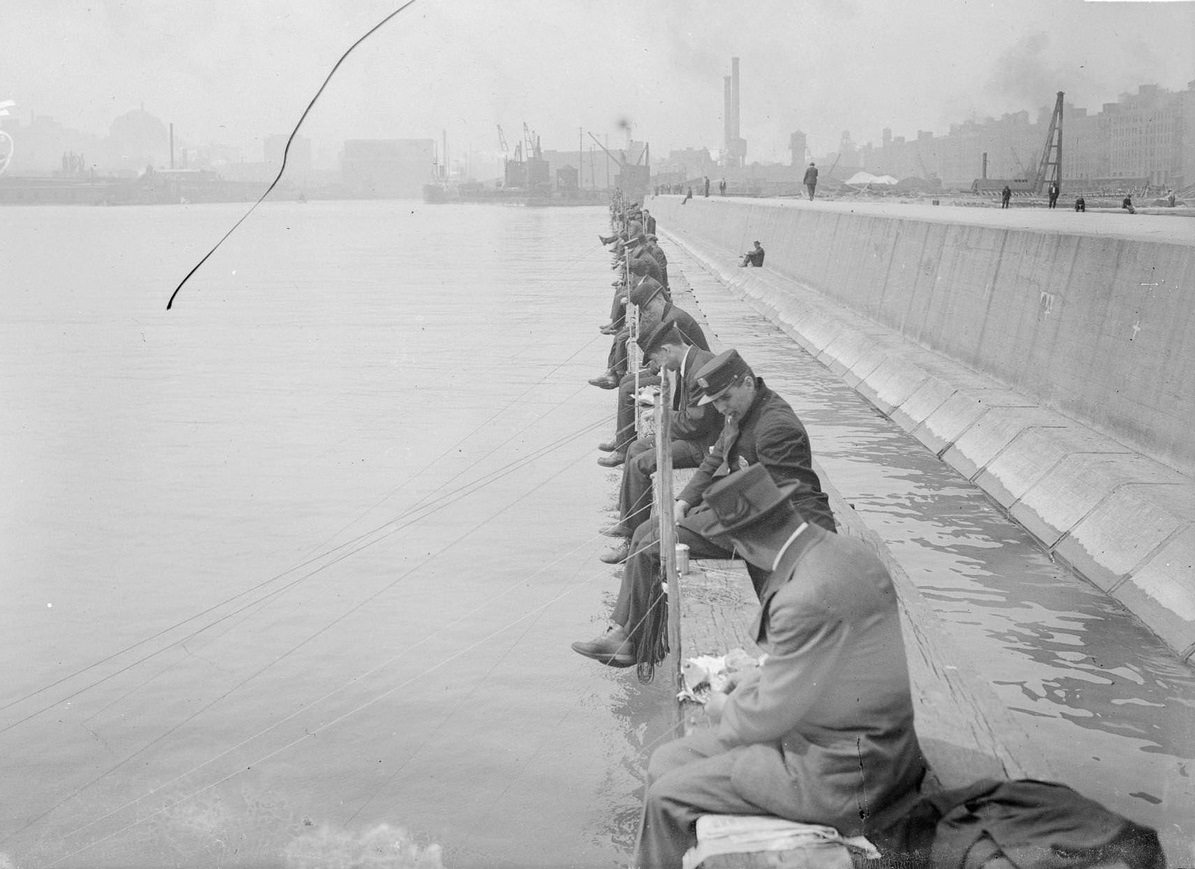
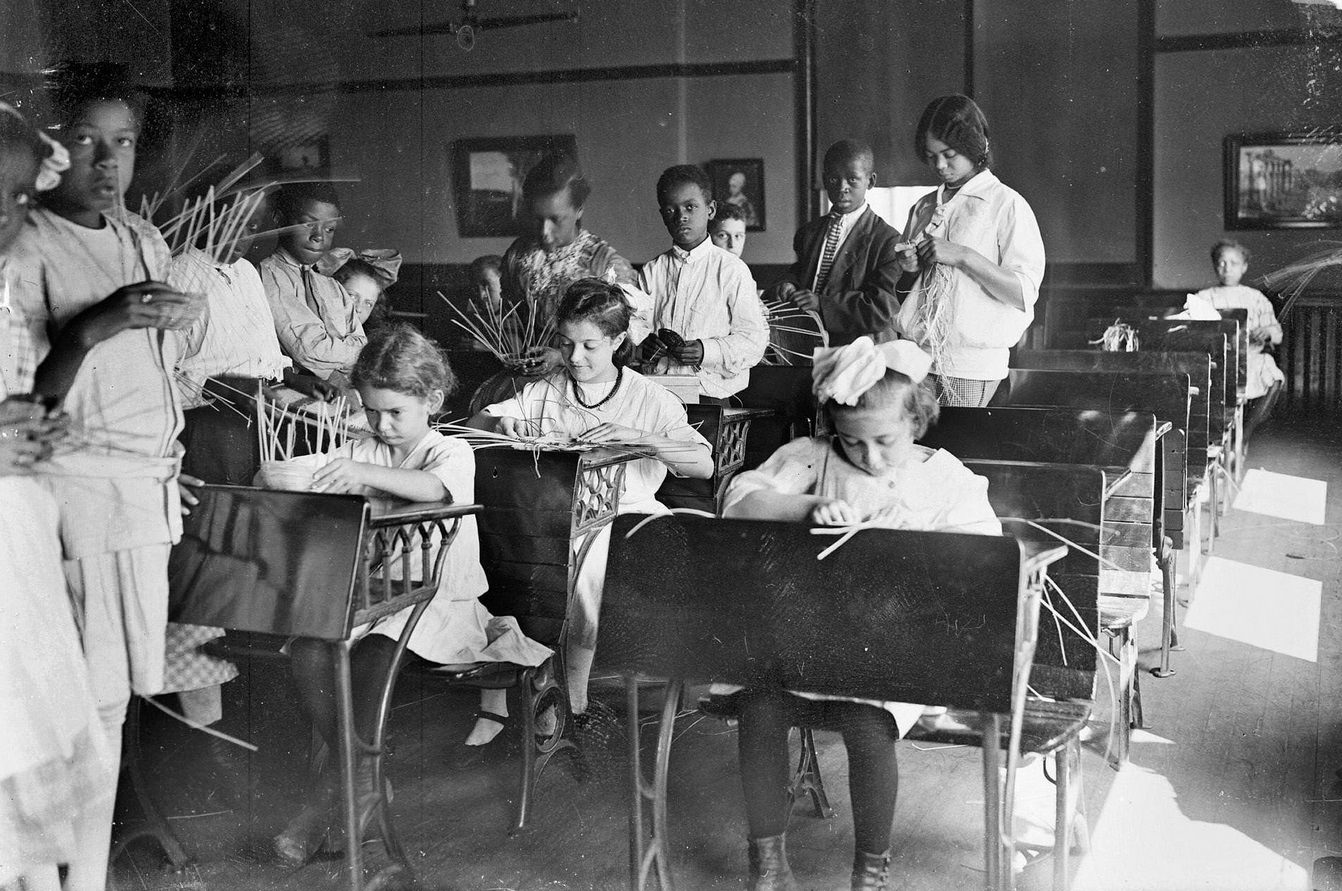
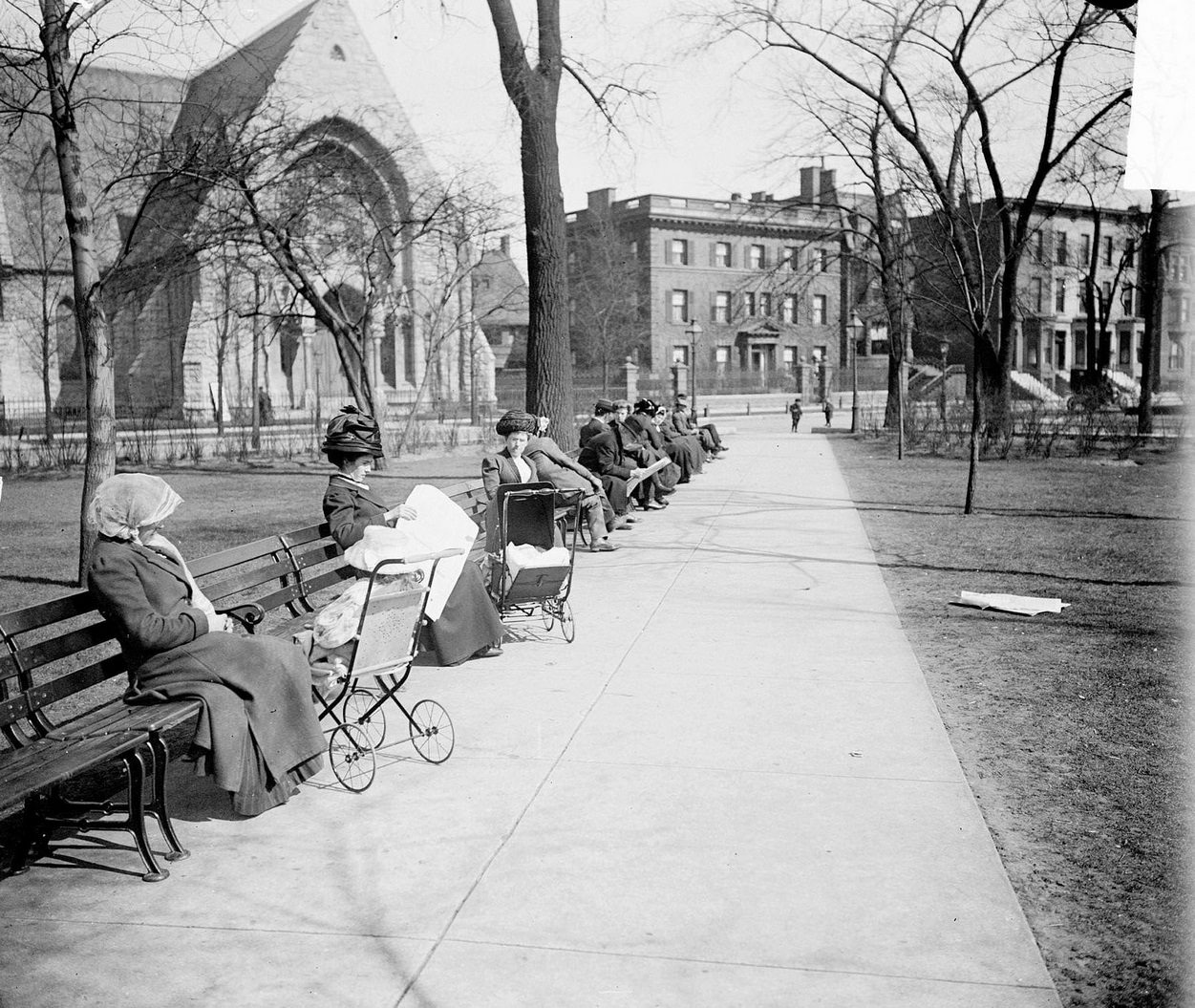
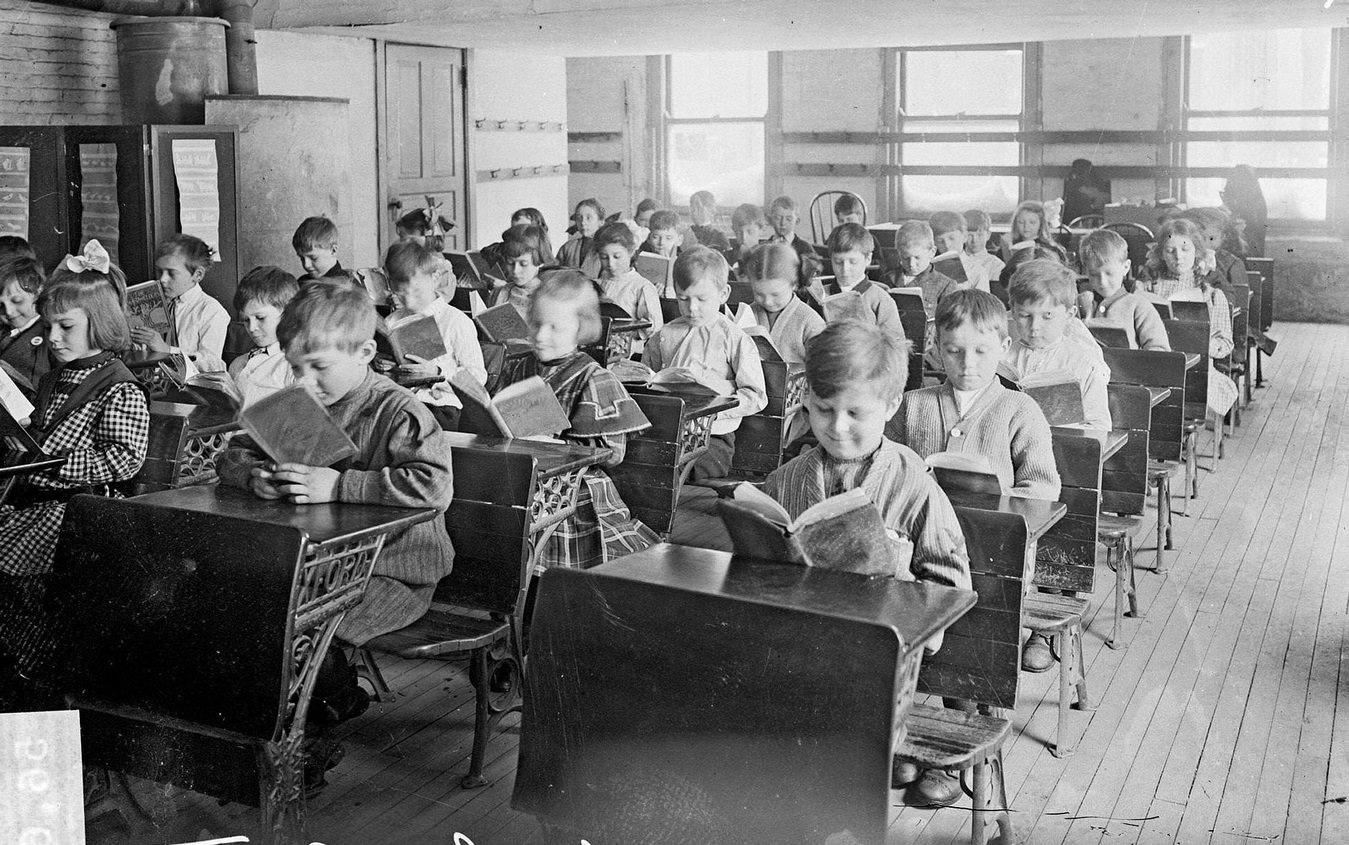
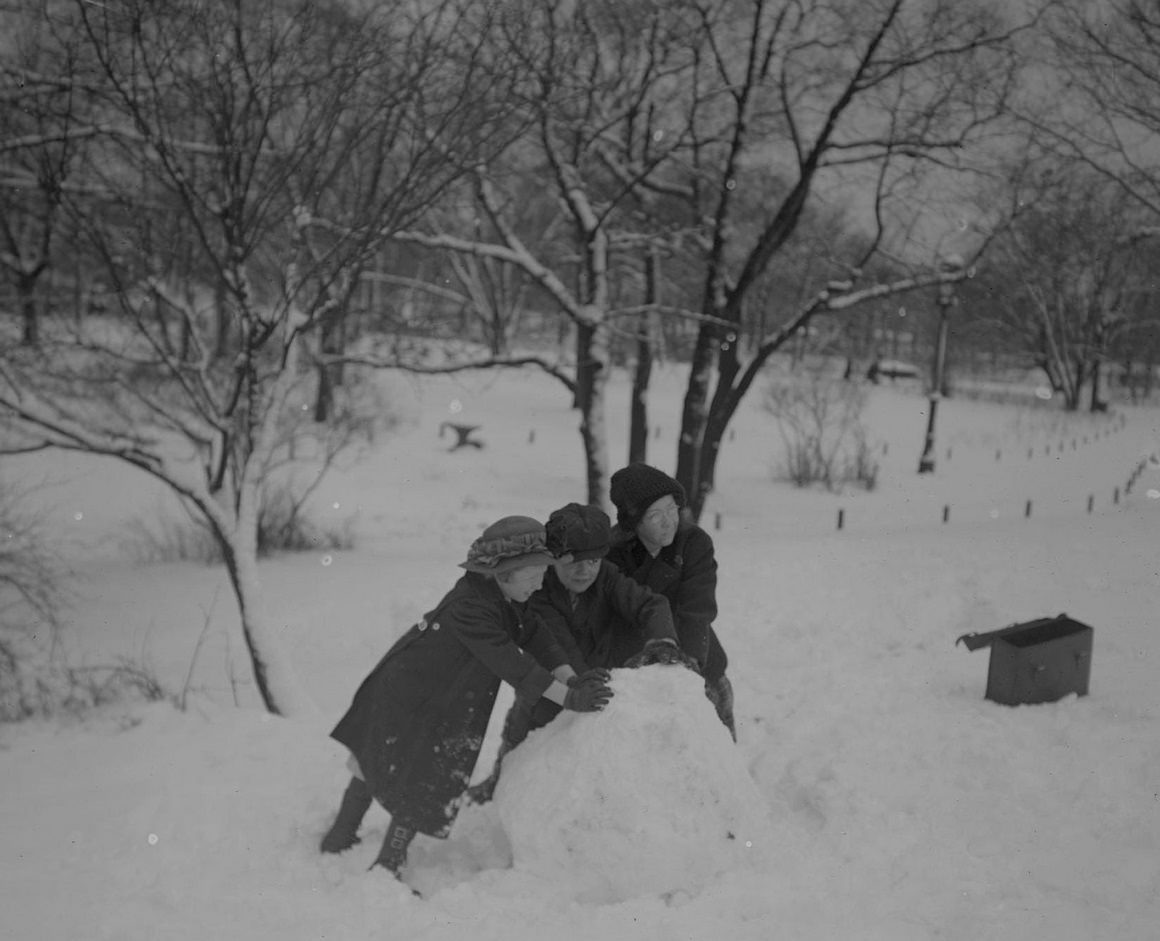
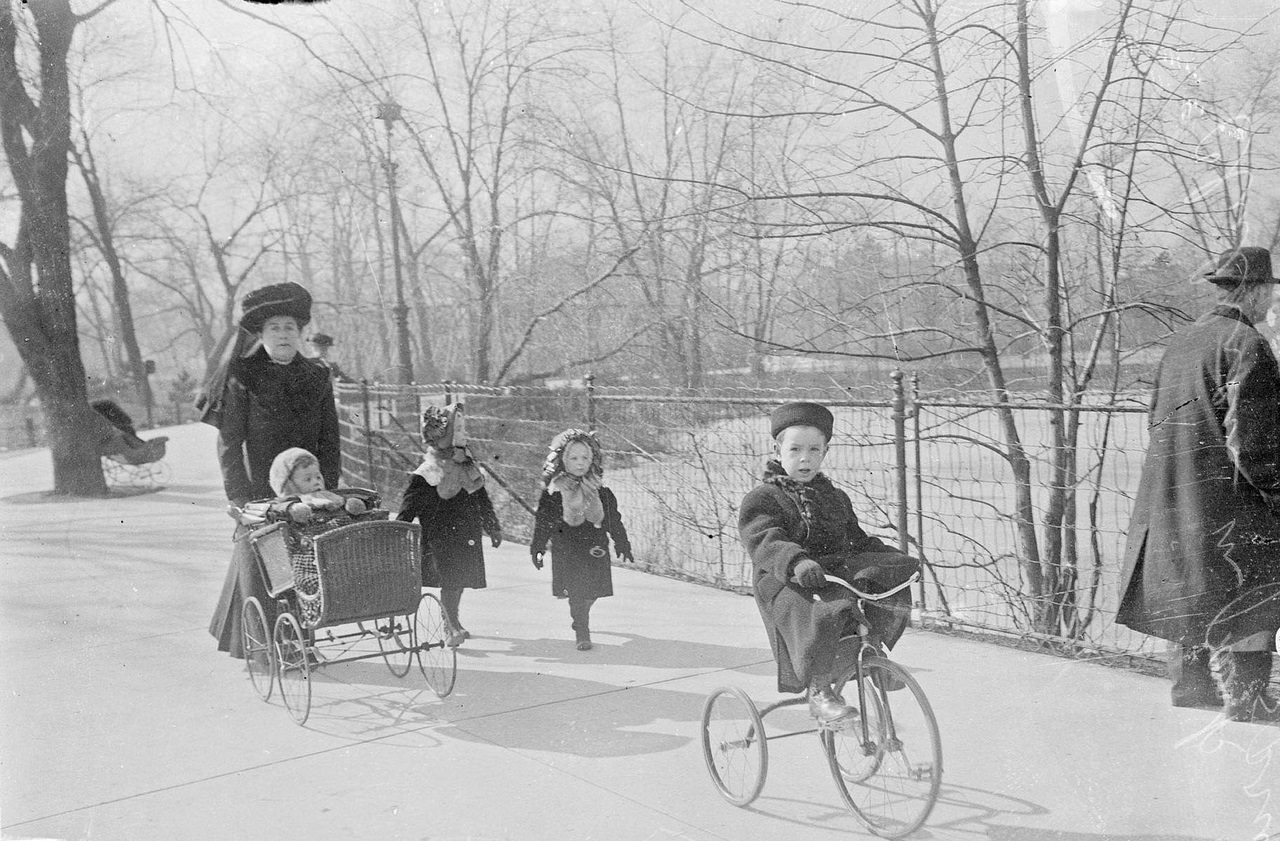
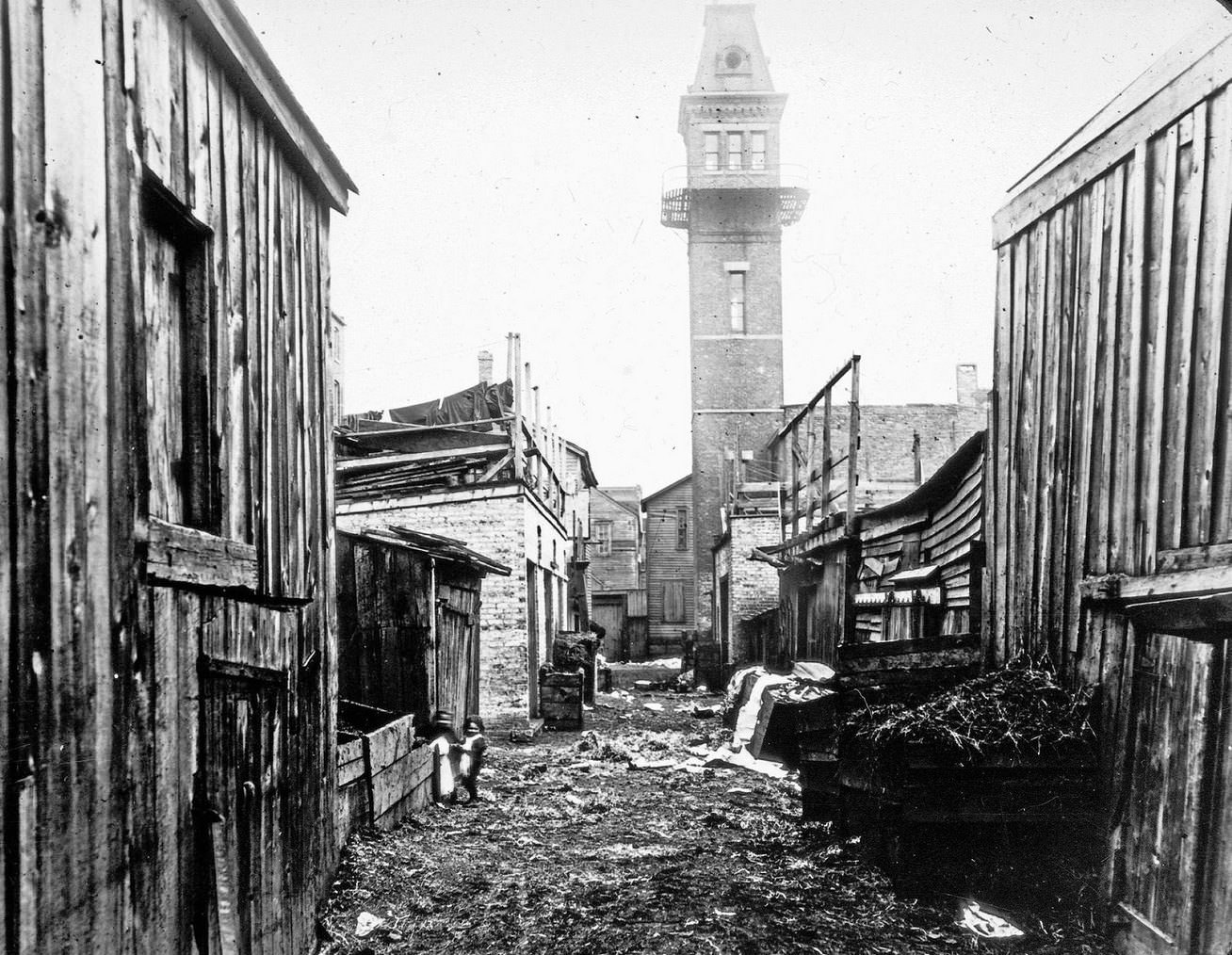
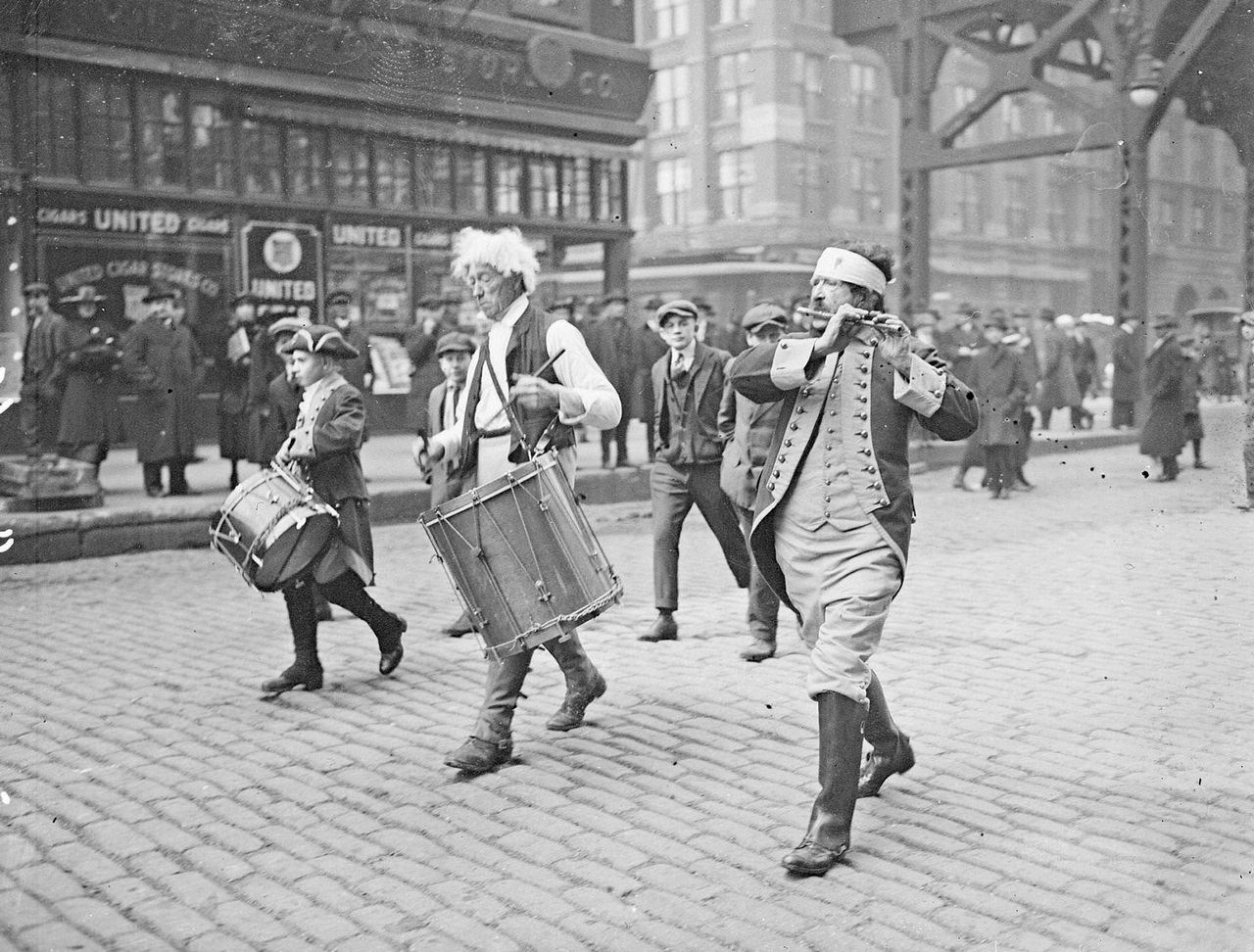
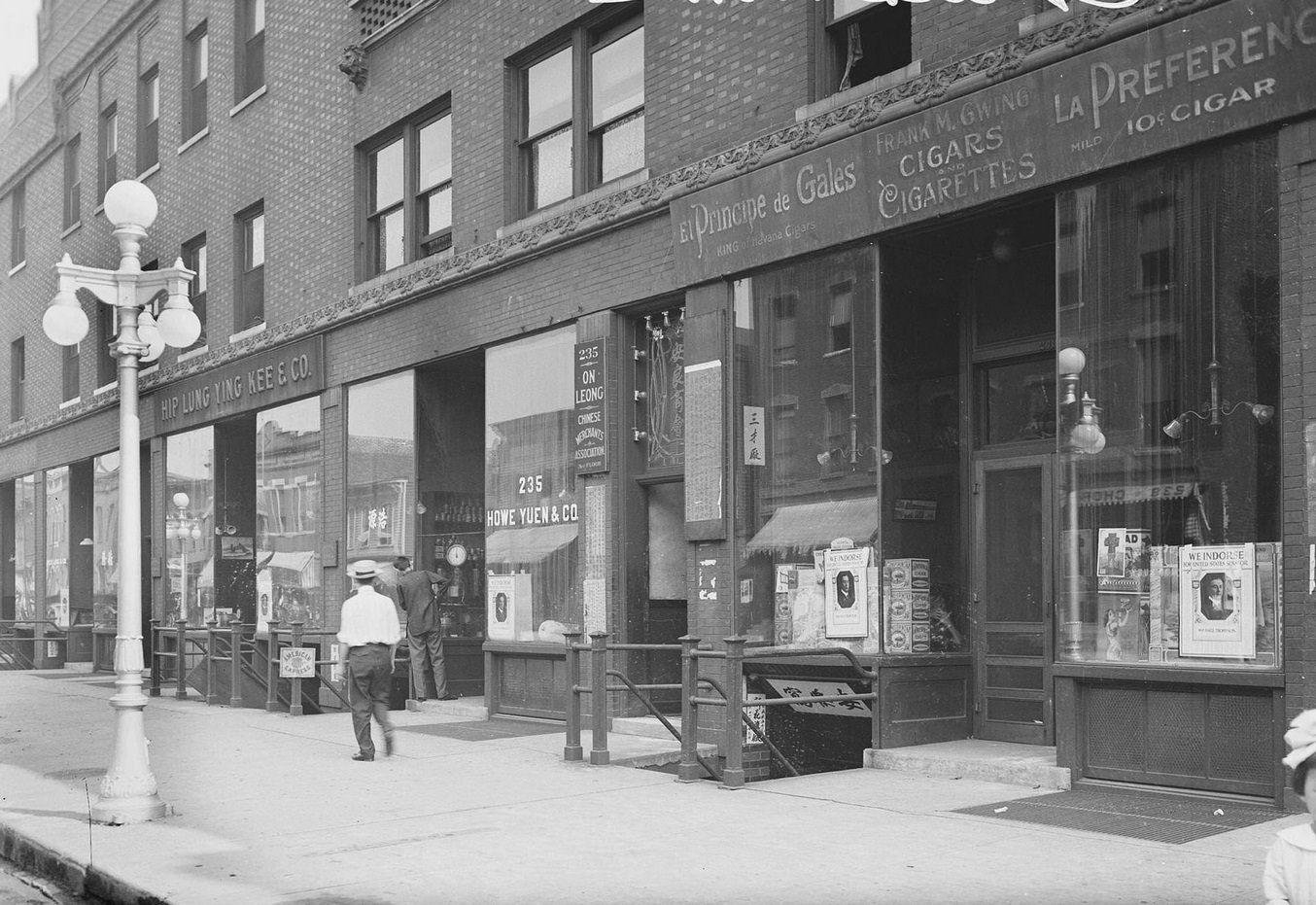
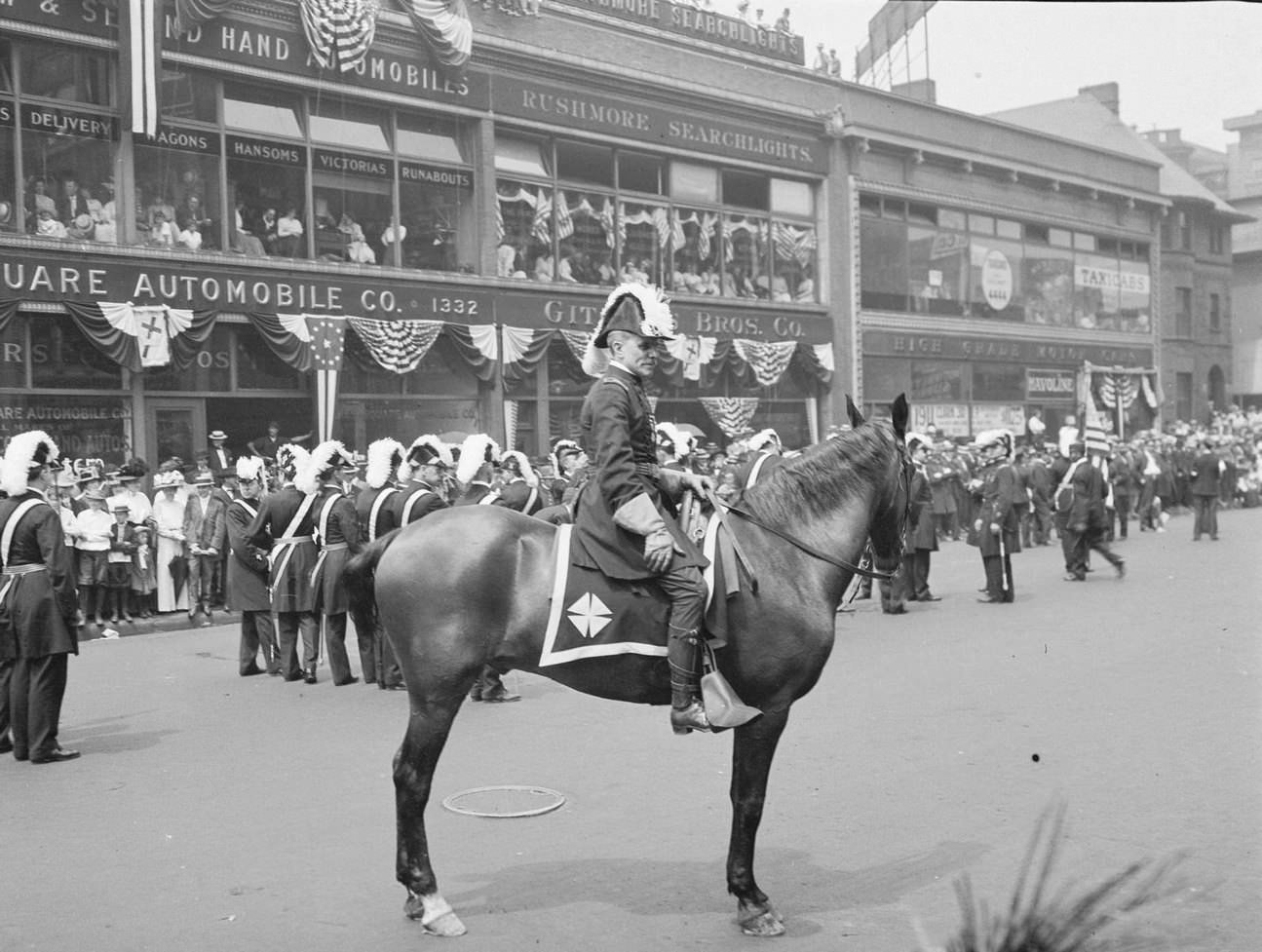
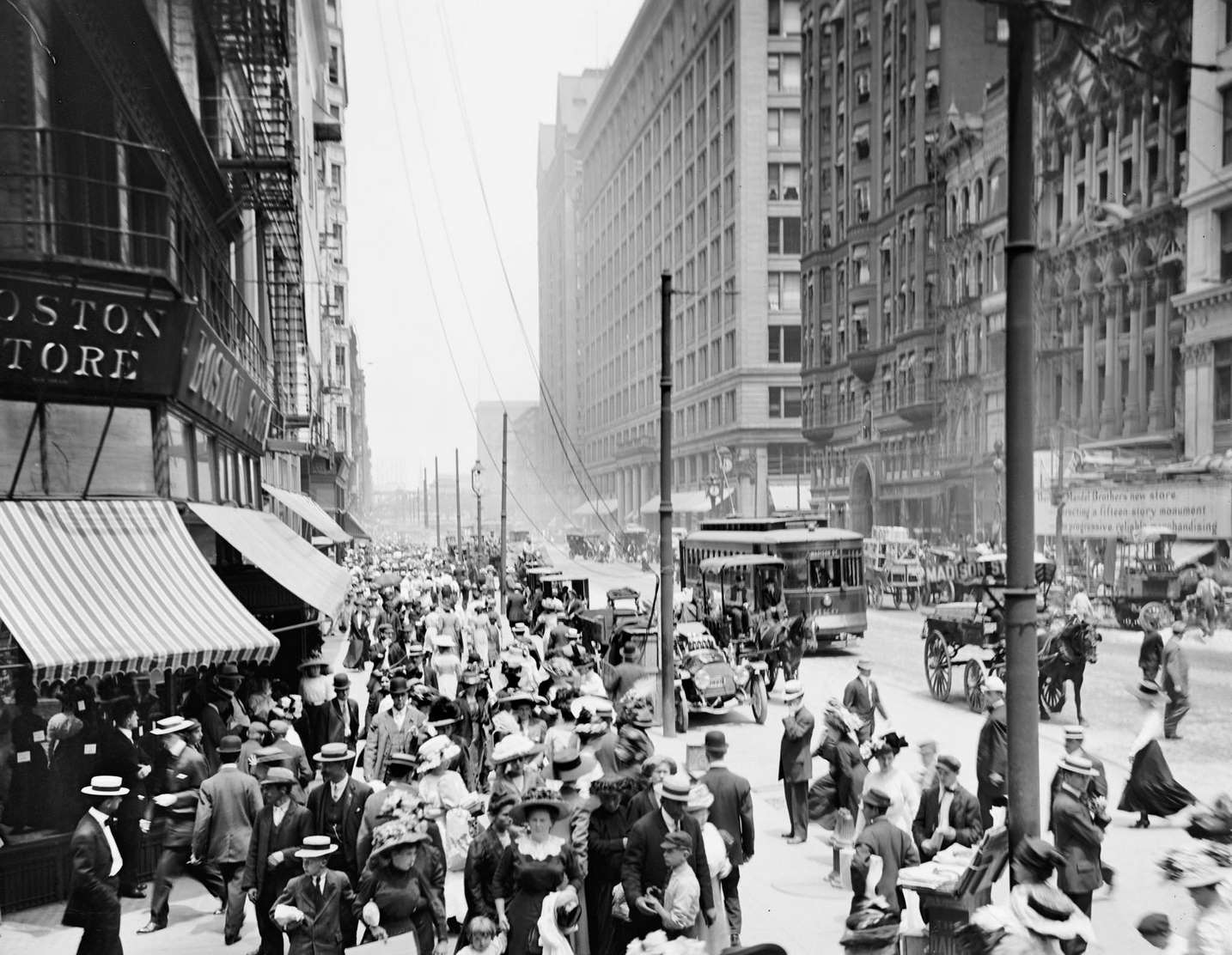
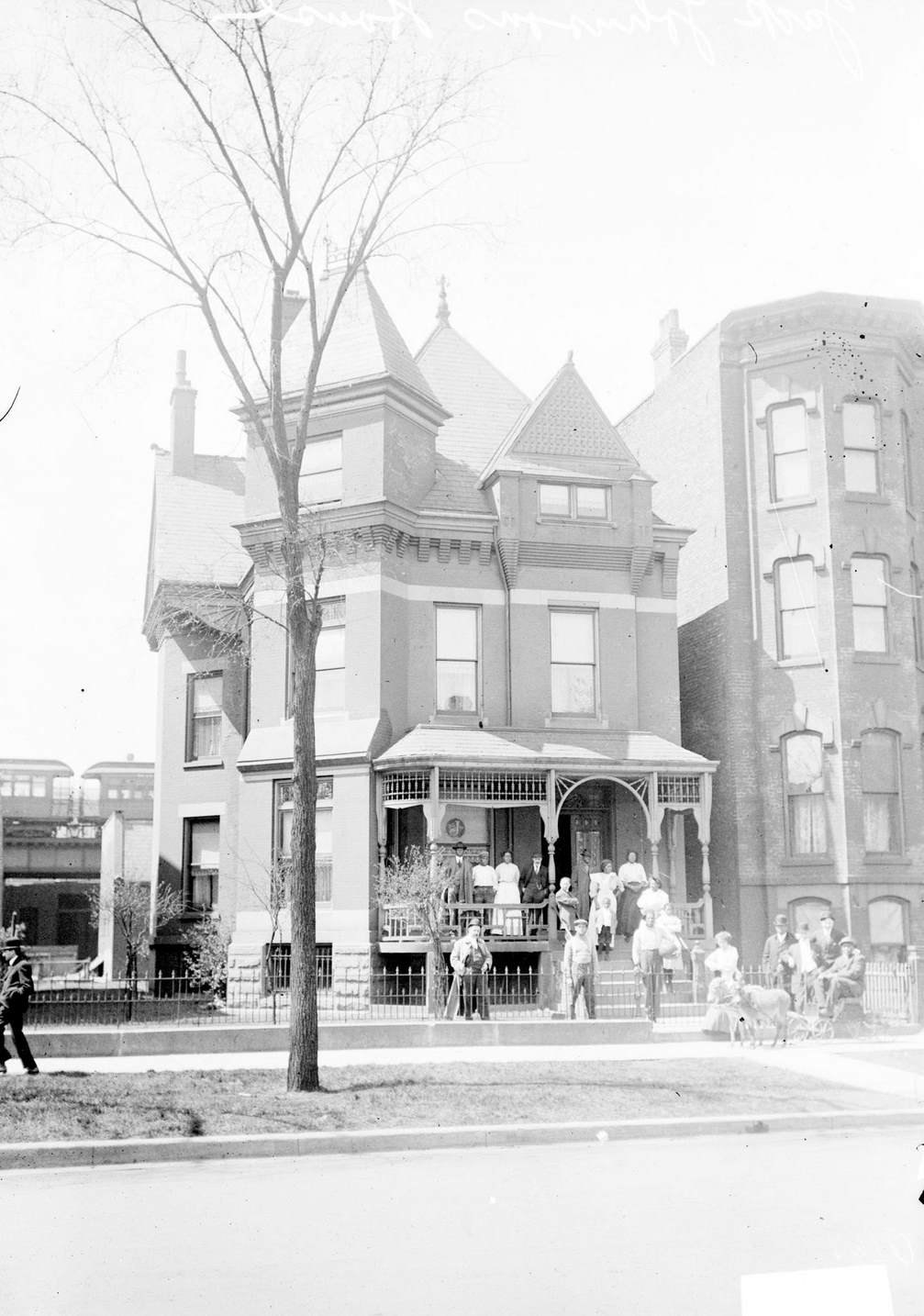
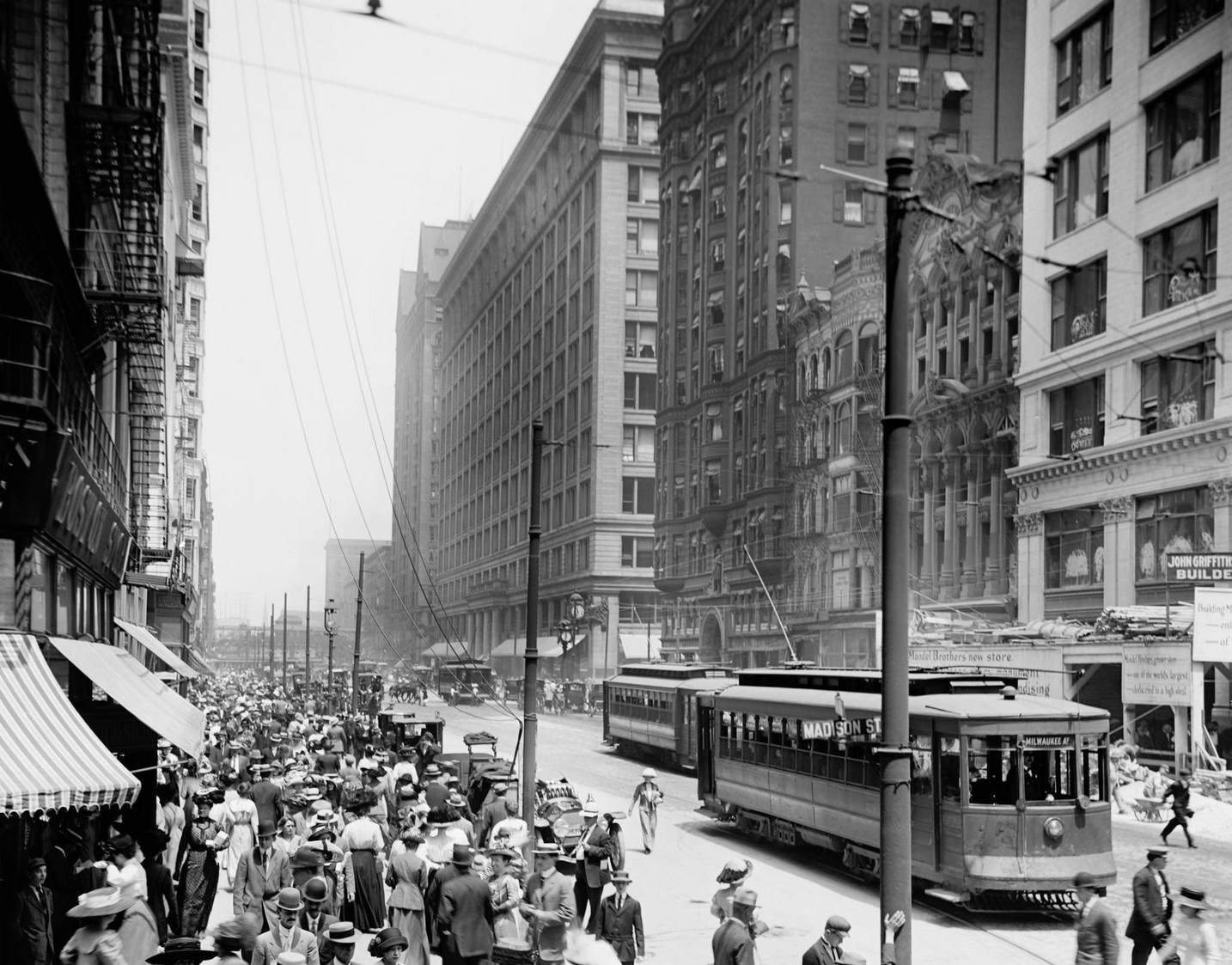
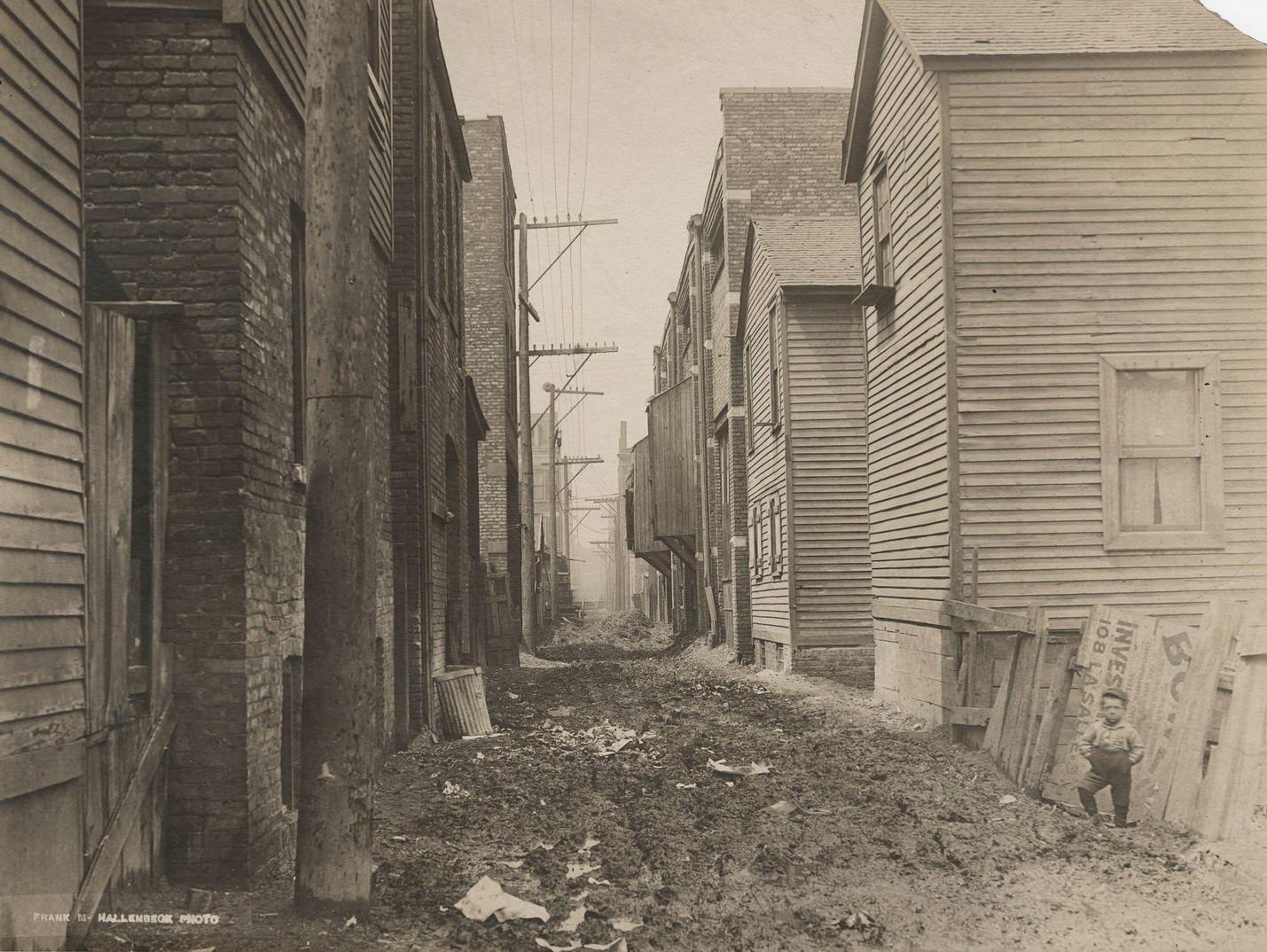
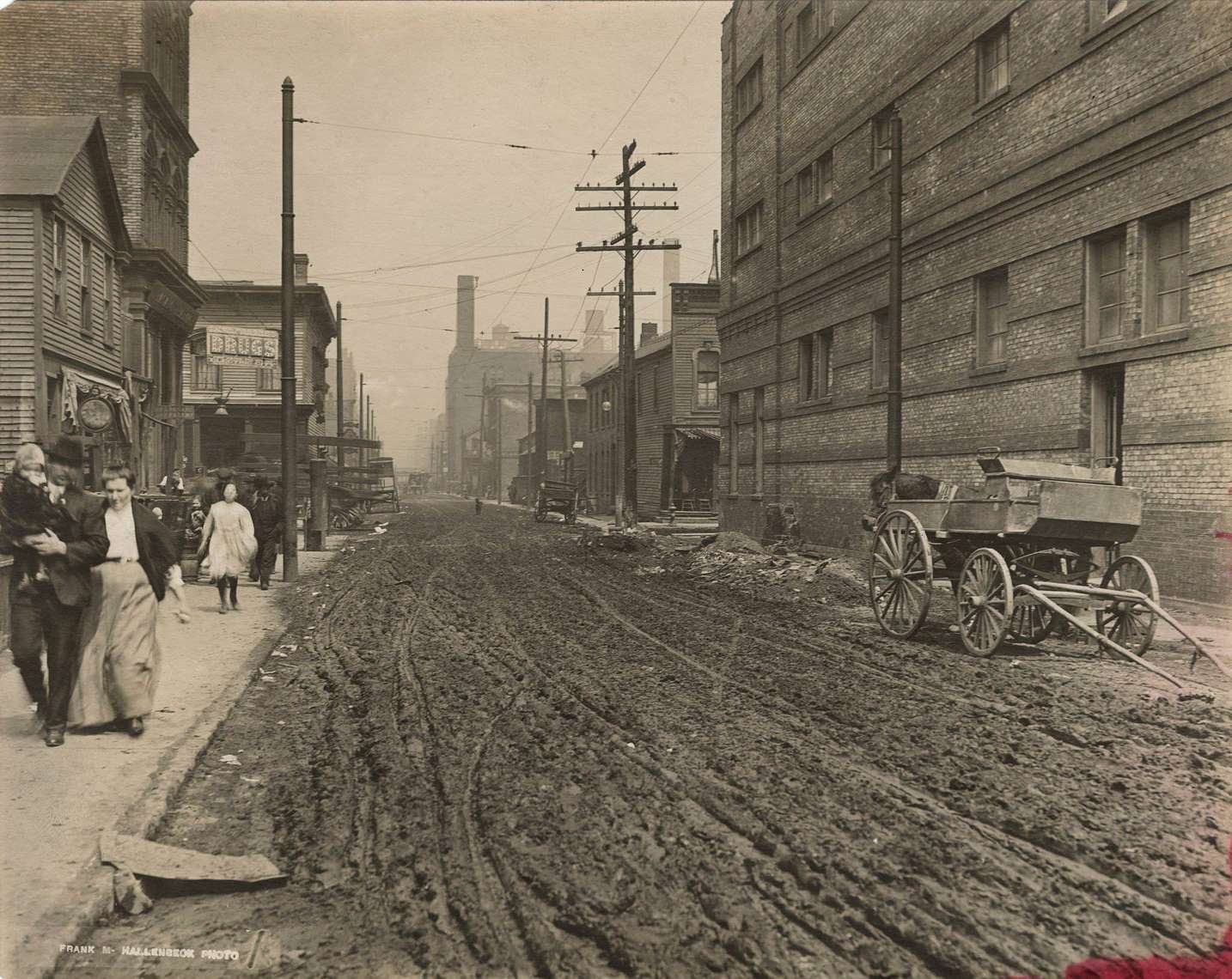
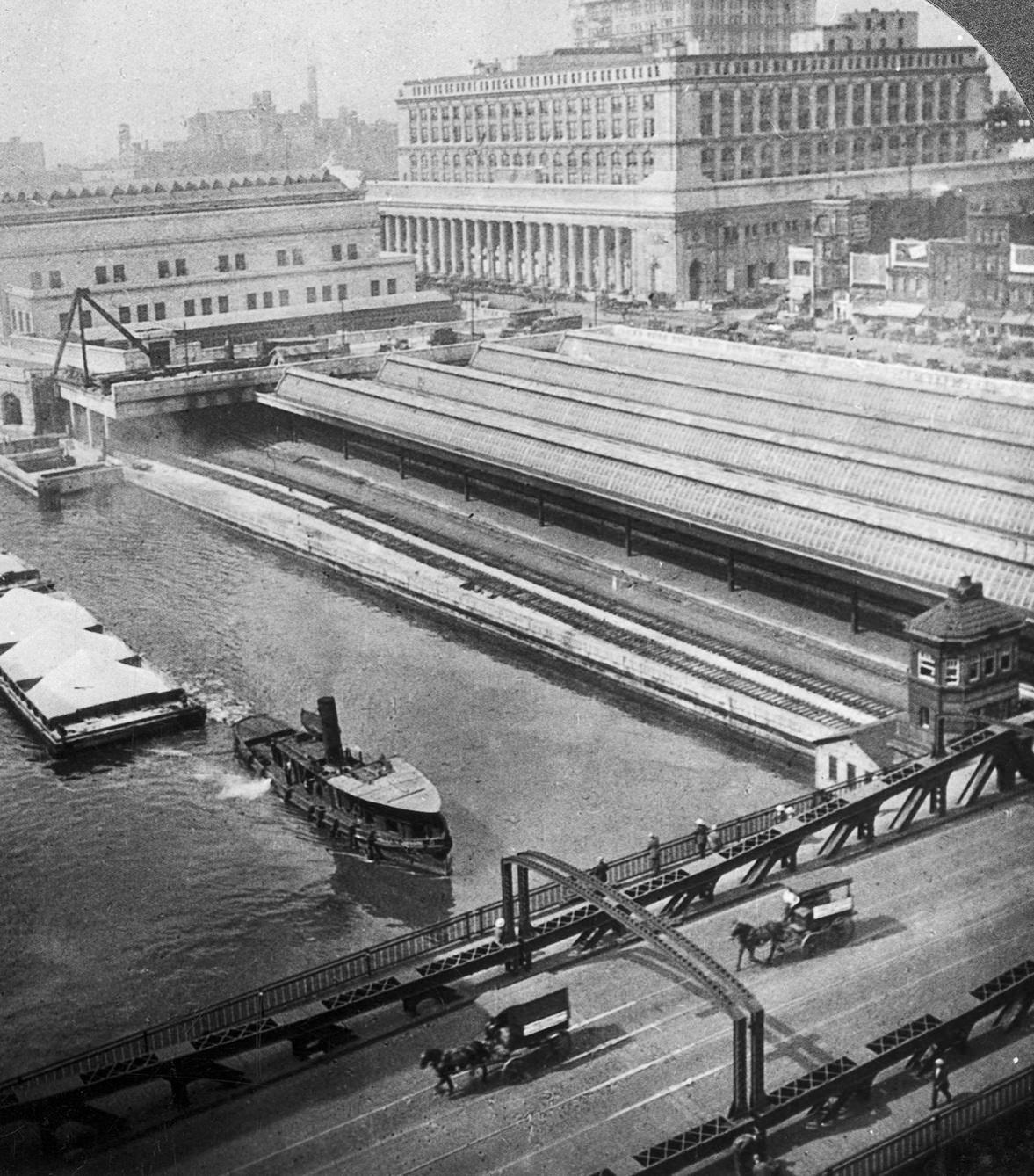
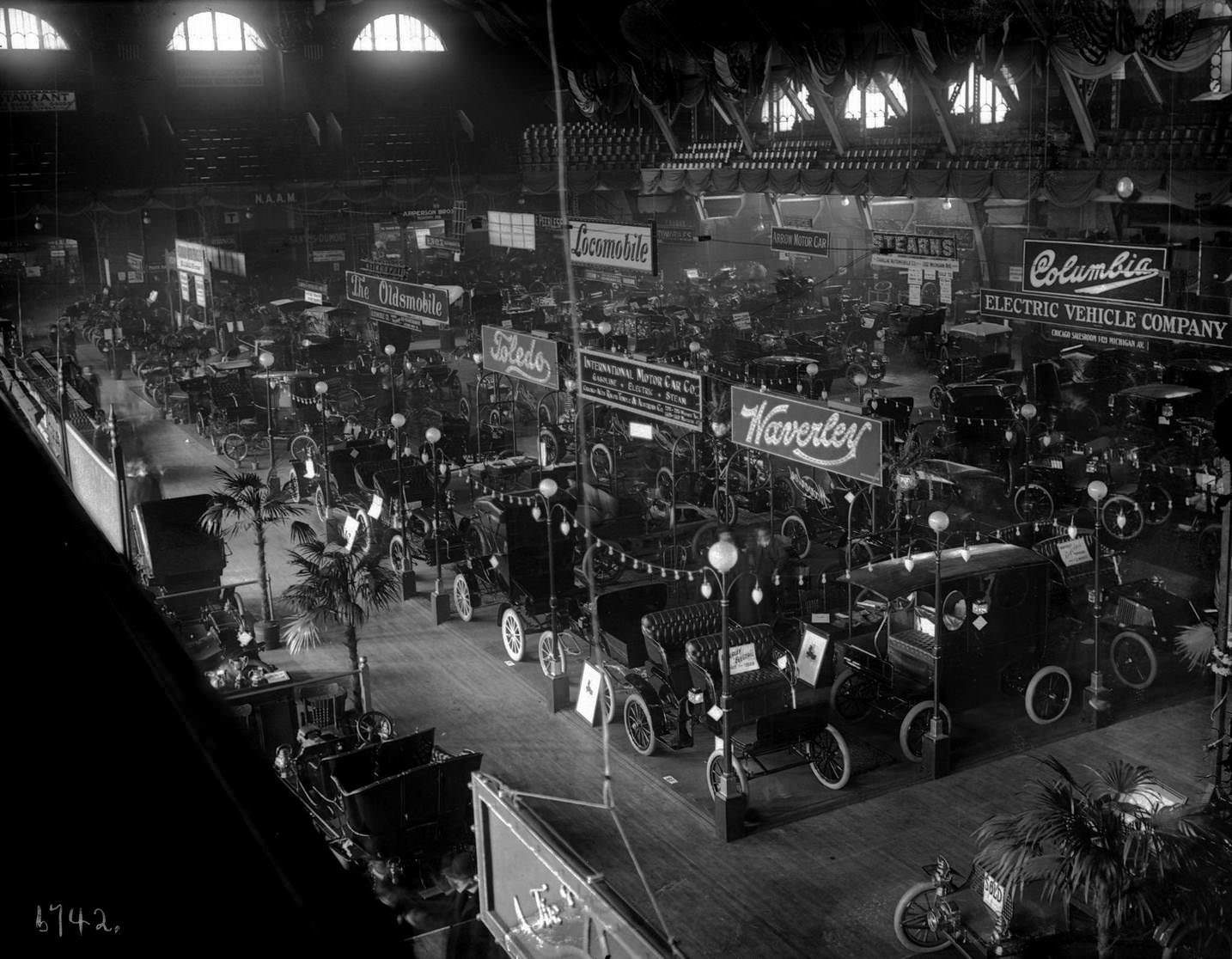
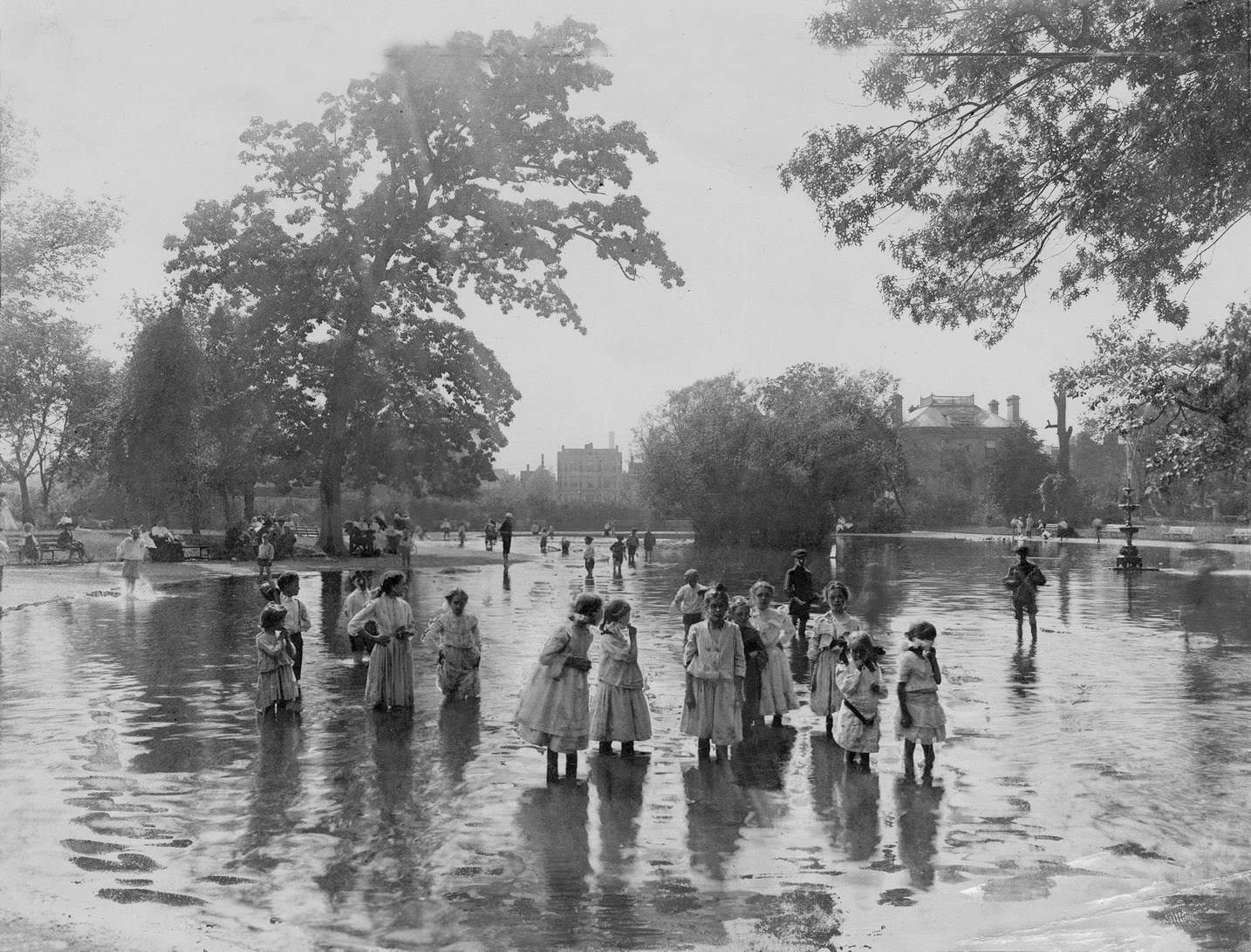
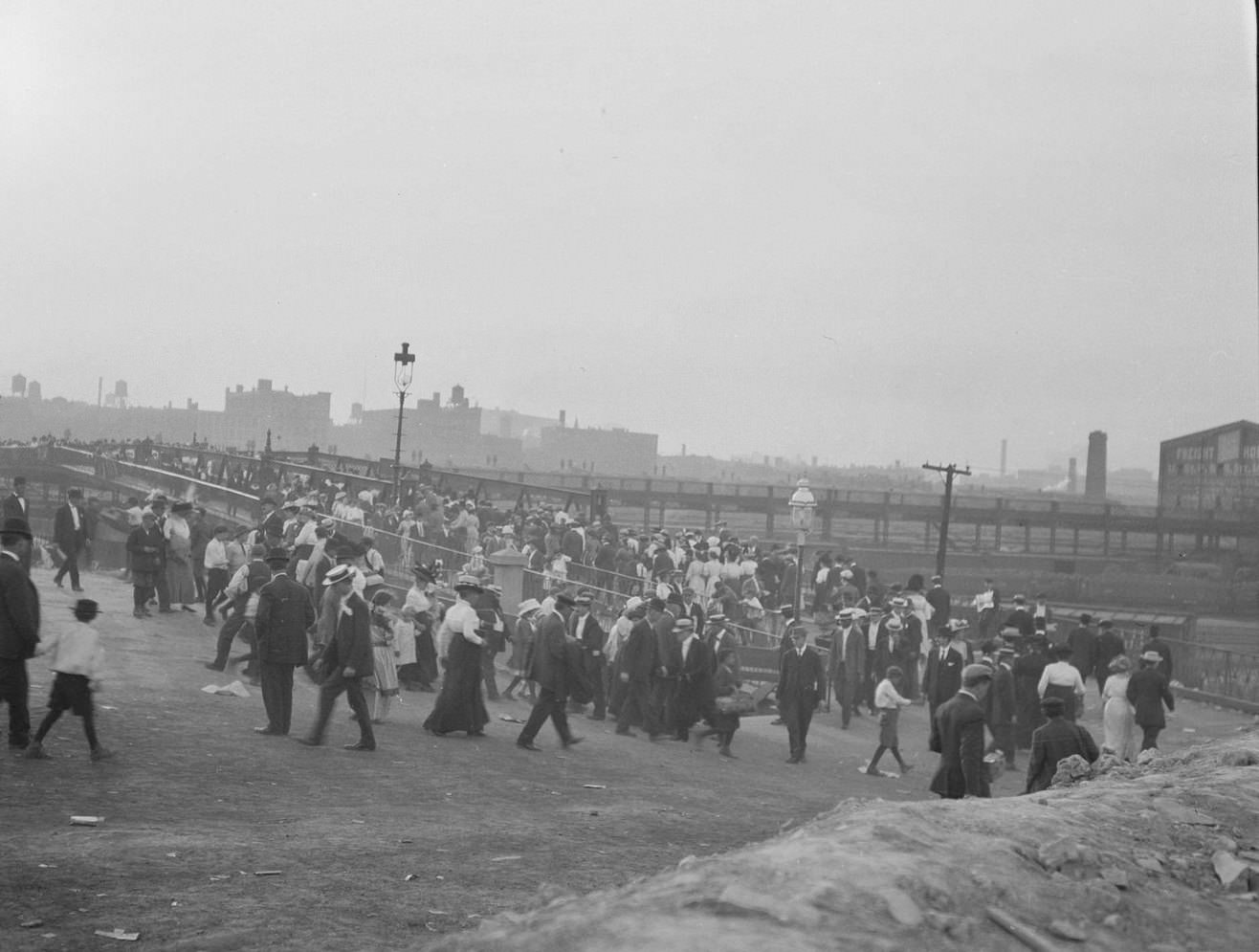
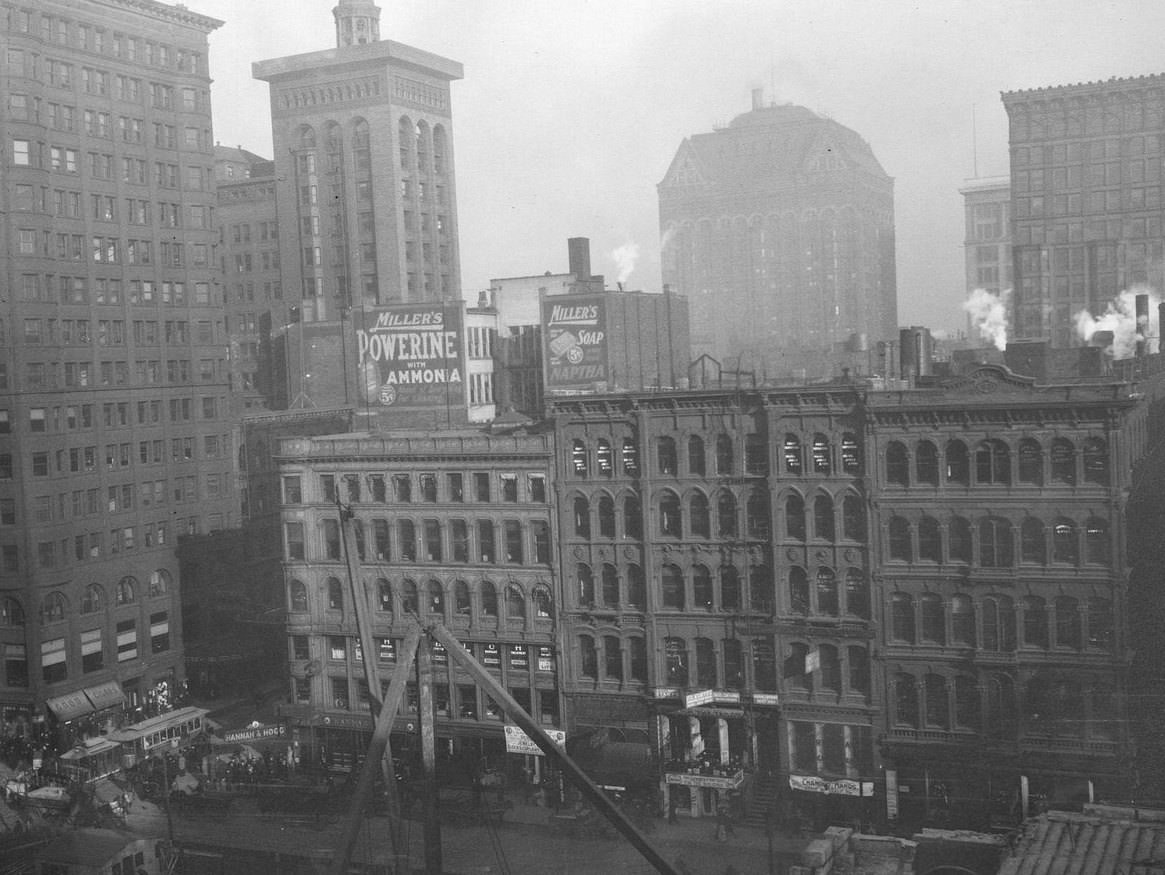
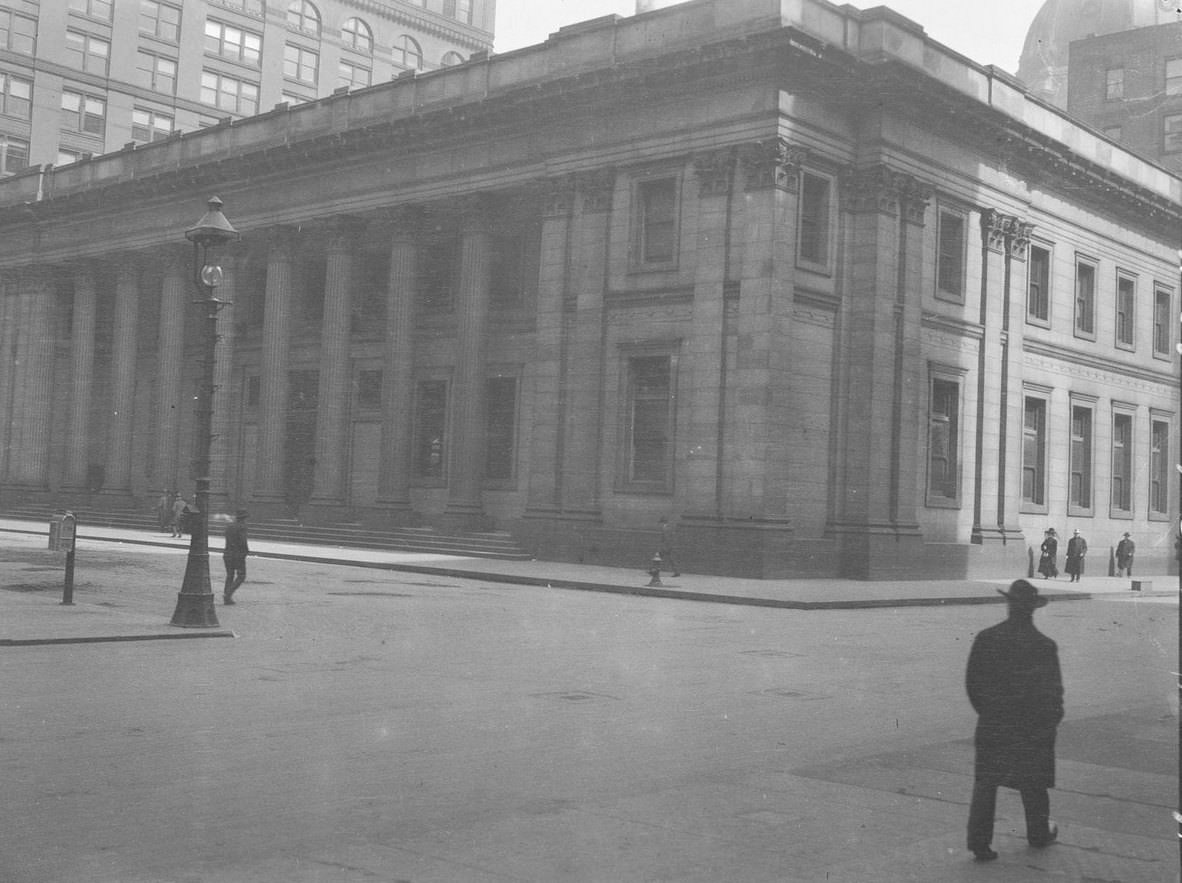
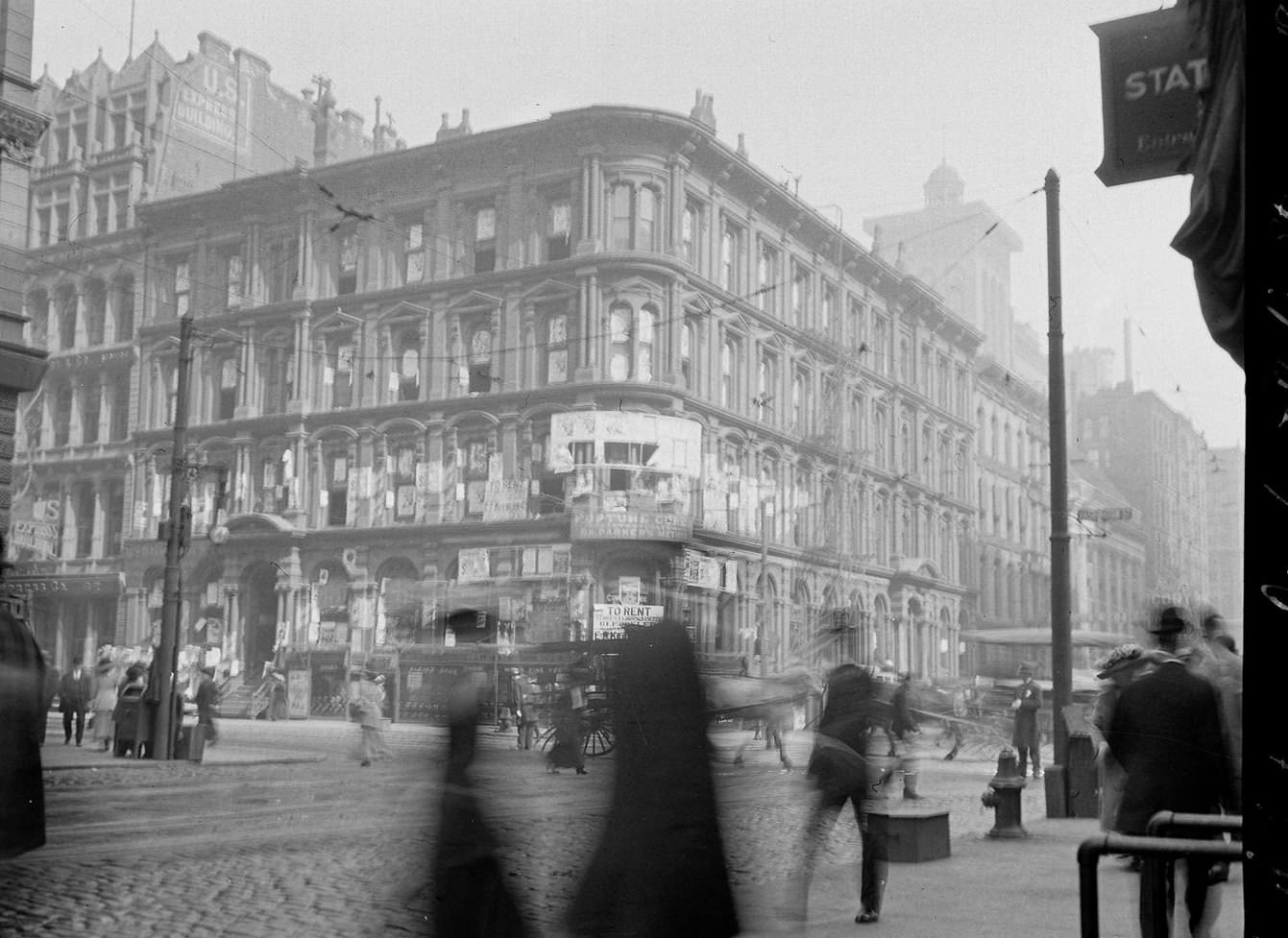
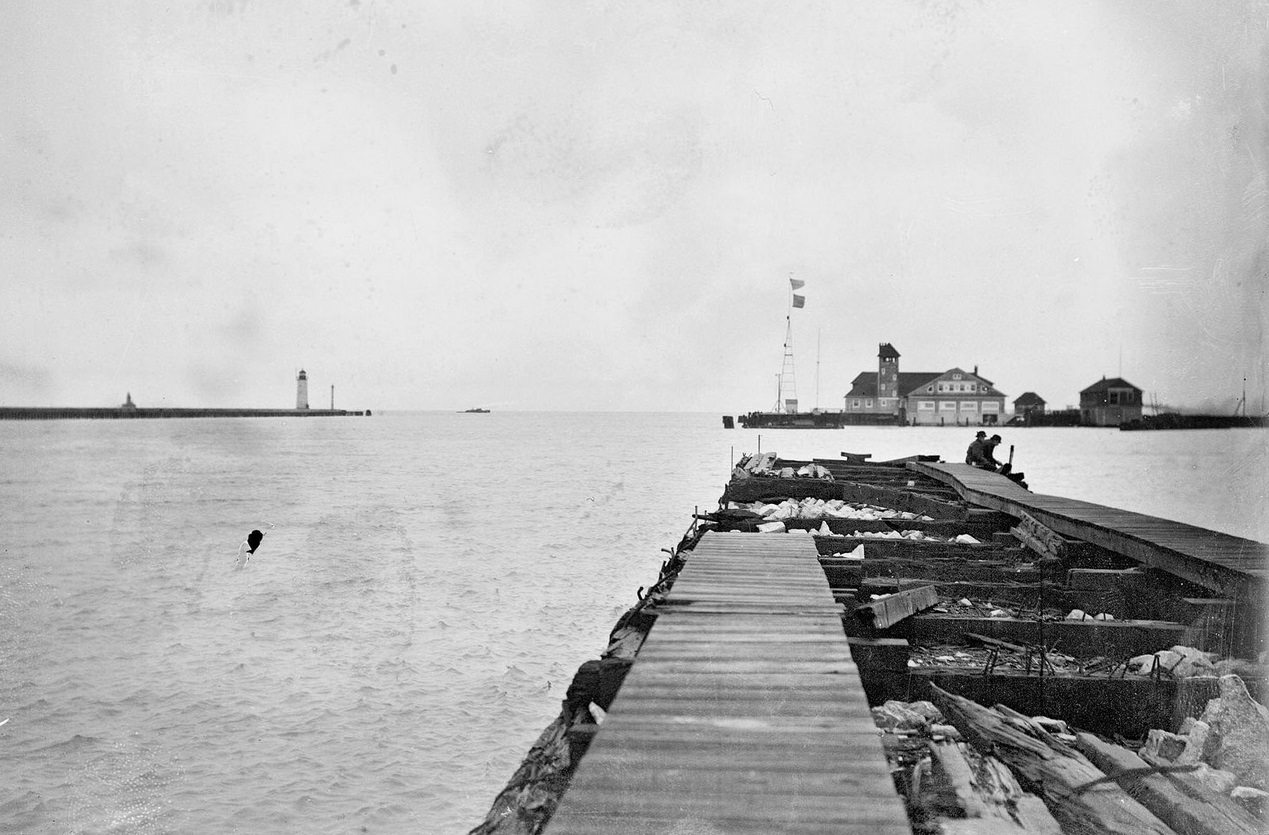
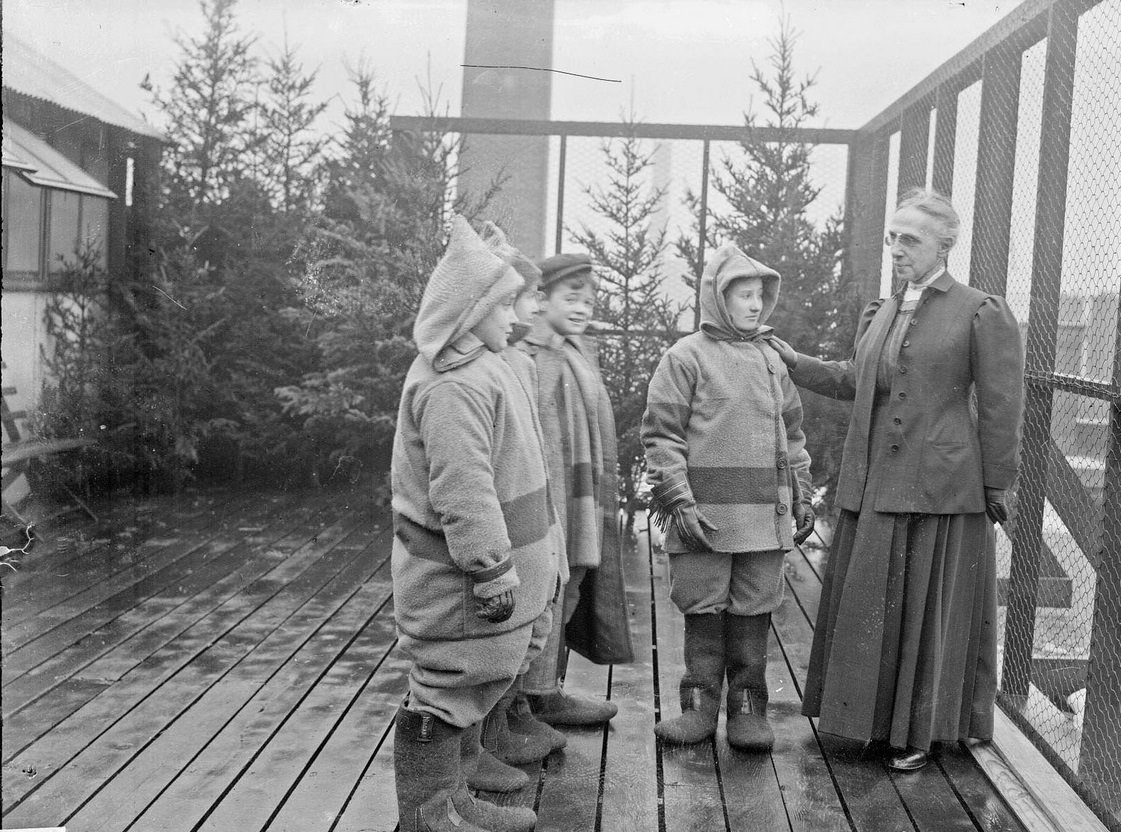
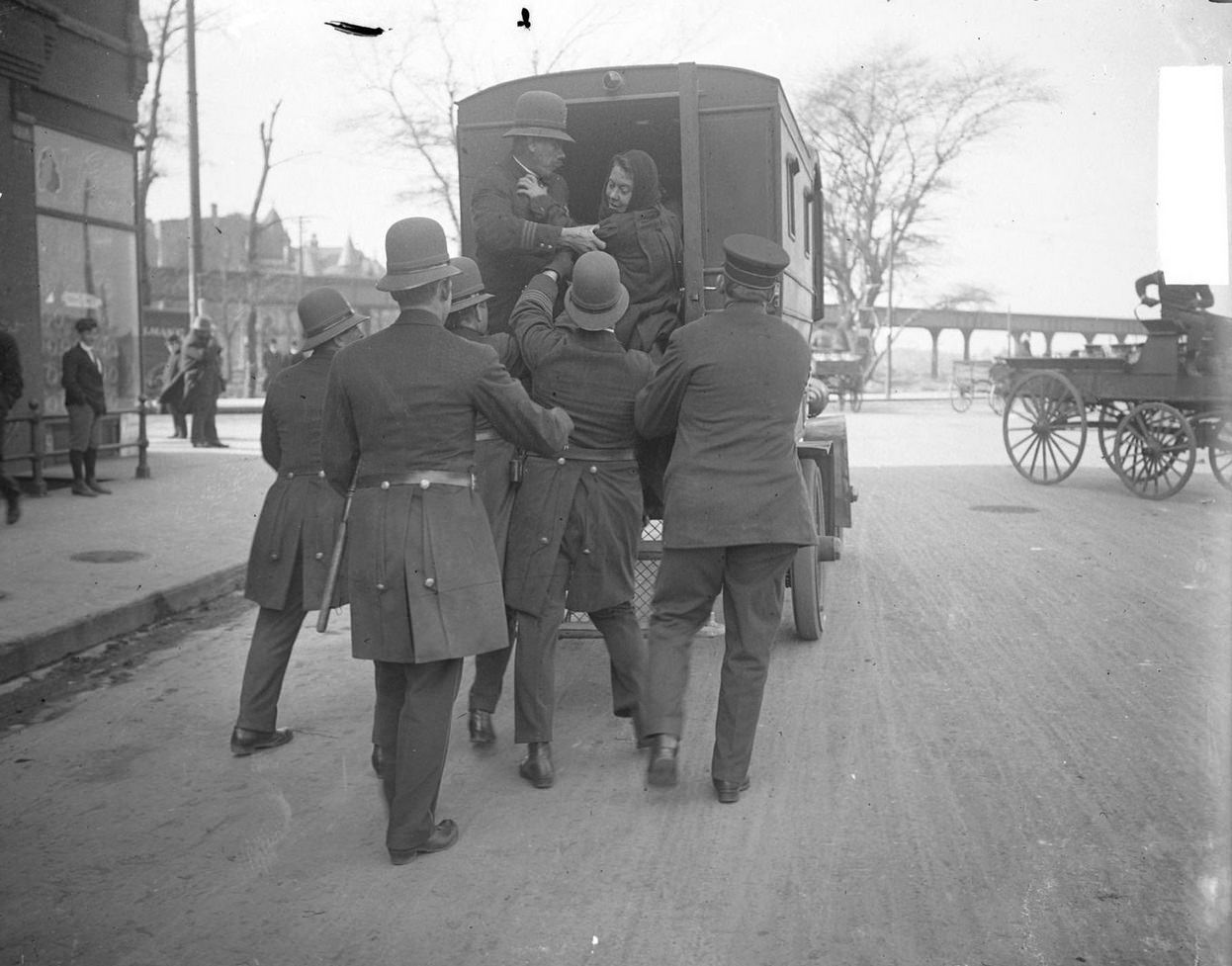
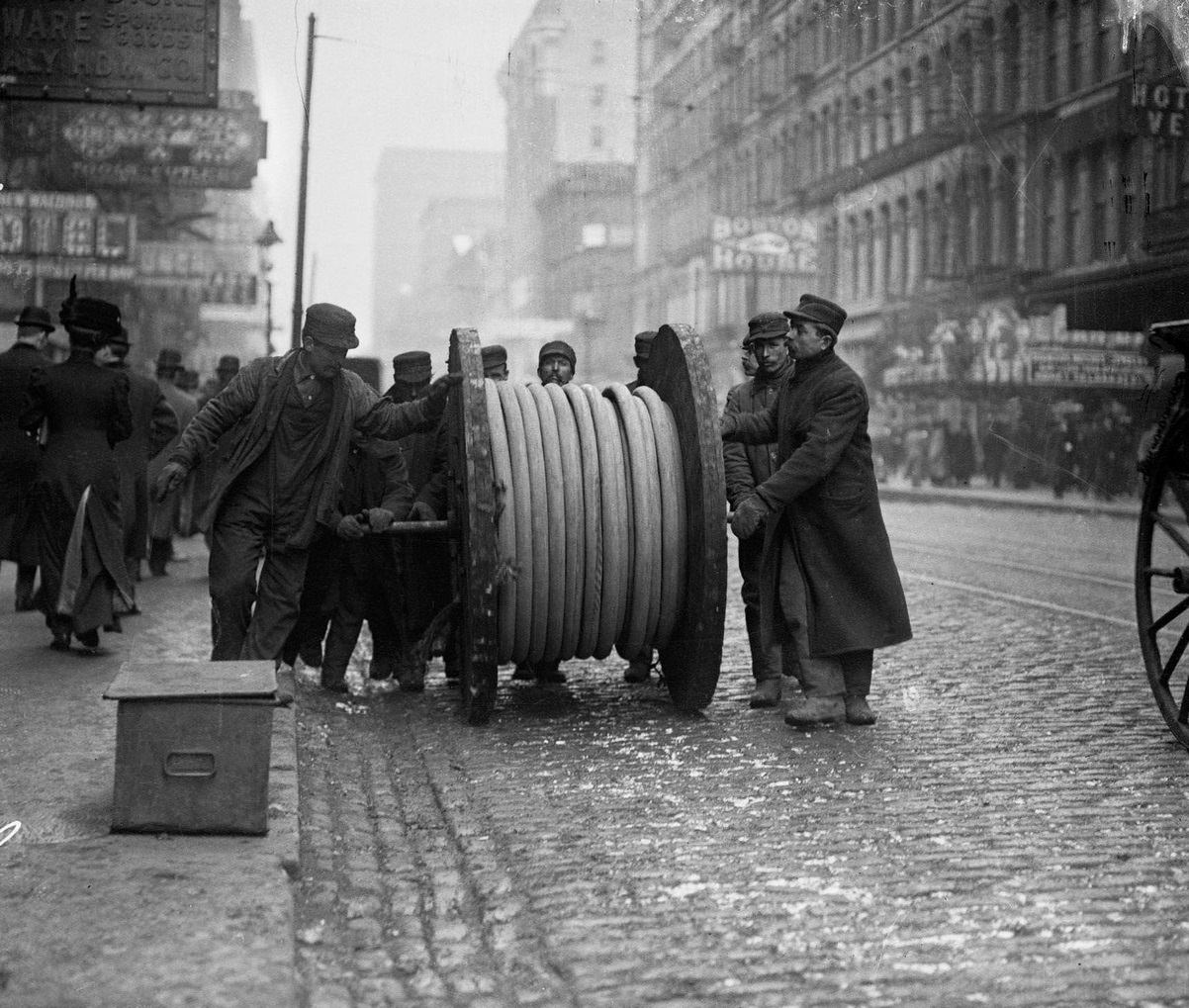
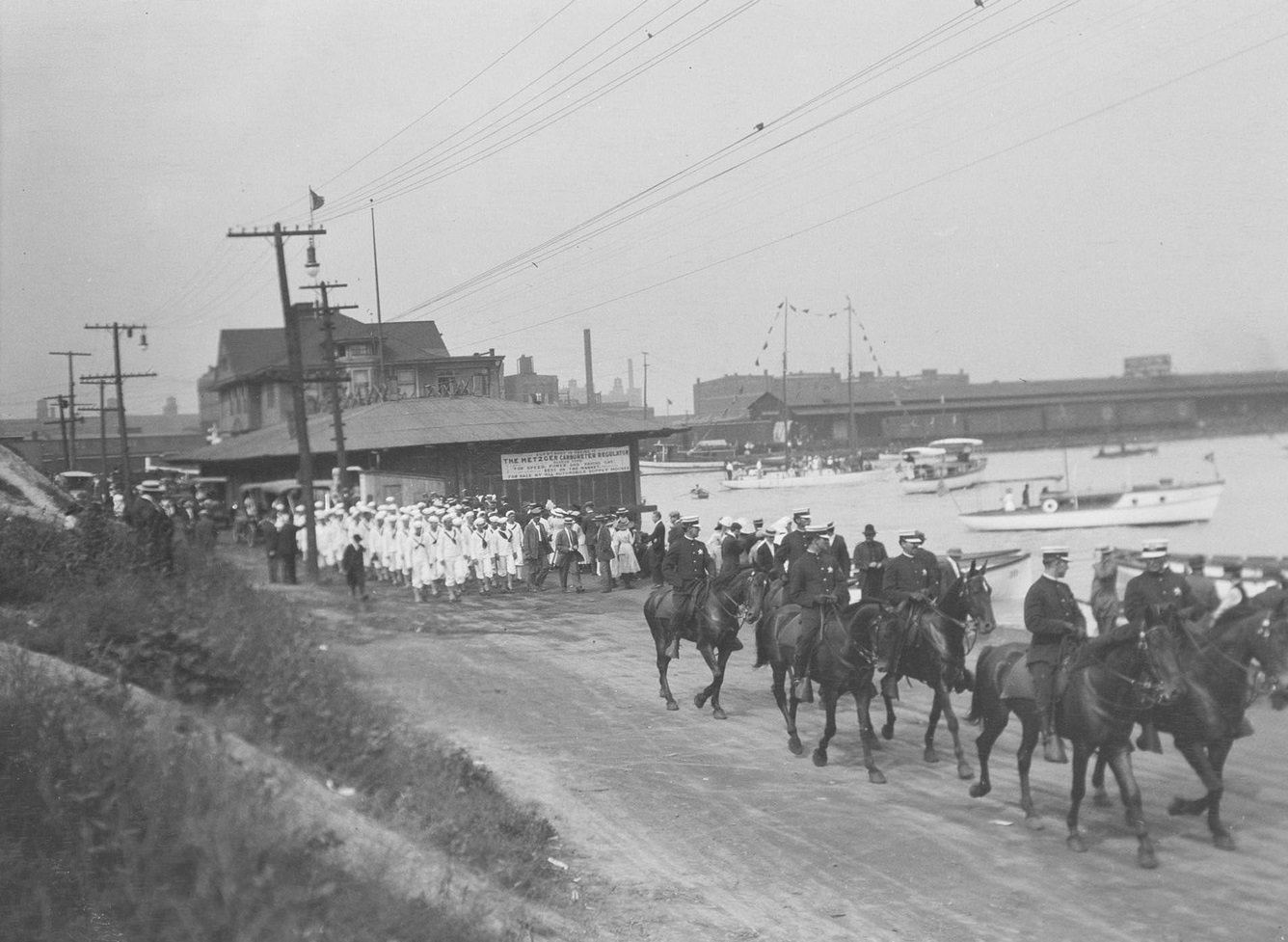
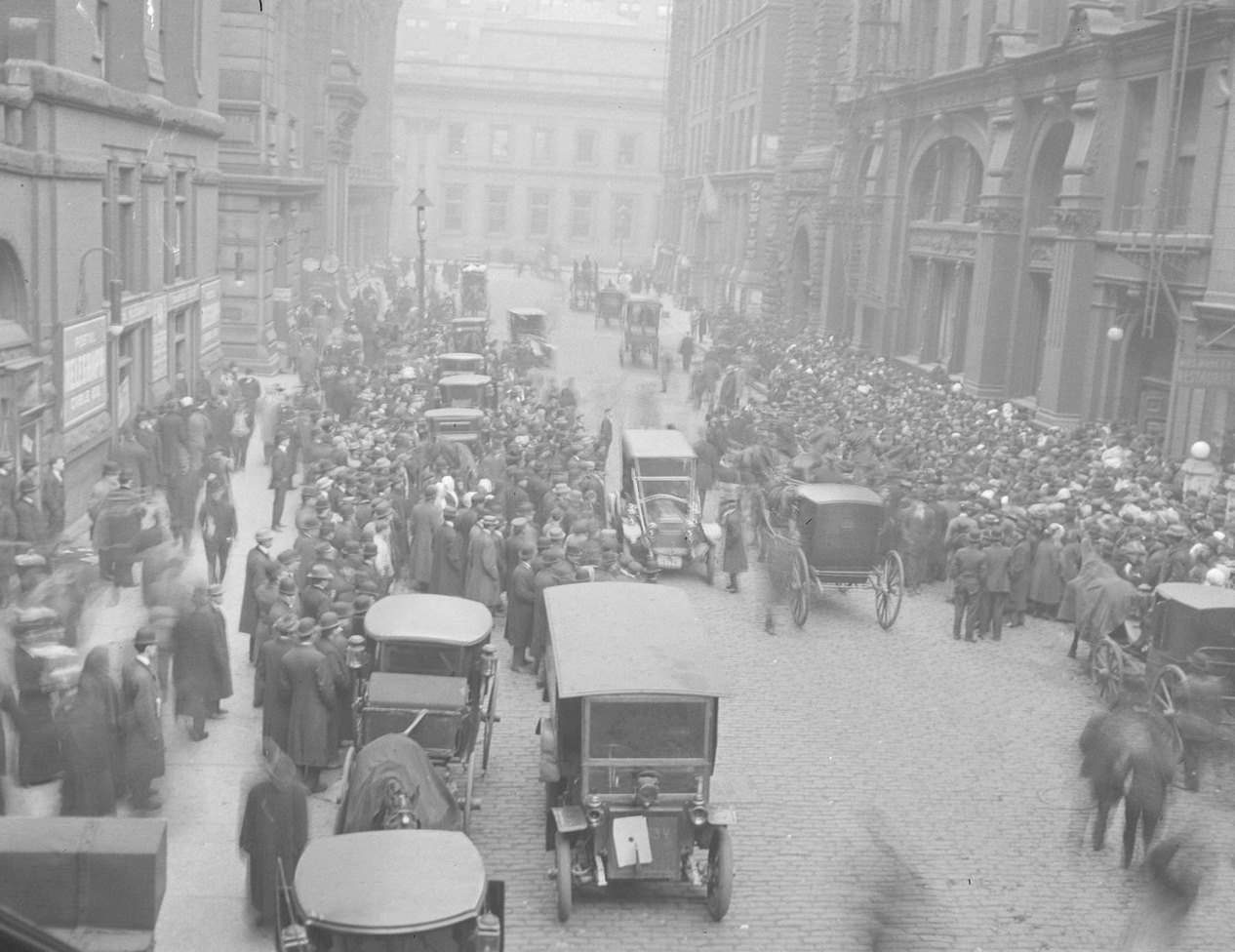
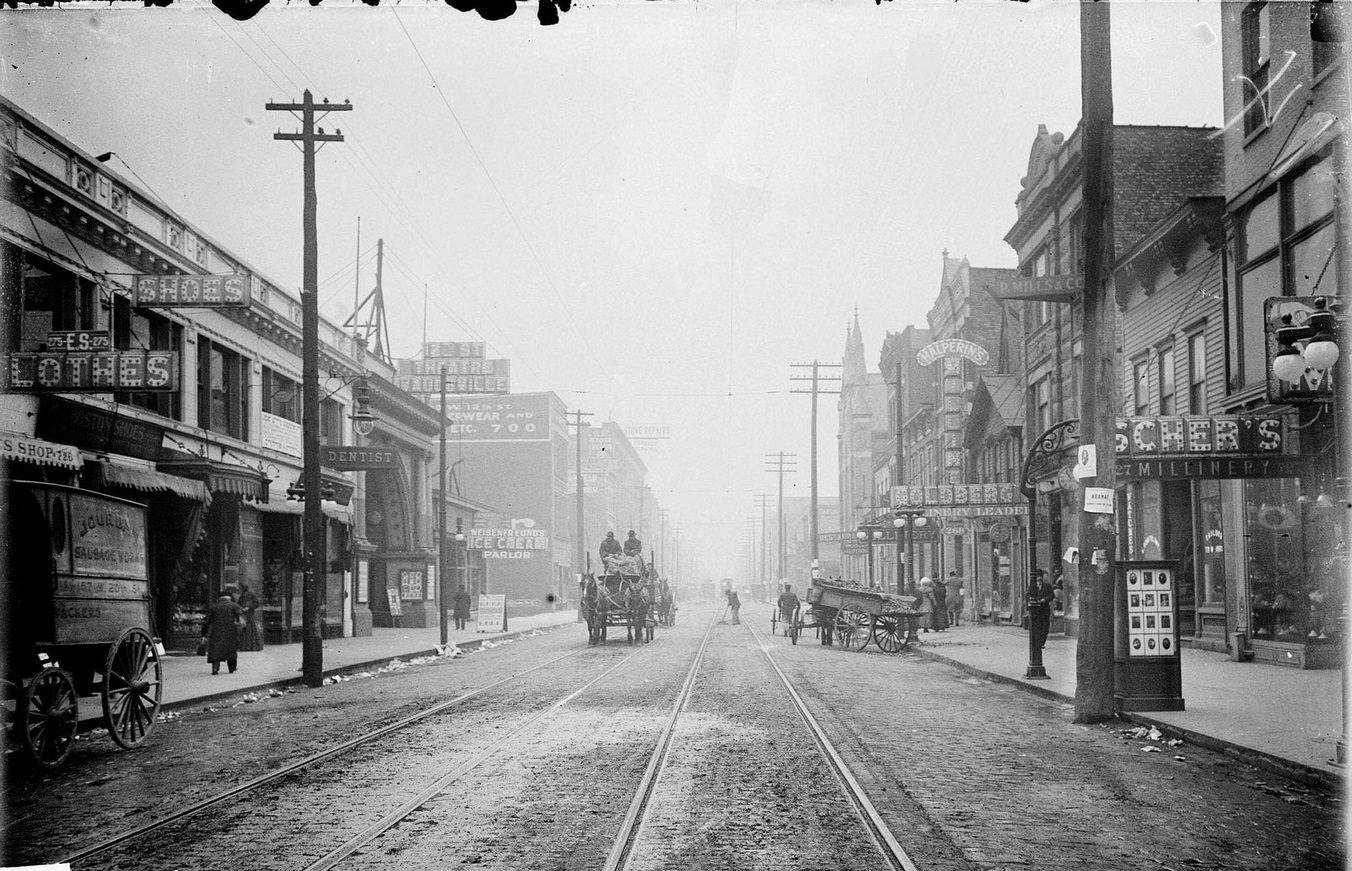
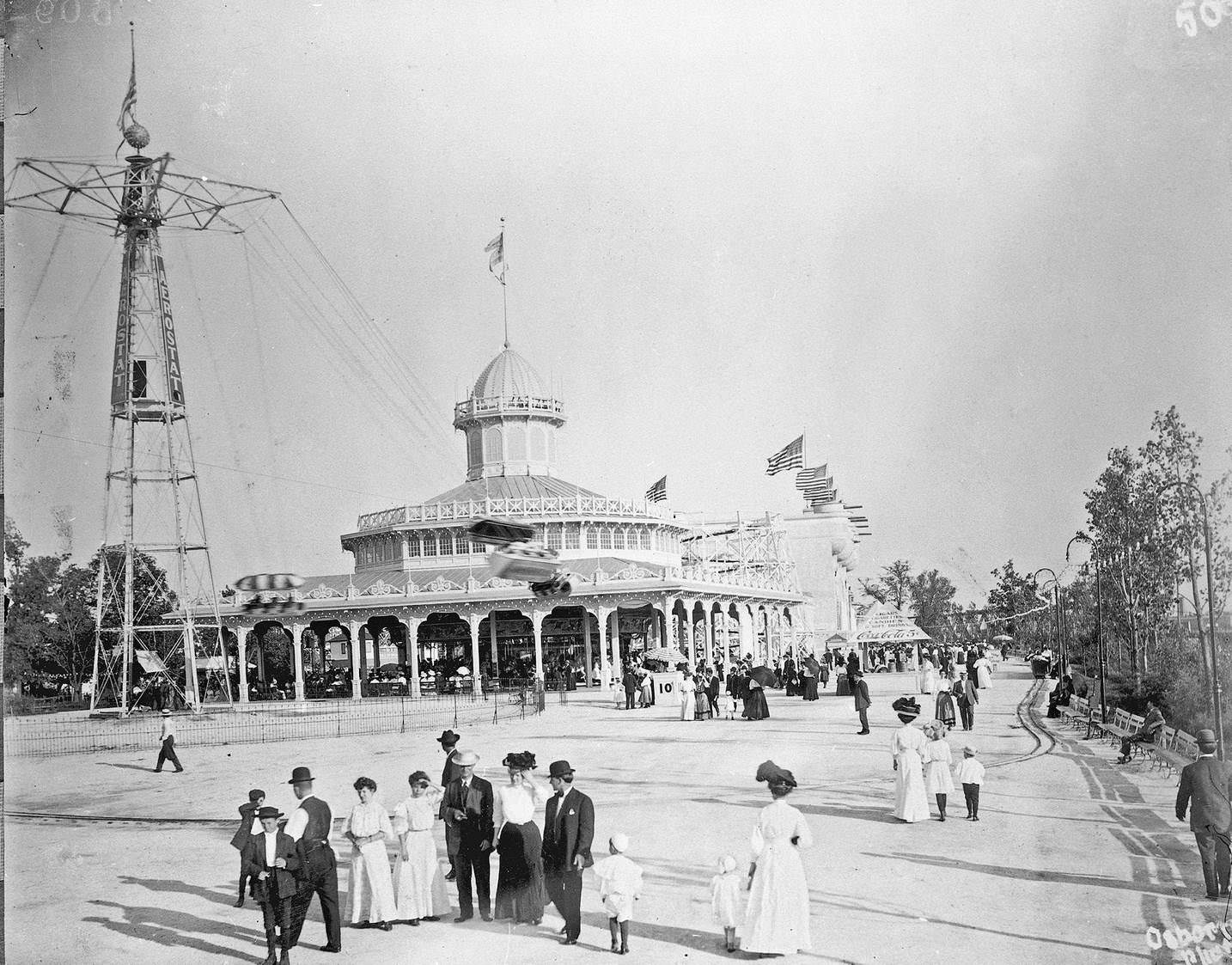
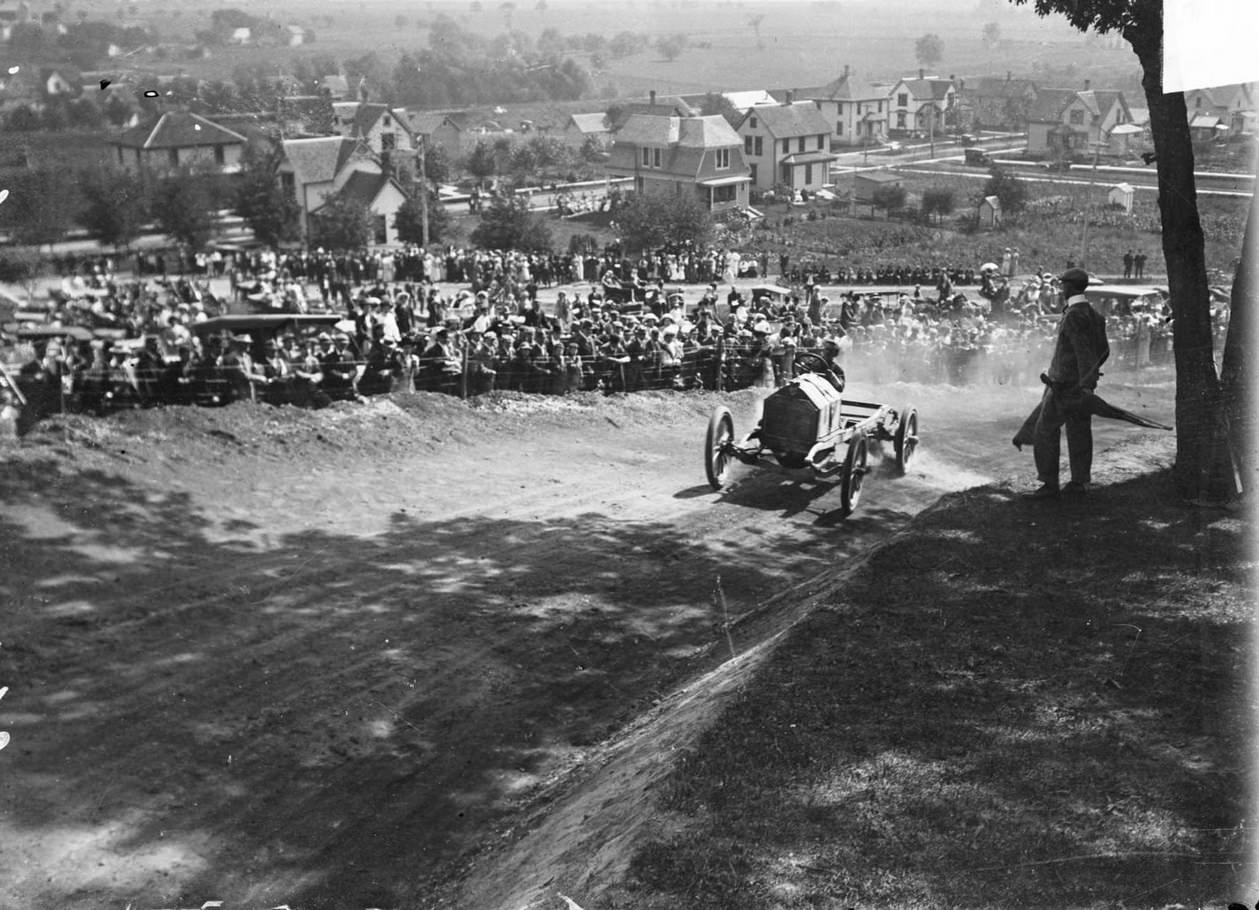
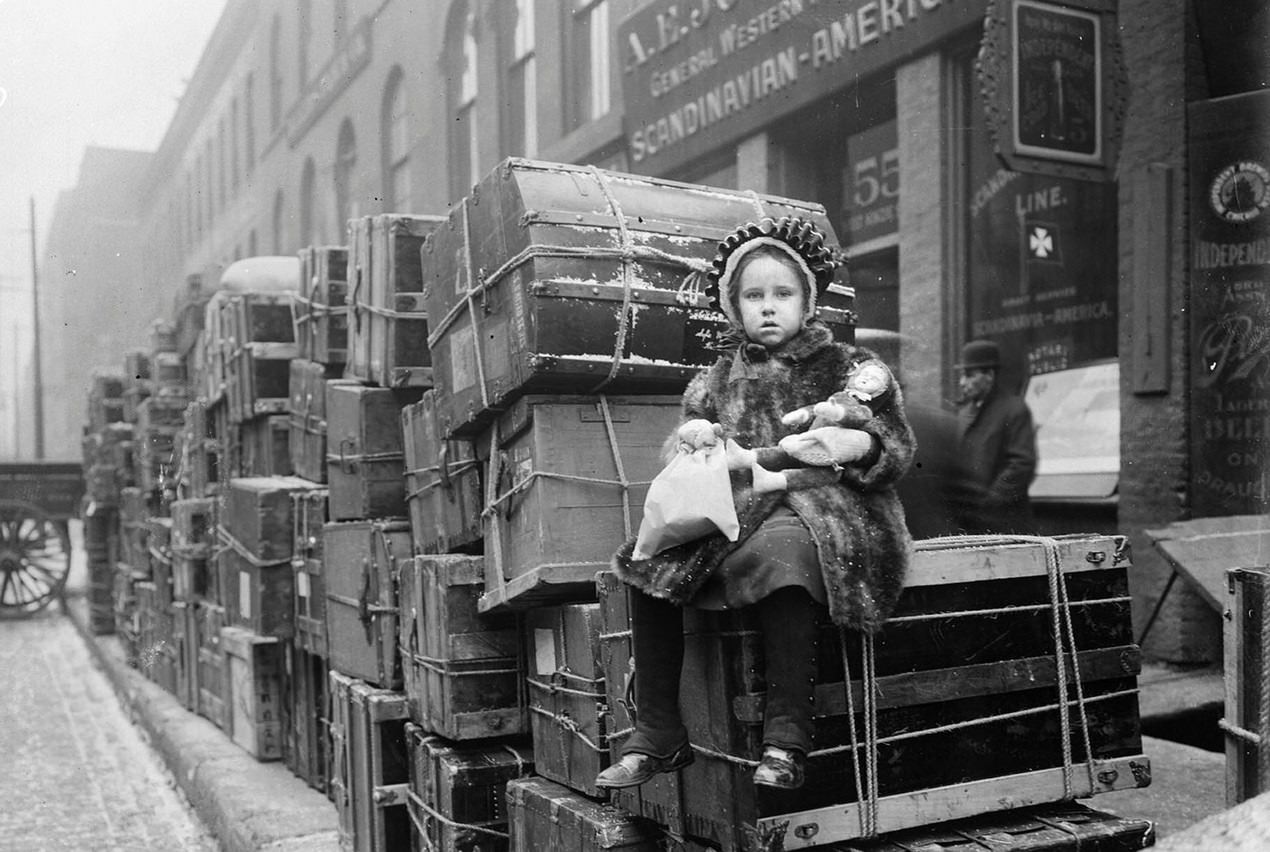
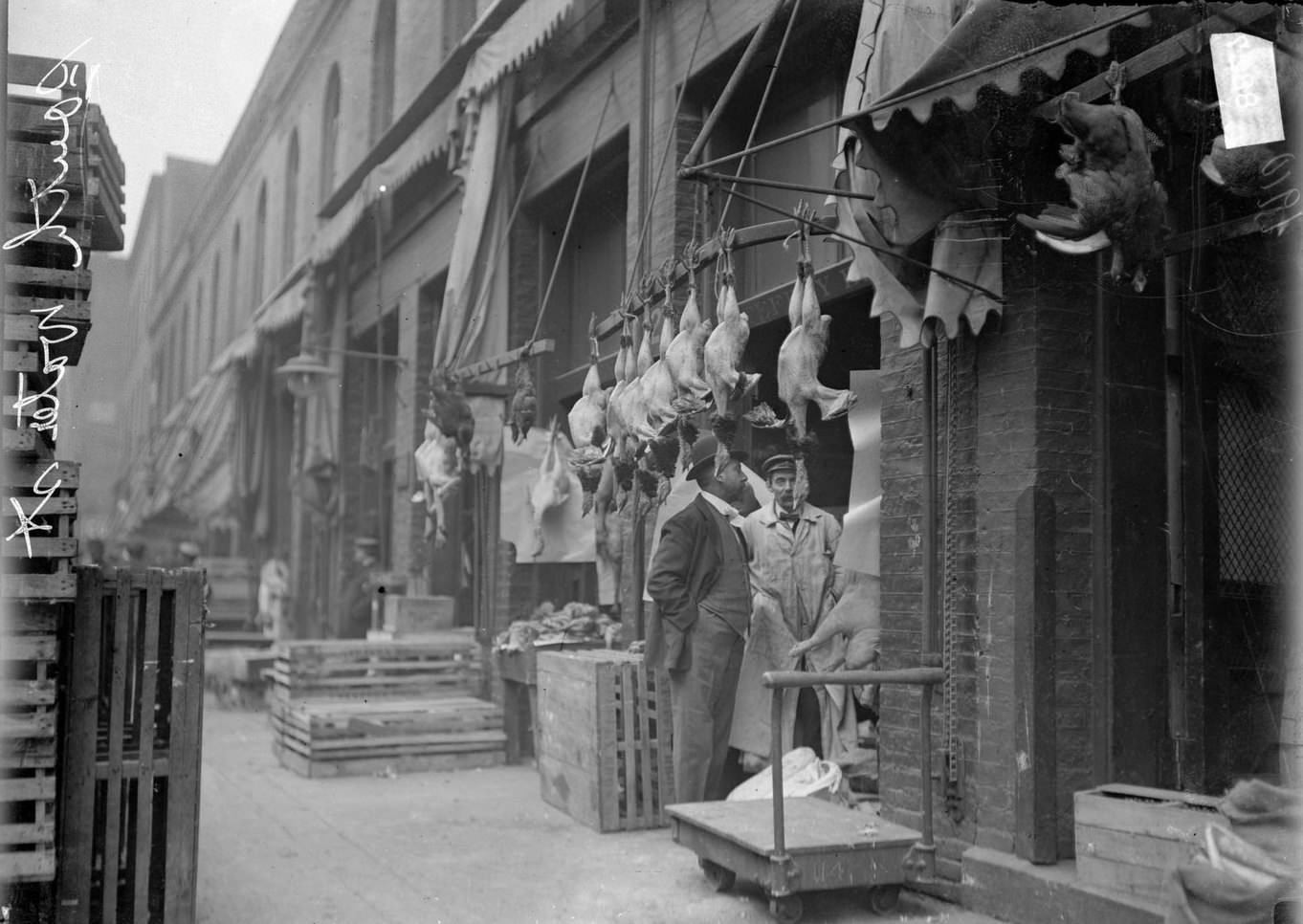
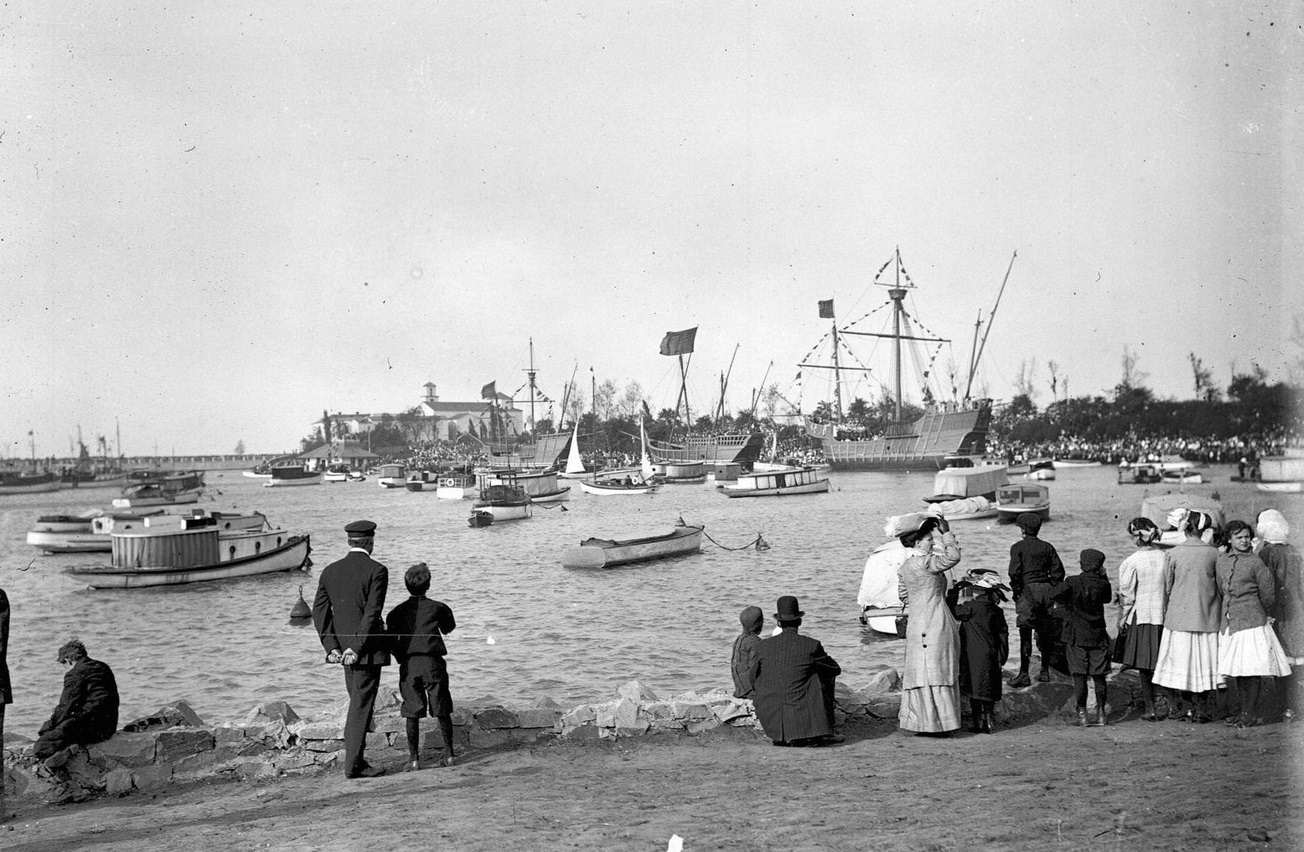
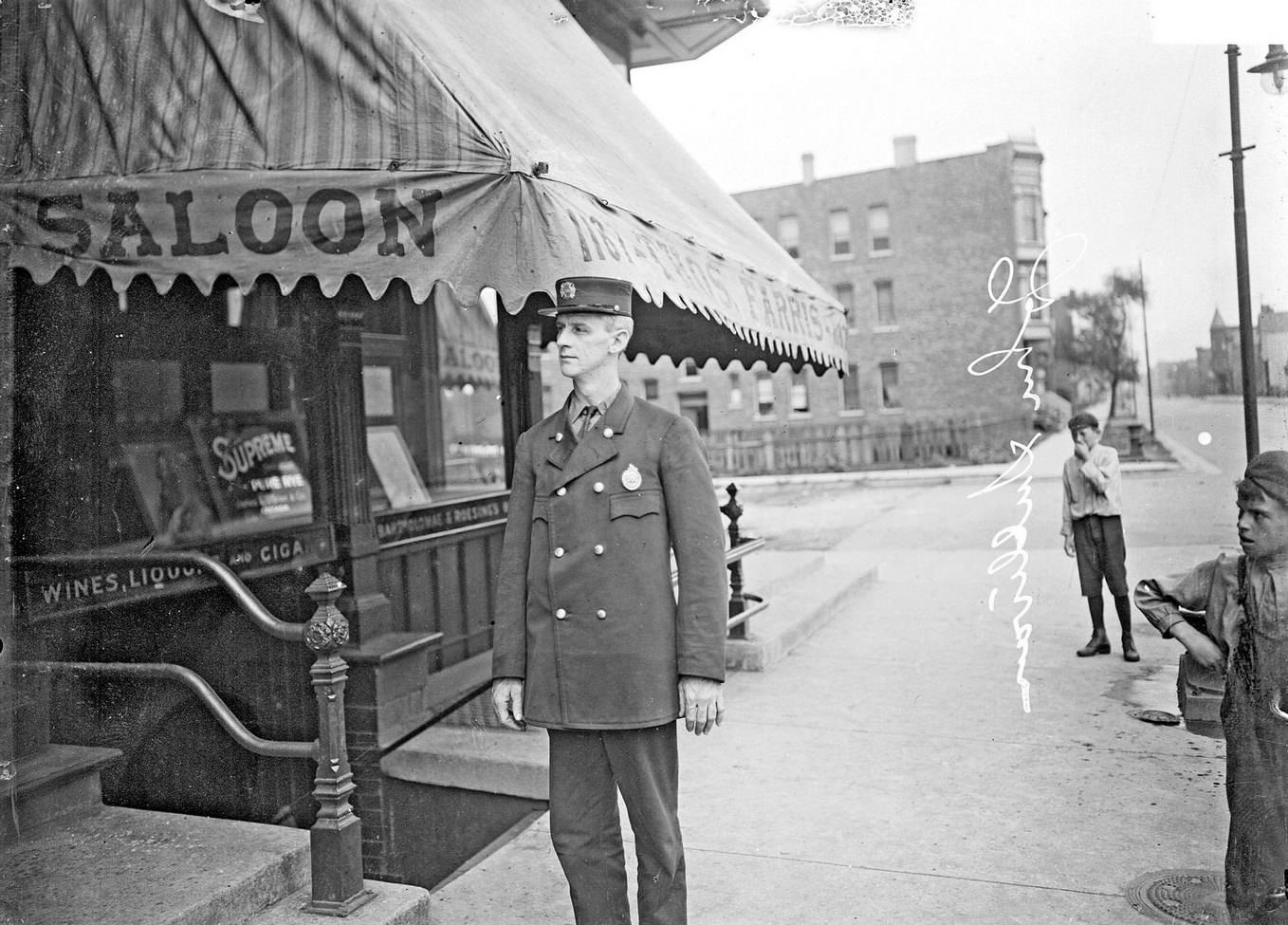
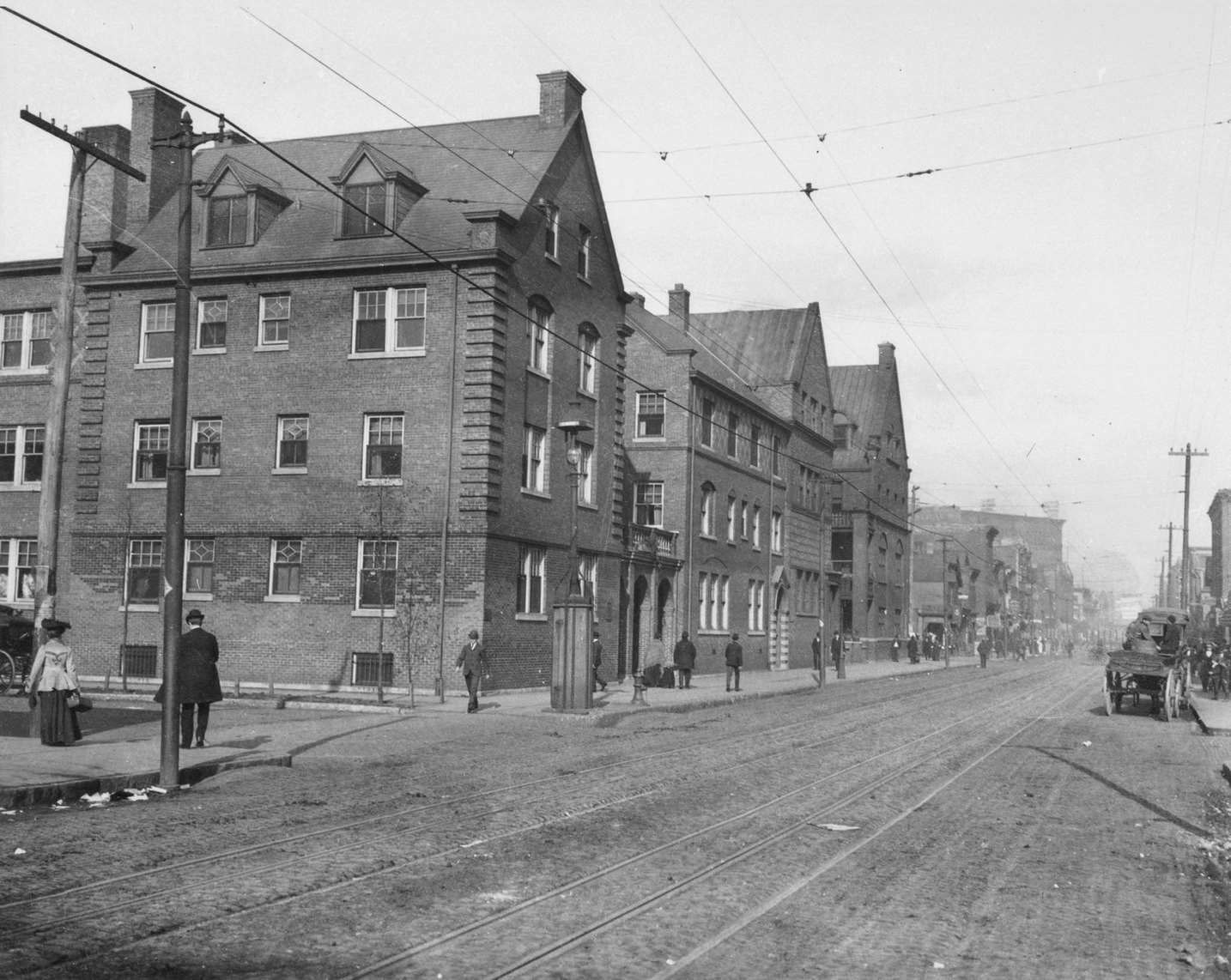
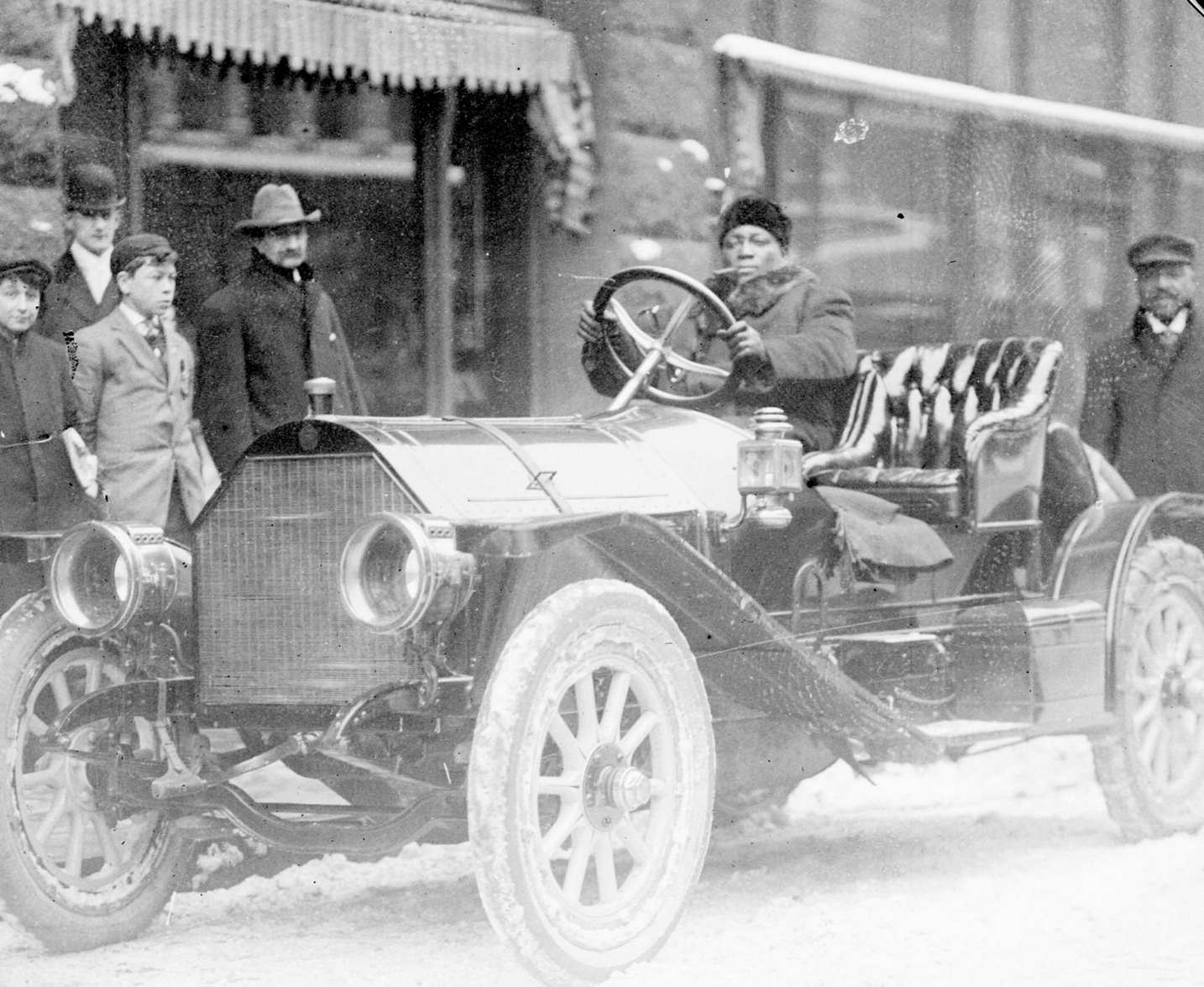
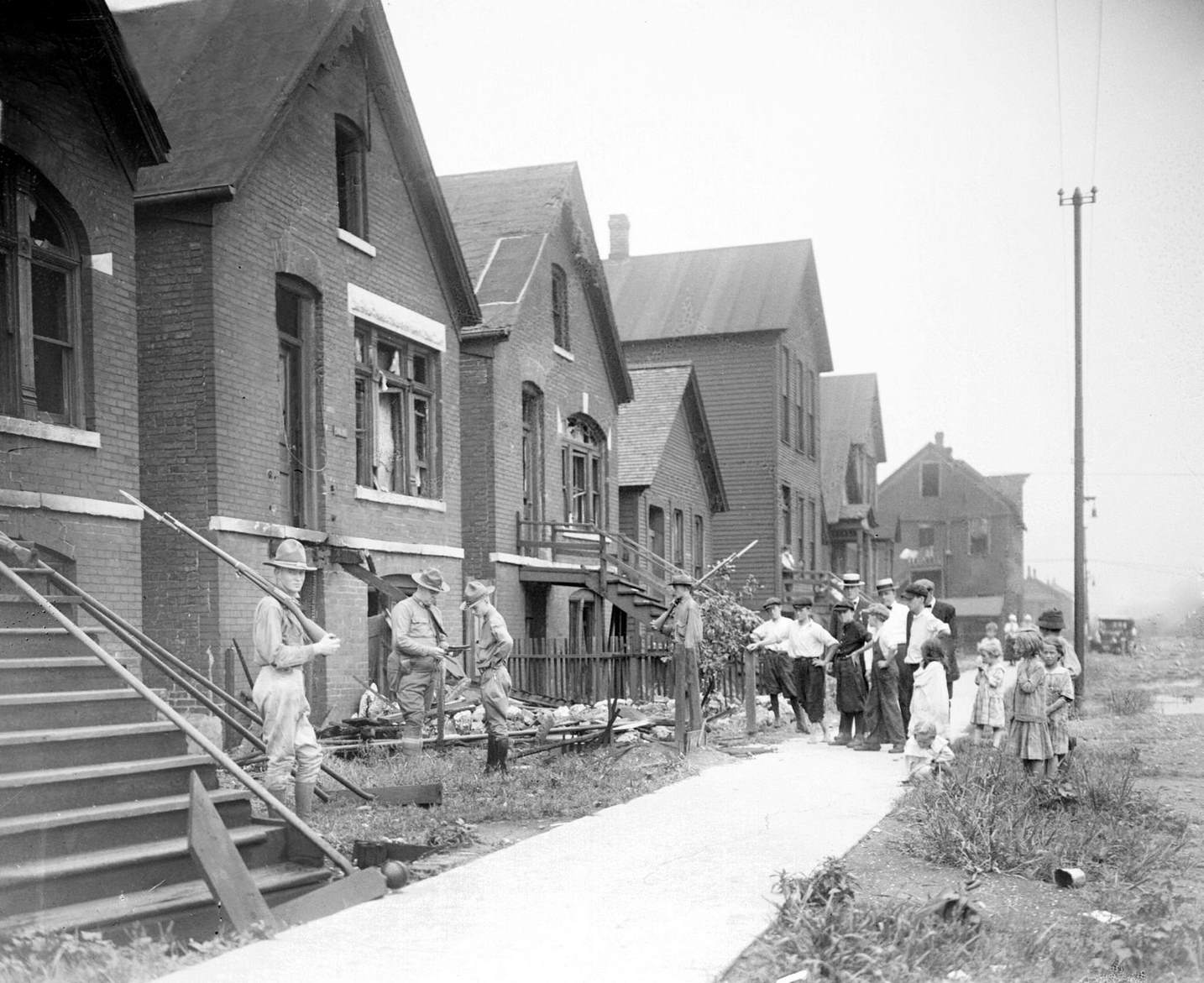

It’s fascinating to see how comprehensive the streetcar grid was back then when looking at old photos like this.
It’s interesting to see how urban planning and infrastructure have evolved over time. Some cities have managed to maintain their historical infrastructure while others have faced challenges and changes that have led to a loss of their historic character.
While streetcars may not be considered more advanced than buses, it is interesting to see how comprehensive the streetcar system was in many cities over 100 years ago. However, consider drawbacks, such as streetcars getting stuck in snow and ice. Buses today offer more flexibility and the ability to reroute as needed, which is a definite advantage. While it would be great to see light rail on major Chicago streets, the lack of designated bus lanes was a failure in our pursuit of better public transportation.
I can see your point about the advantages of trams over buses, such as stability and the potential for development. However, I also agree that the flexibility of buses can be an advantage, particularly when it comes to rerouting and diverting resources. That being said, the lack of designated bus lanes has been a failure in many cities.
Designing roads and creating designated lanes can greatly improve the efficiency of both trams and buses. However, traffic remains a major obstacle to consistency. Providing breathing space for buses is important, but Mayor Daley’s parking meter deal and the width of streets make it difficult to achieve without completely removing cars, which is unlikely to be popular among most Chicagoans. Another alternative is a catastrophic event like the Great Chicago Fire, but hopefully there are more feasible solutions to improving transportation in the city.
There isn’t parking on LSD lol. Dayley sure did fuck the city but that doesn’t mean we can’t get out of. Many European cities have successfully reversed past errors and implemented separated tram systems without issue.
I see your point about the parking meter deal and the challenges it poses for implementing designated bus lanes on many city streets. However, it’s not all streets are affected and that there are examples of cities, especially in Europe, successfully implementing separated tram lanes. Additionally, the decision to sign such a long-term contract for a relatively small amount of money was a mistake and a disservice to the city, and the Daley family should be held accountable for their actions.
It’s crazy to see the city without so many cars. I always get sad seeing every city block literally filled with metal.
It’s a 5,000 lb purse
These photos always remind me the pollution and unpleasant odors that were present in the city during that time. However, due to the city’s relatively recent reconstruction after the Chicago Fire, it was still cleaner than many other major cities in the world at that time.
So much was always going on Chicago though. These photos make that very clear.